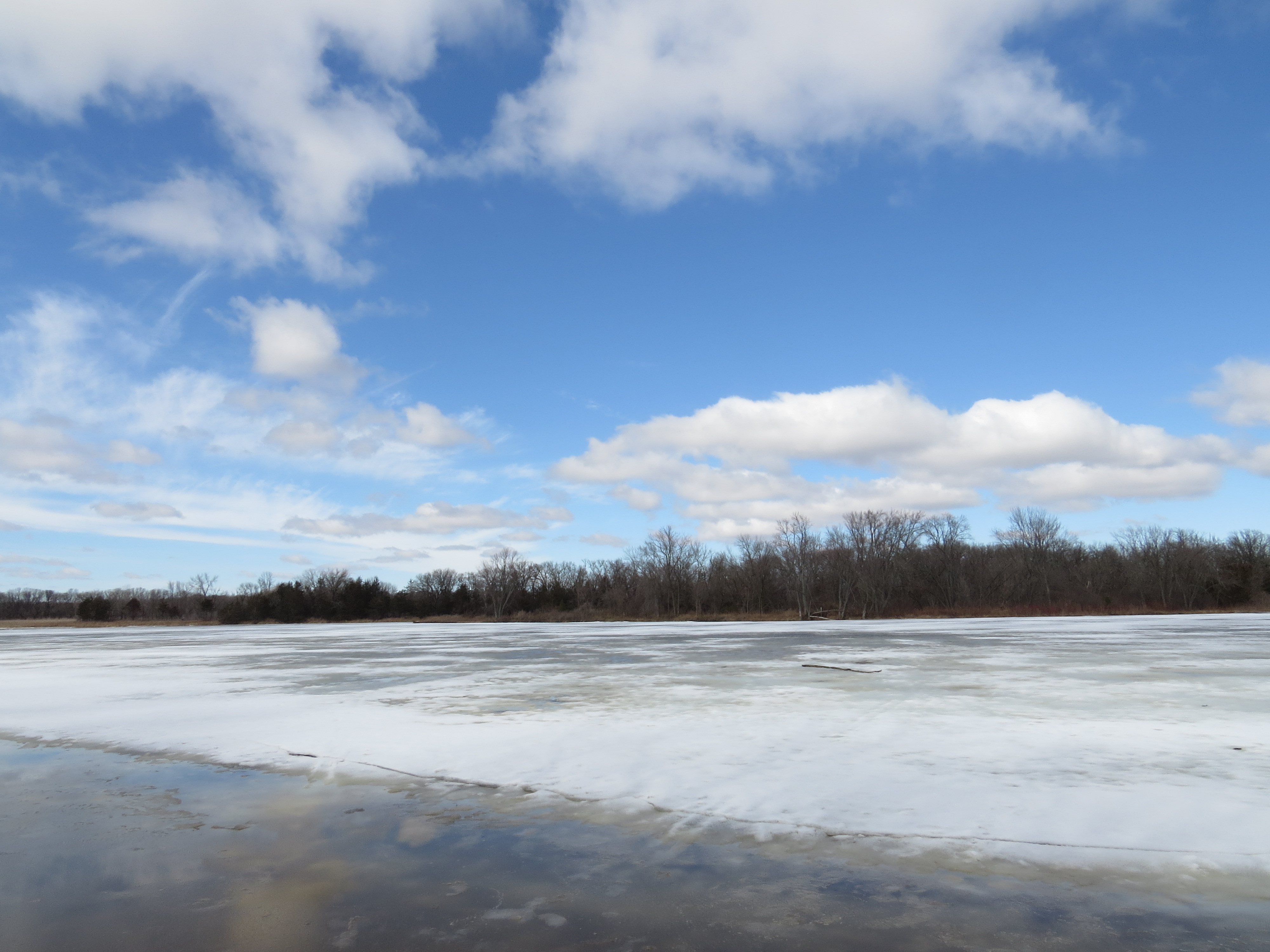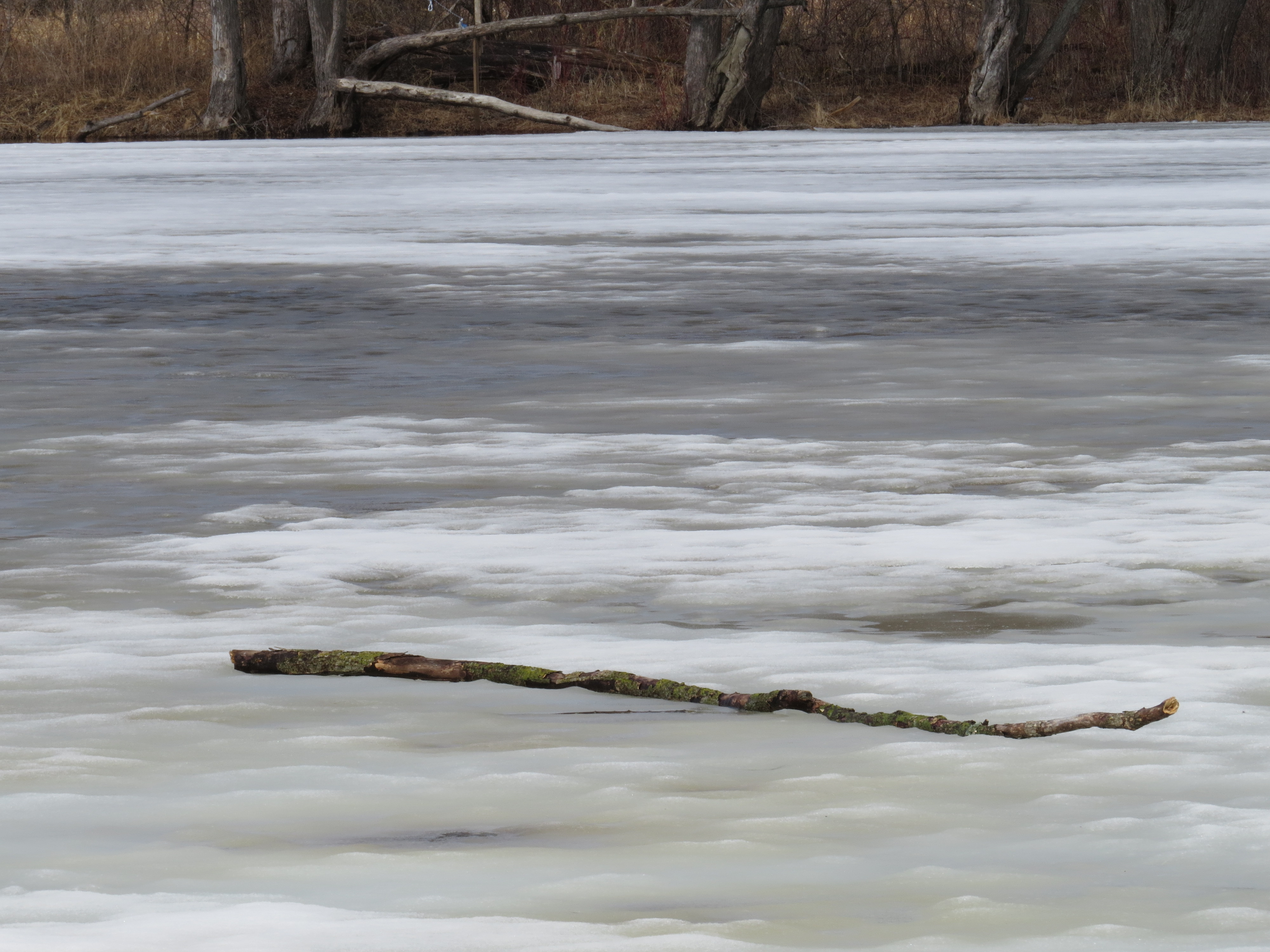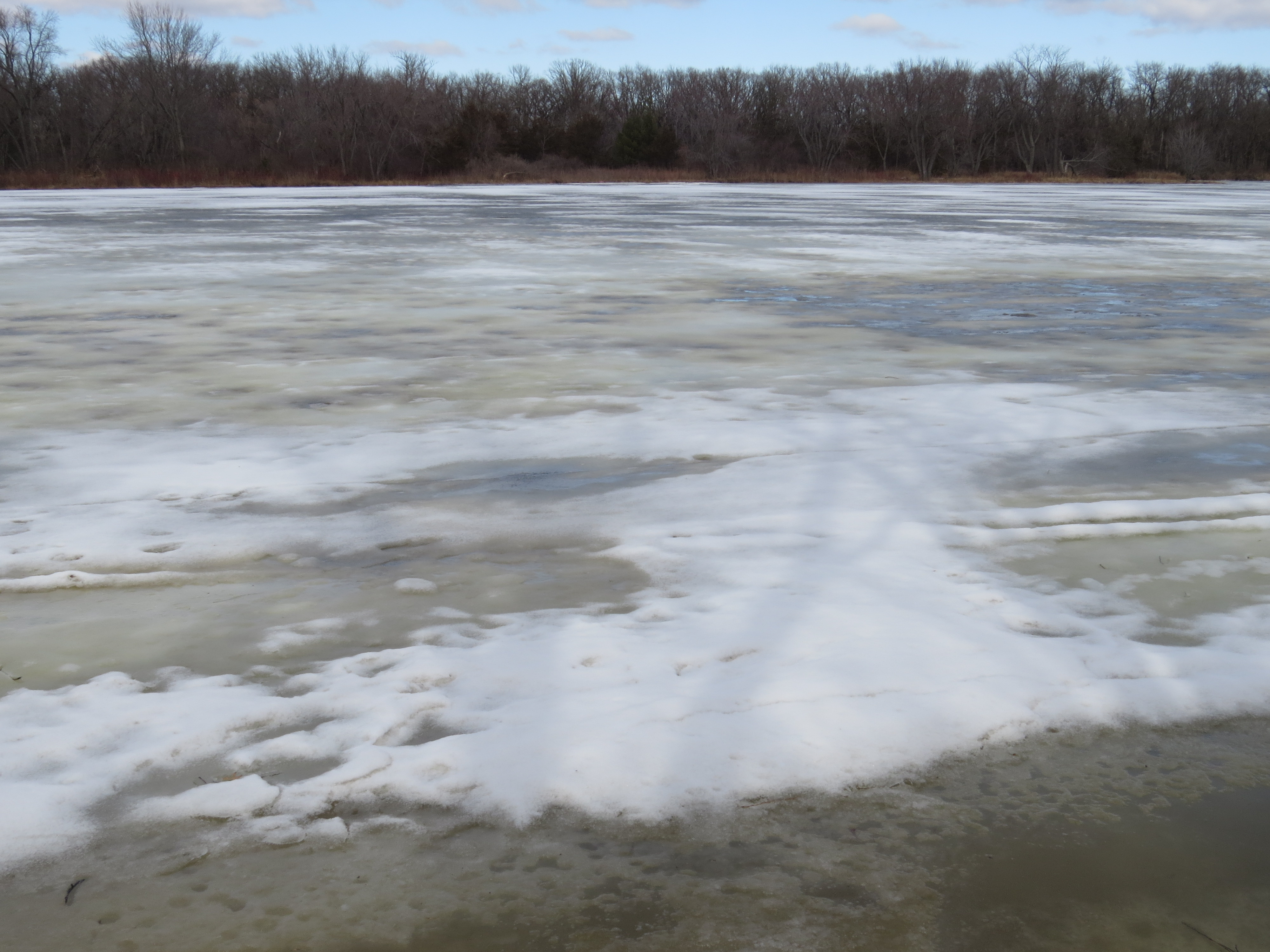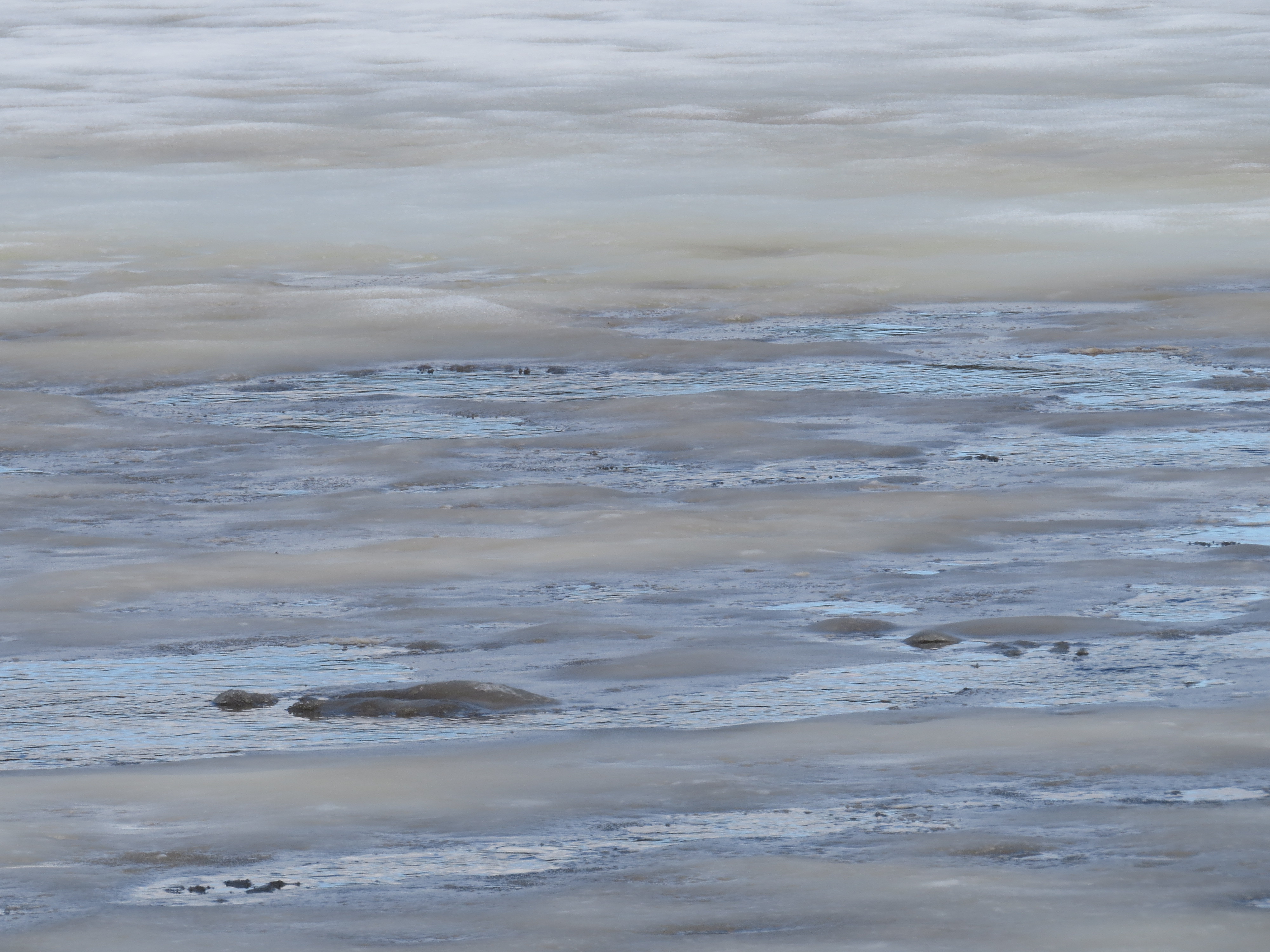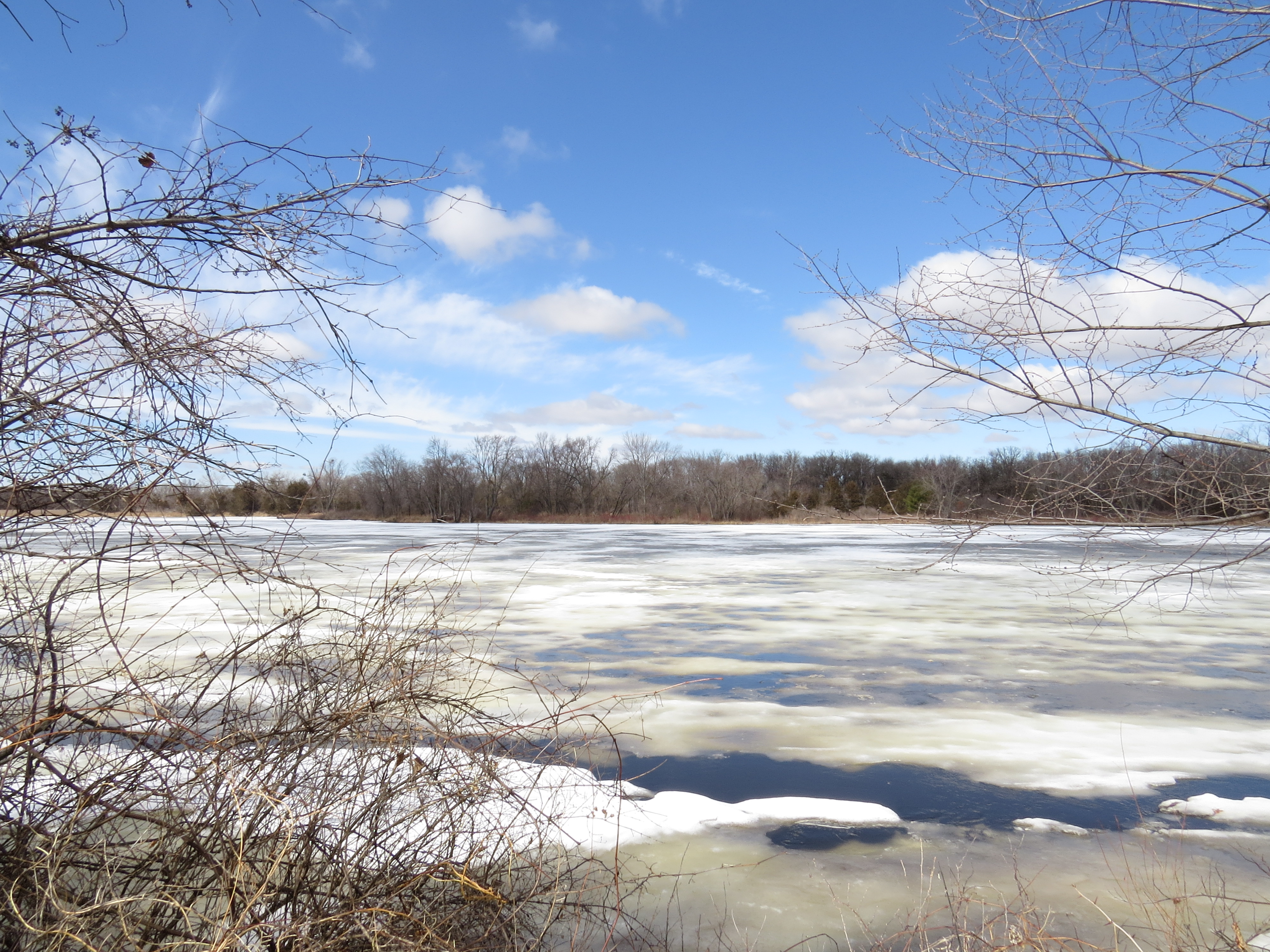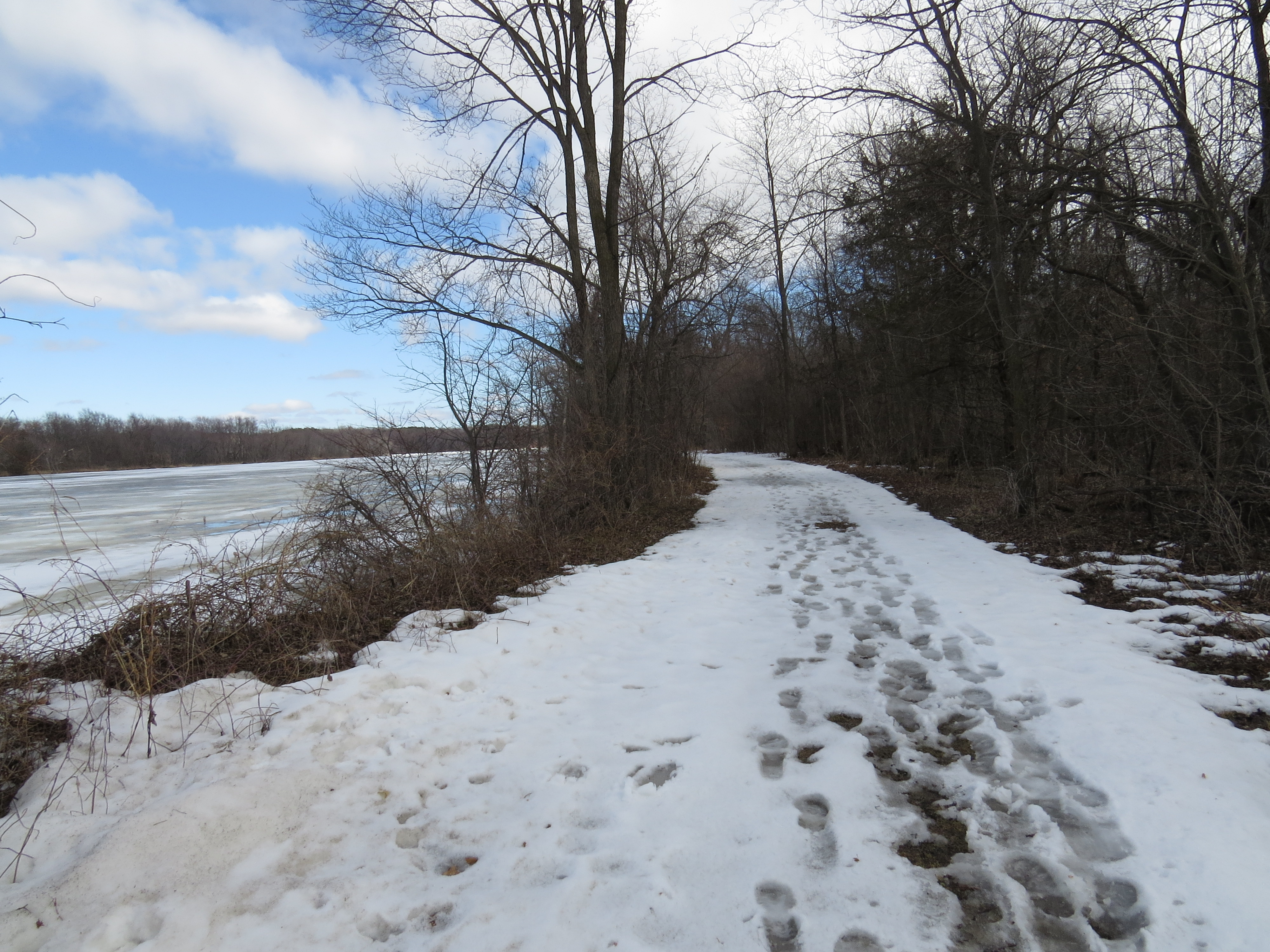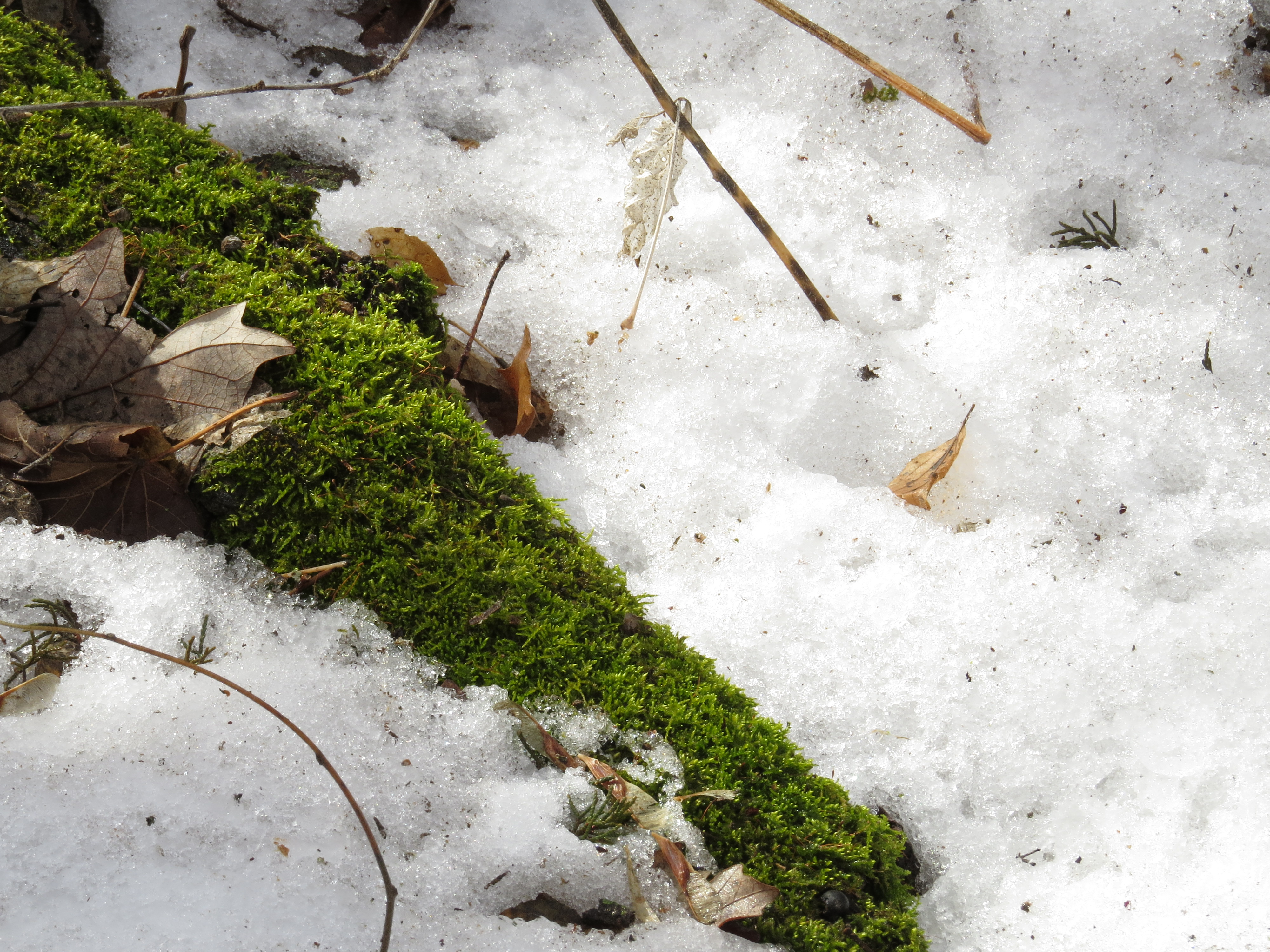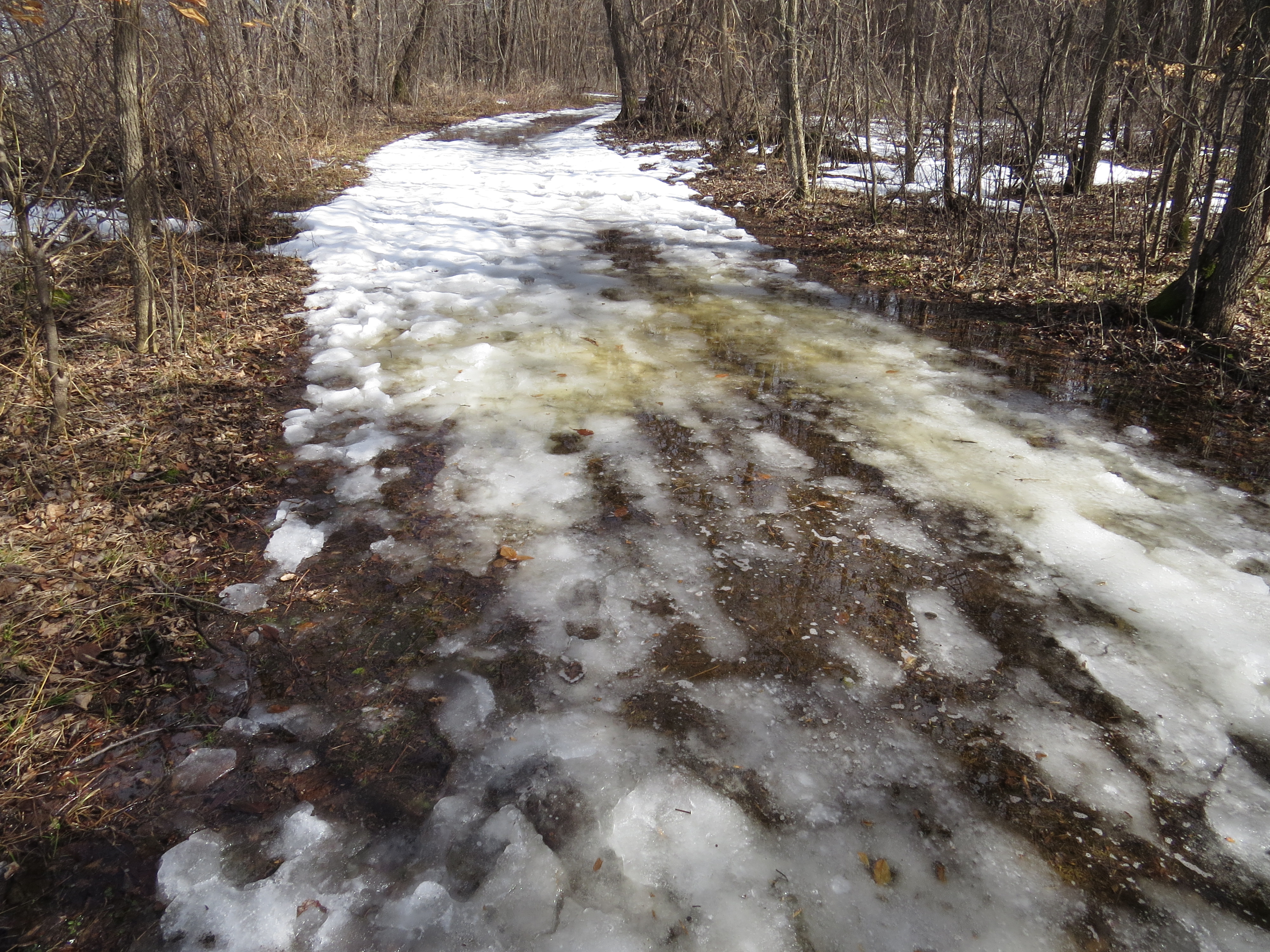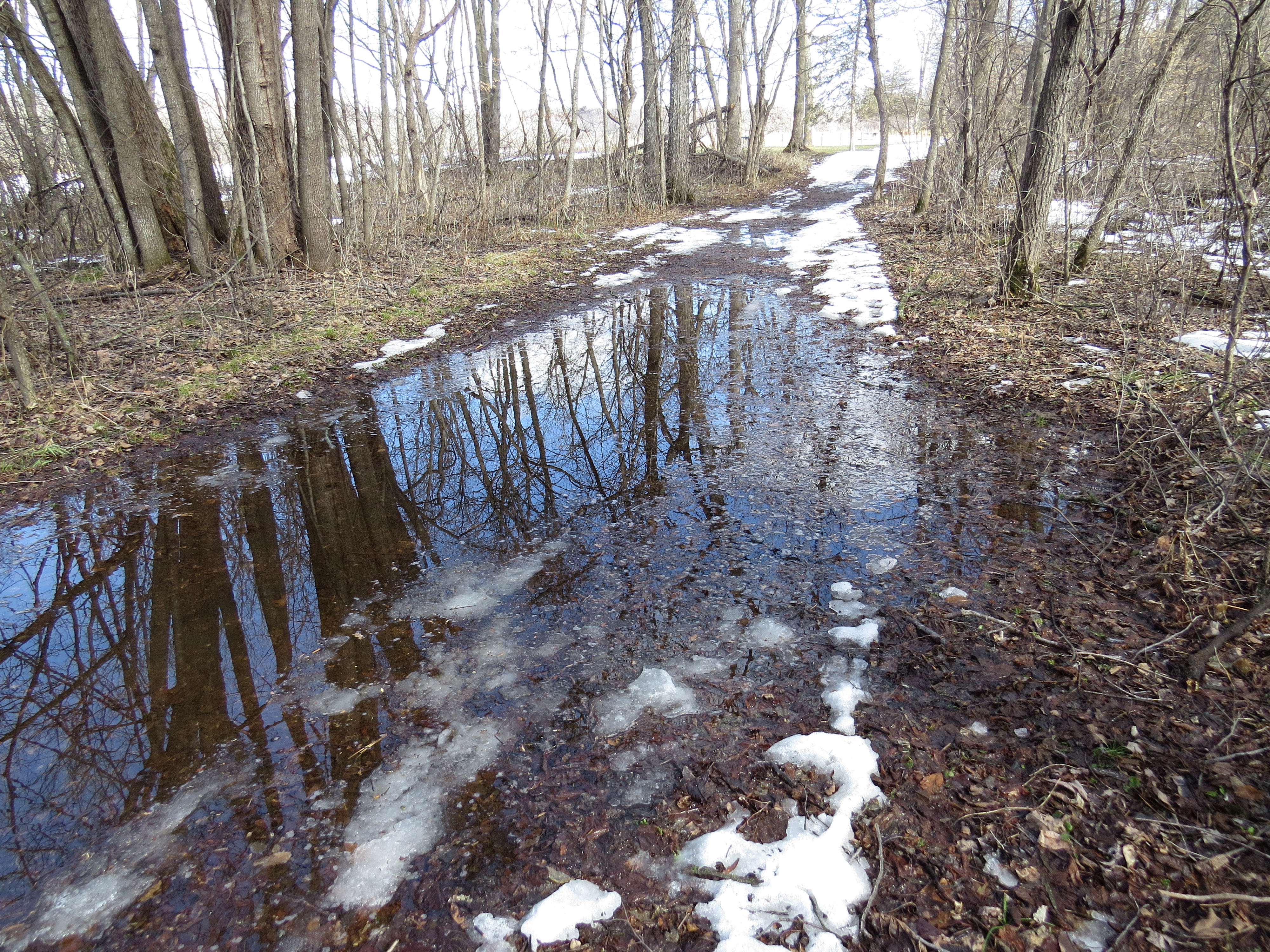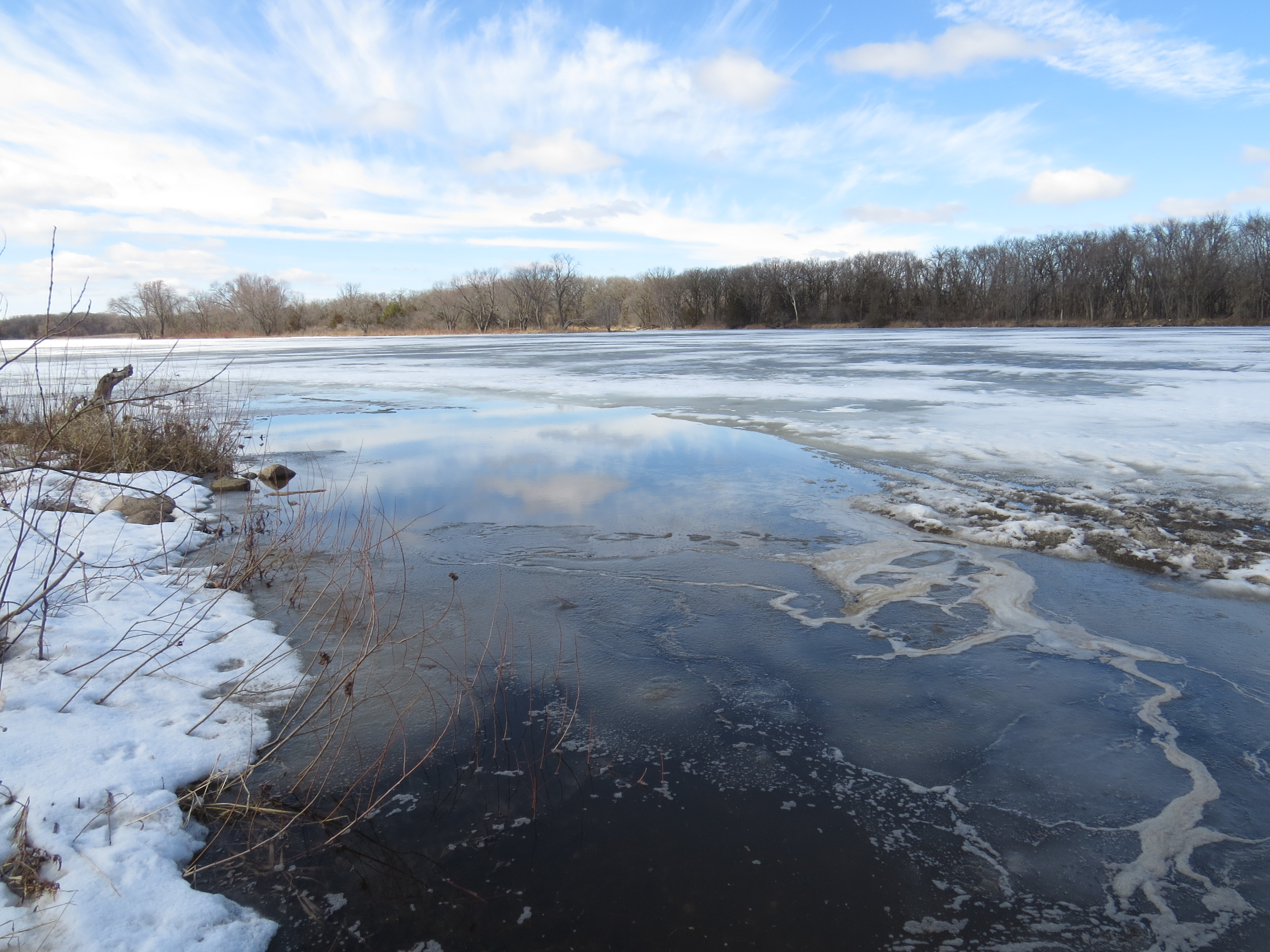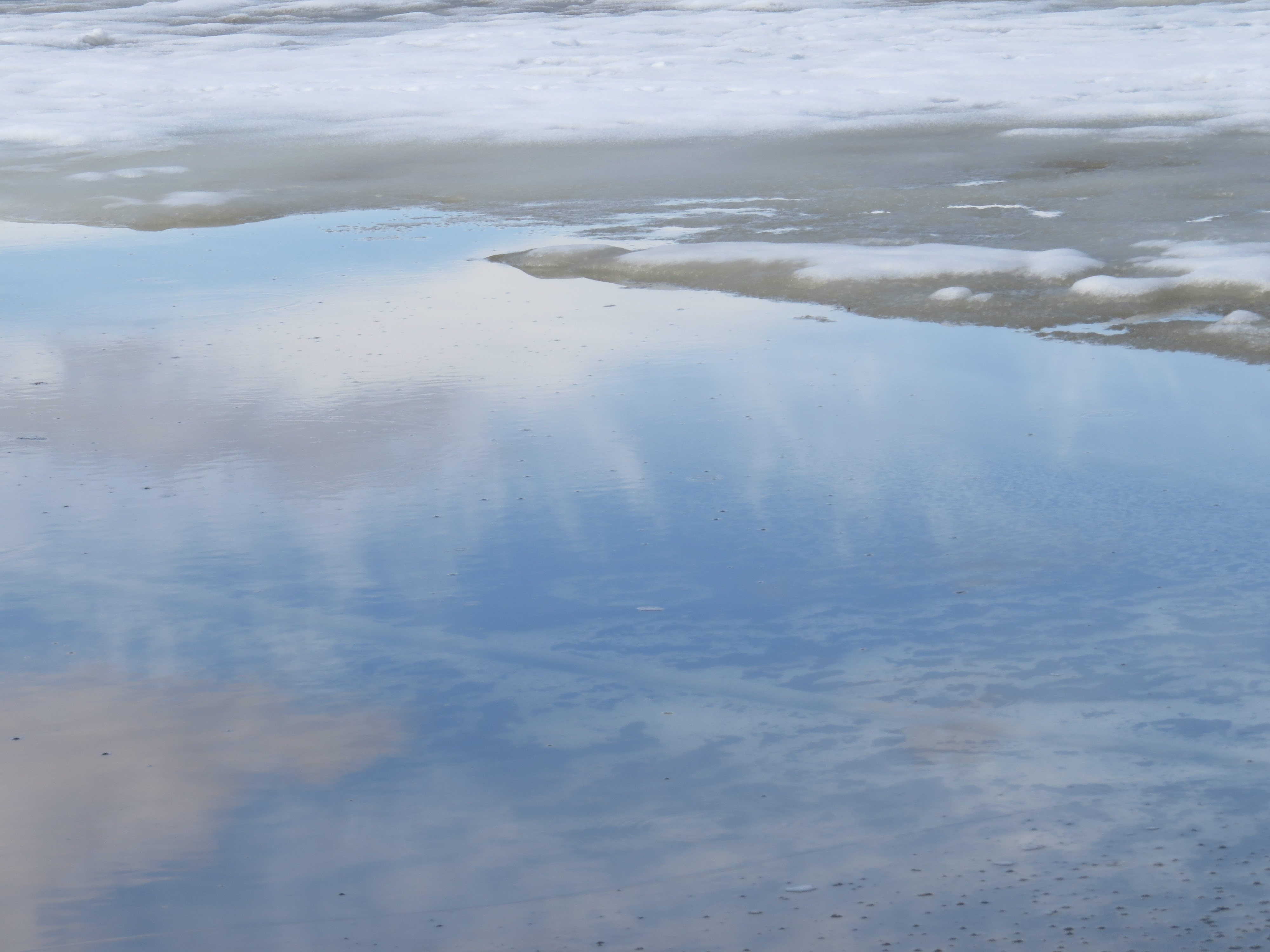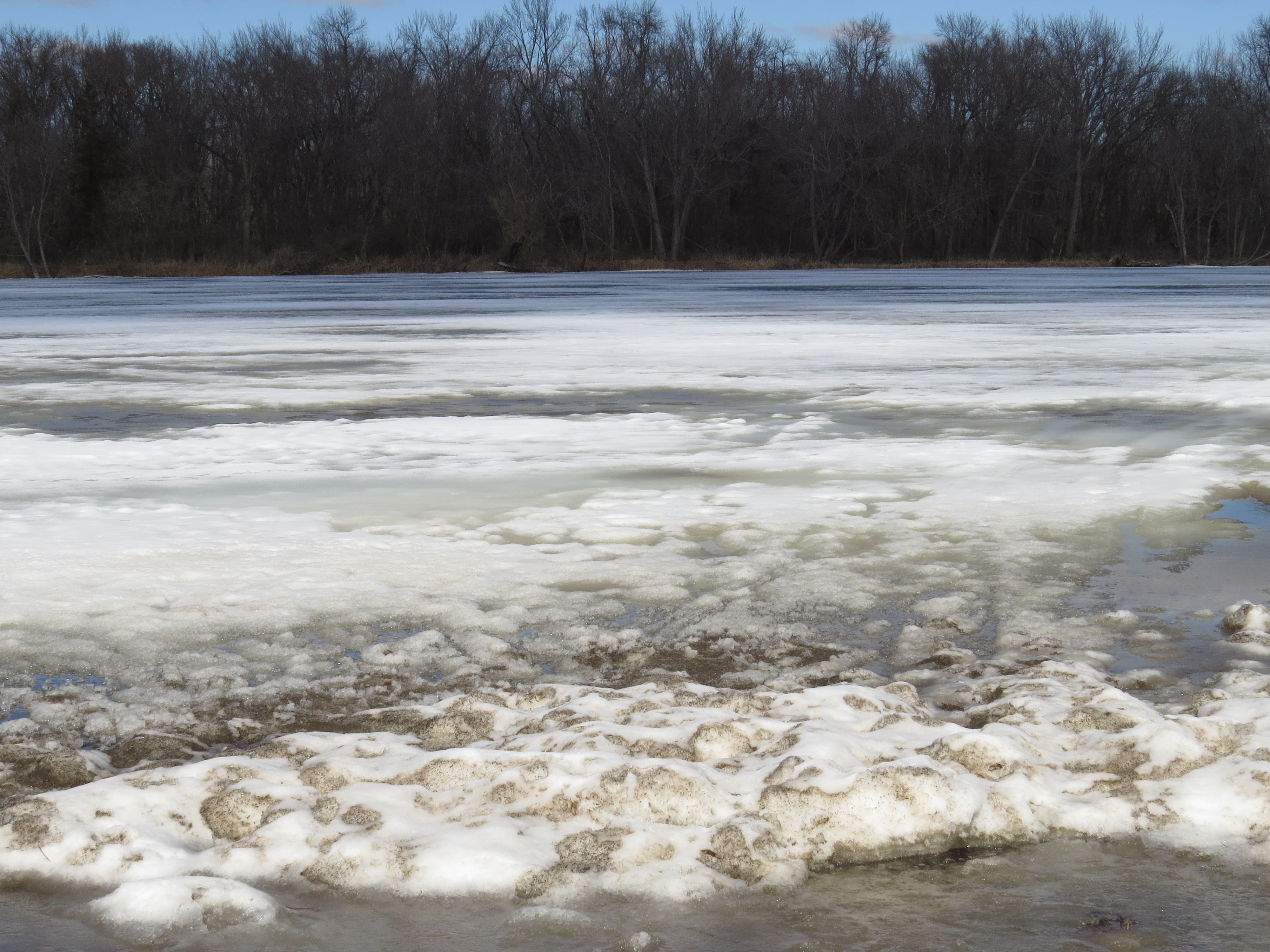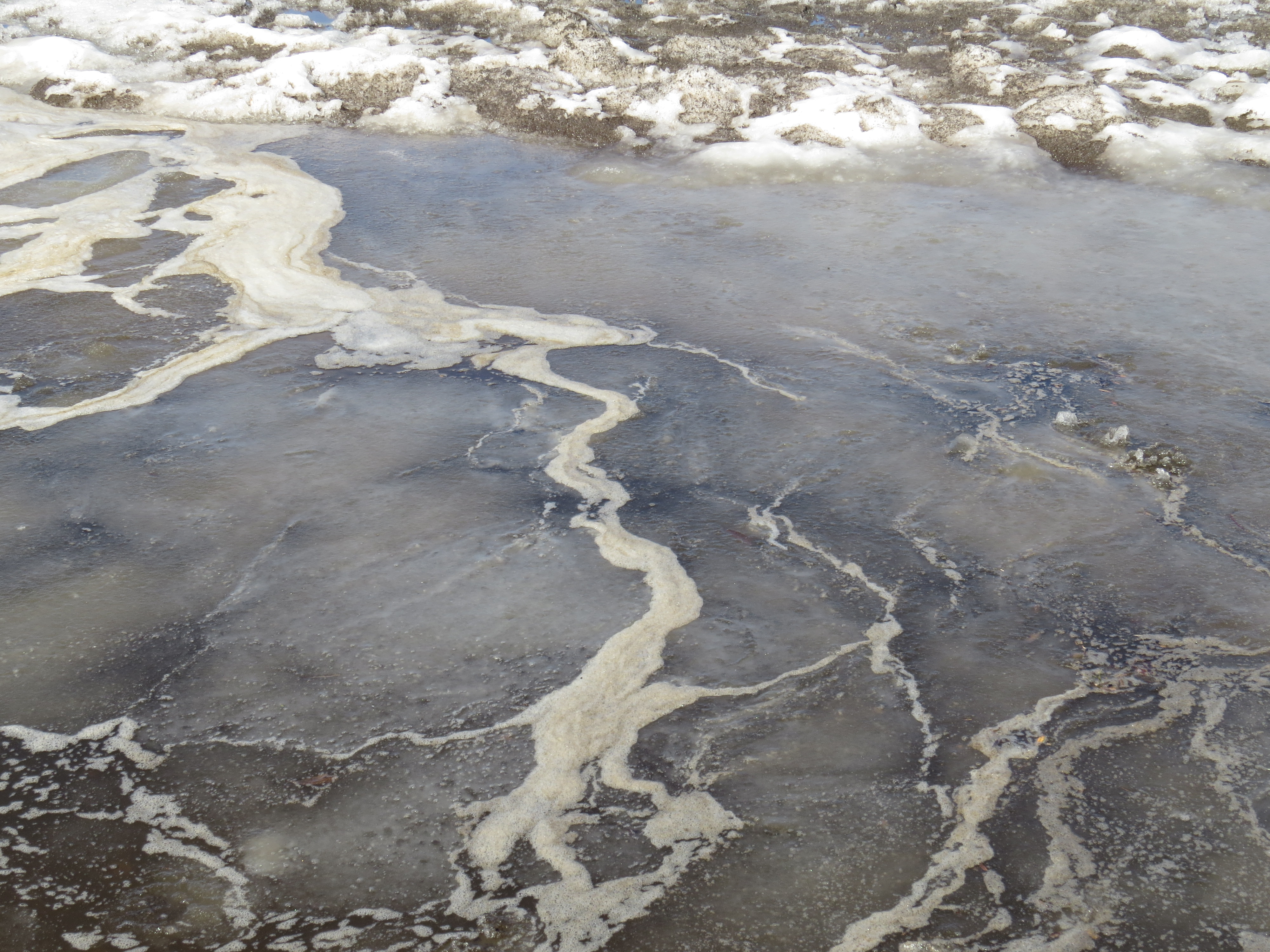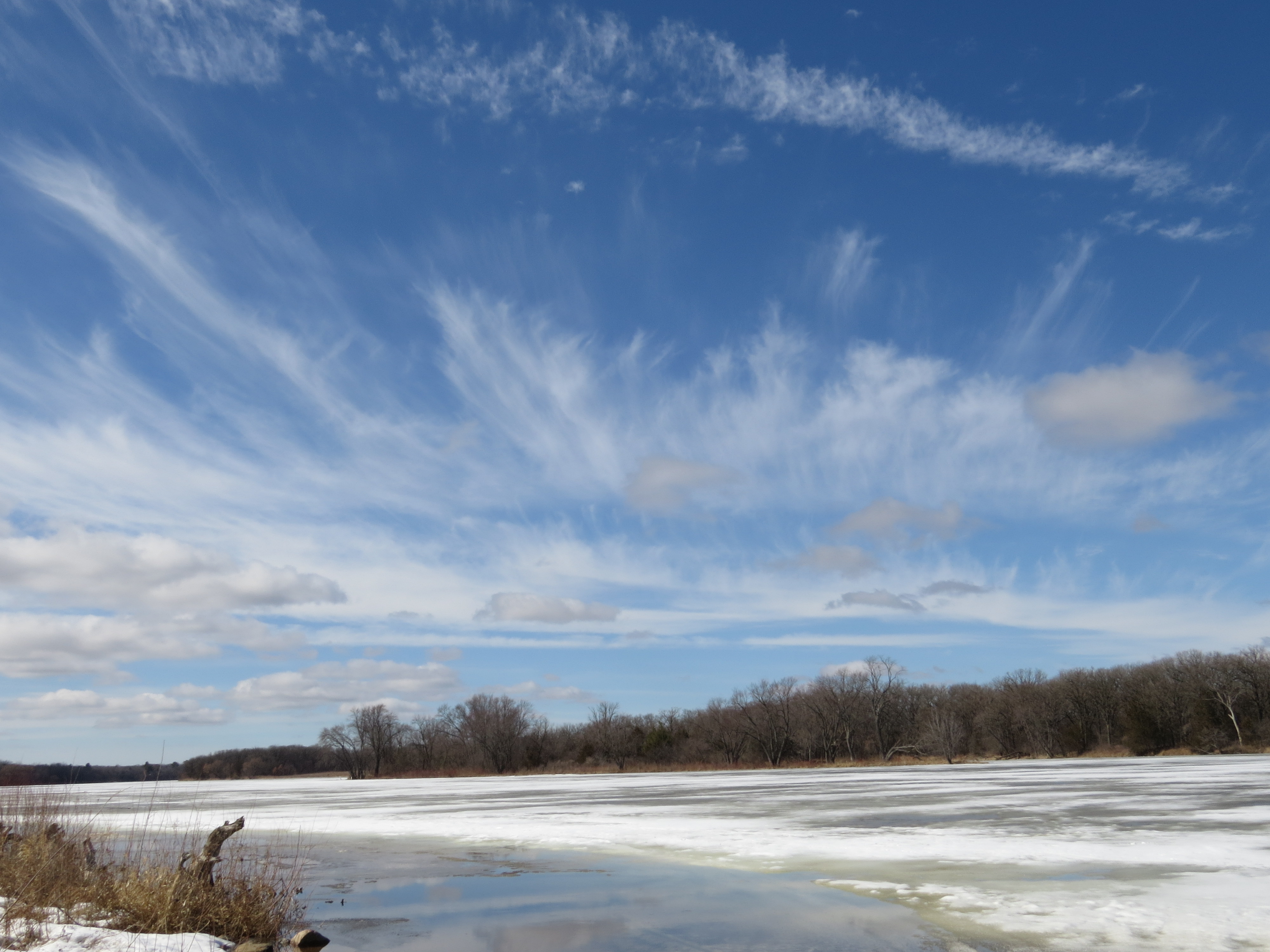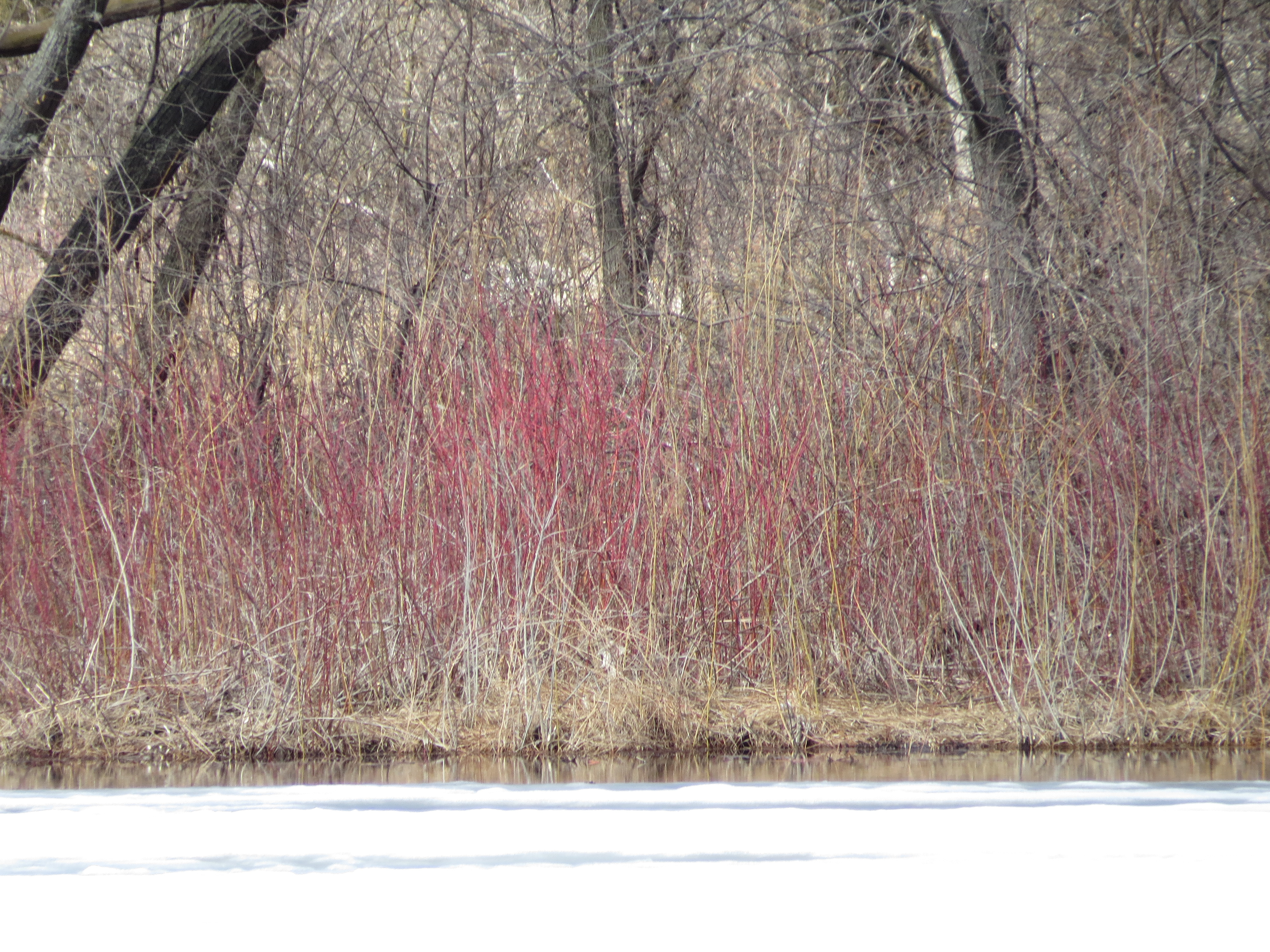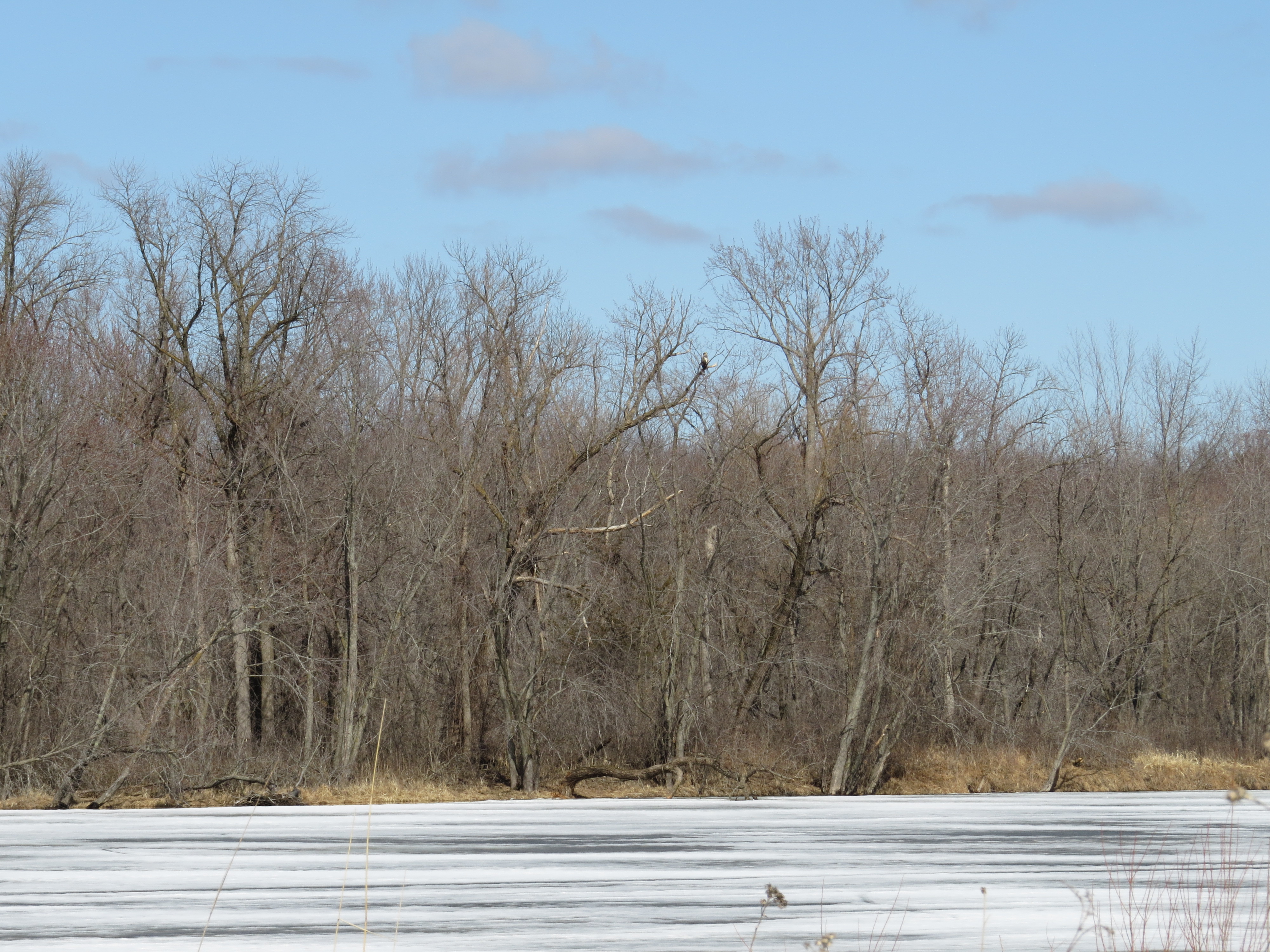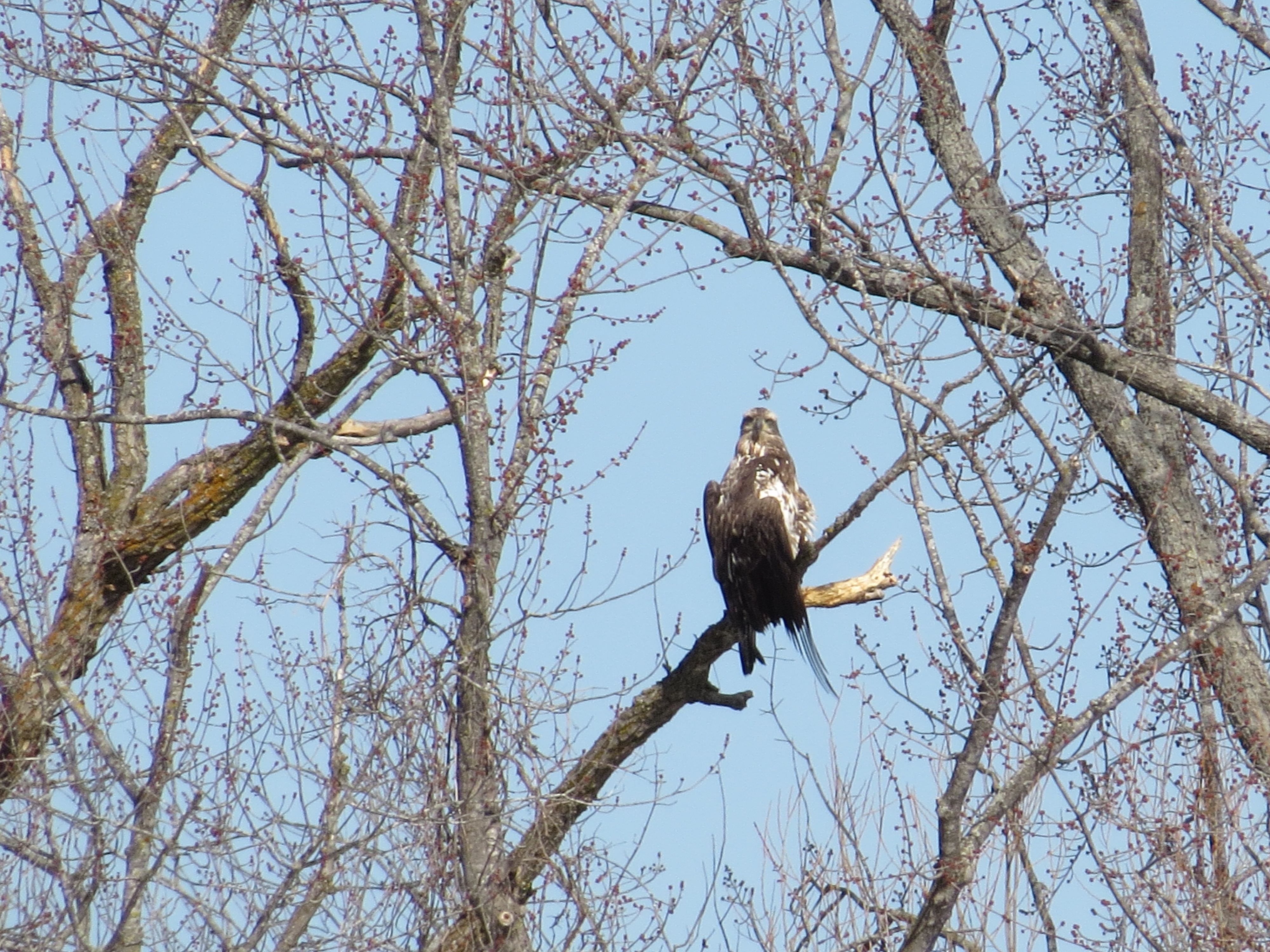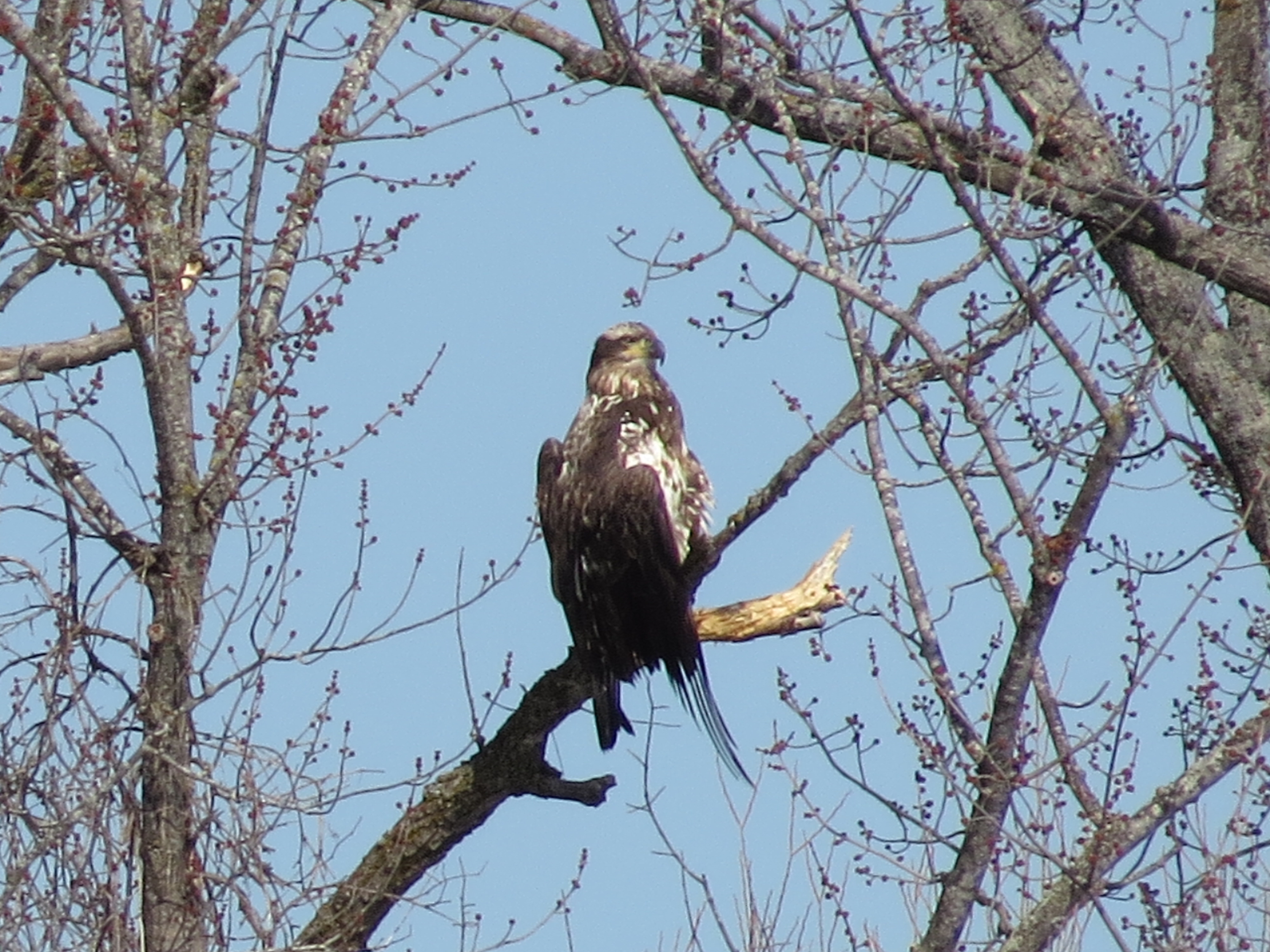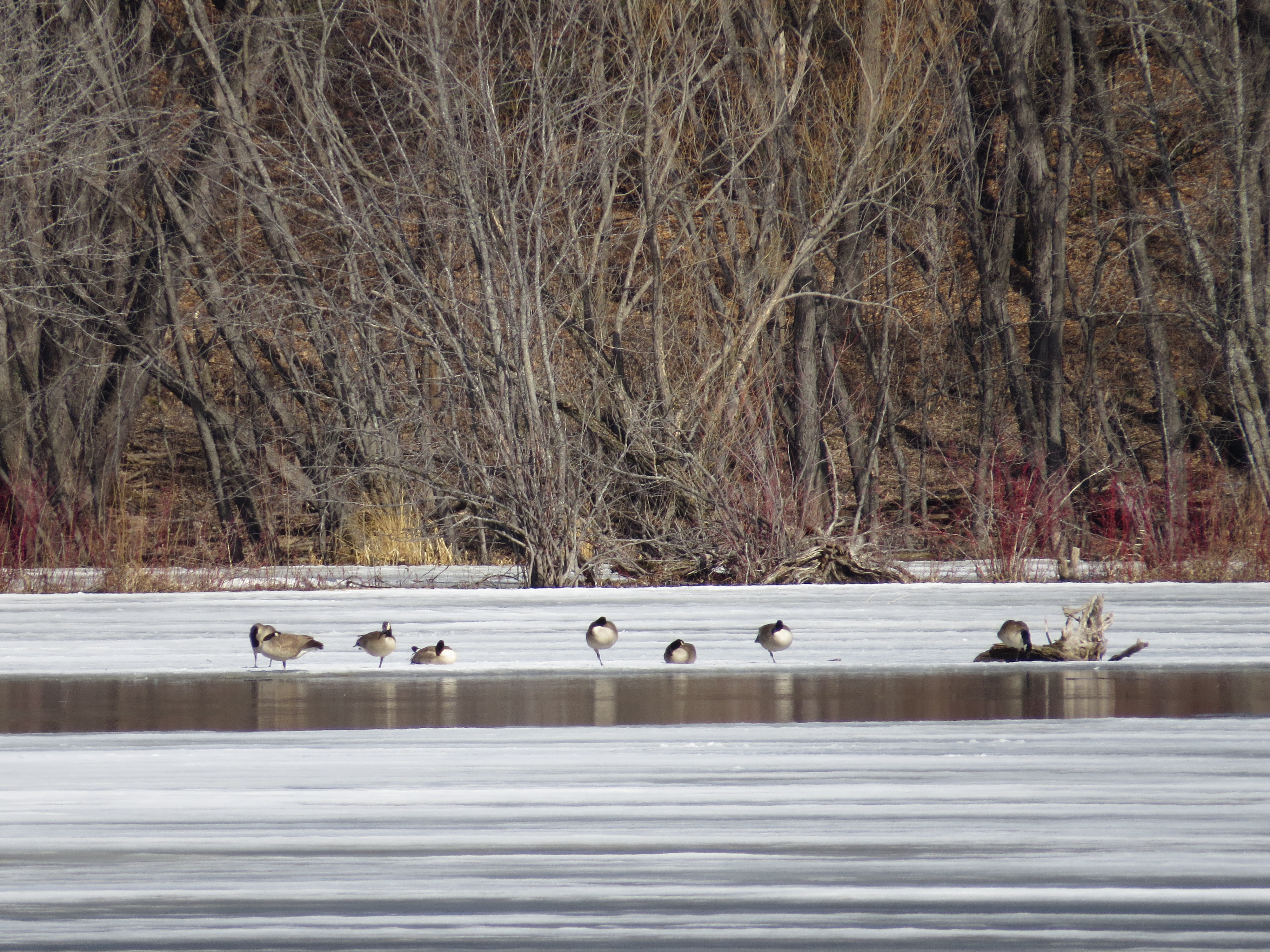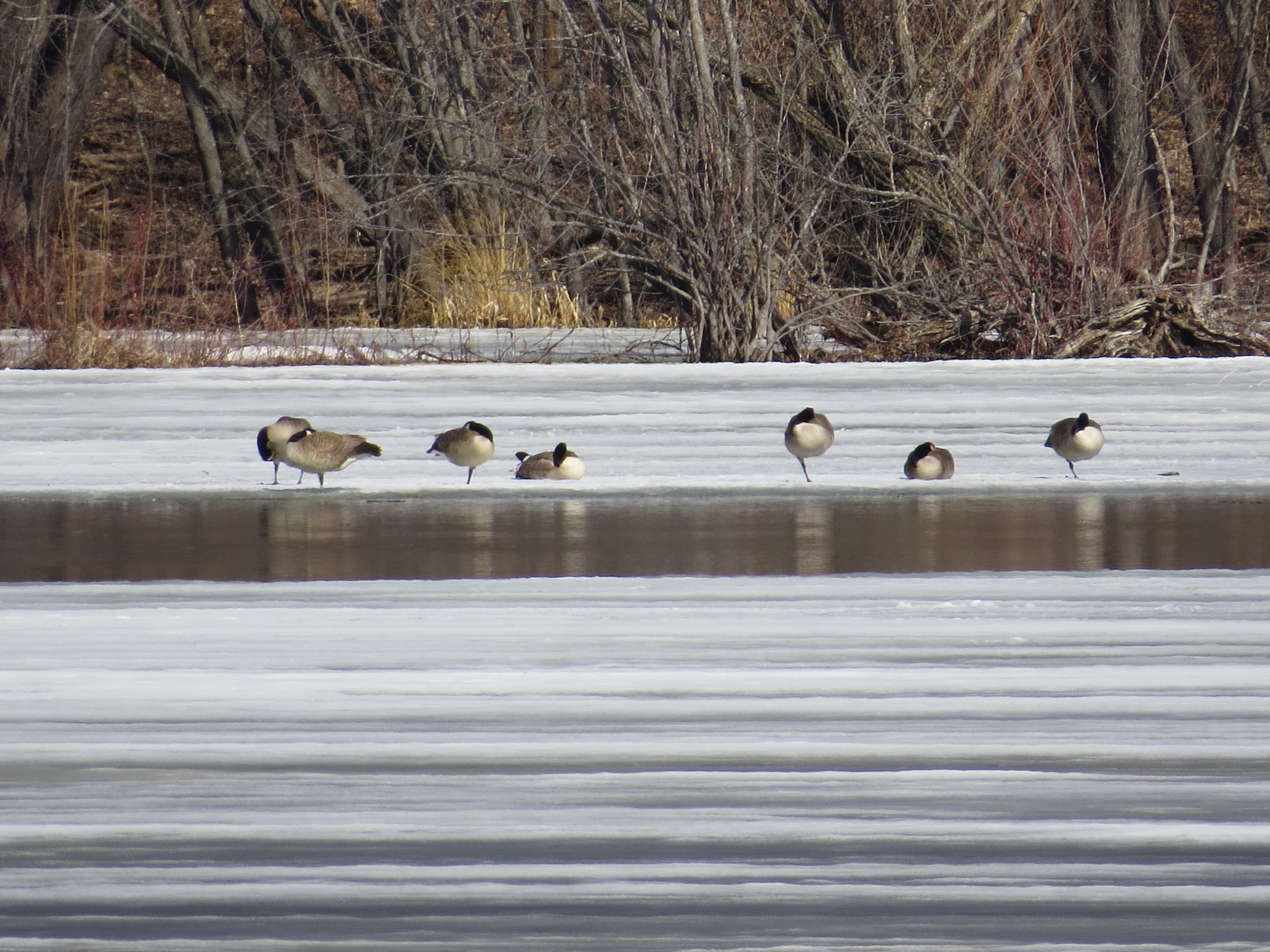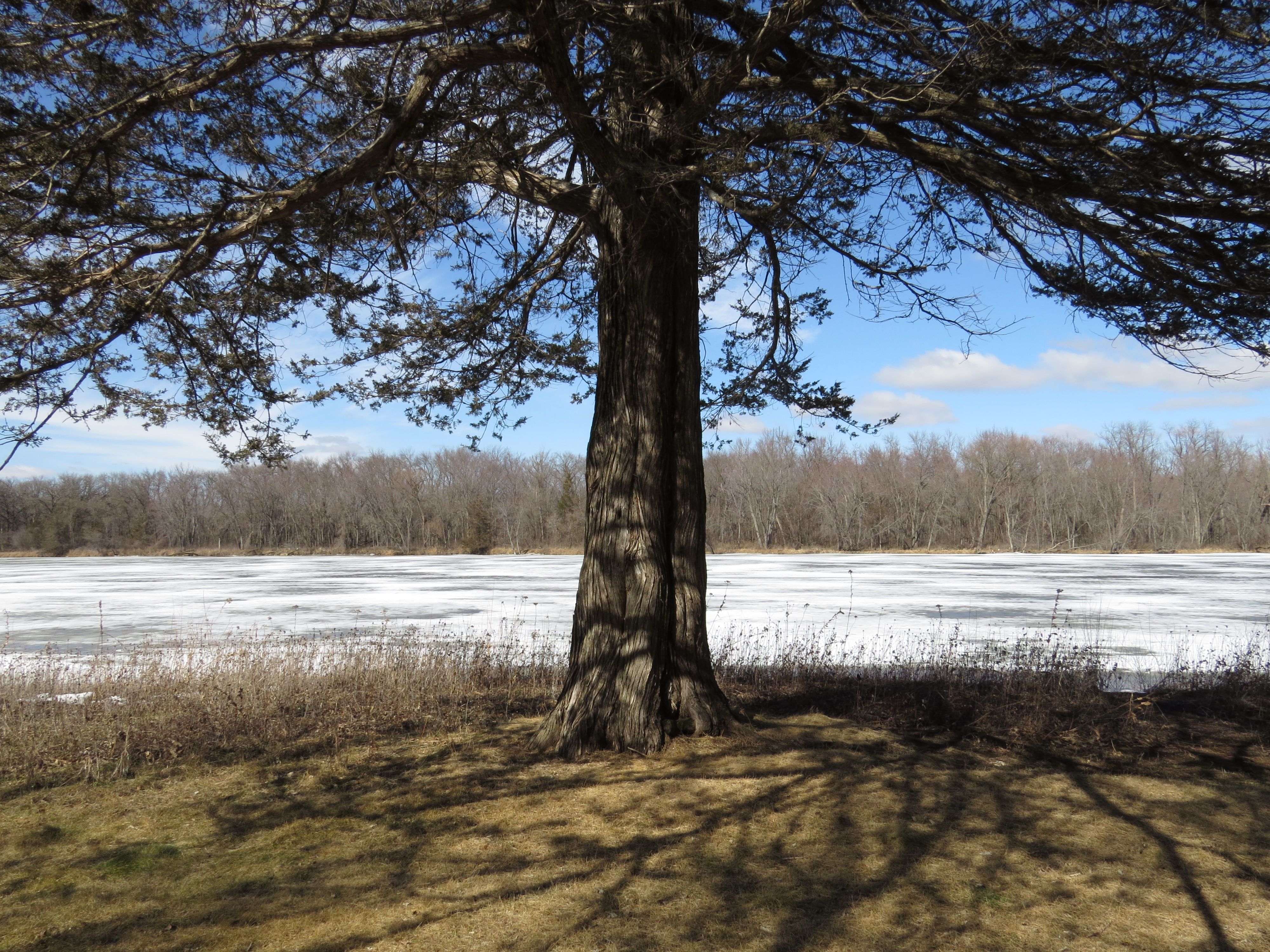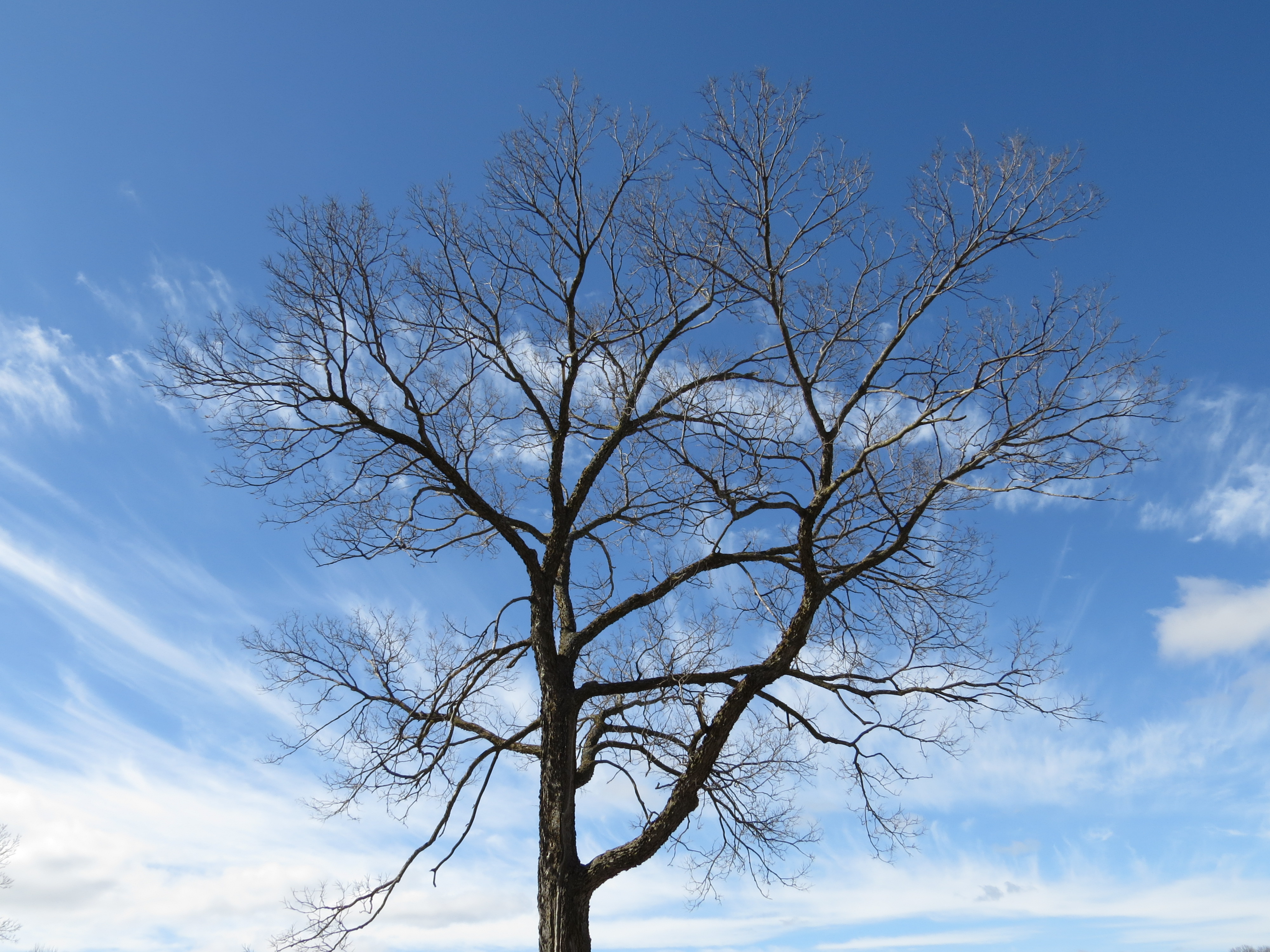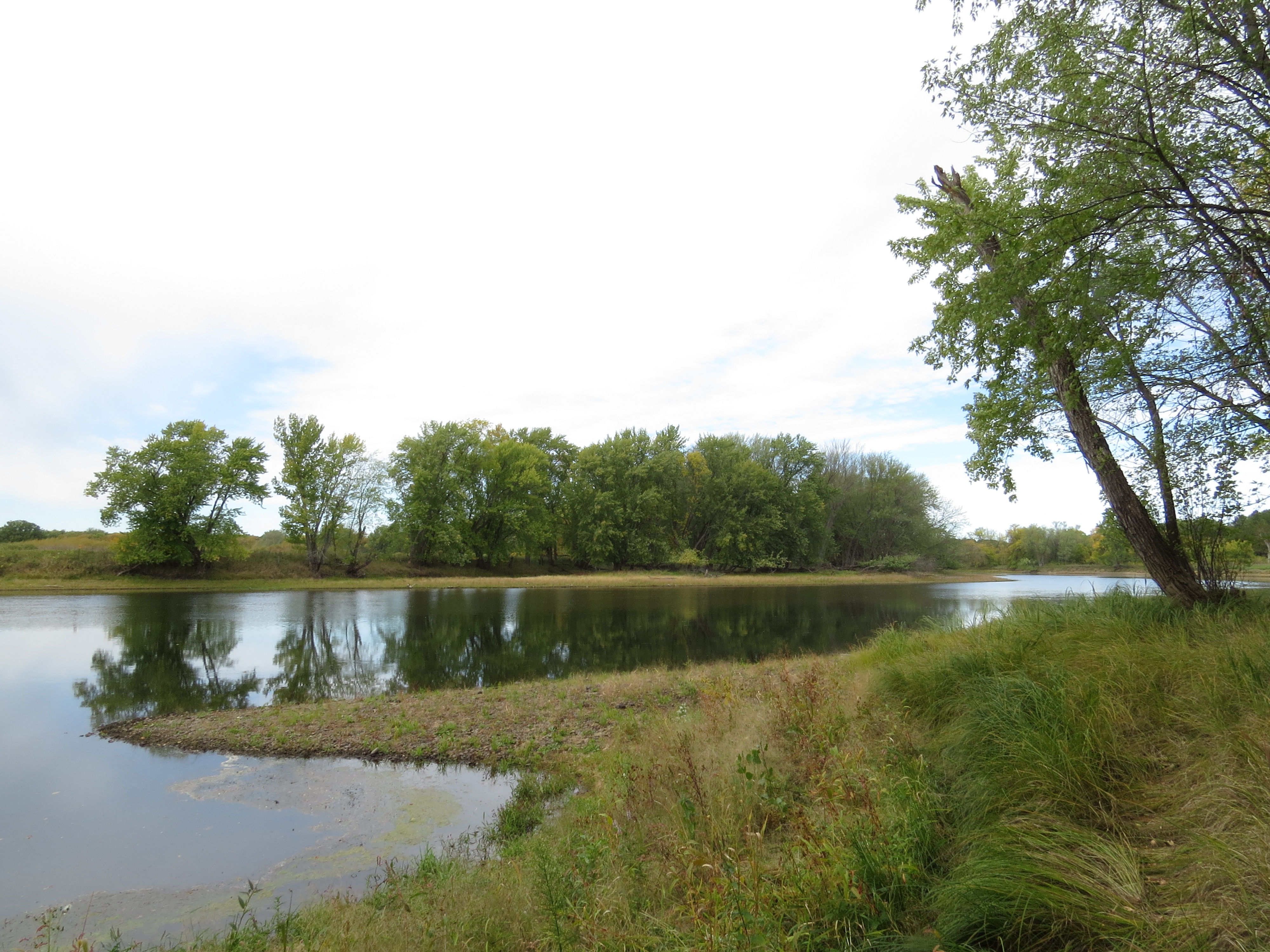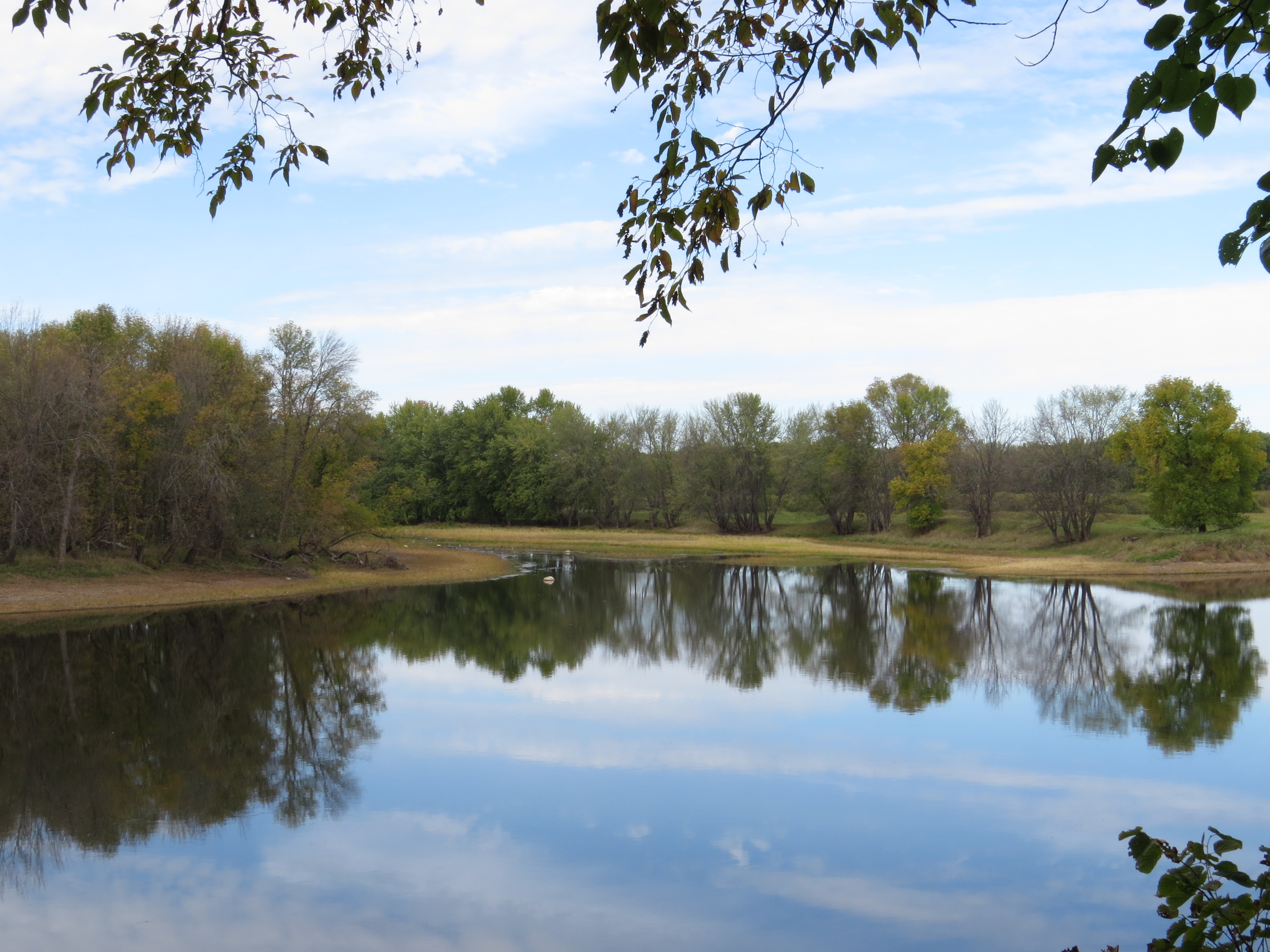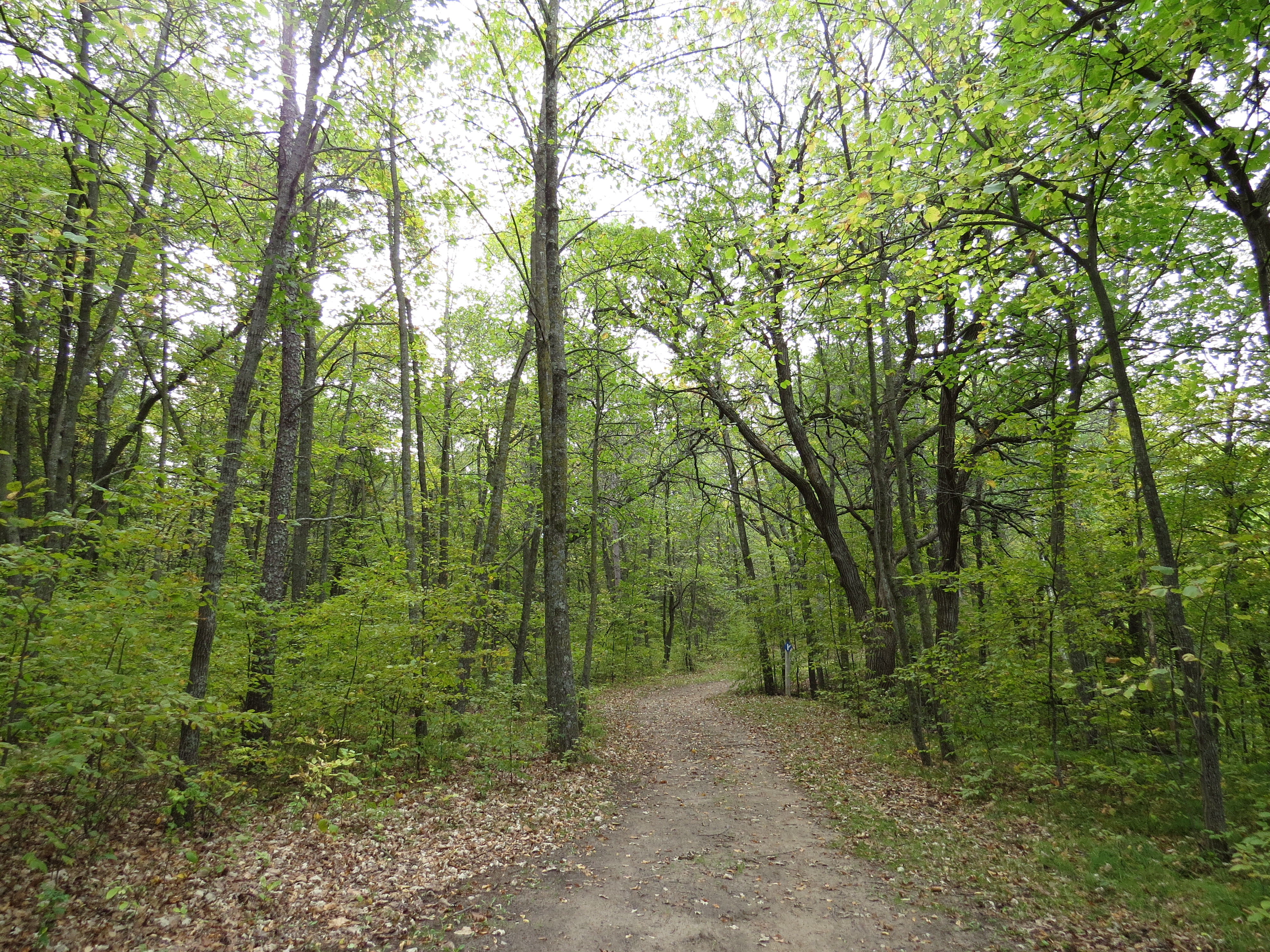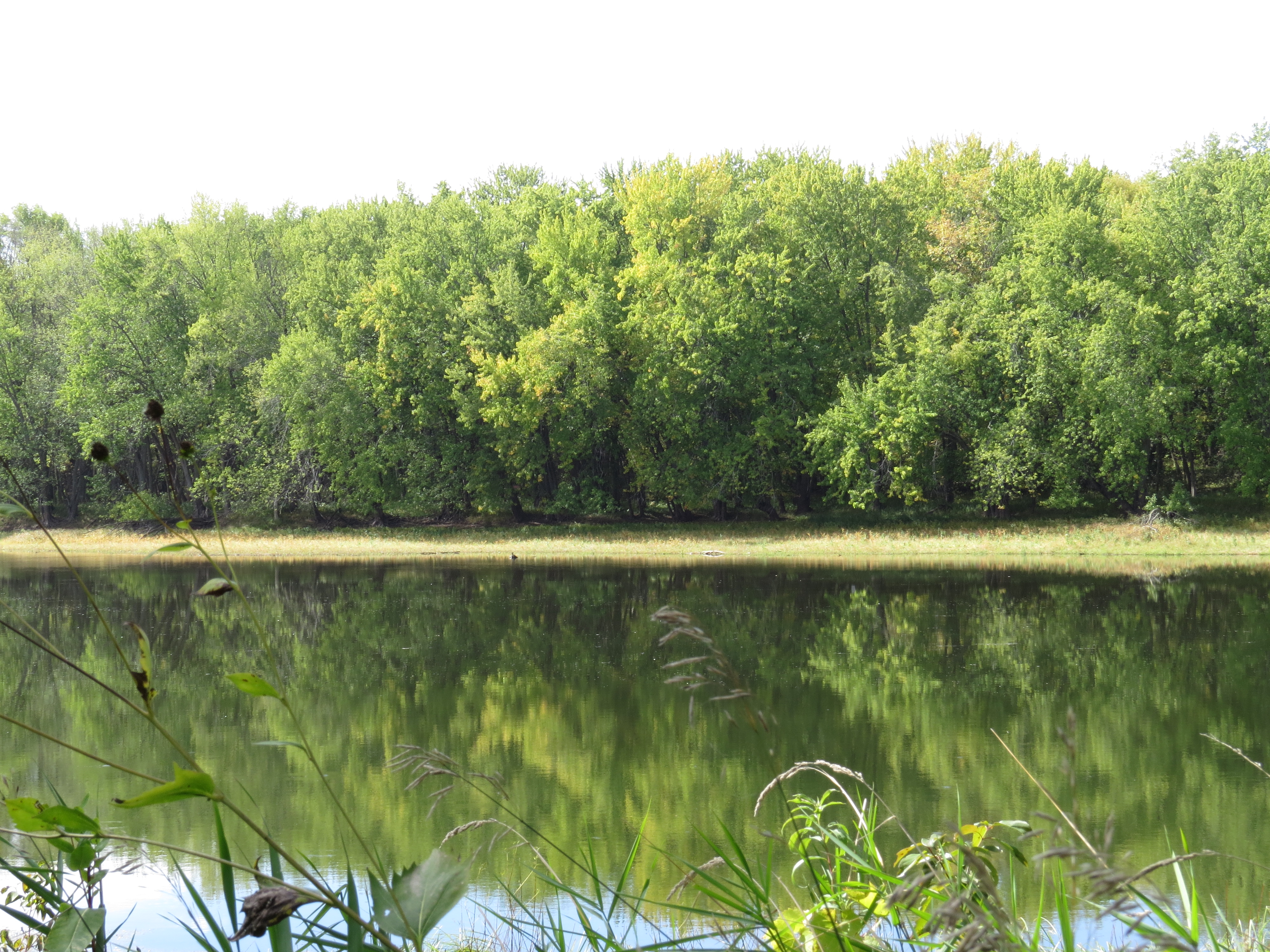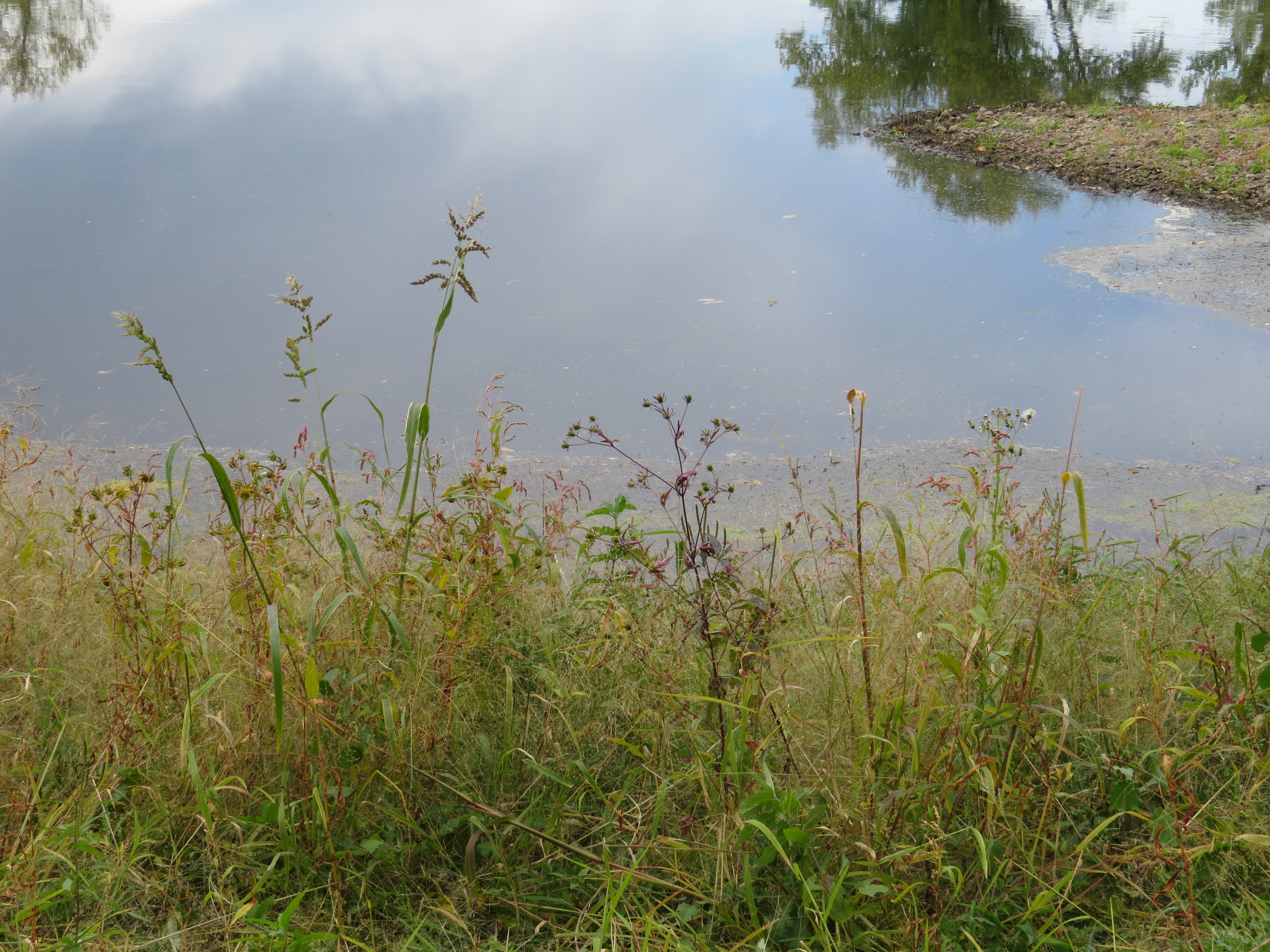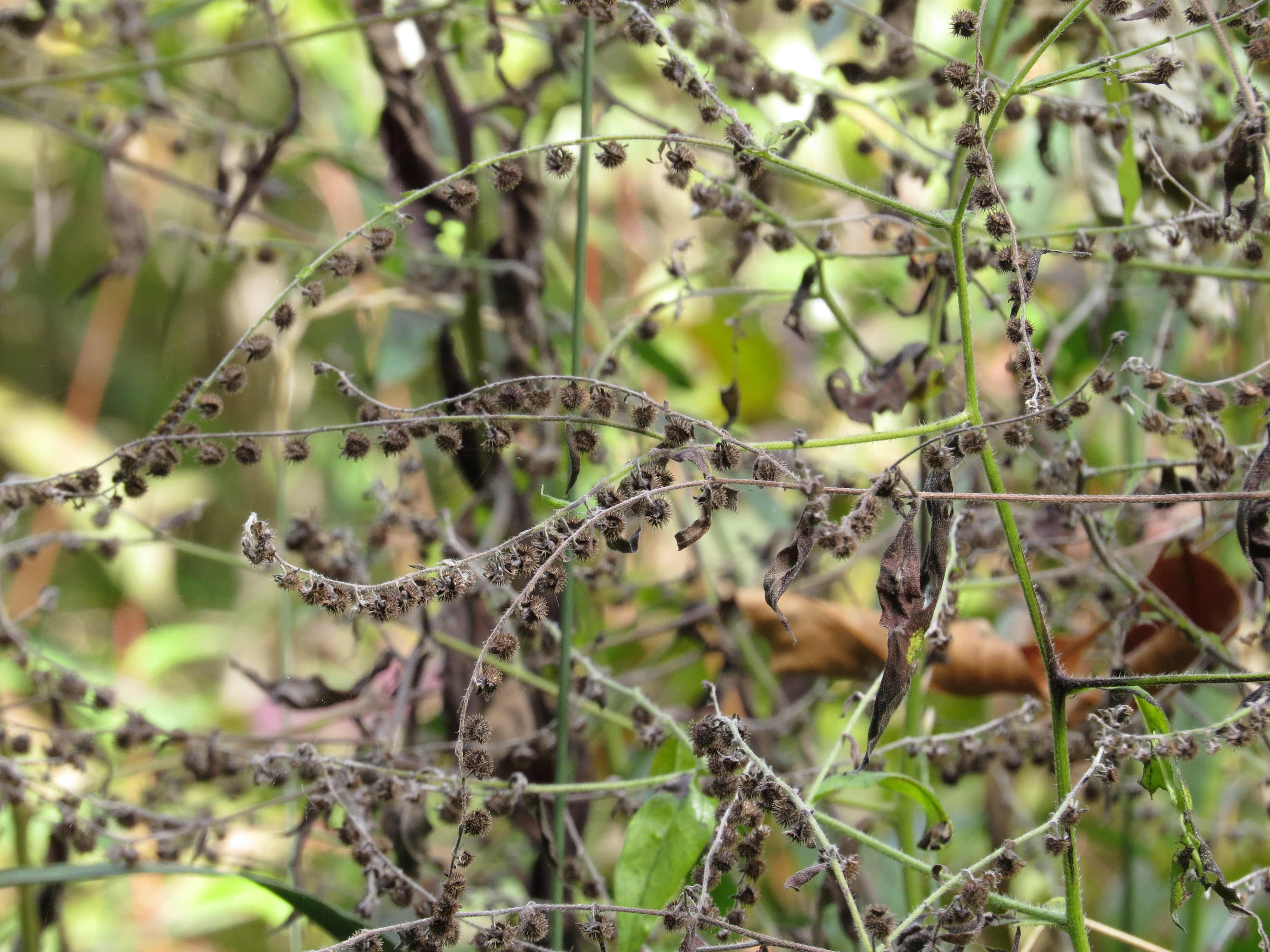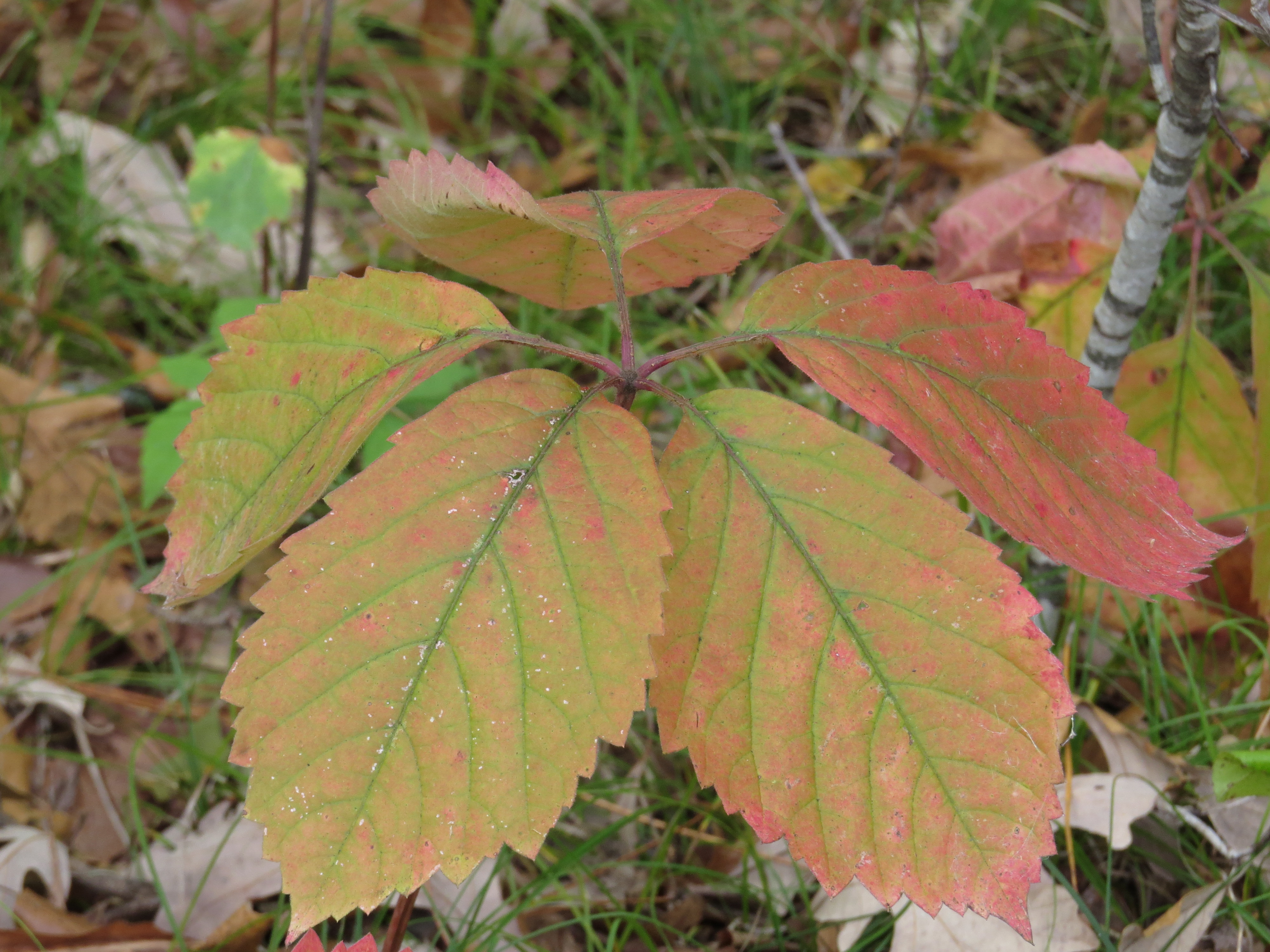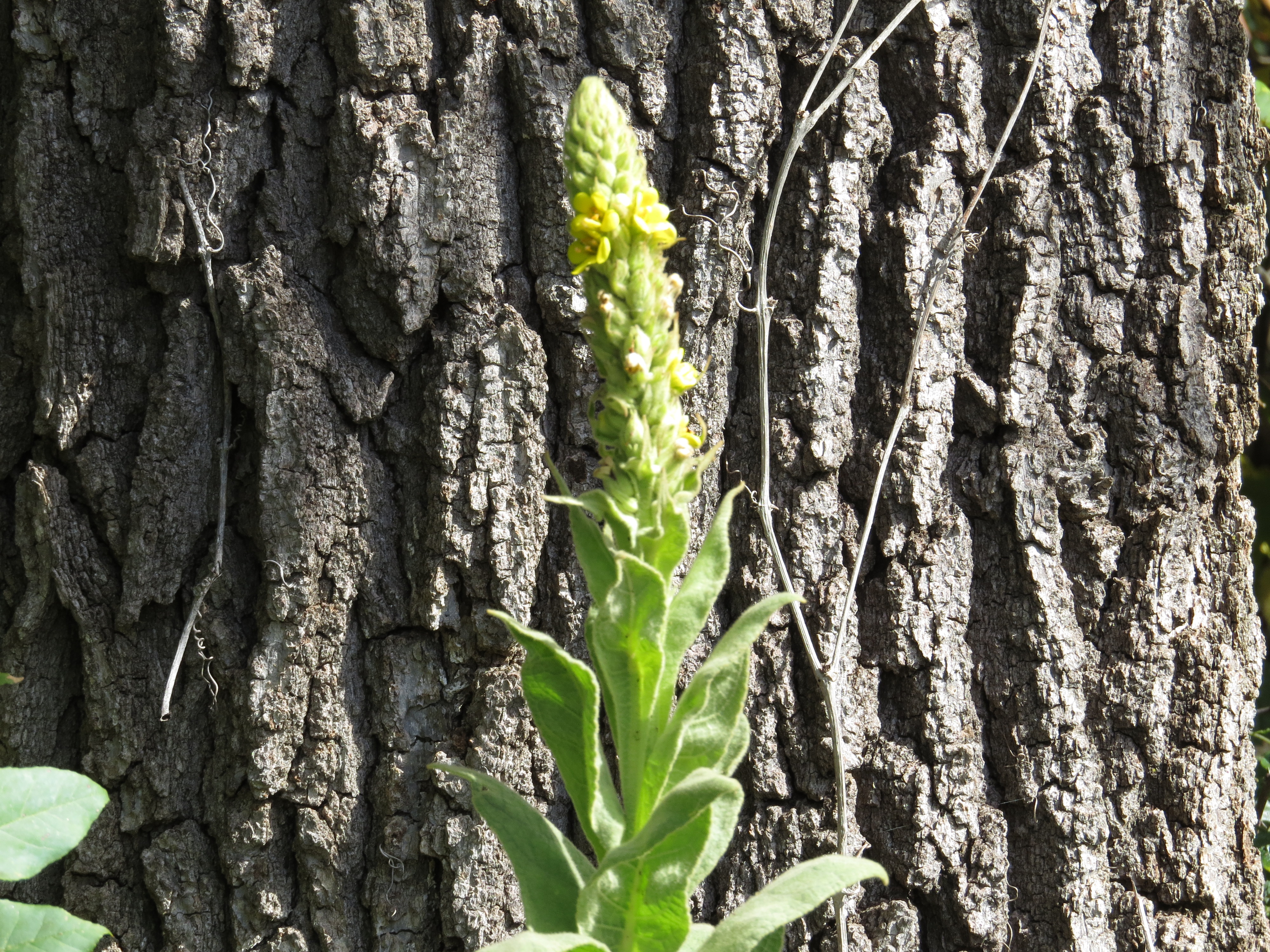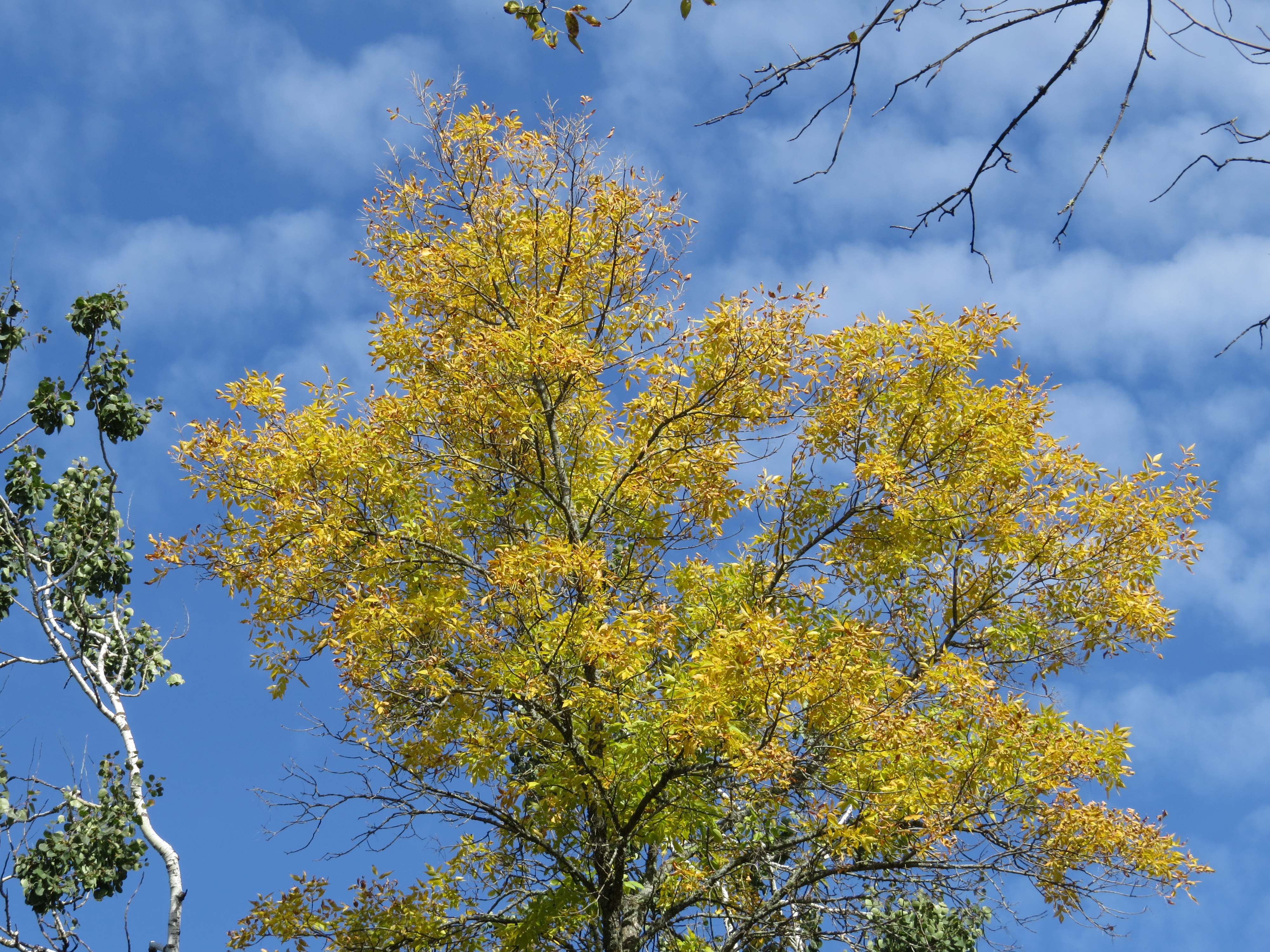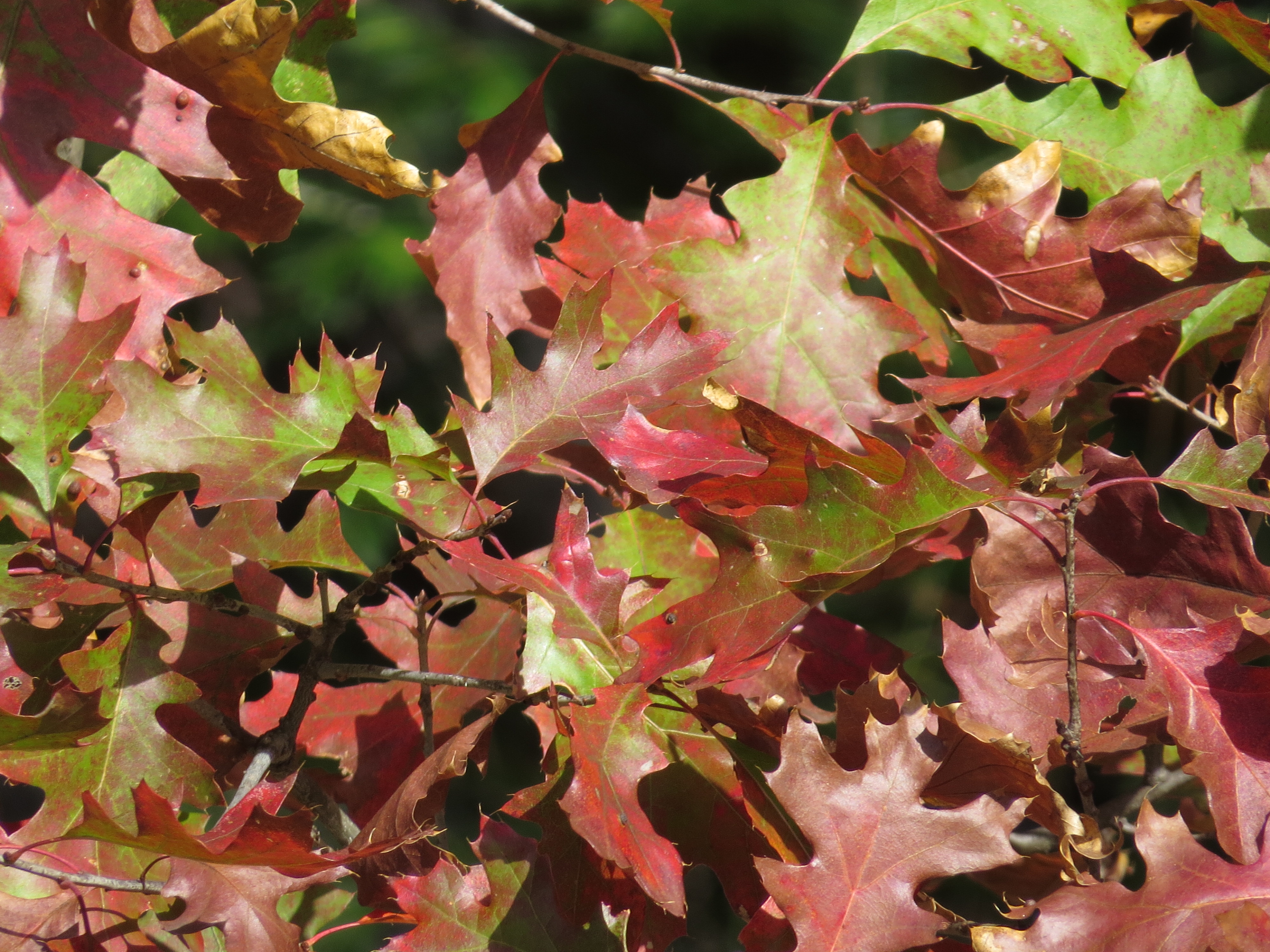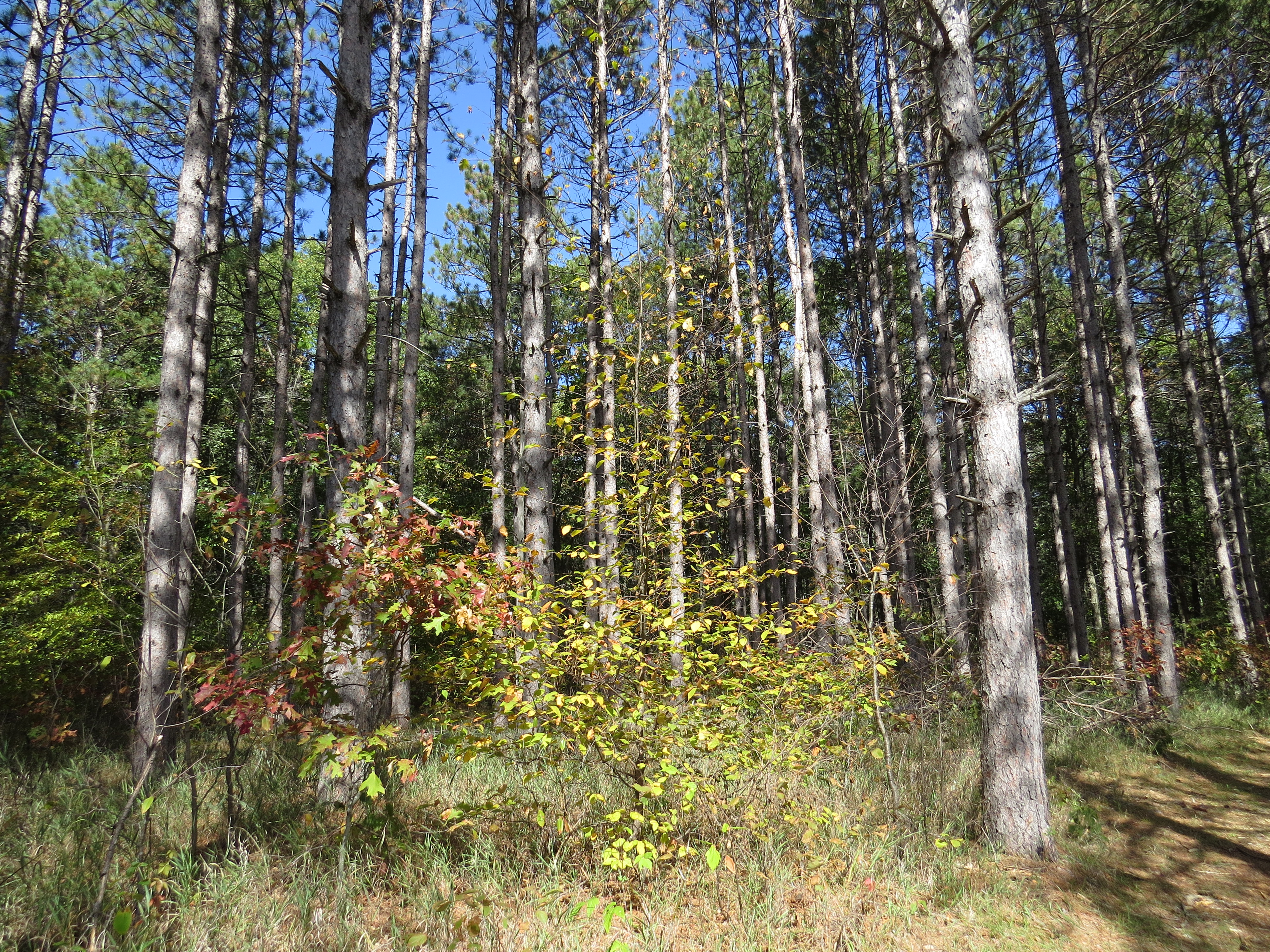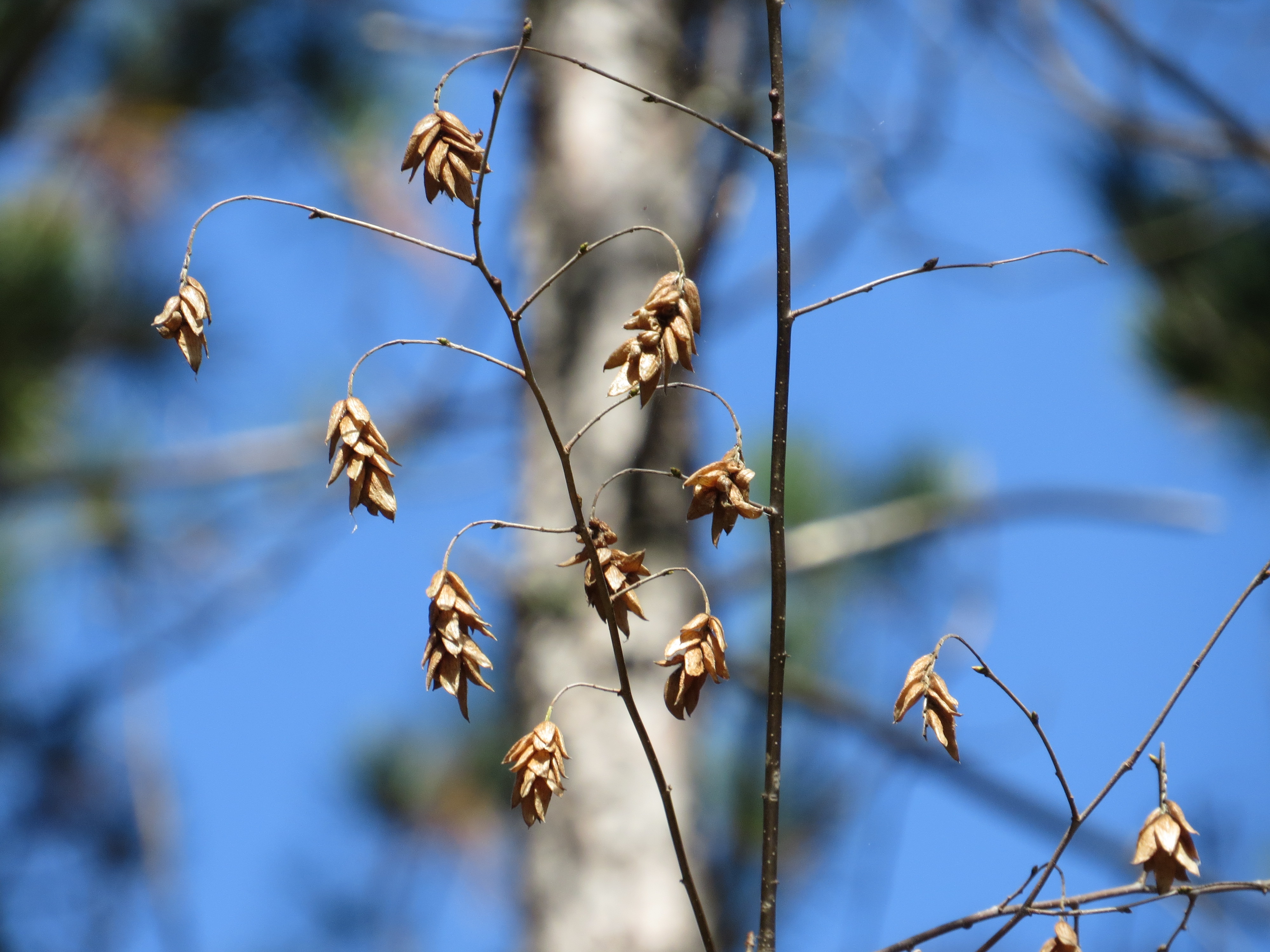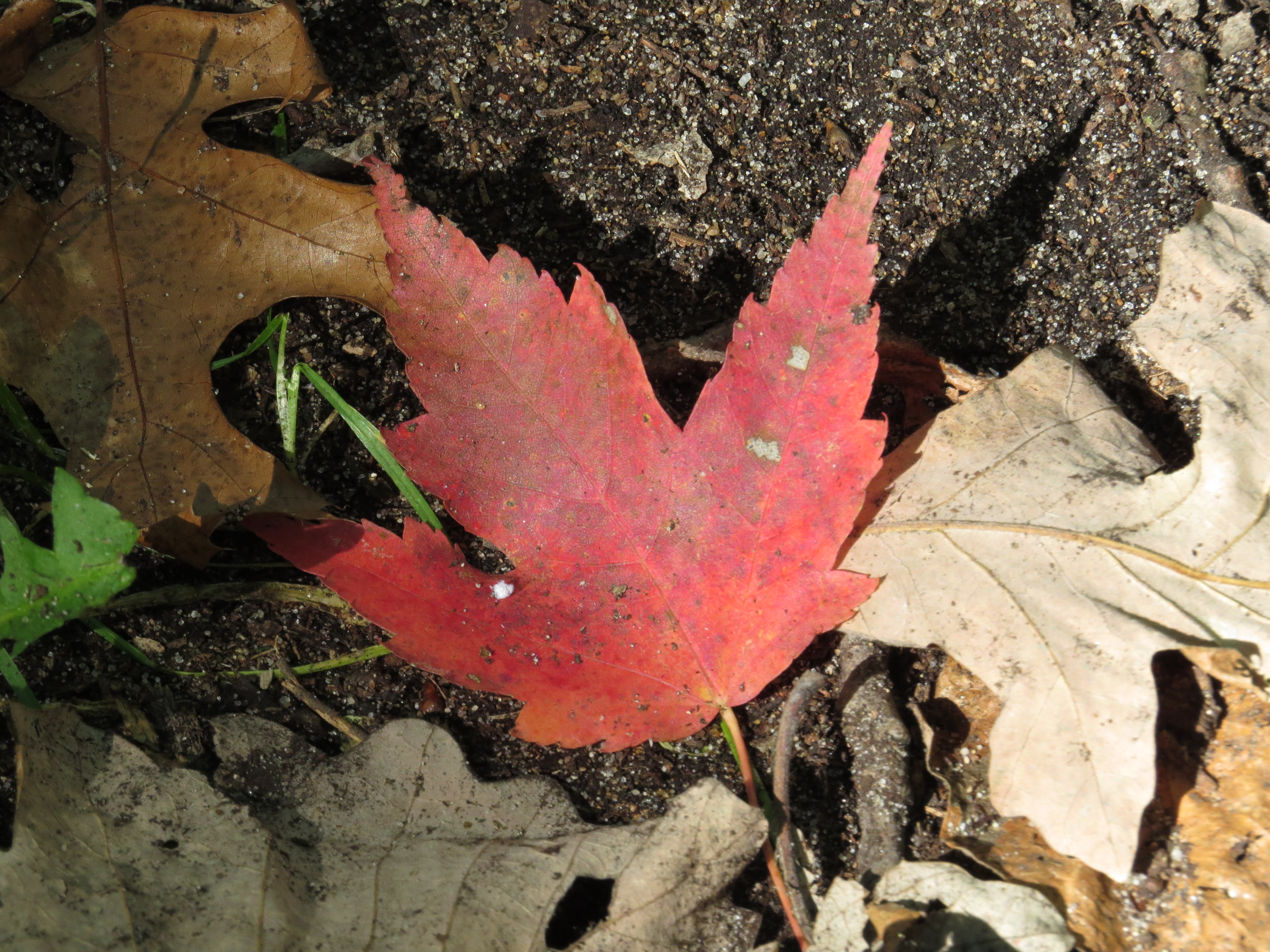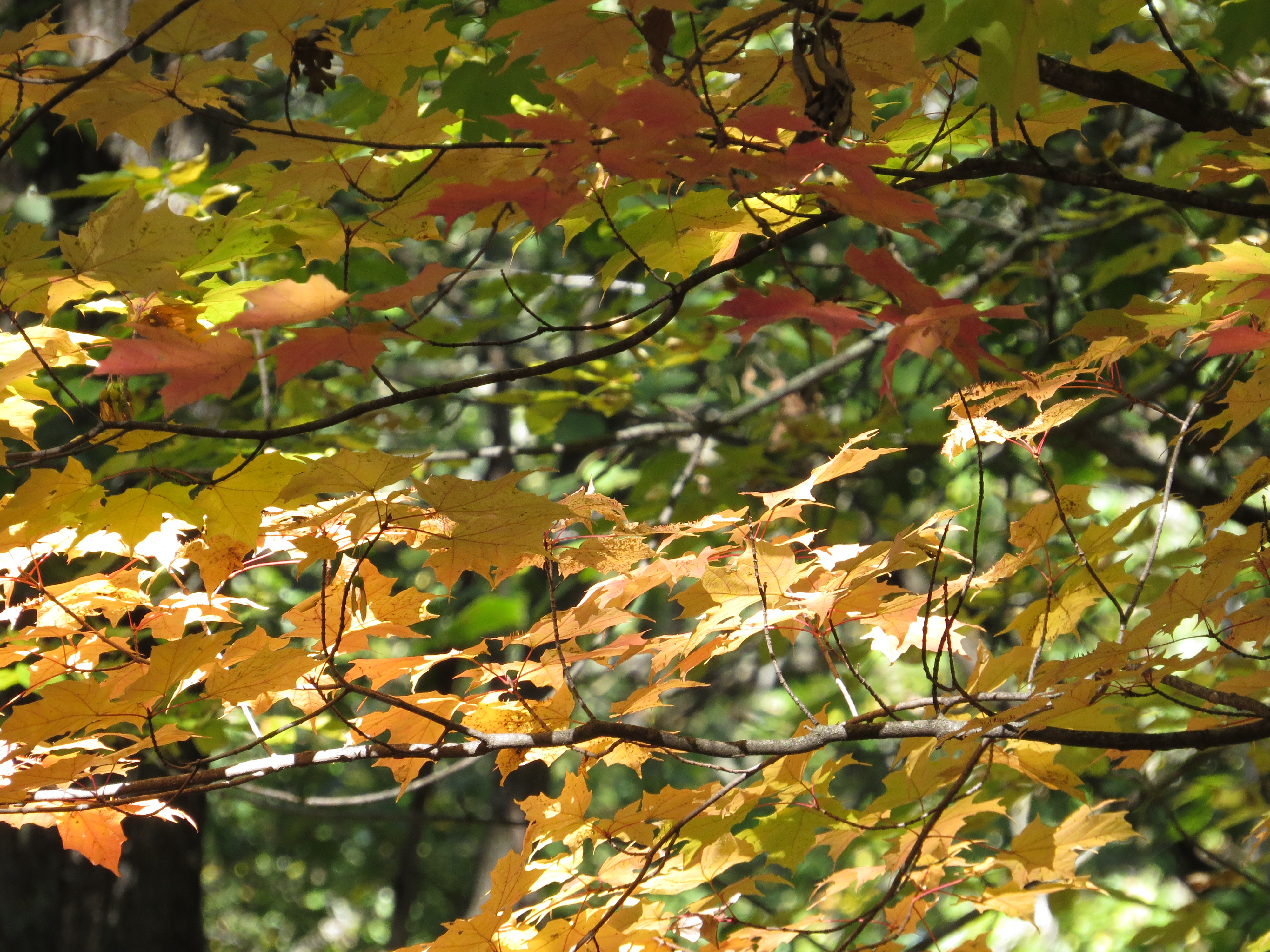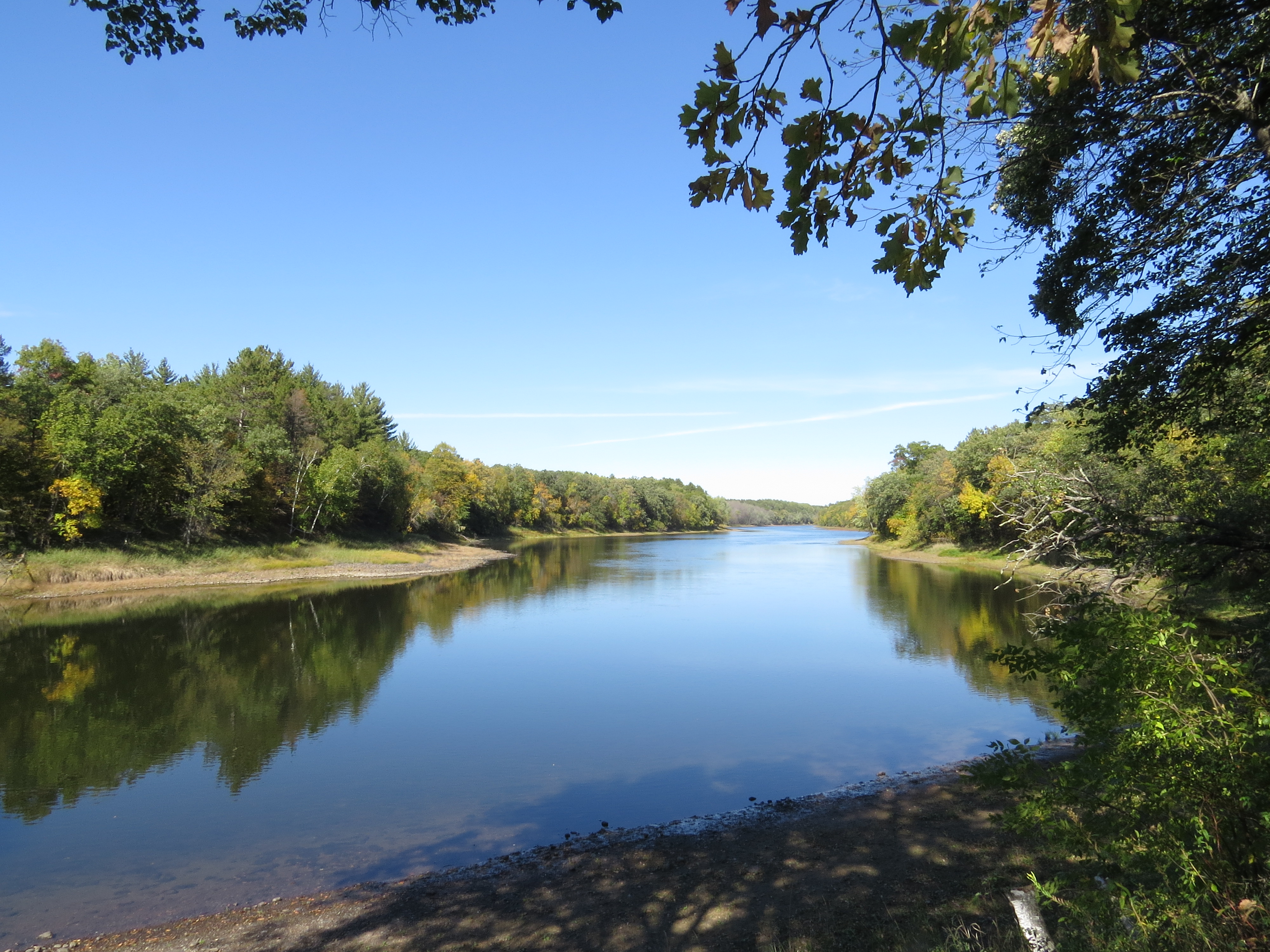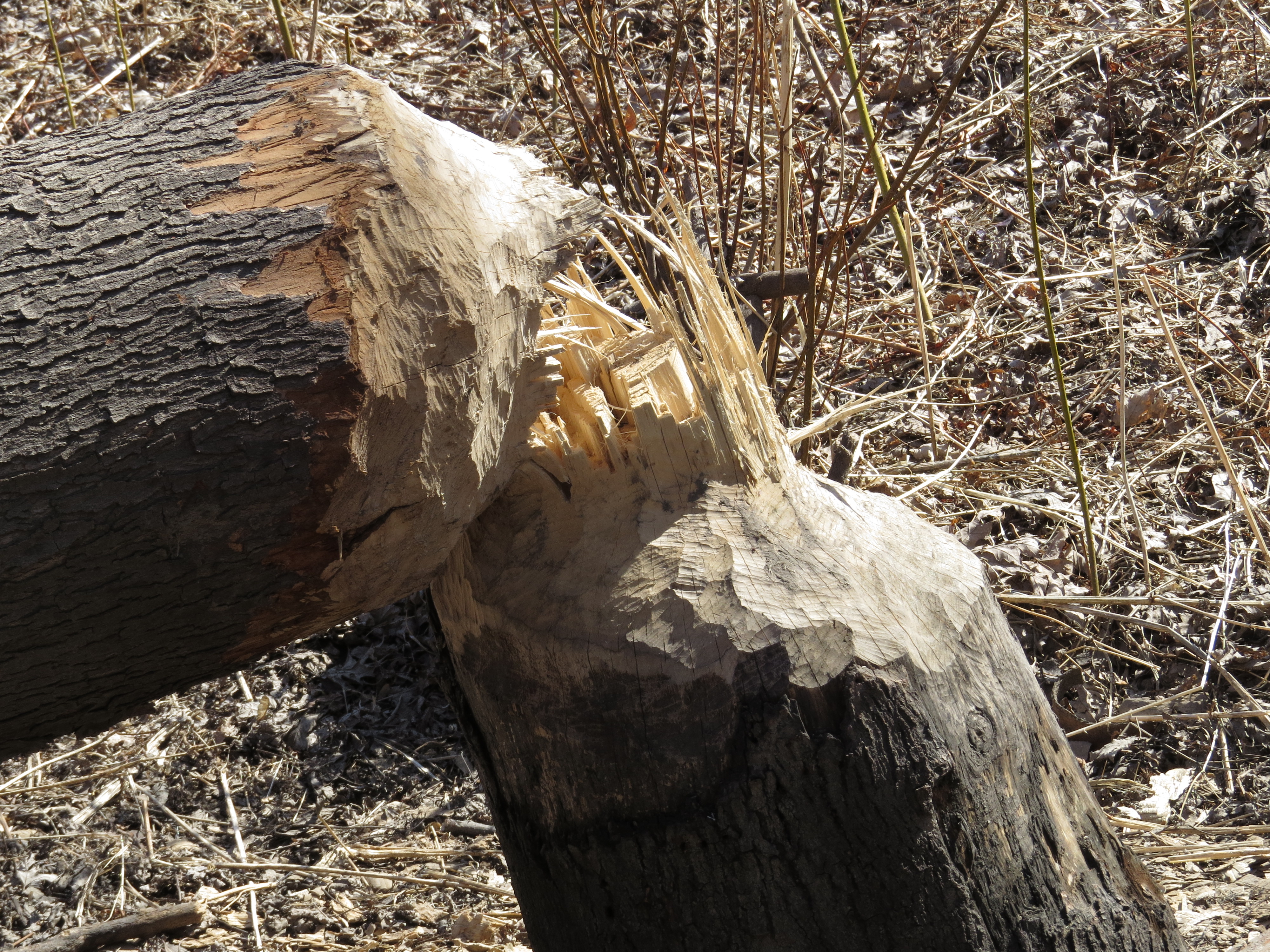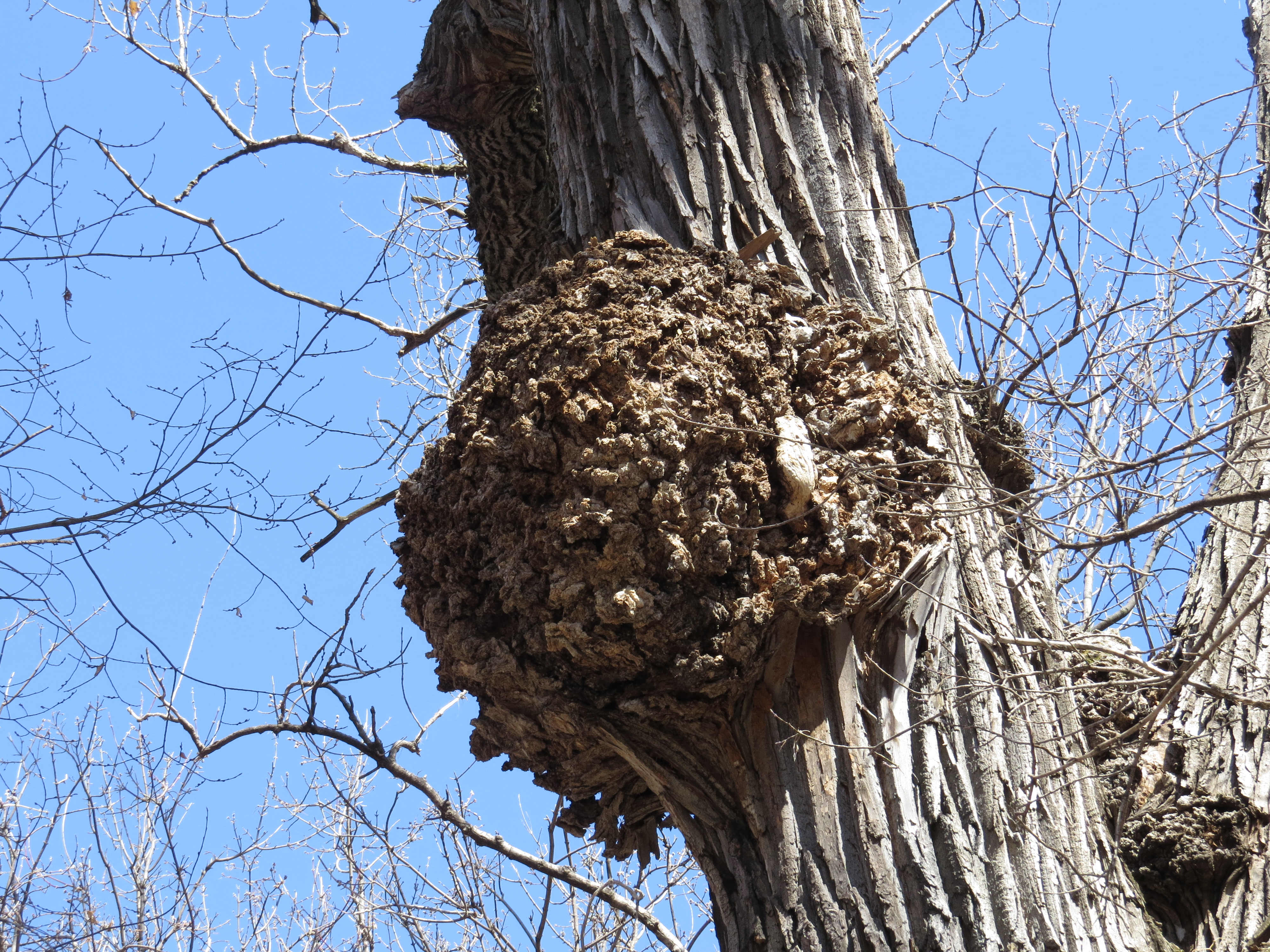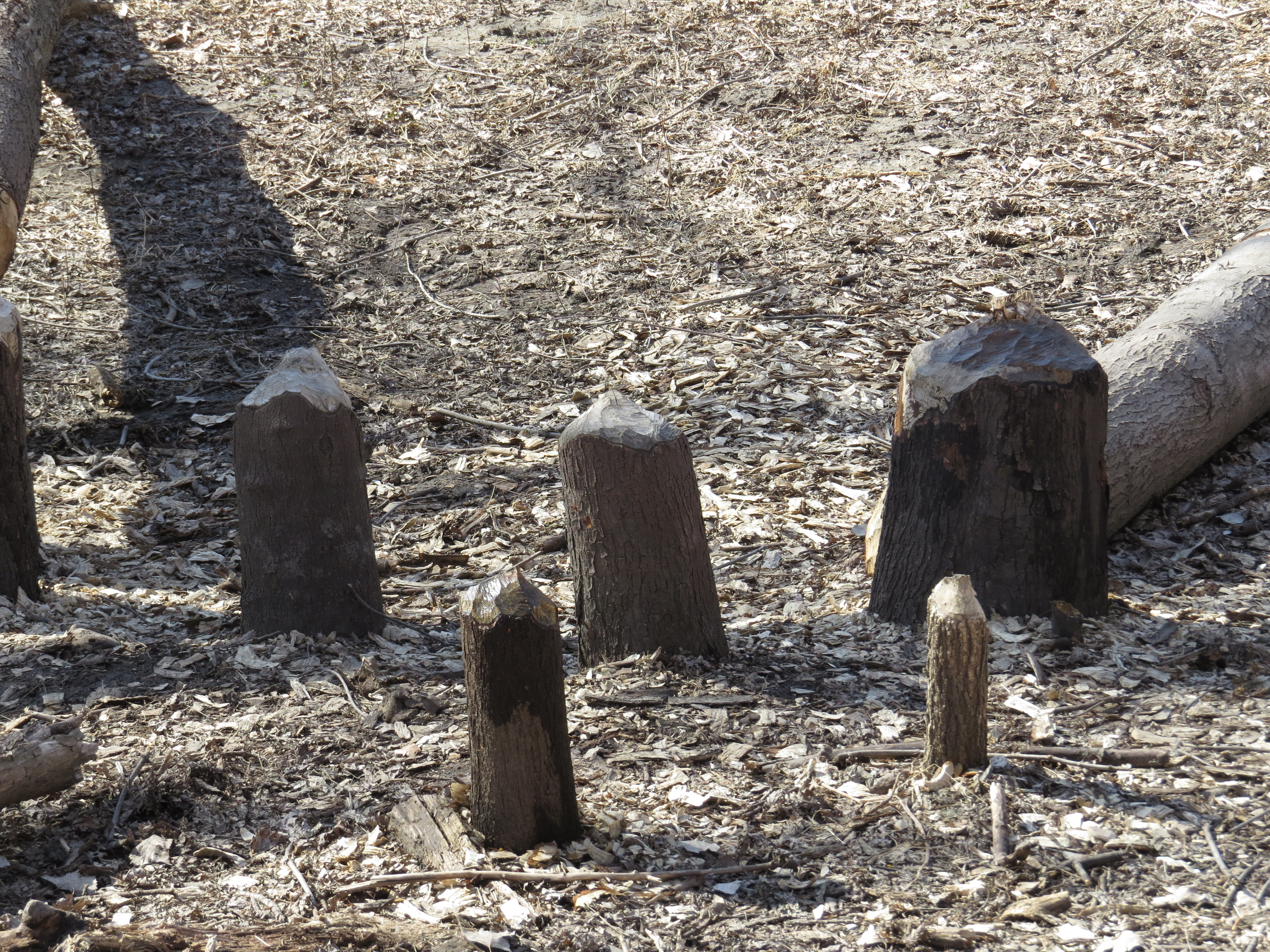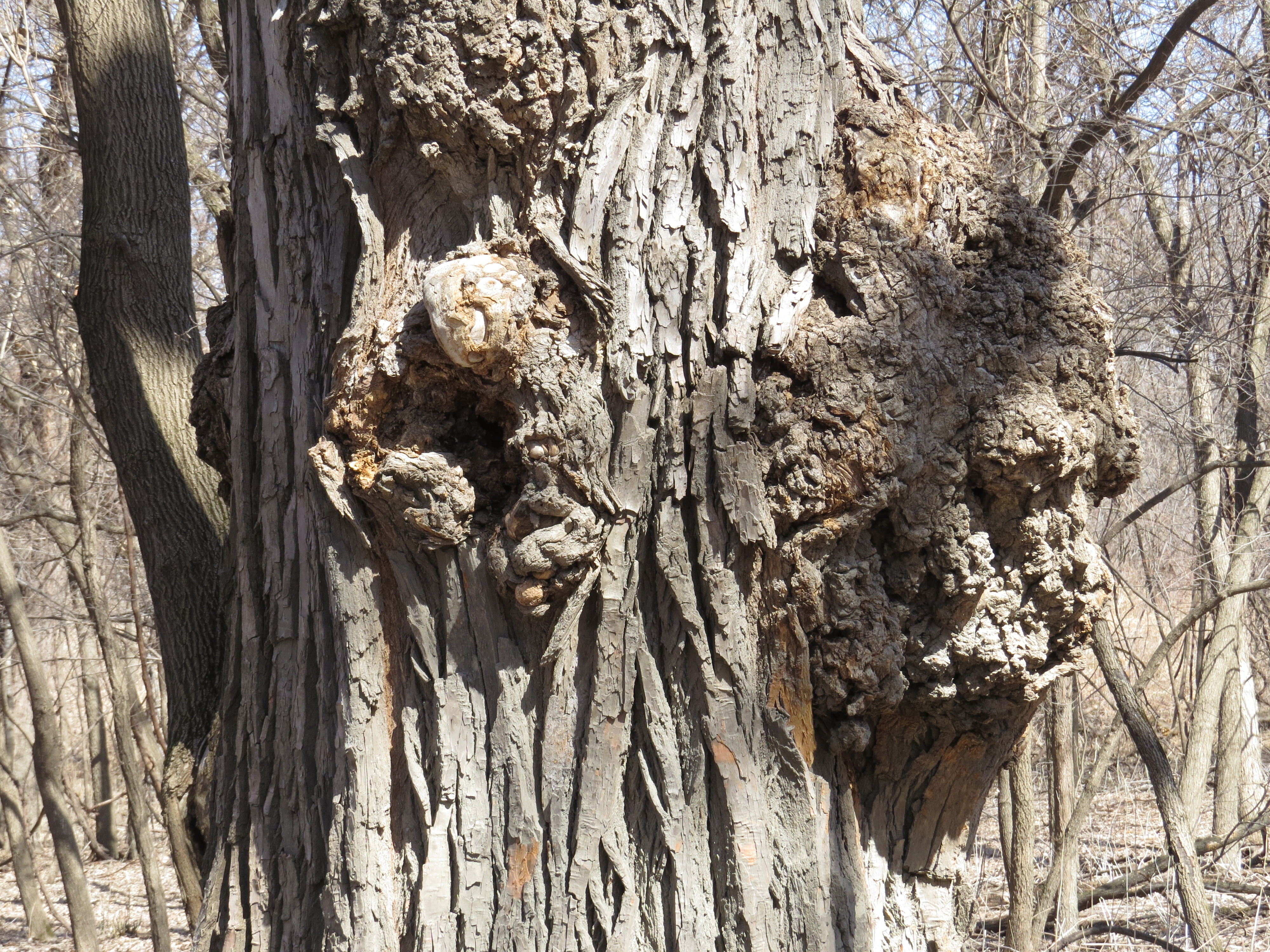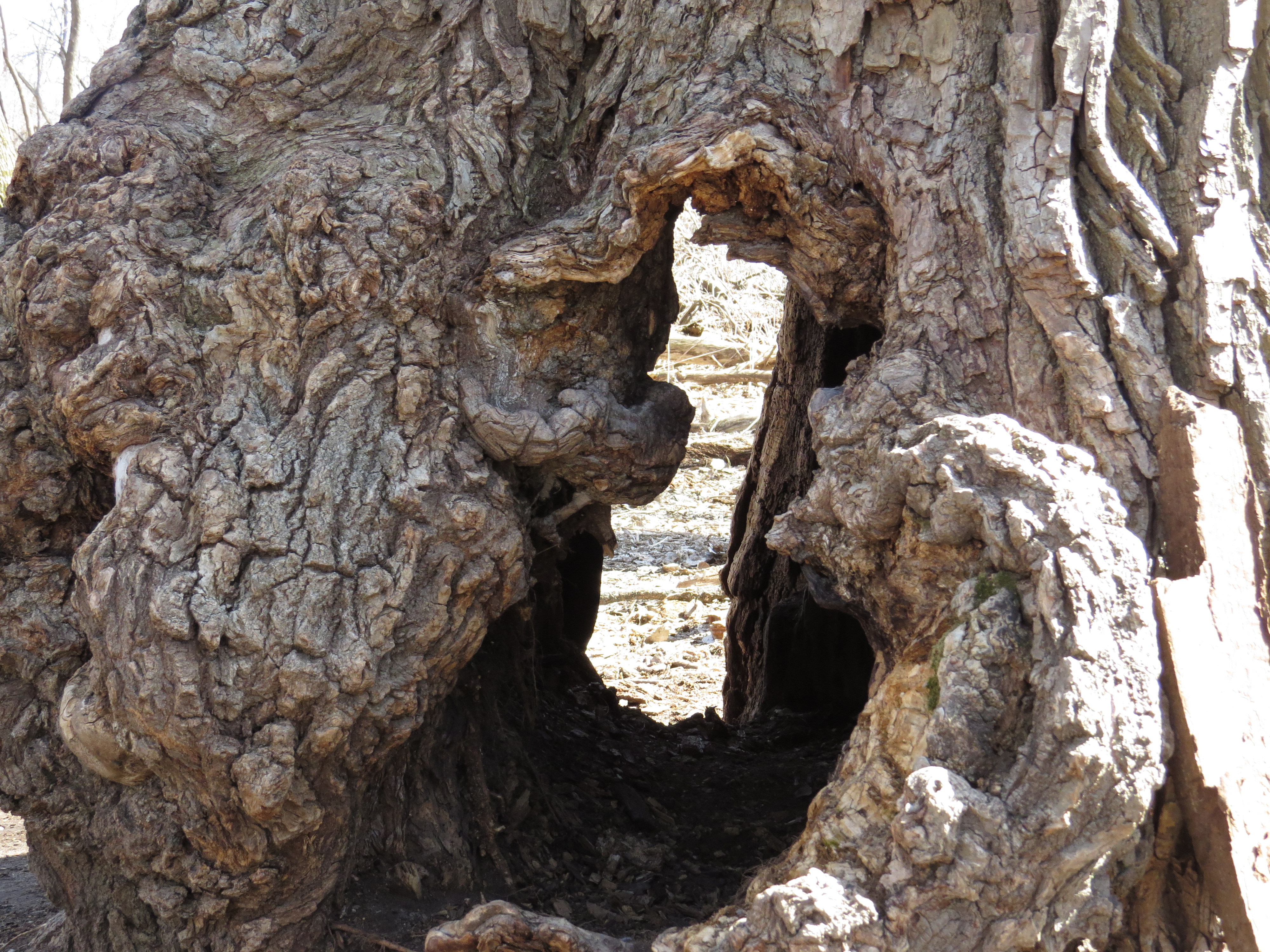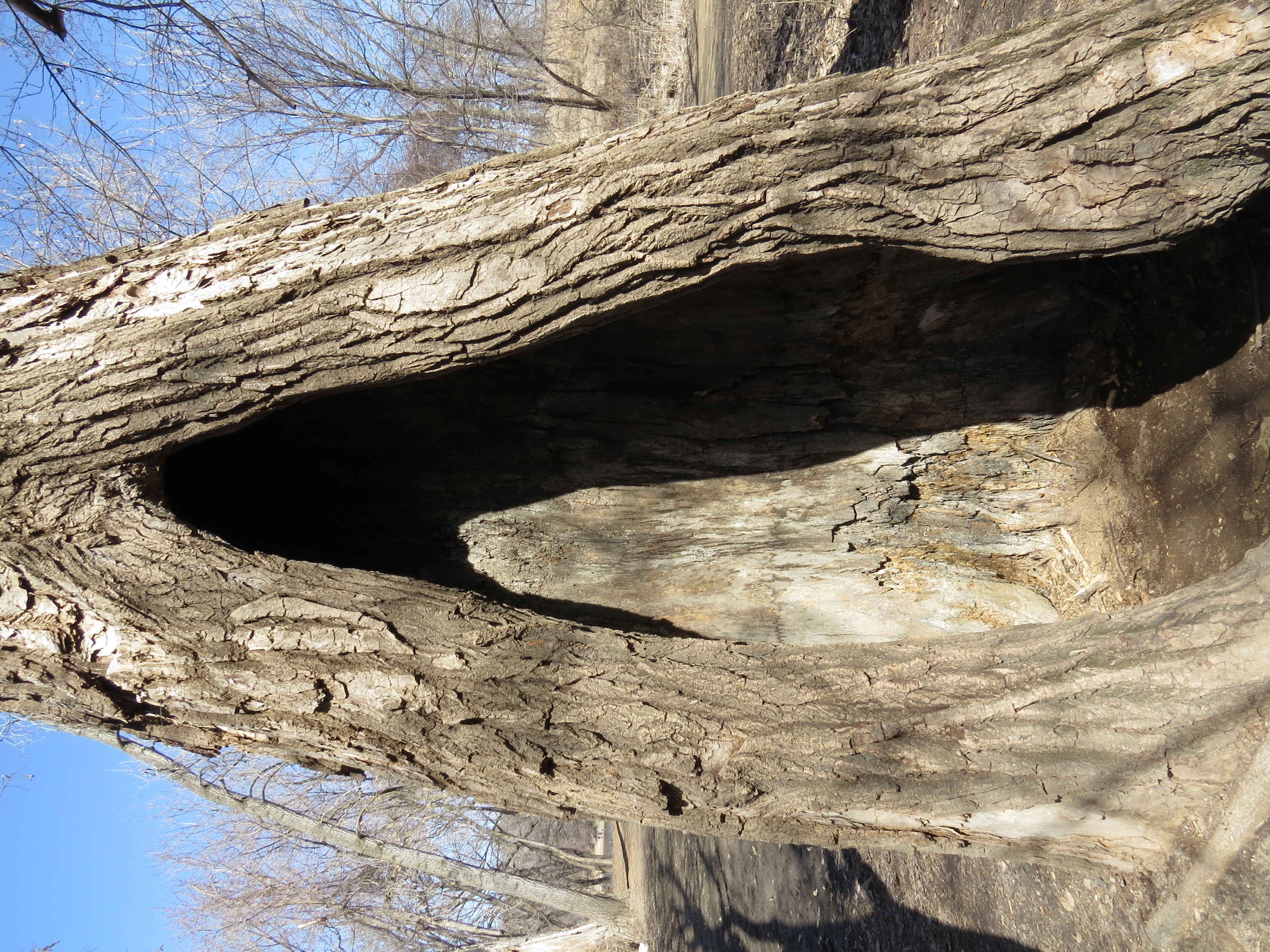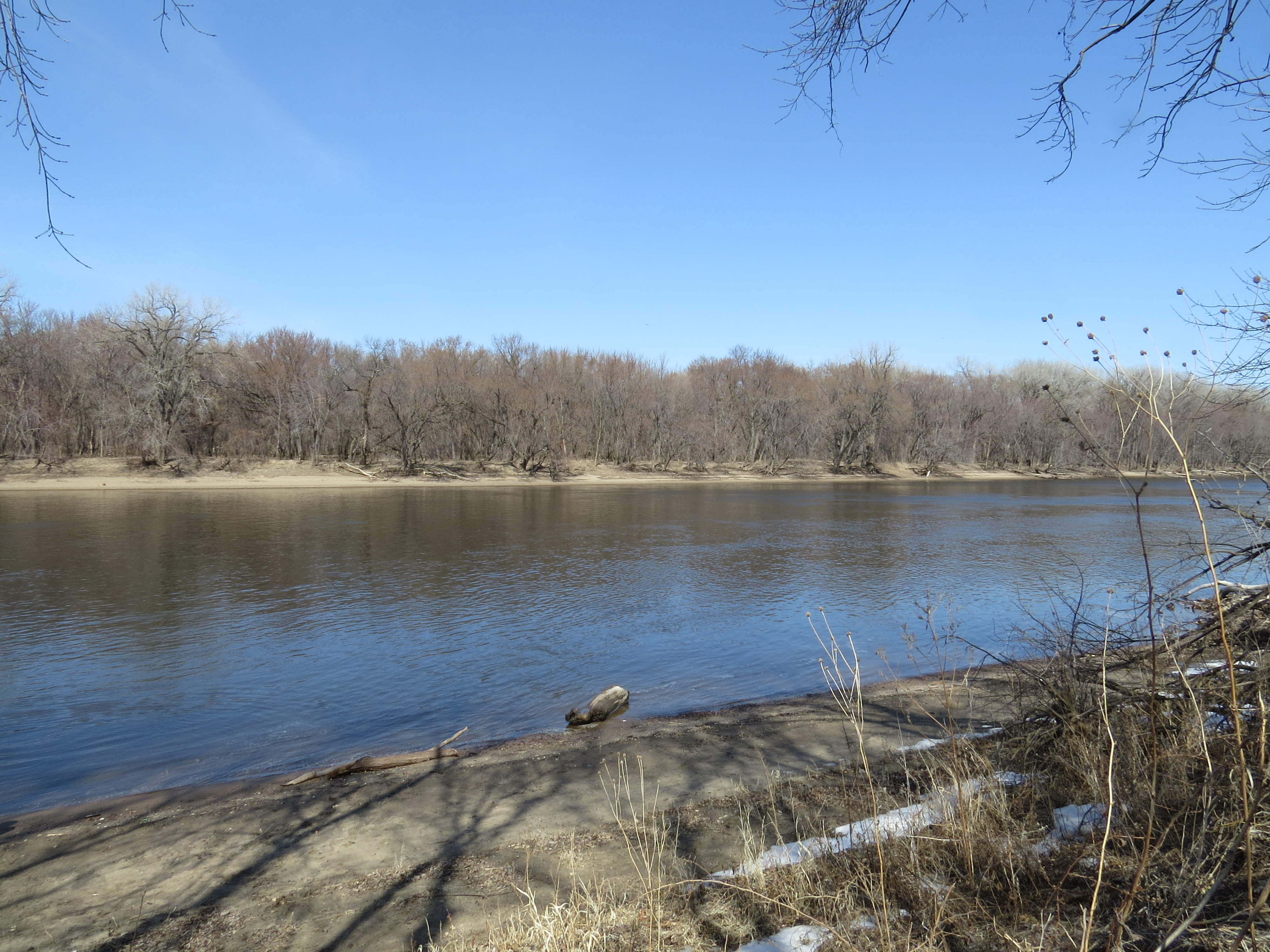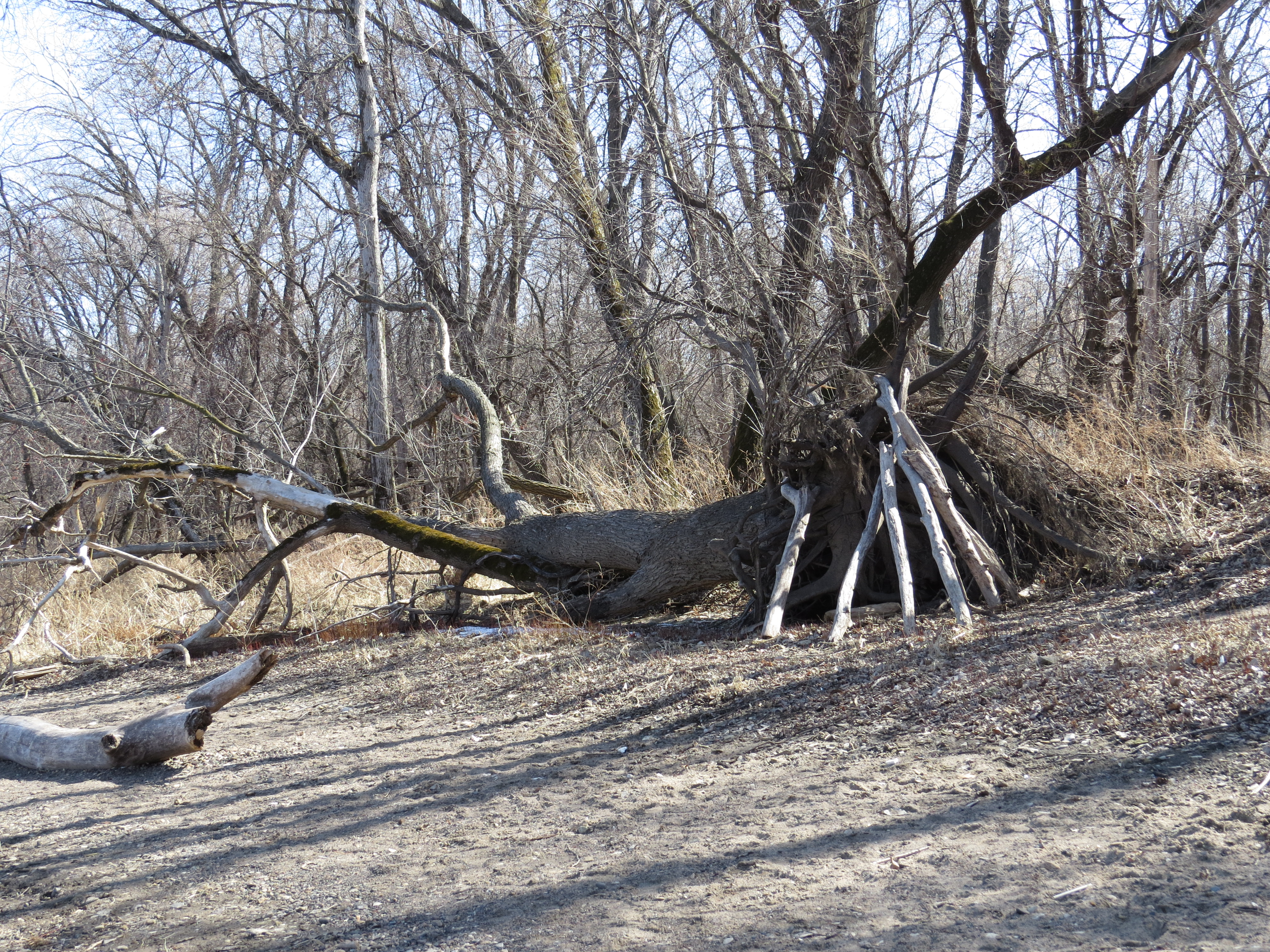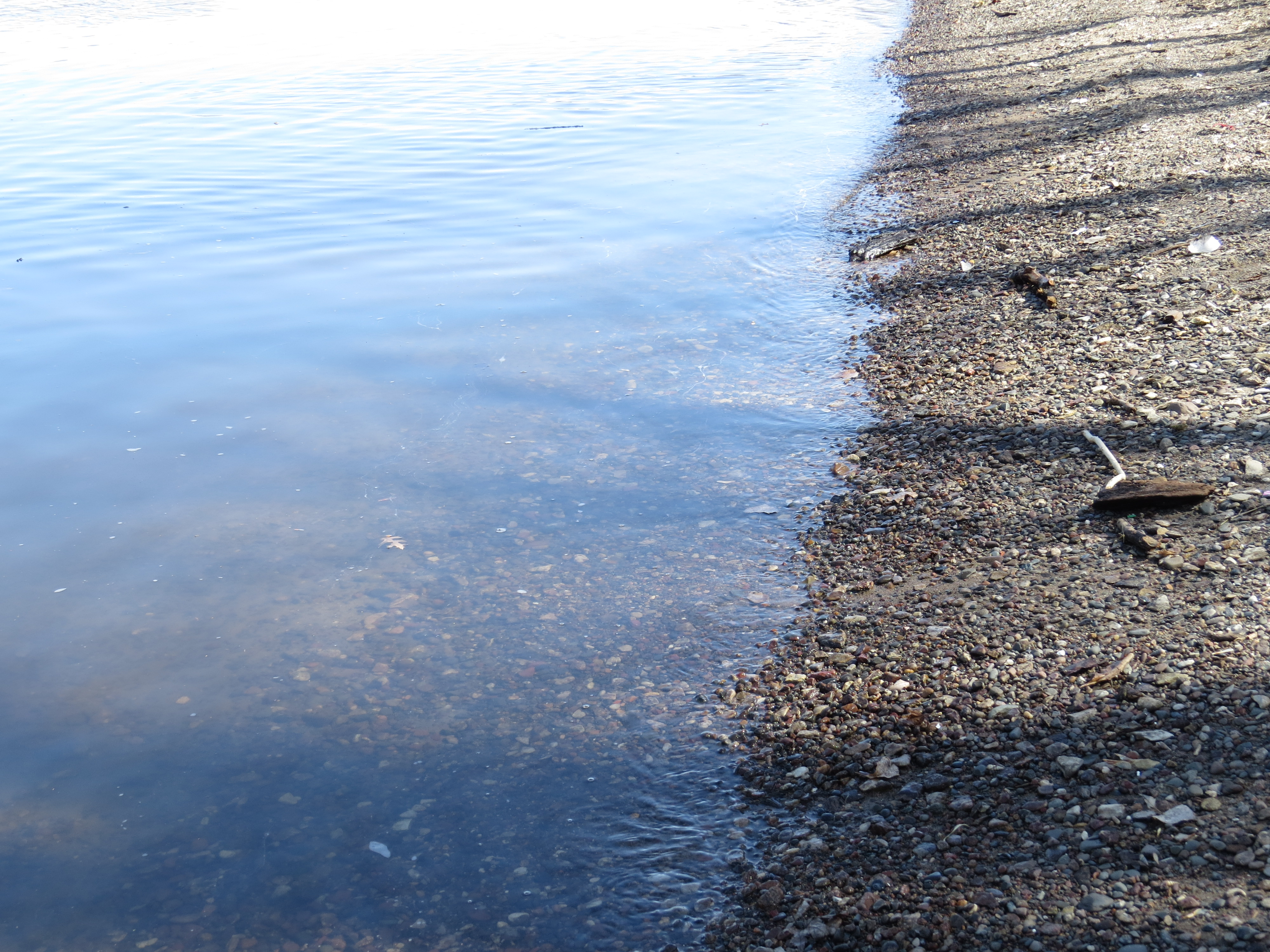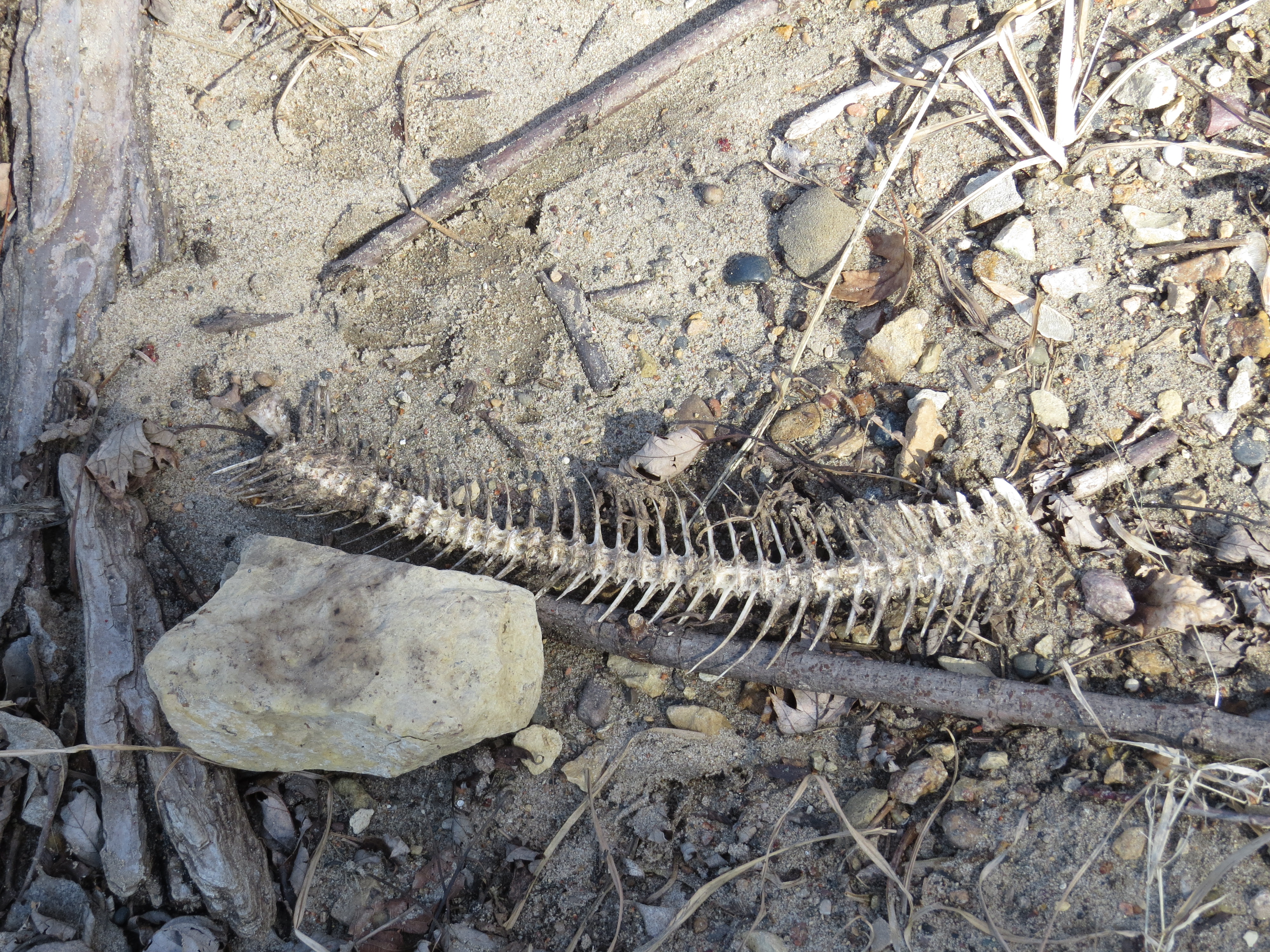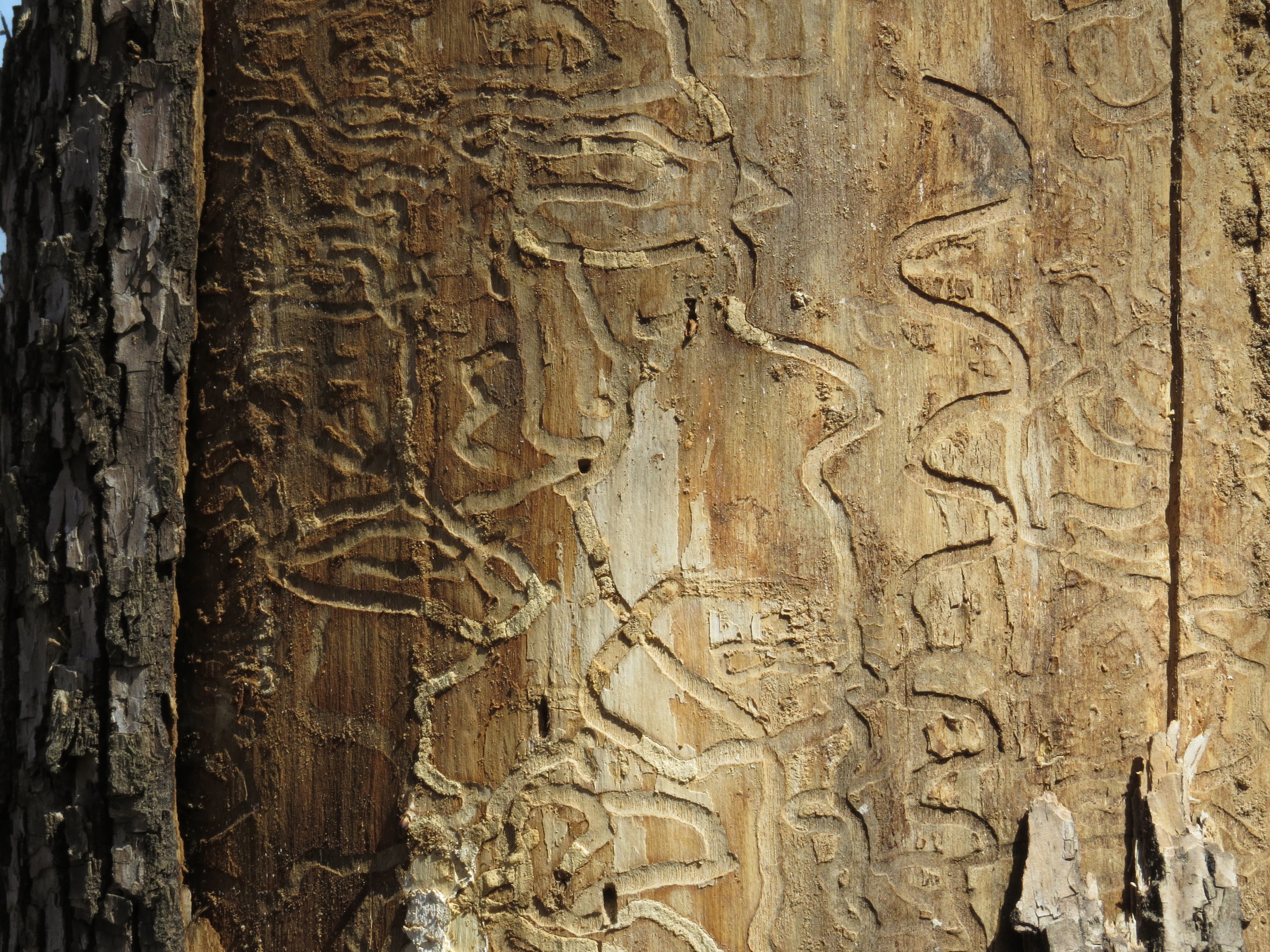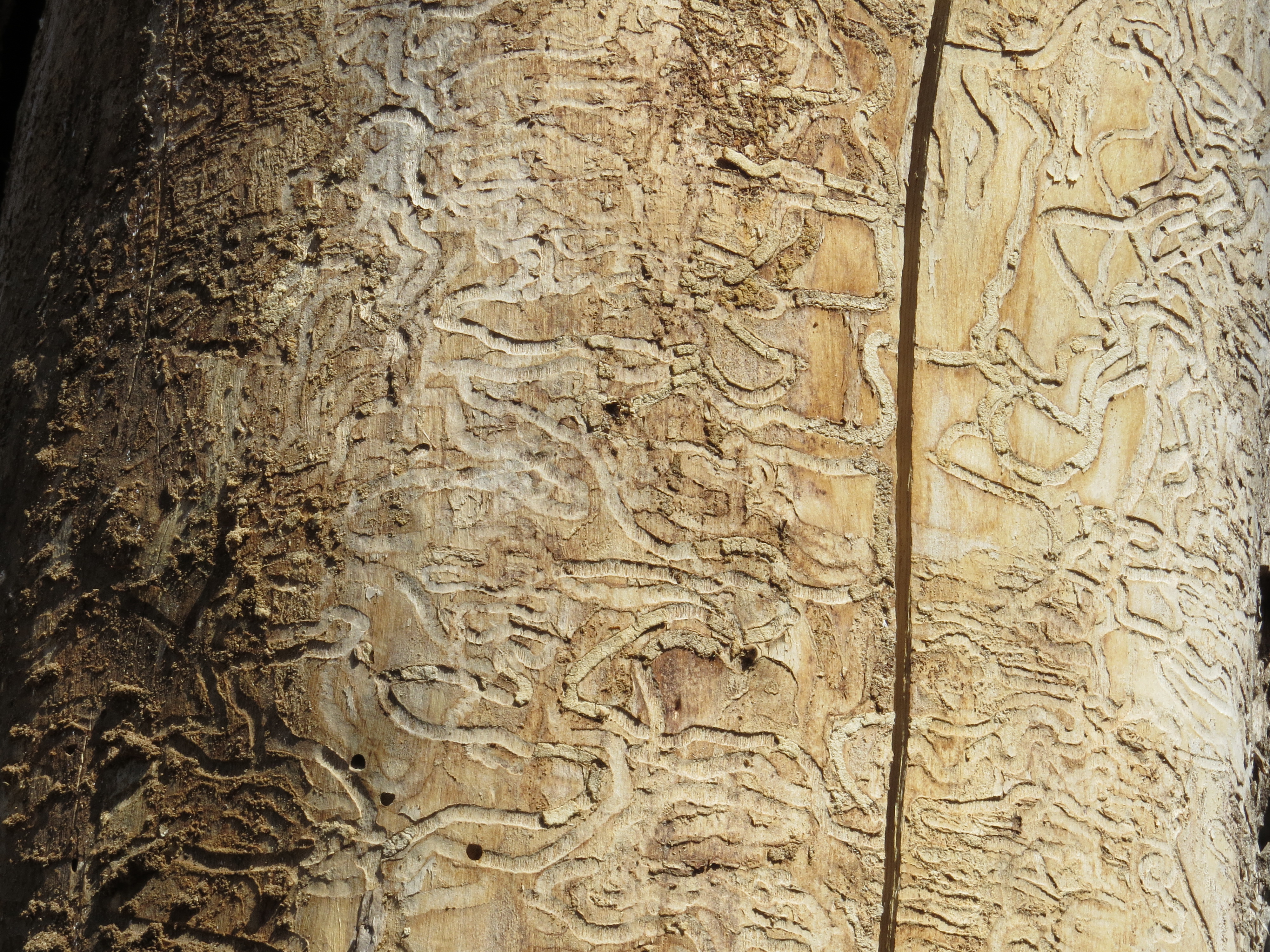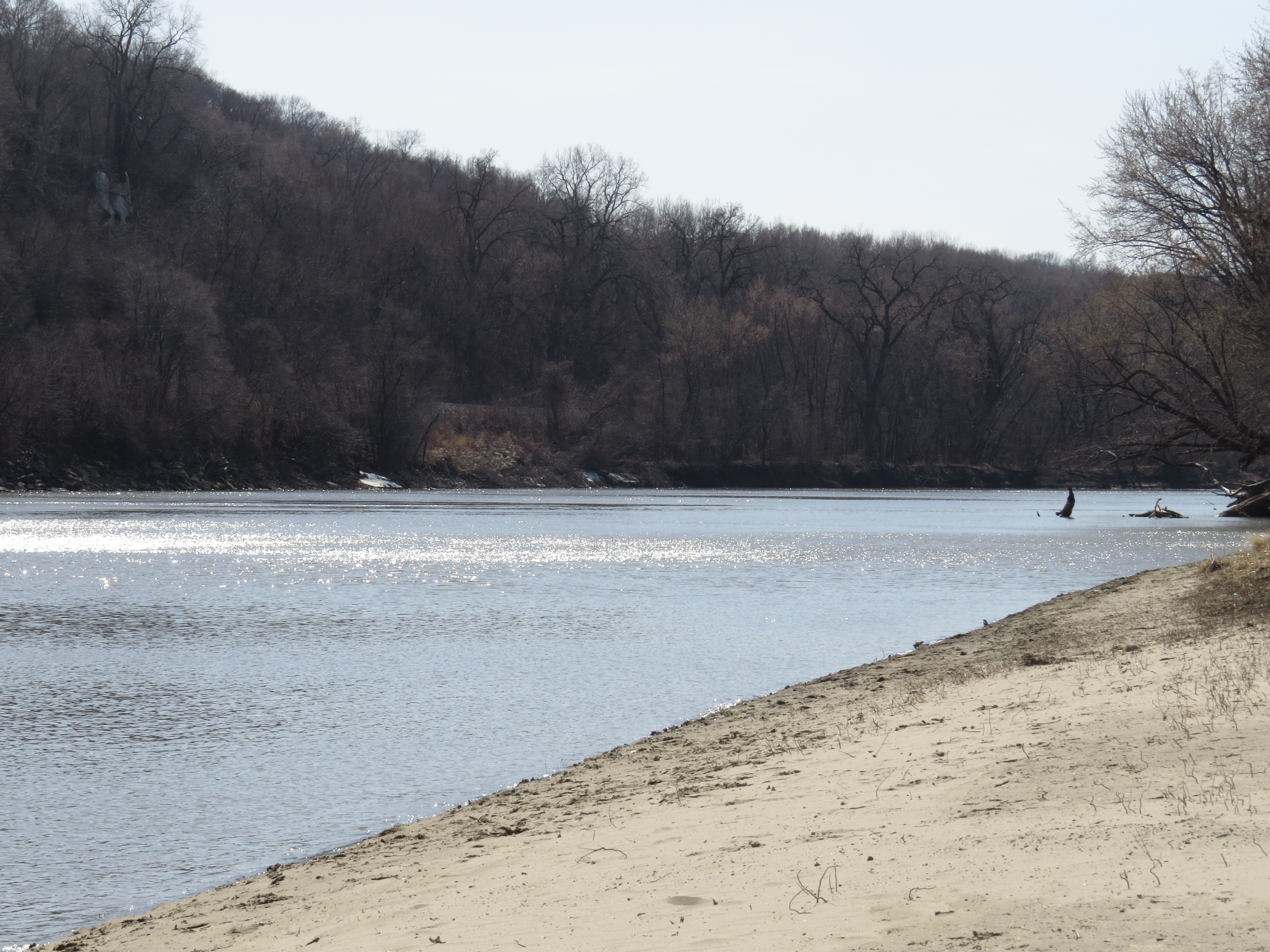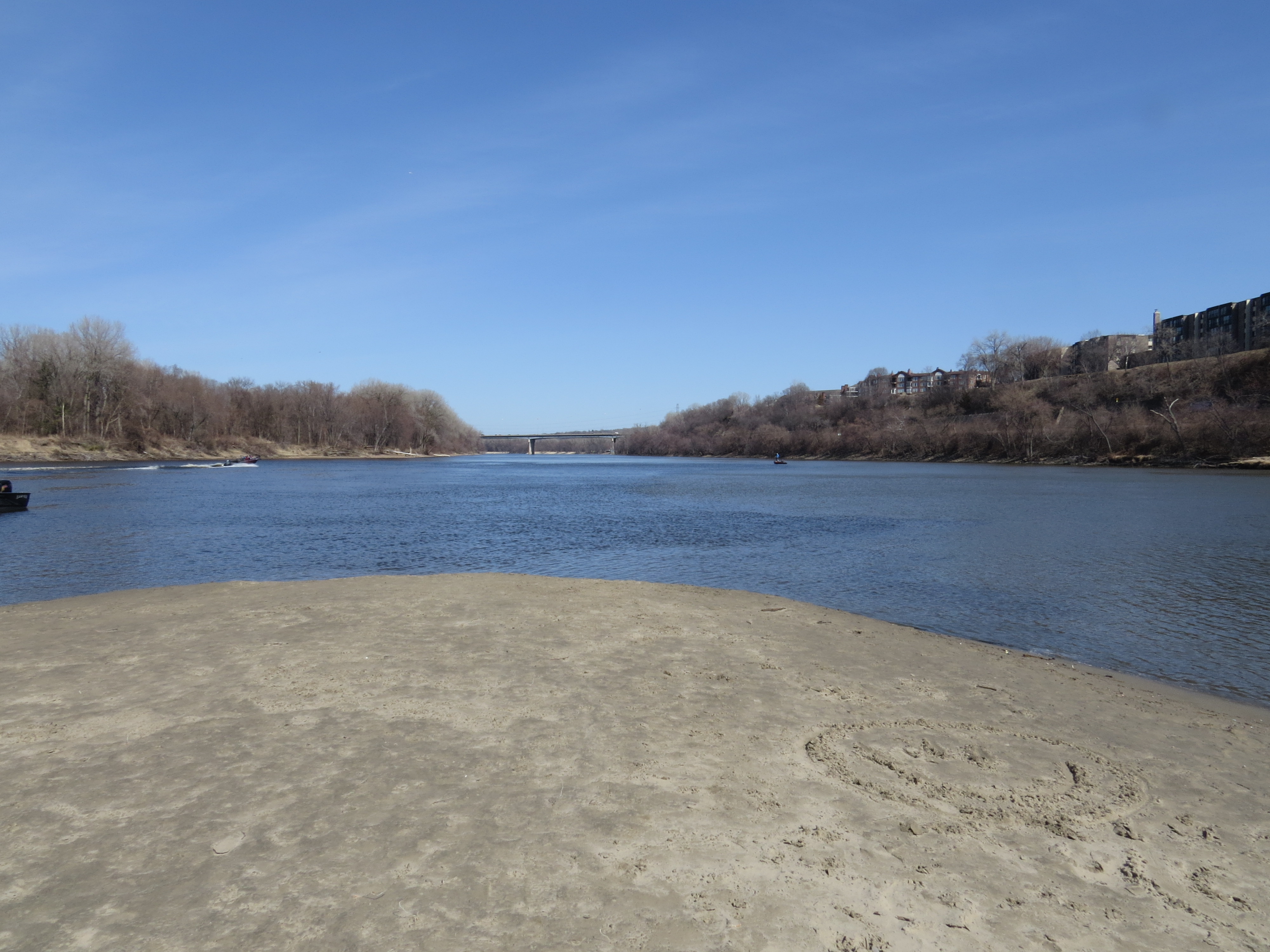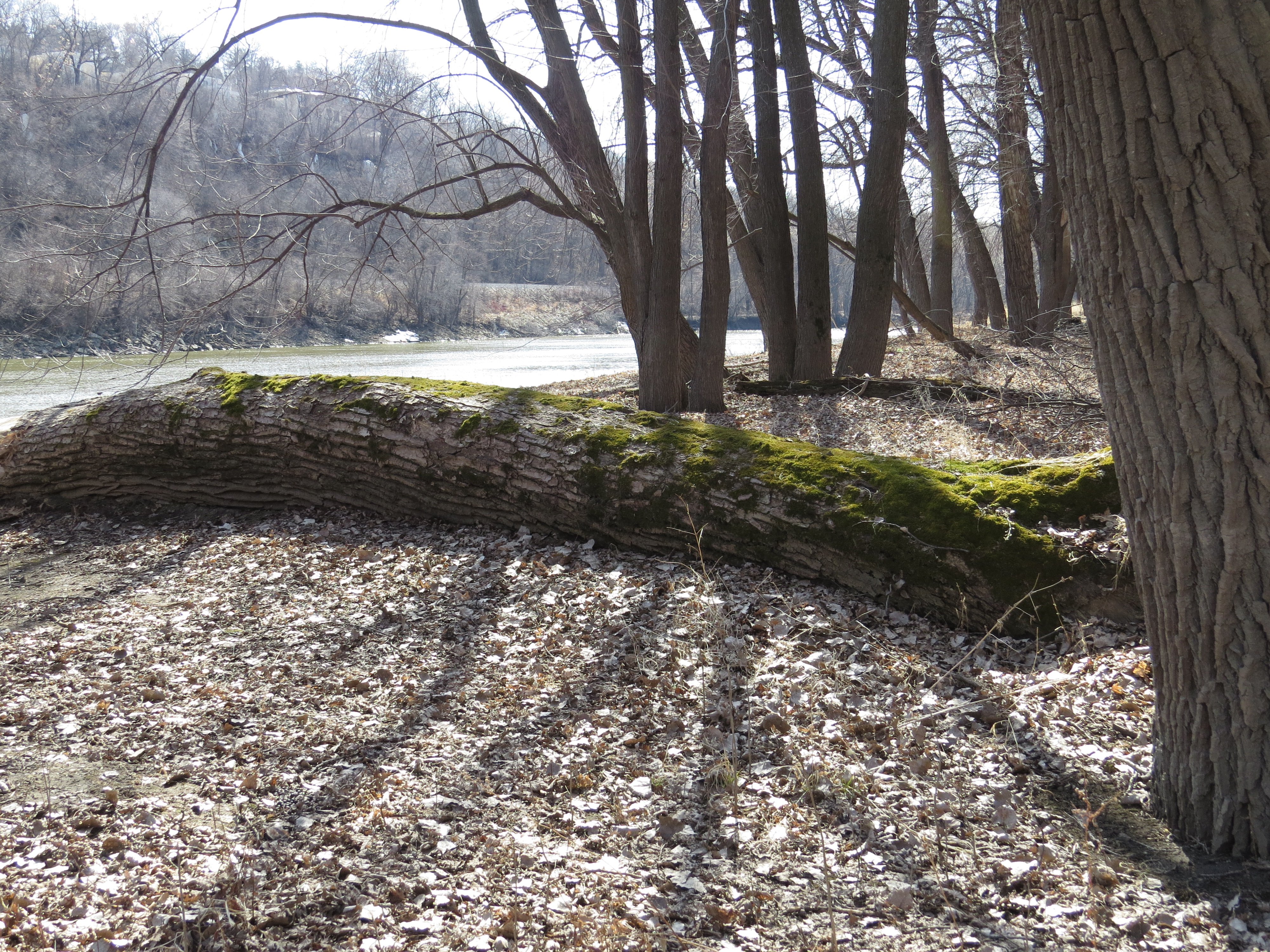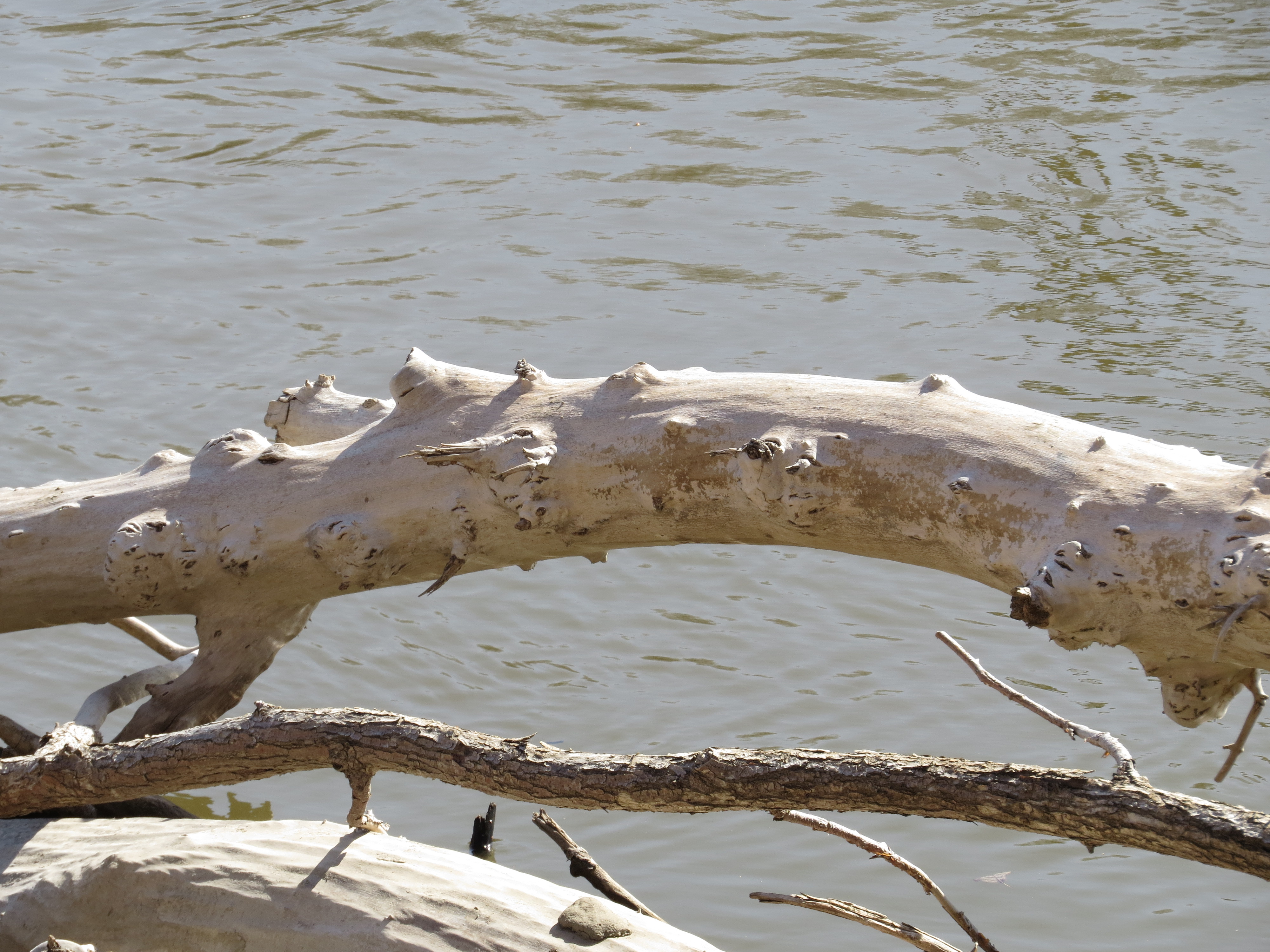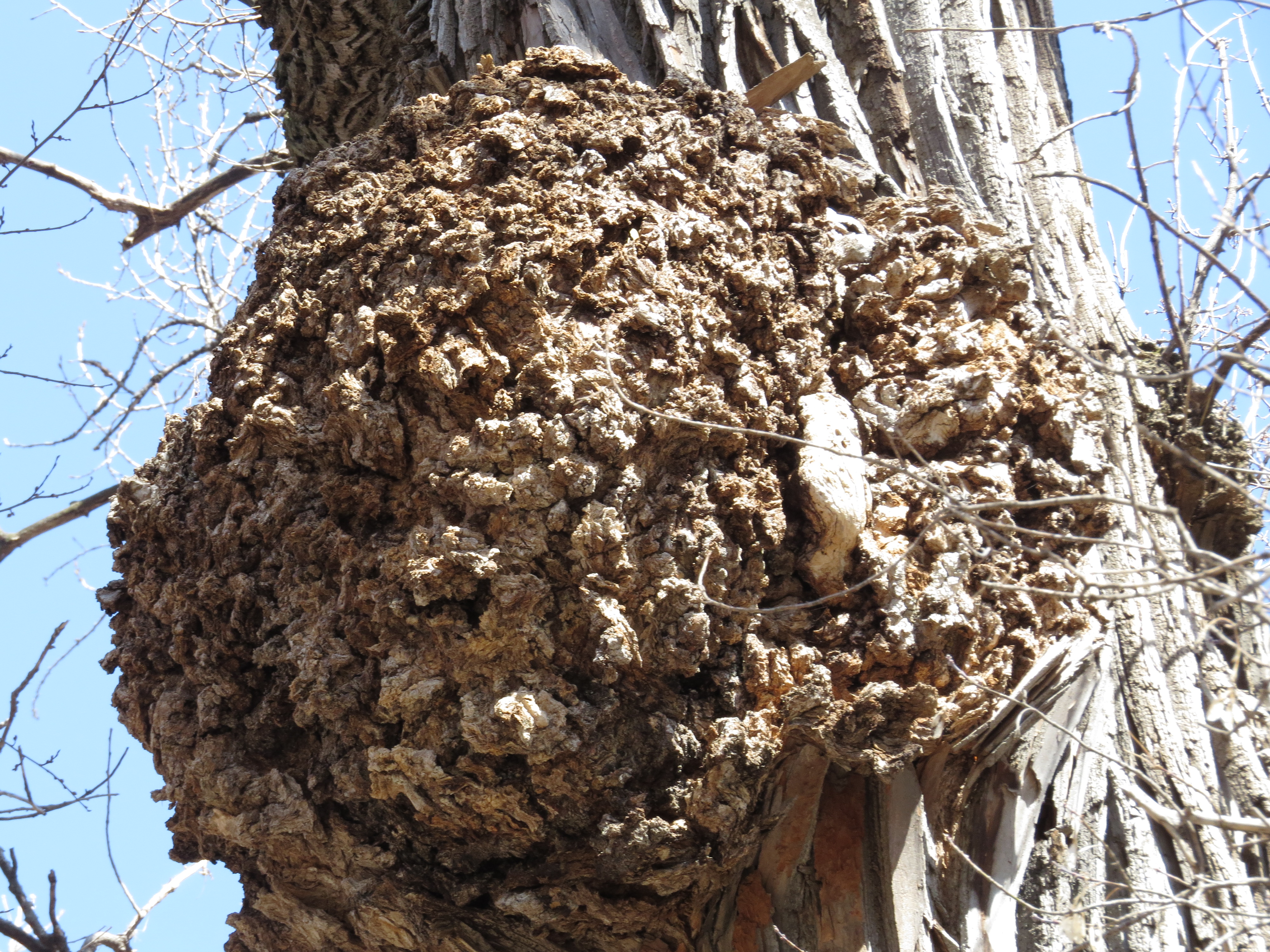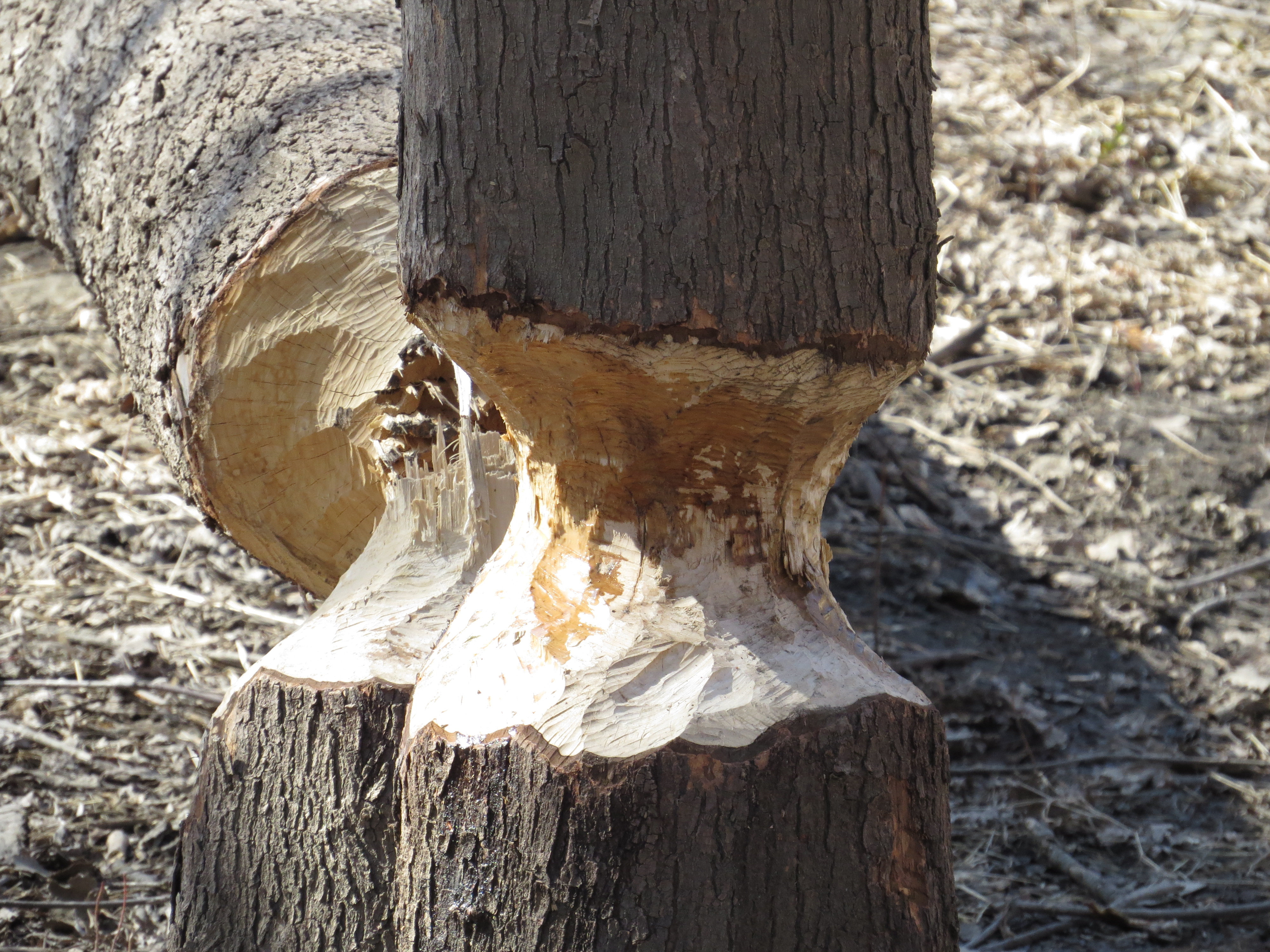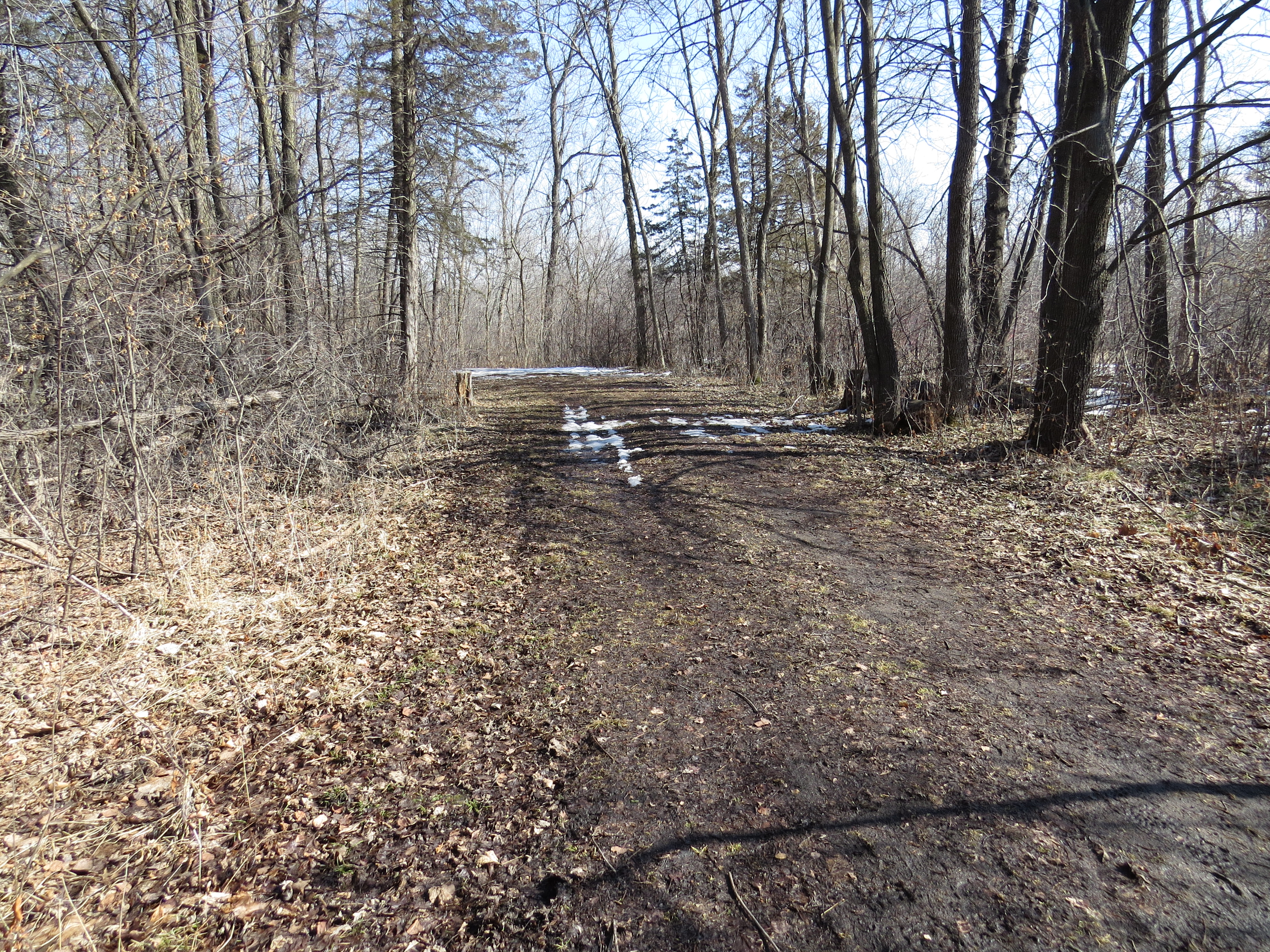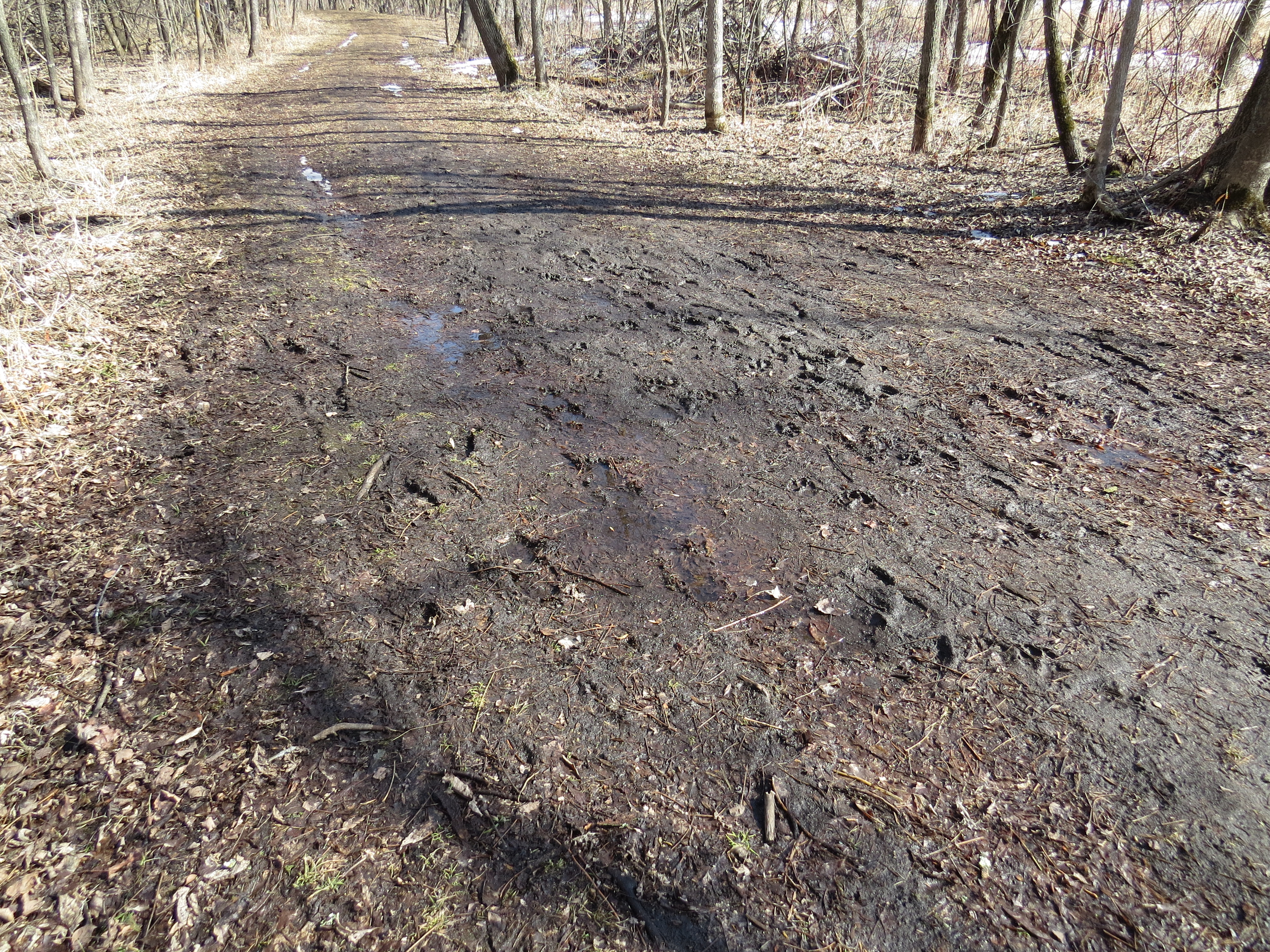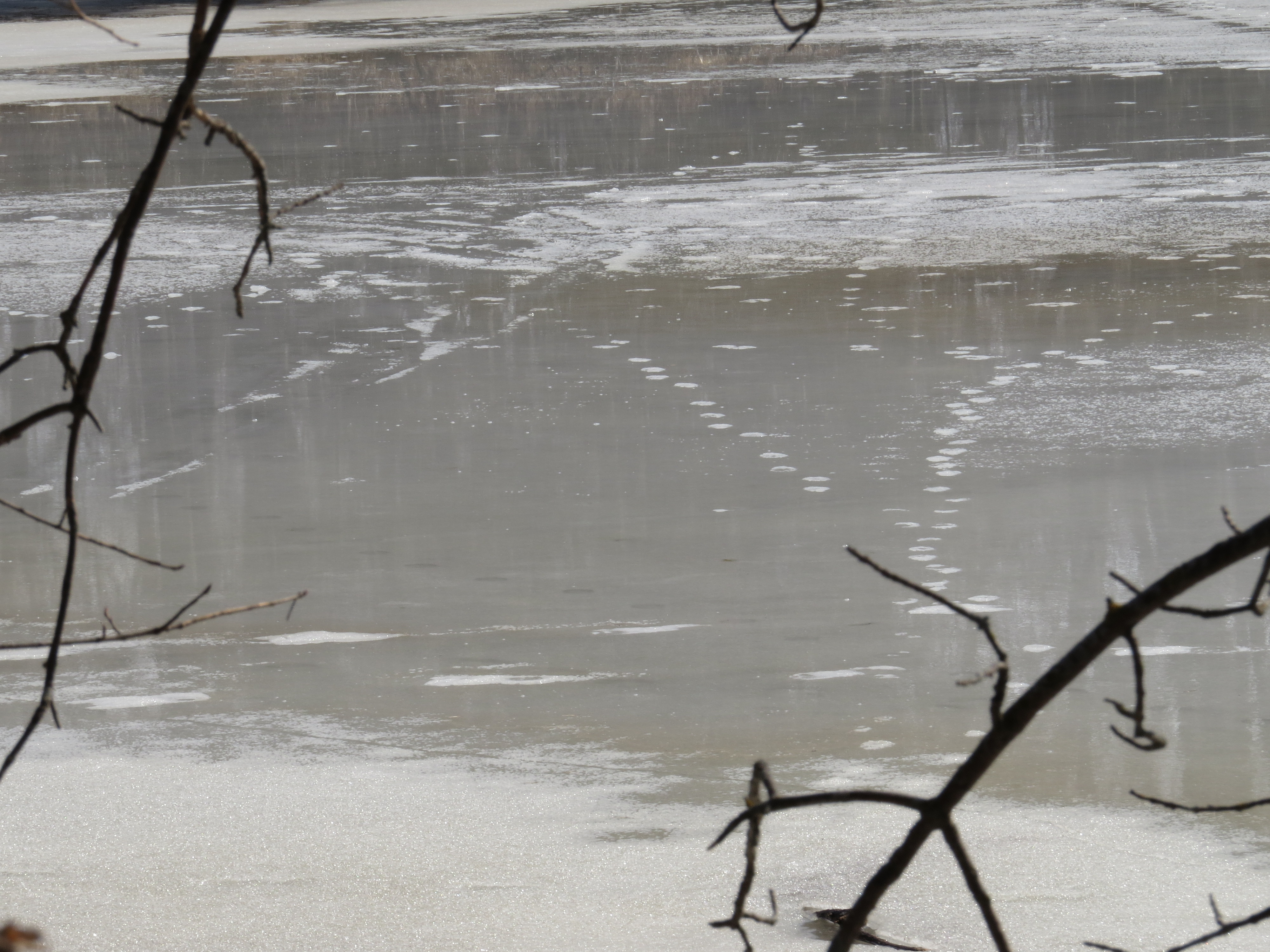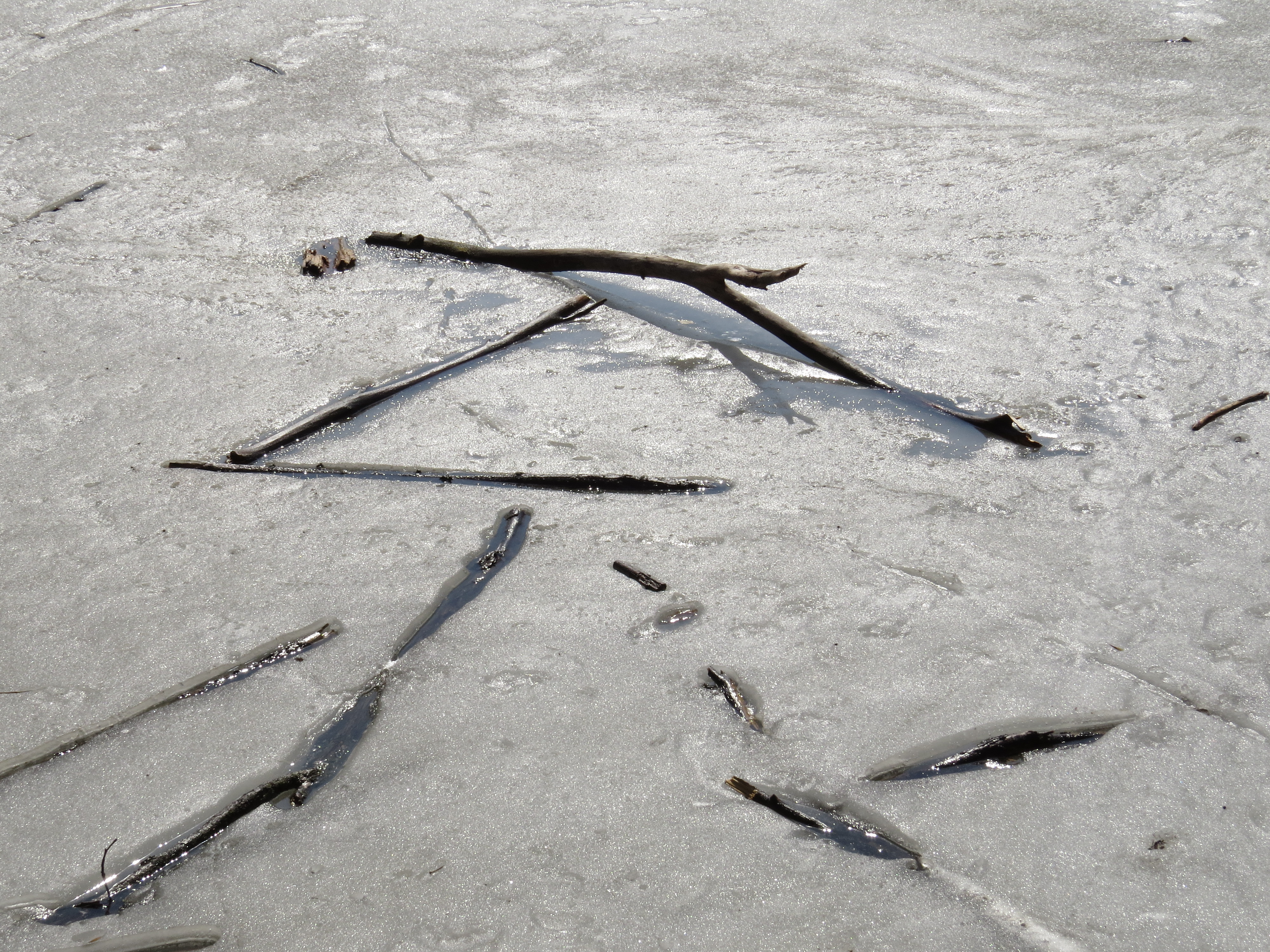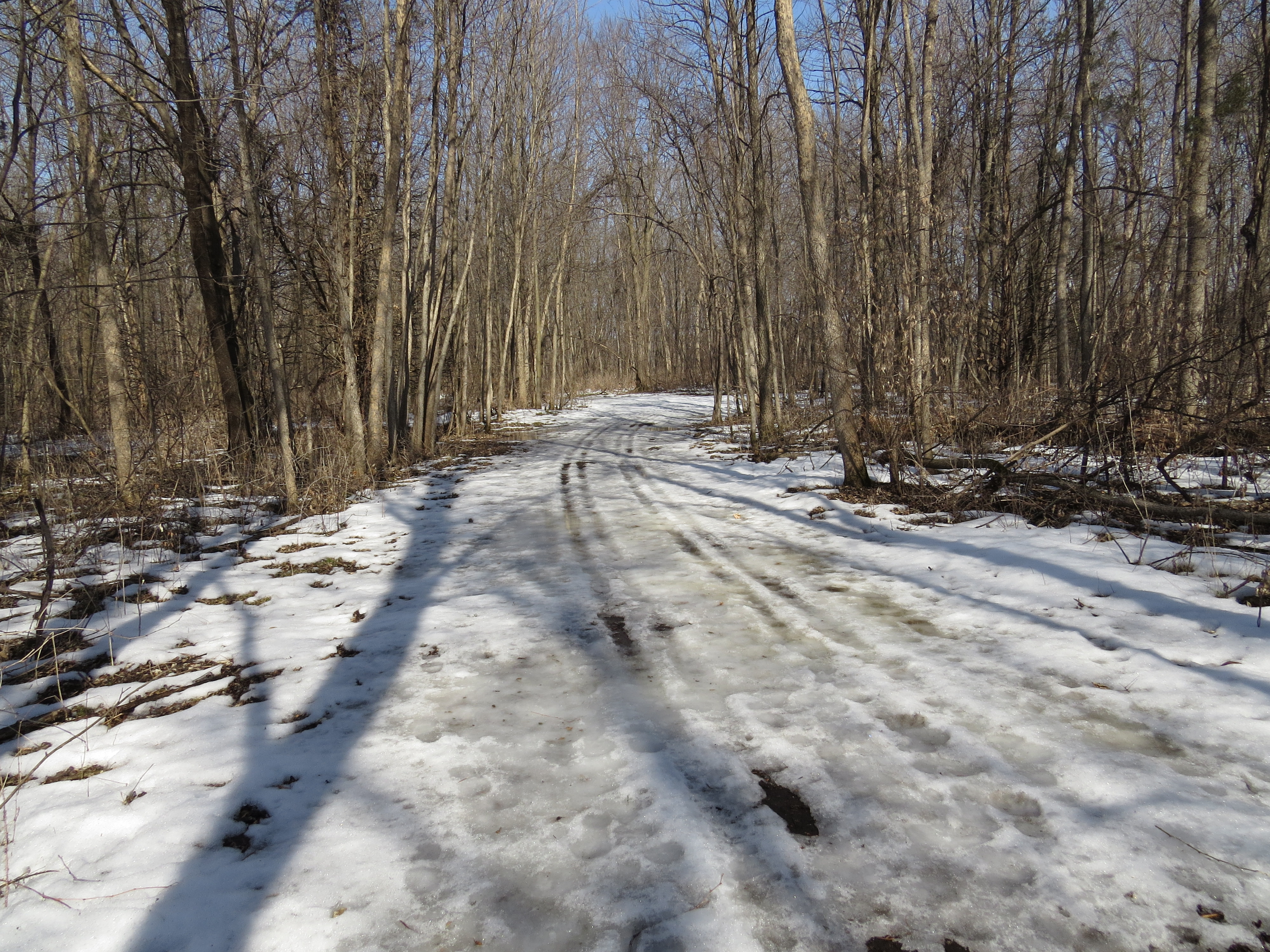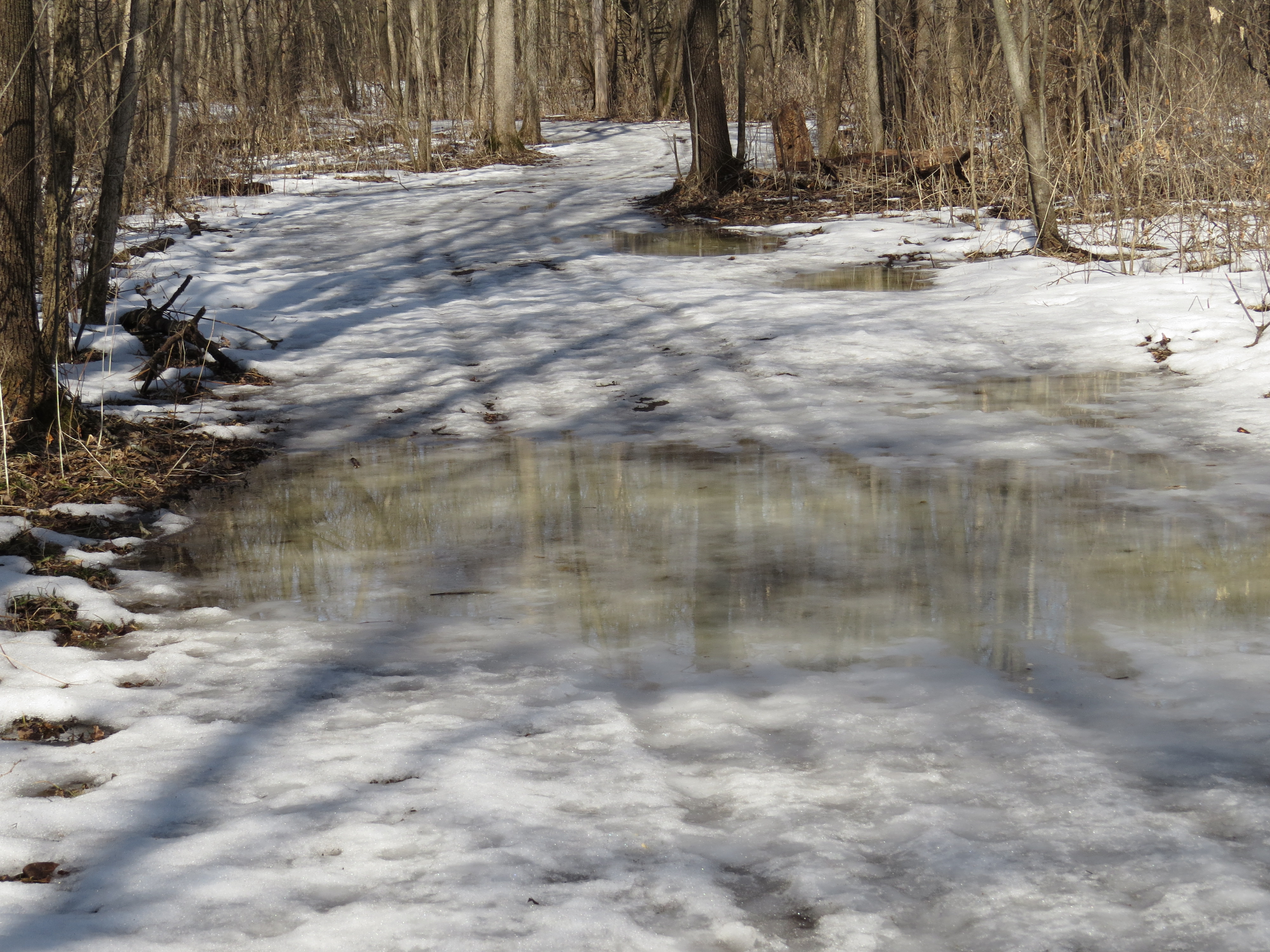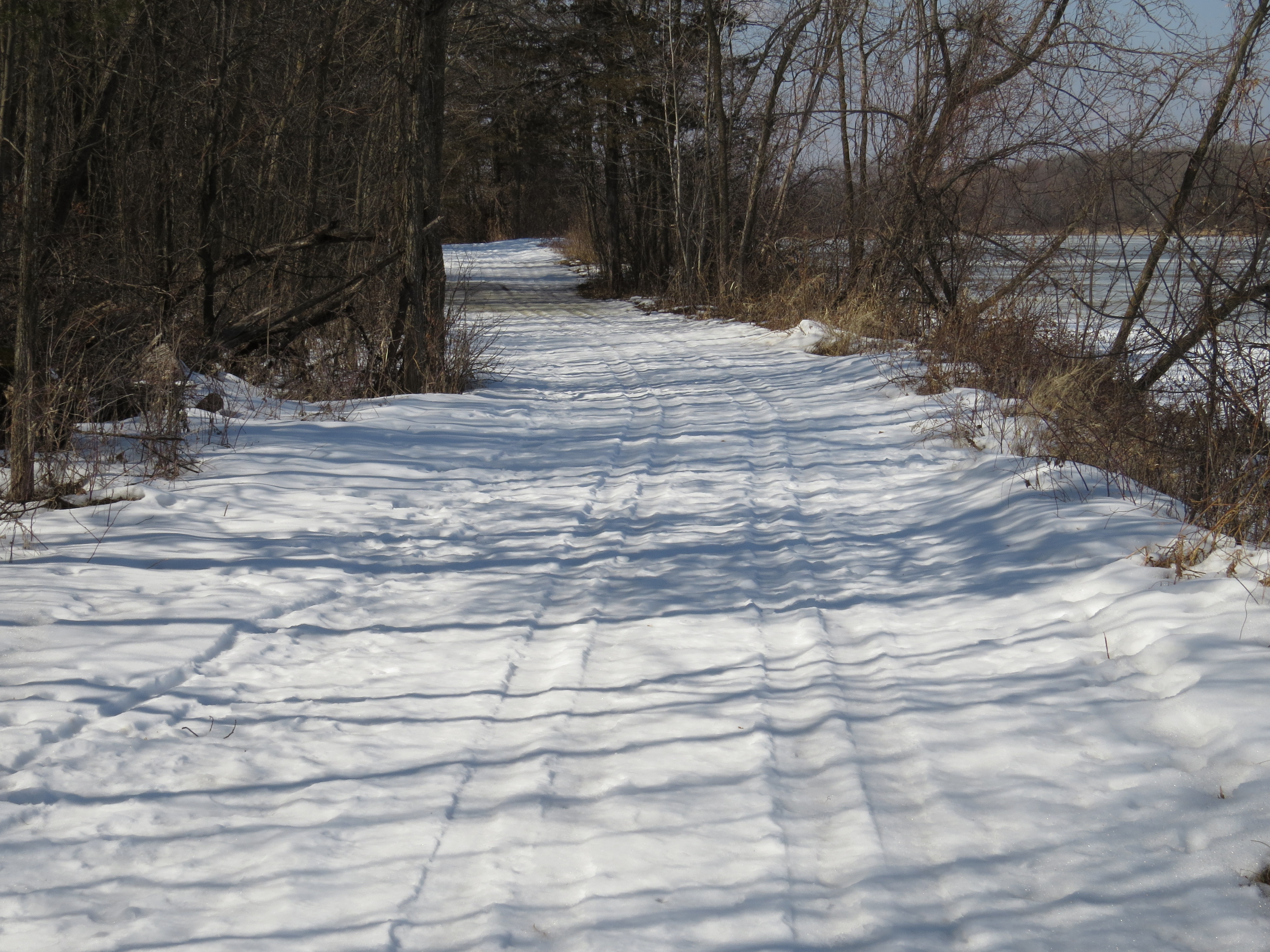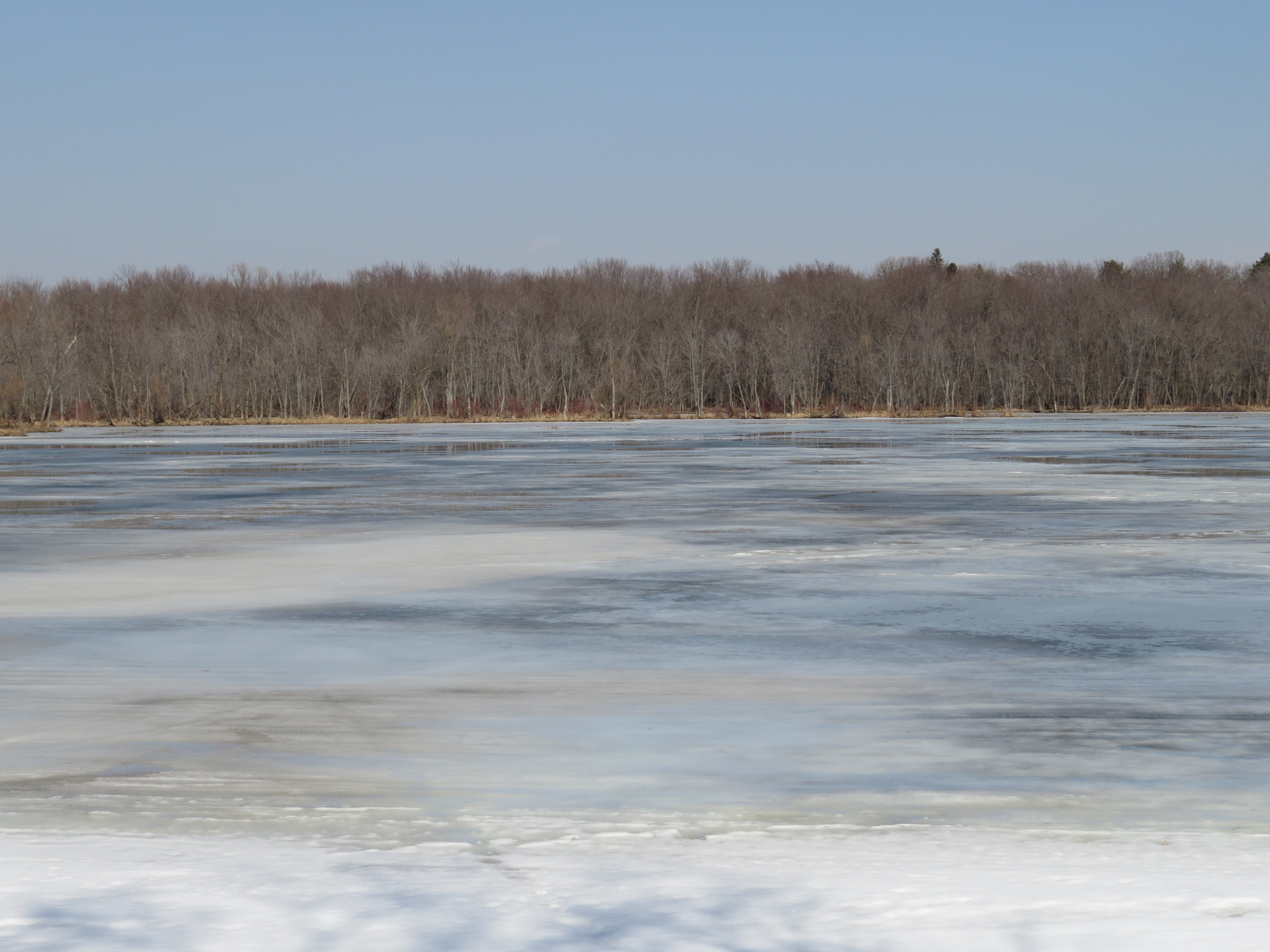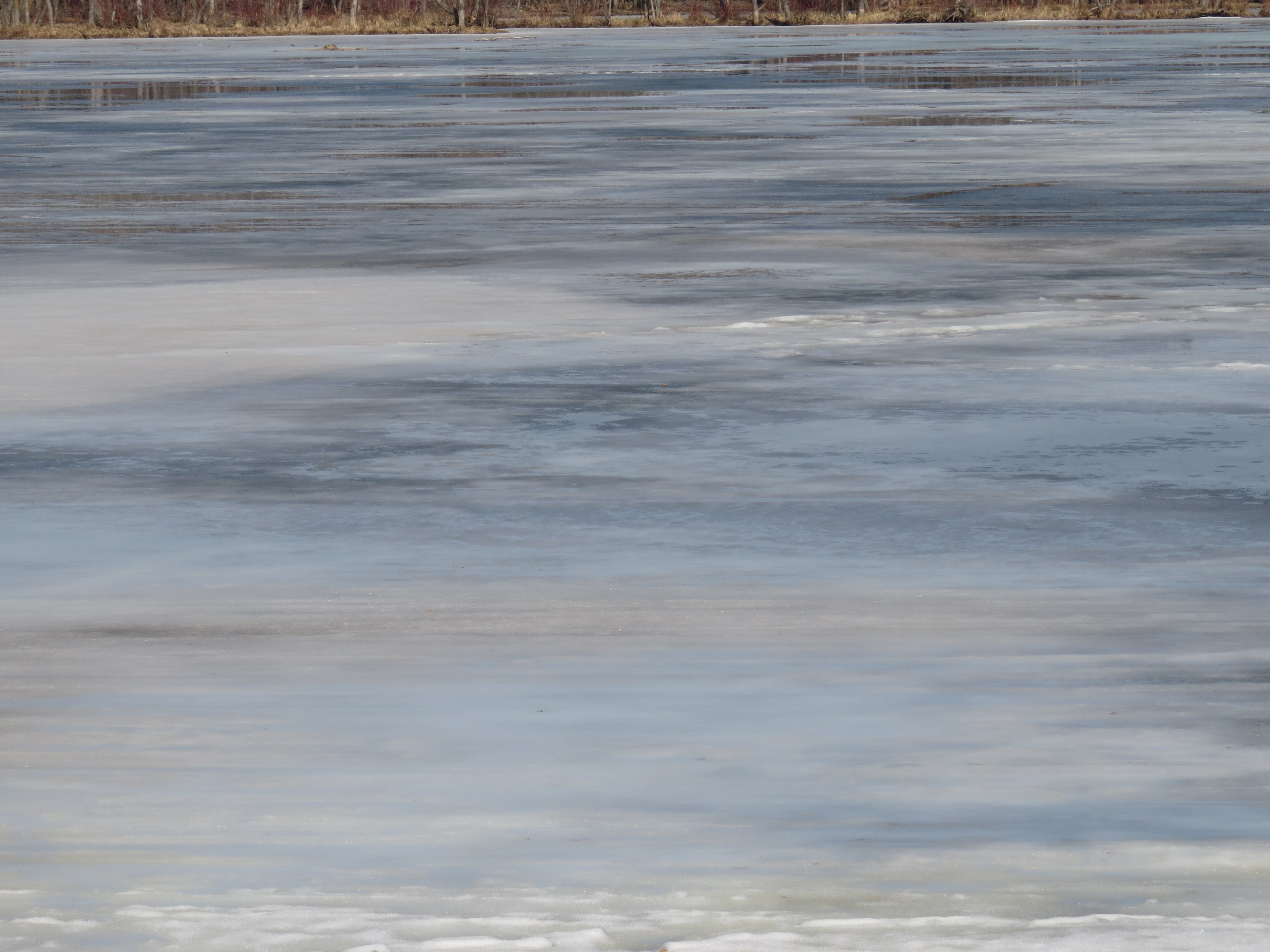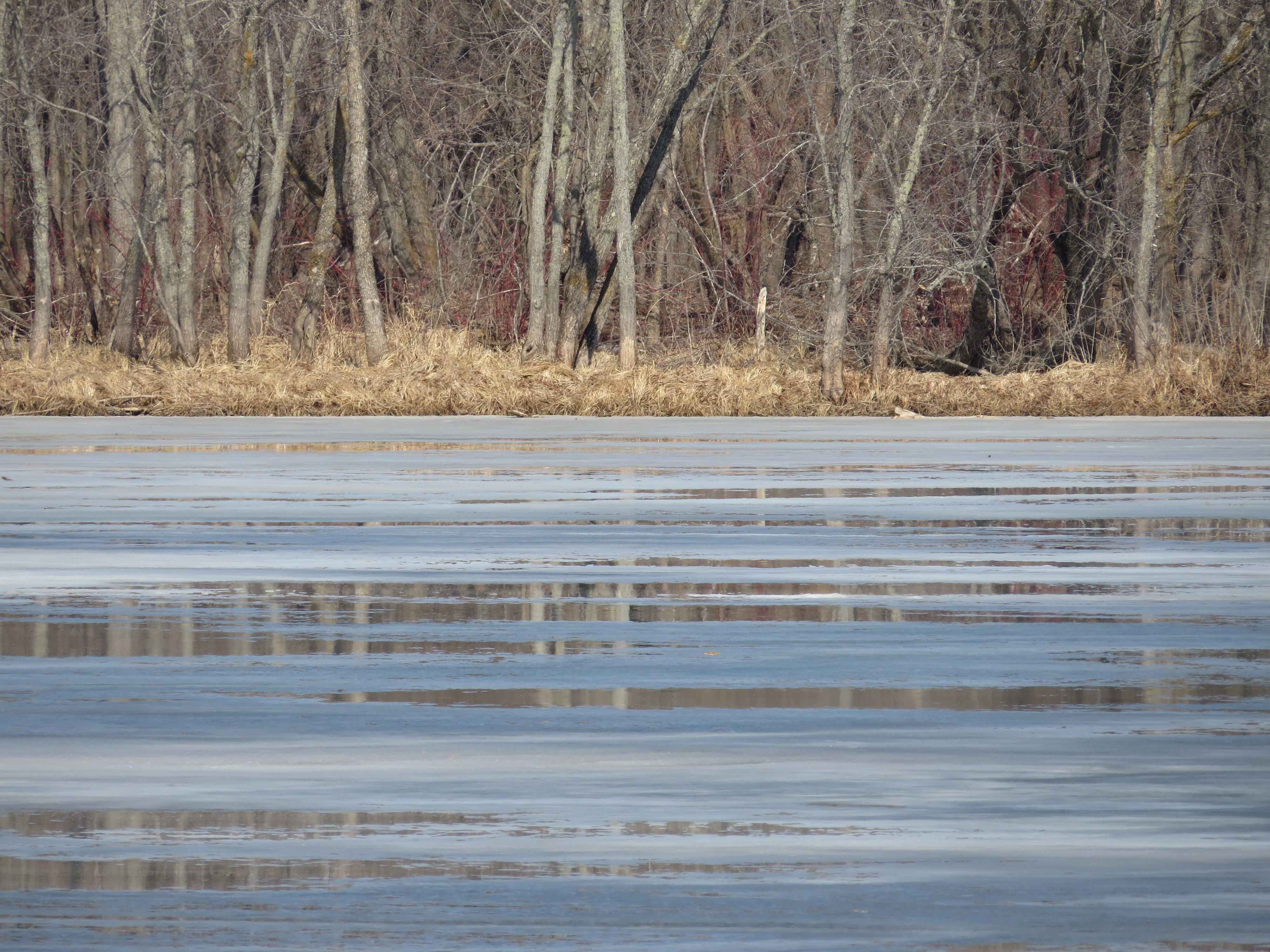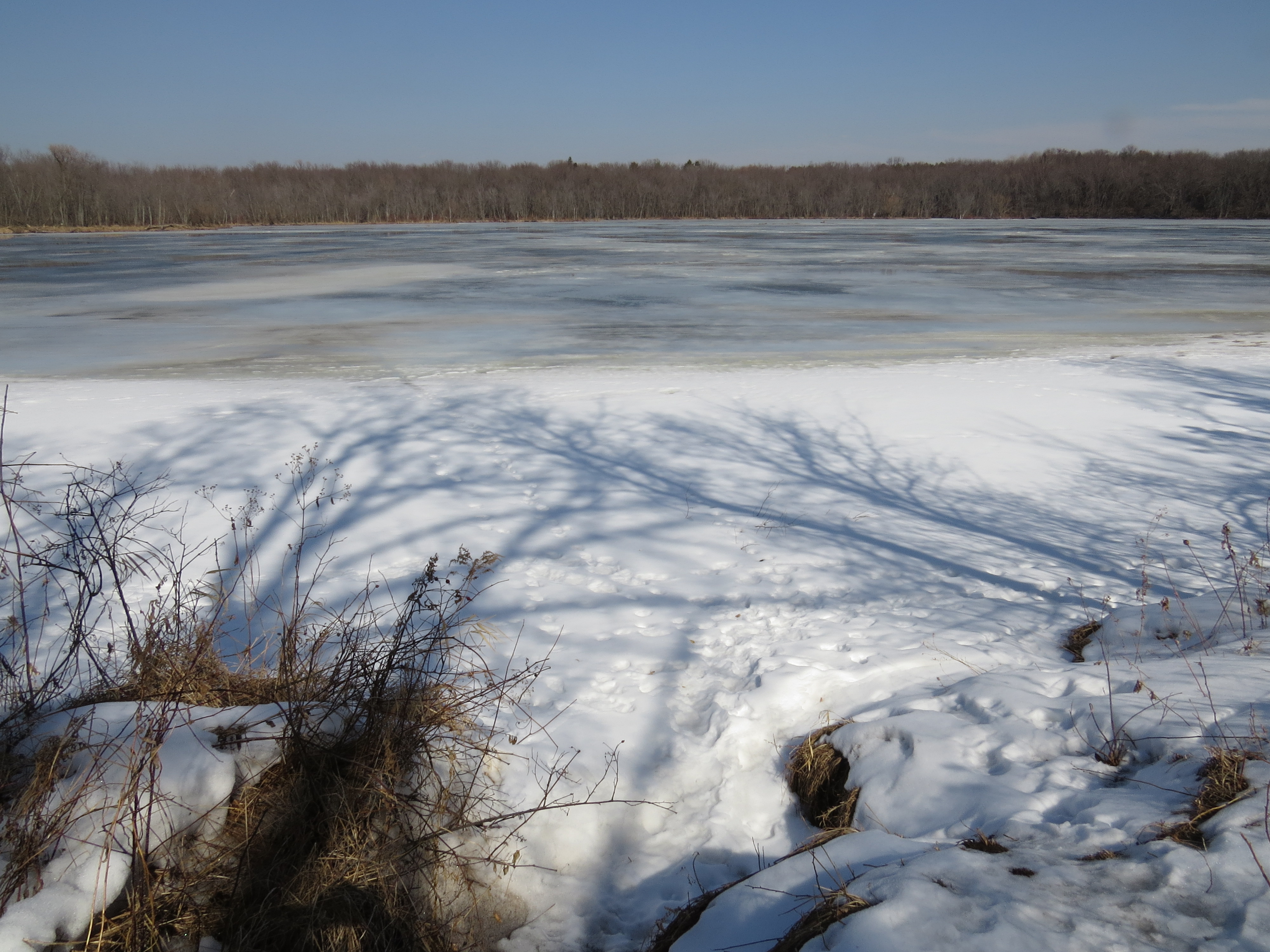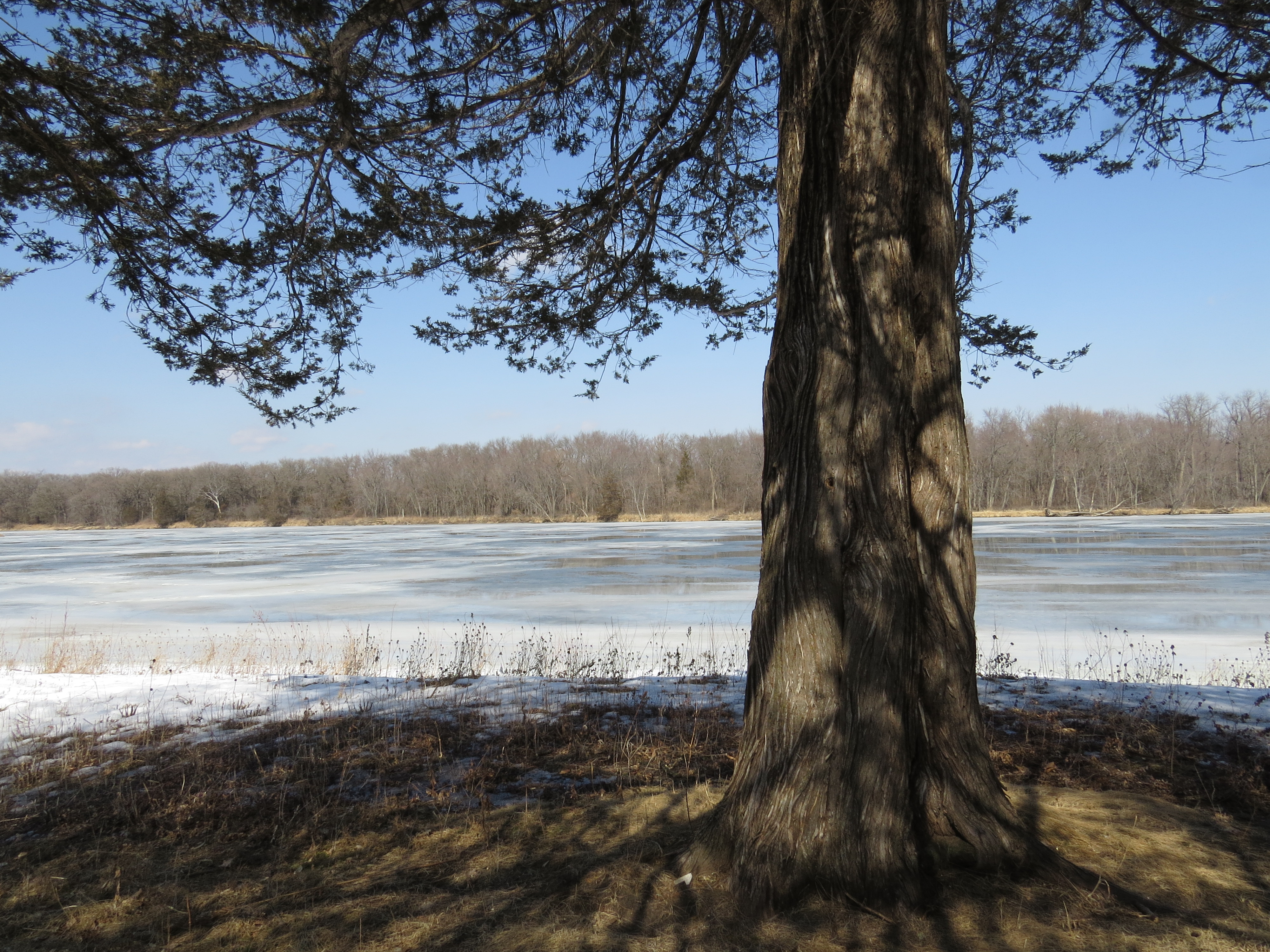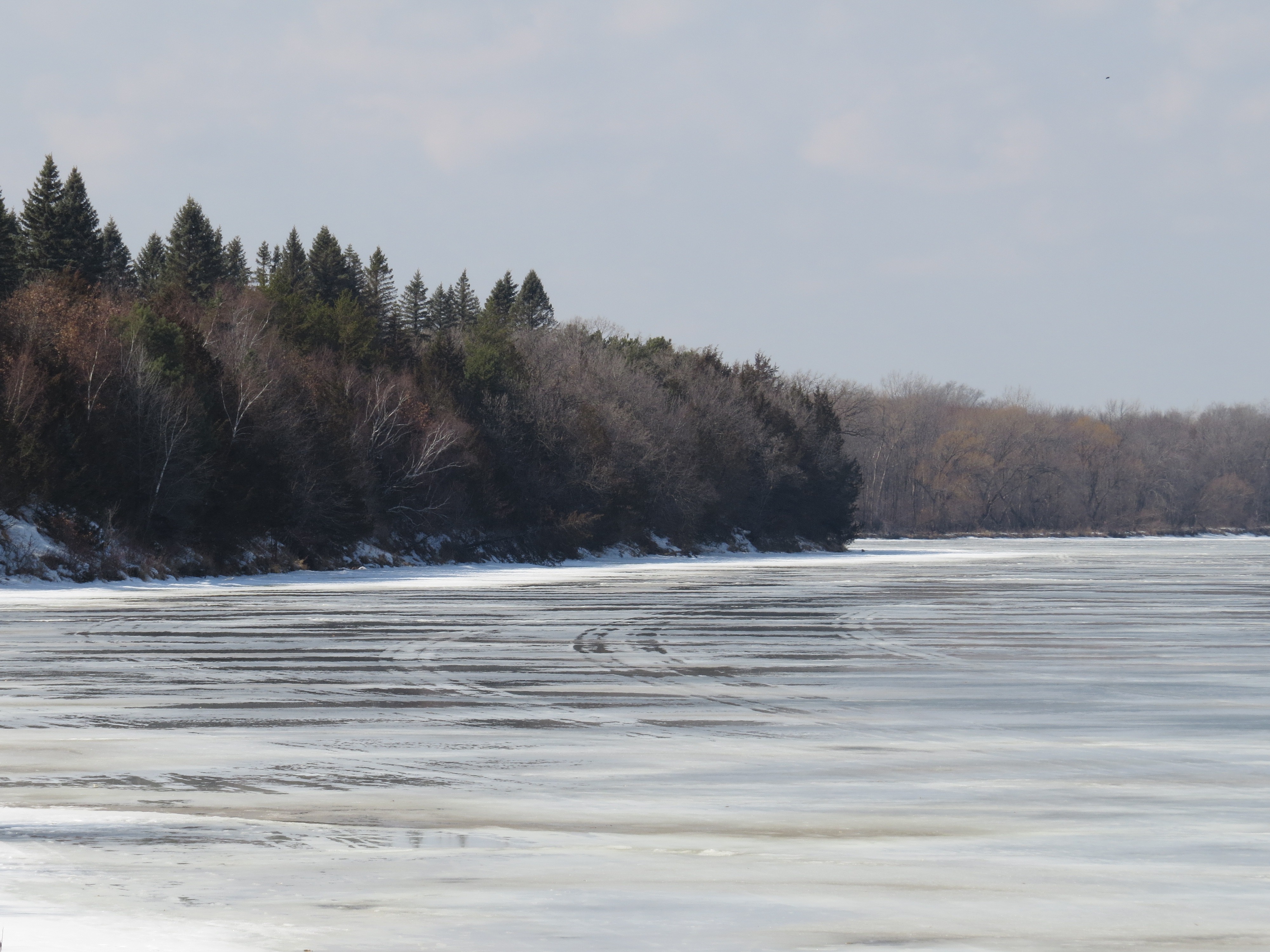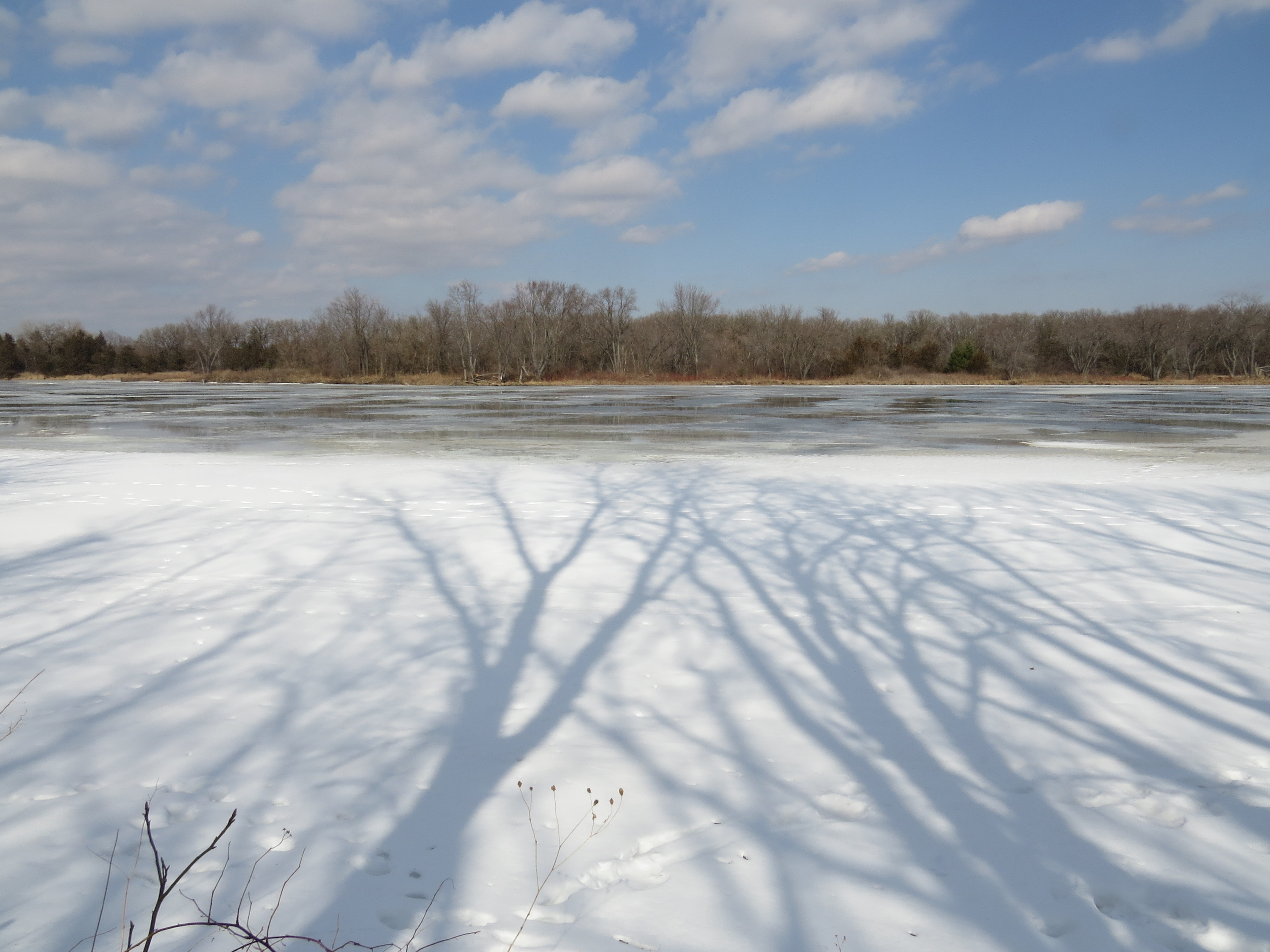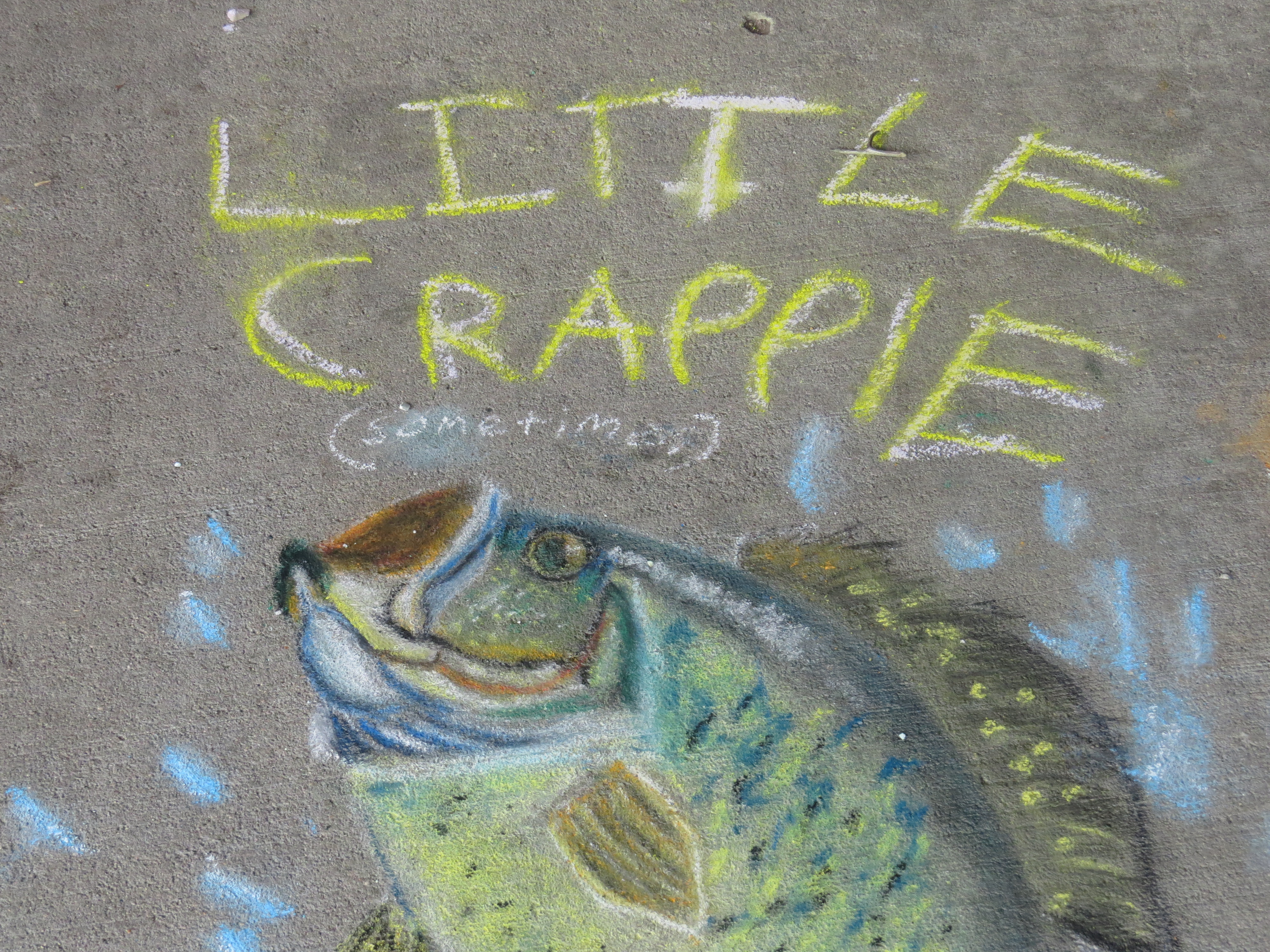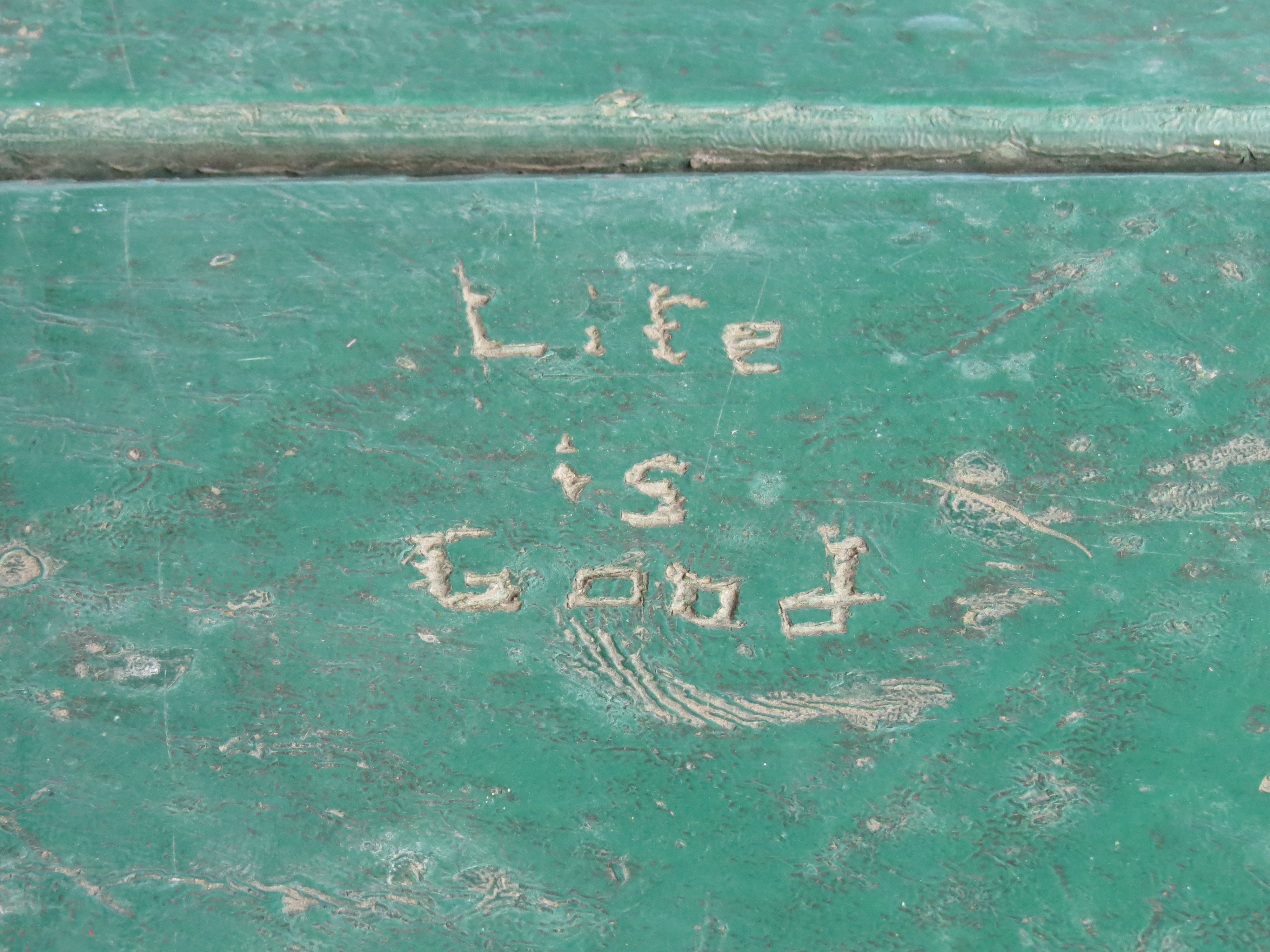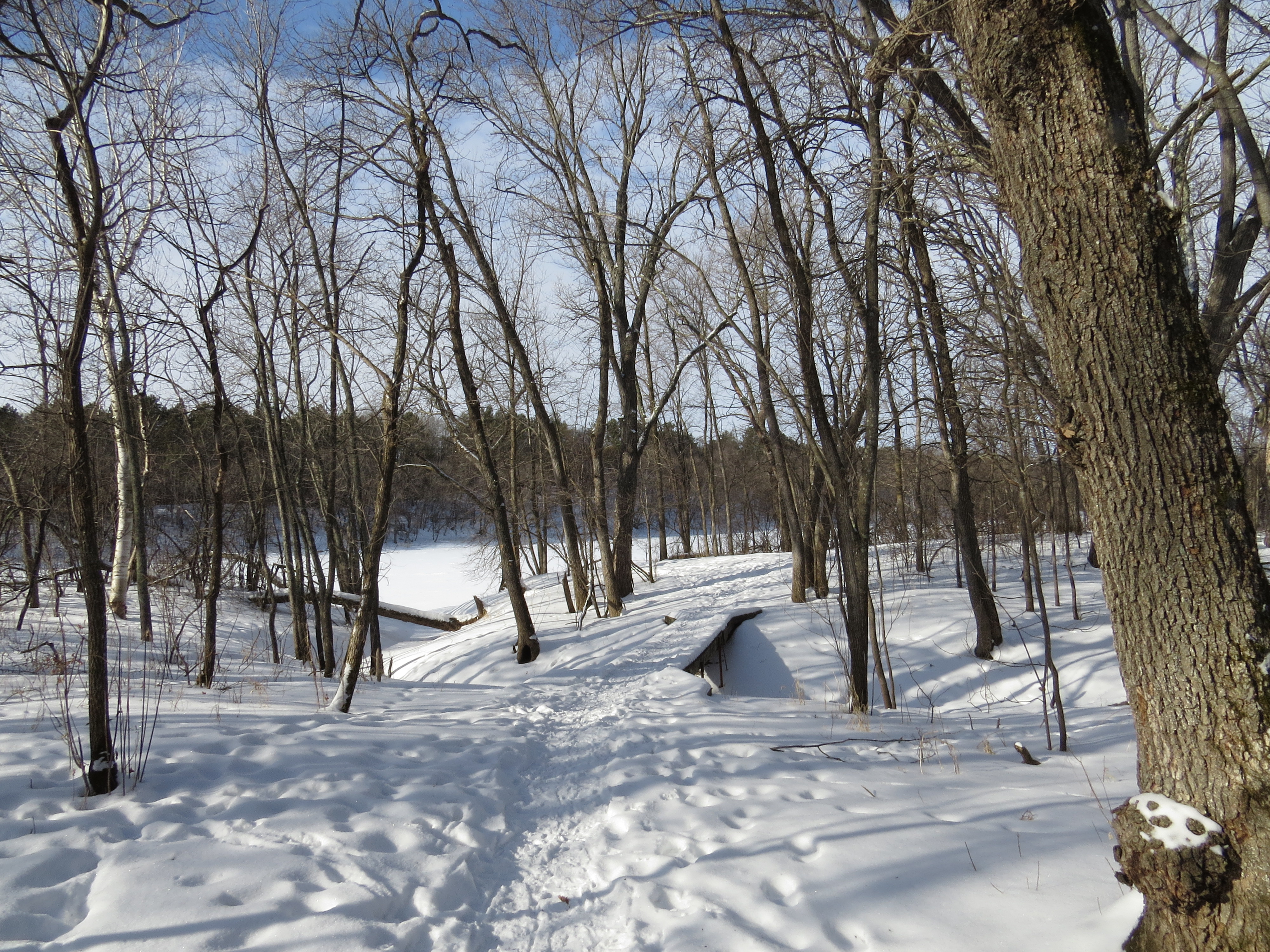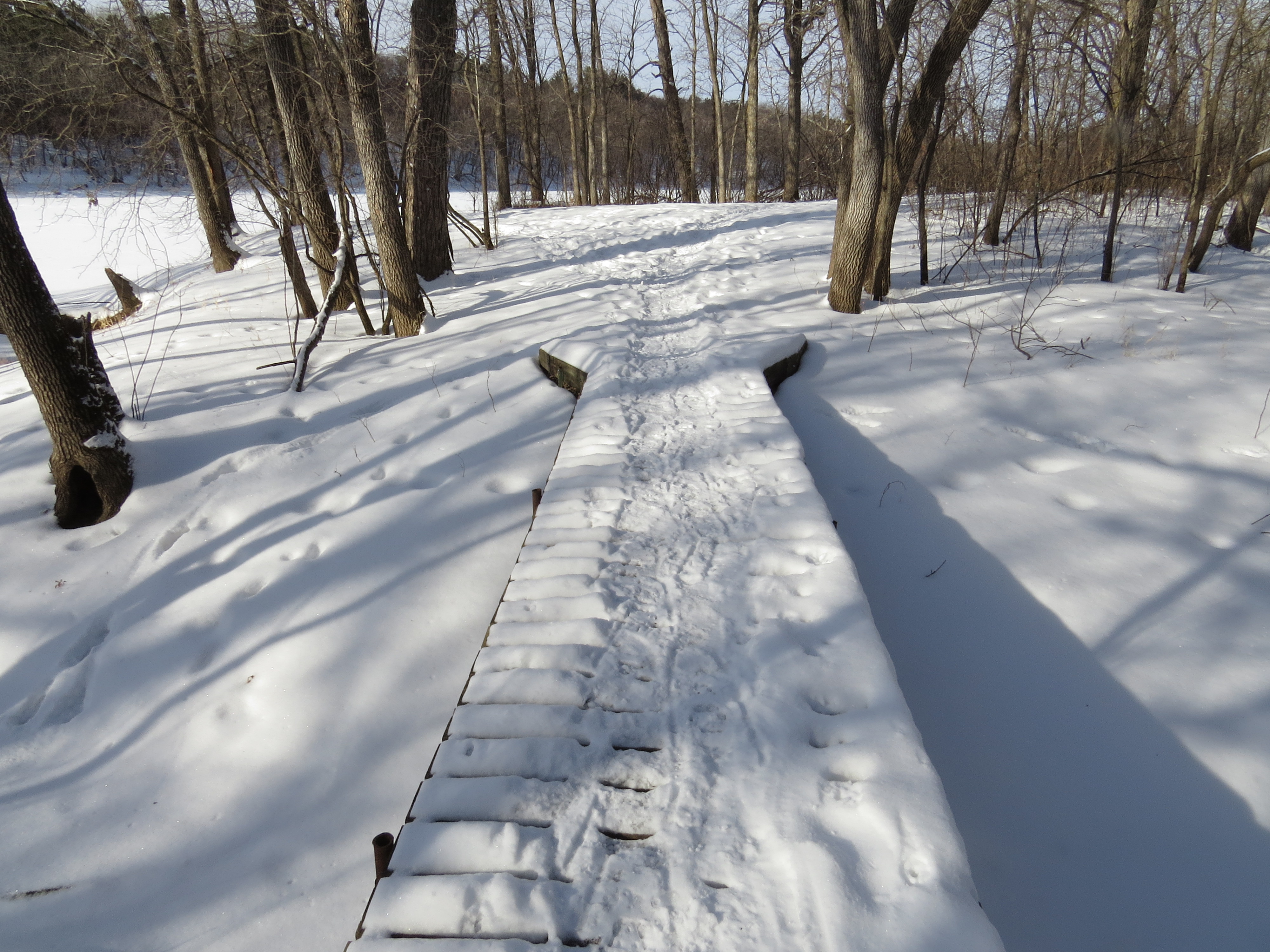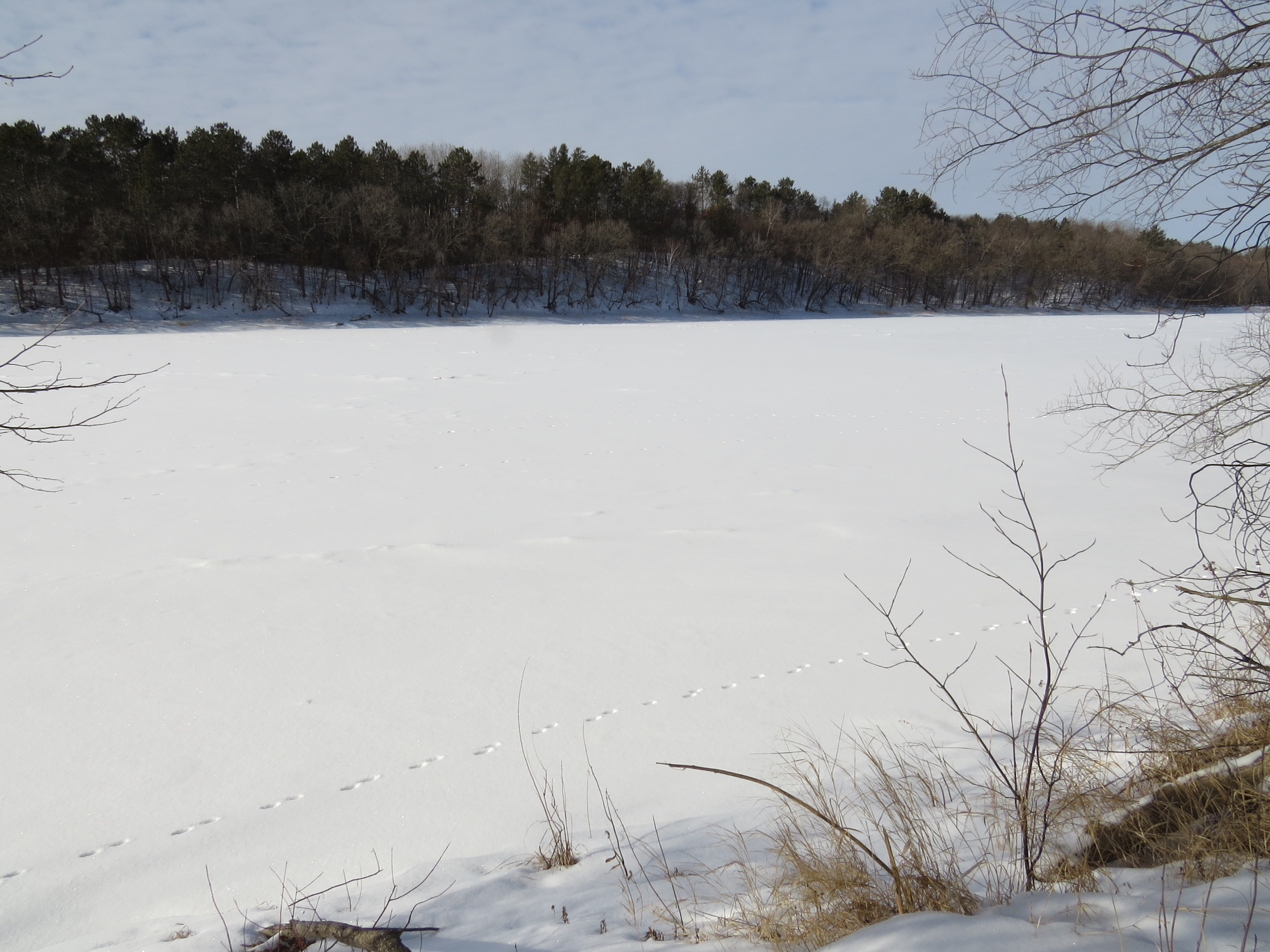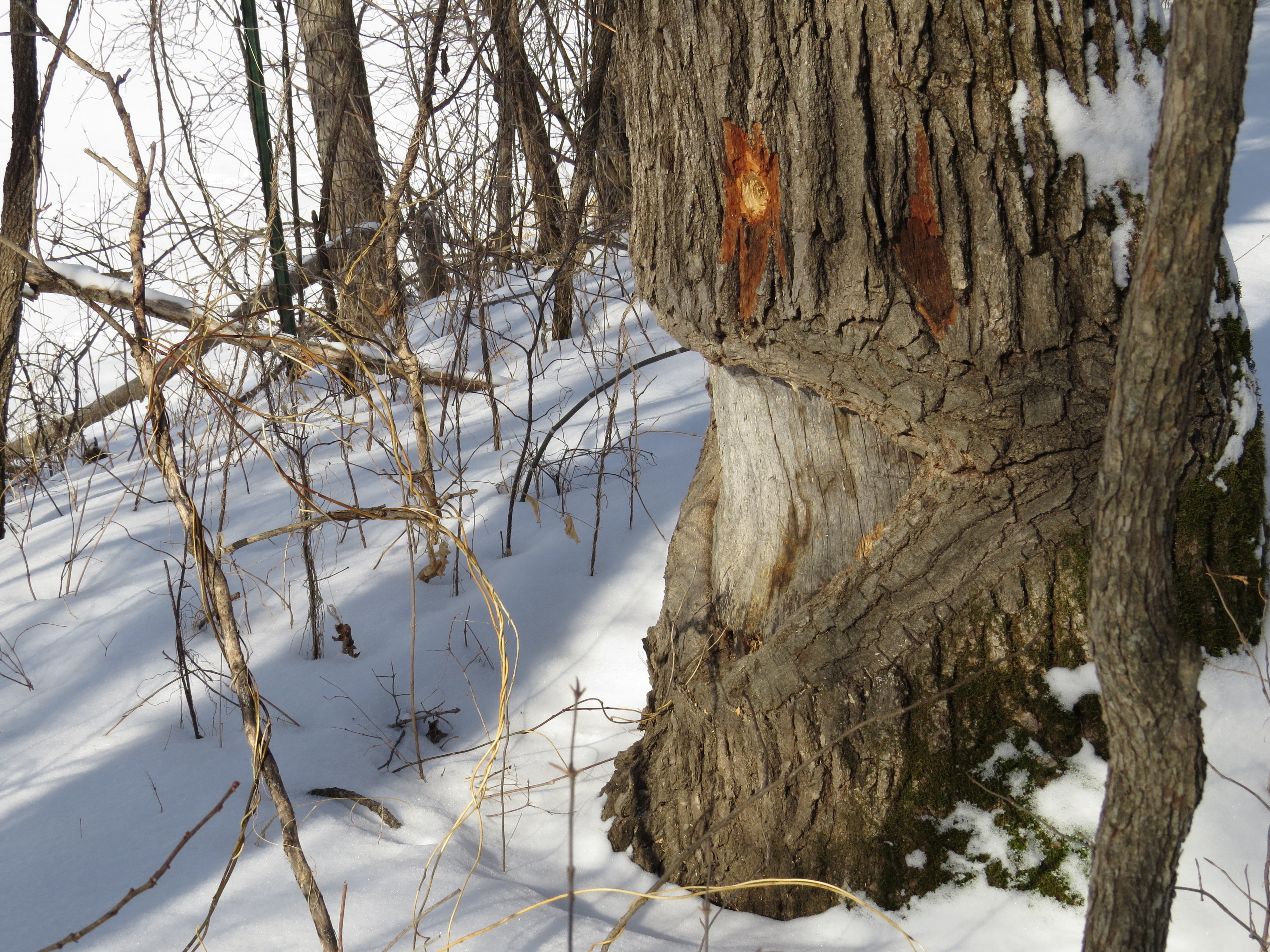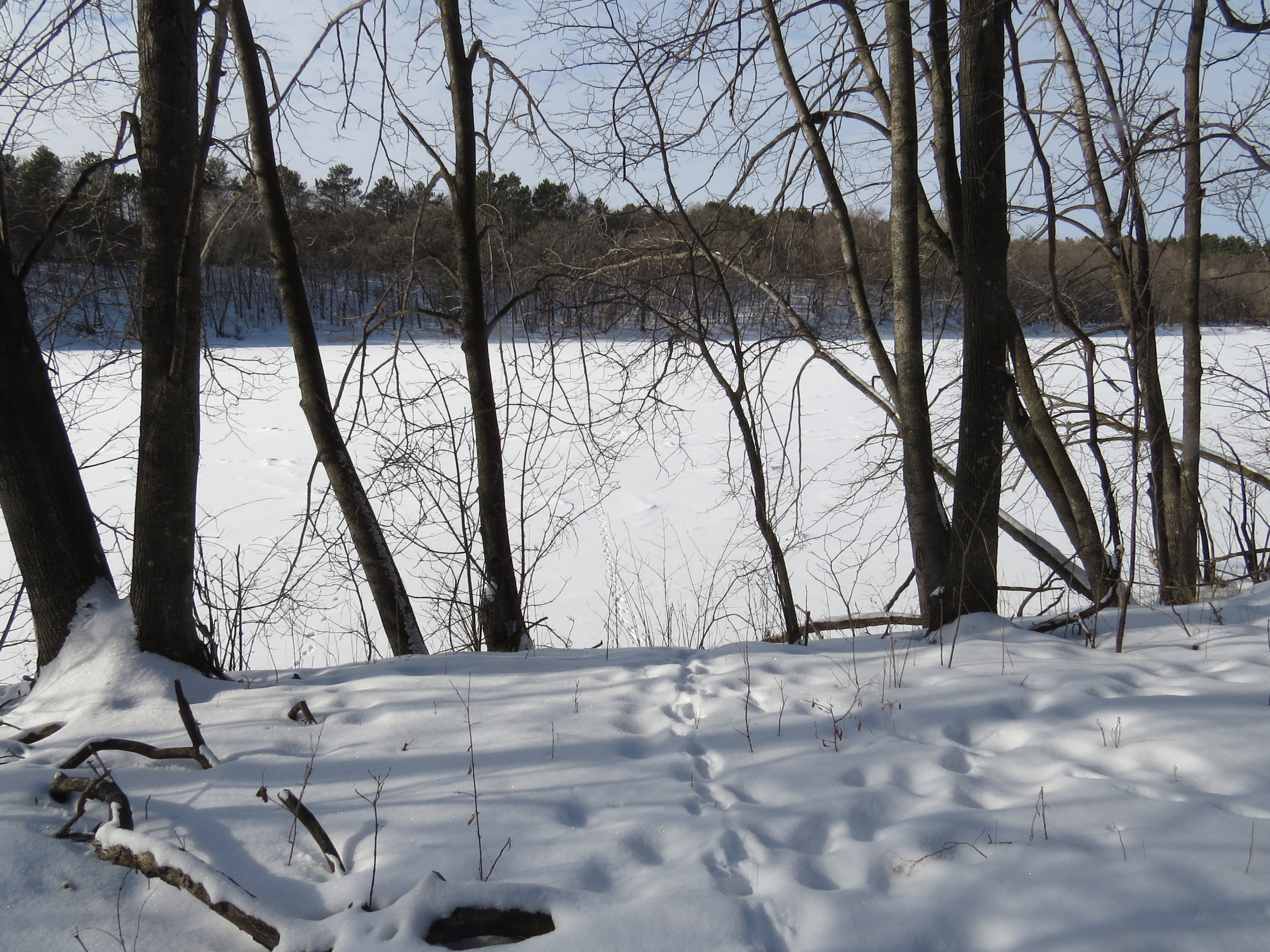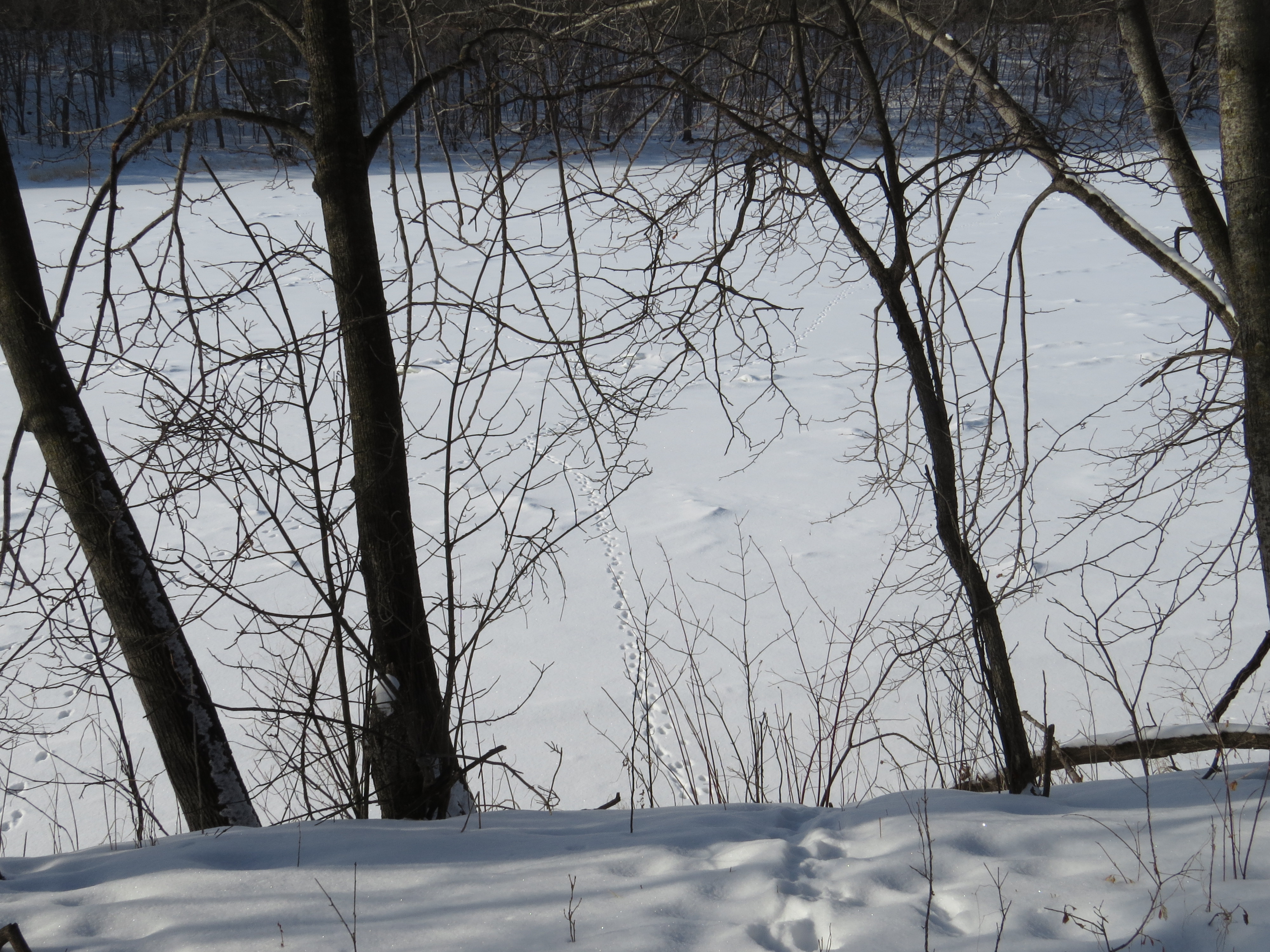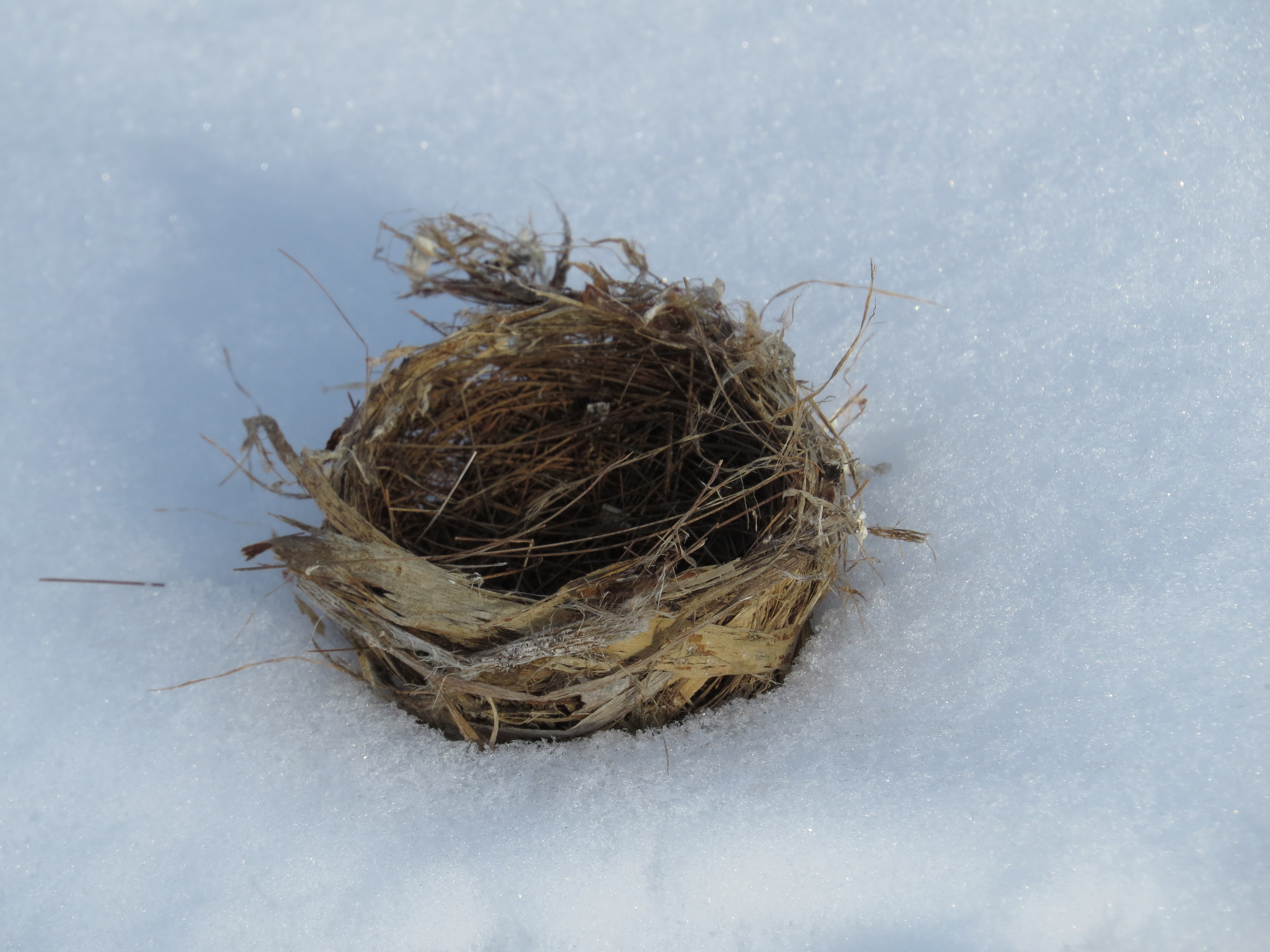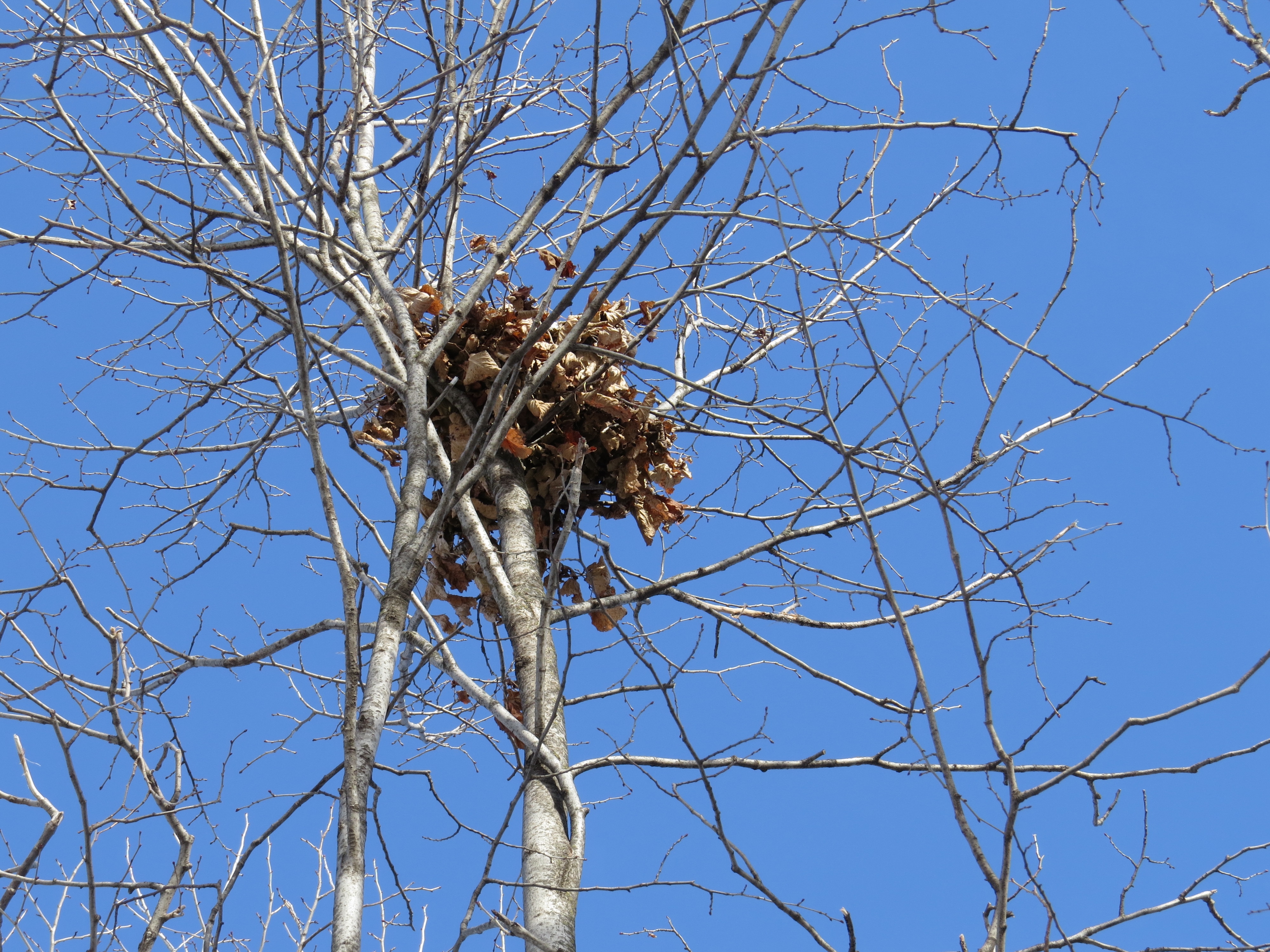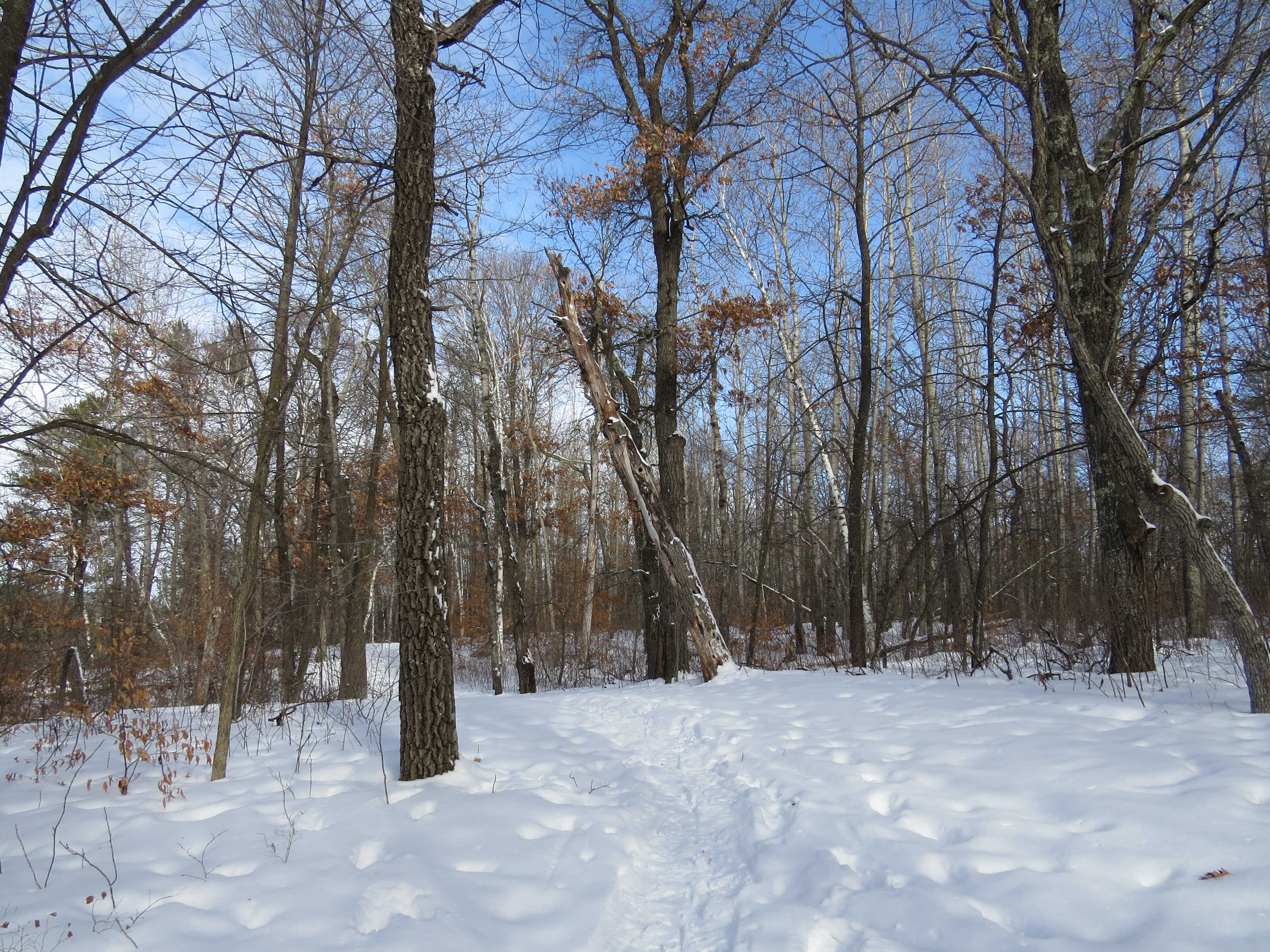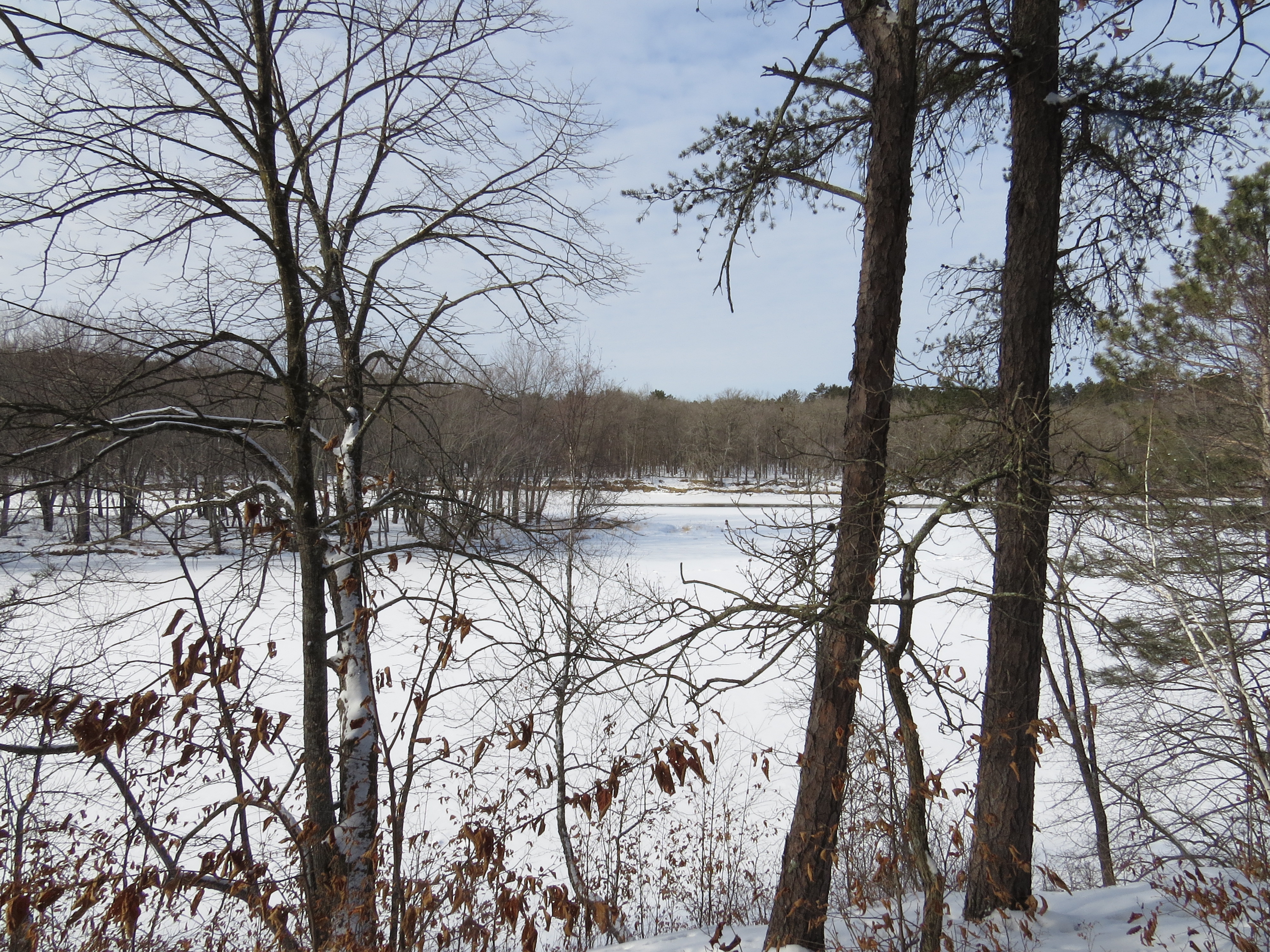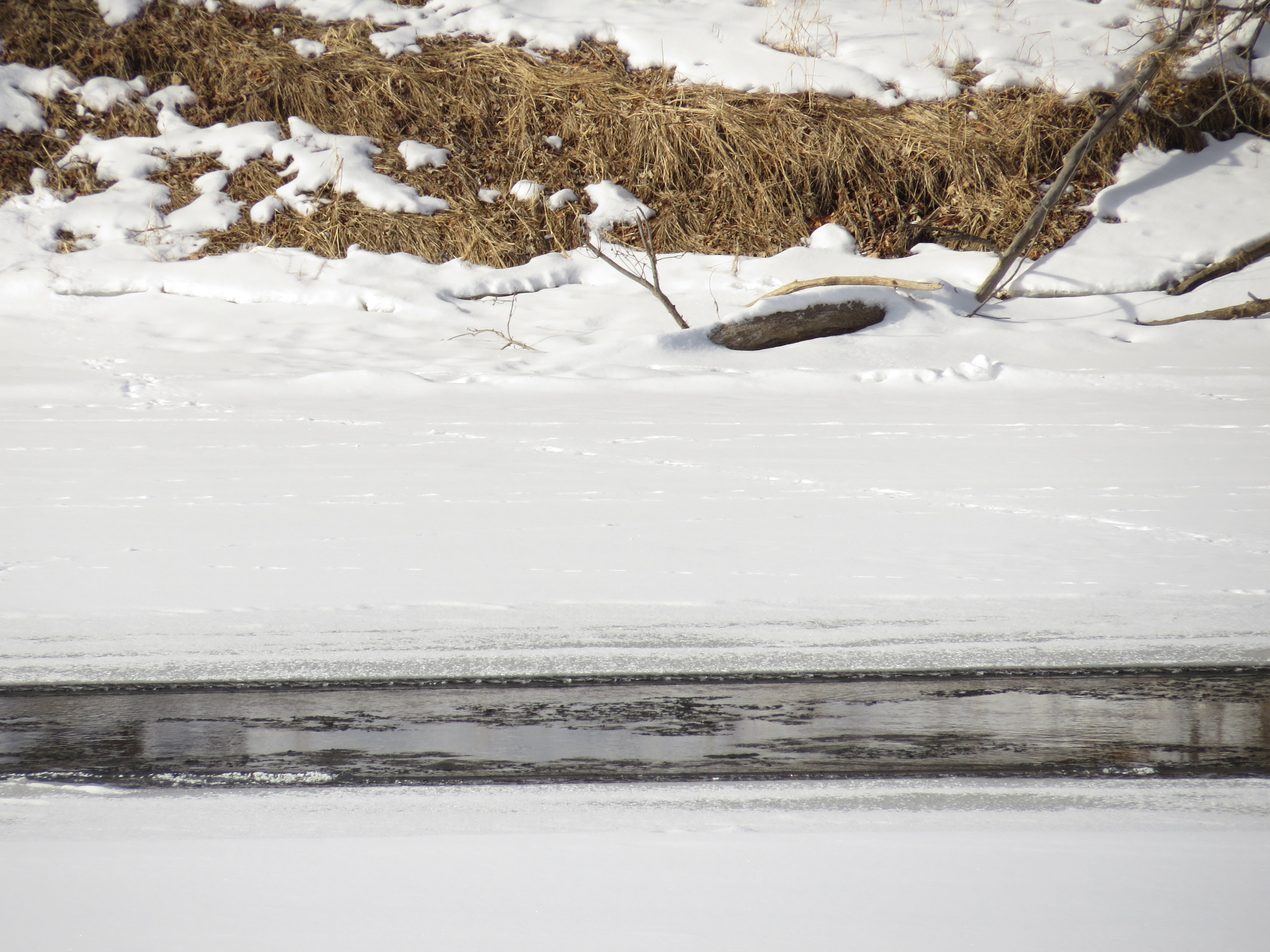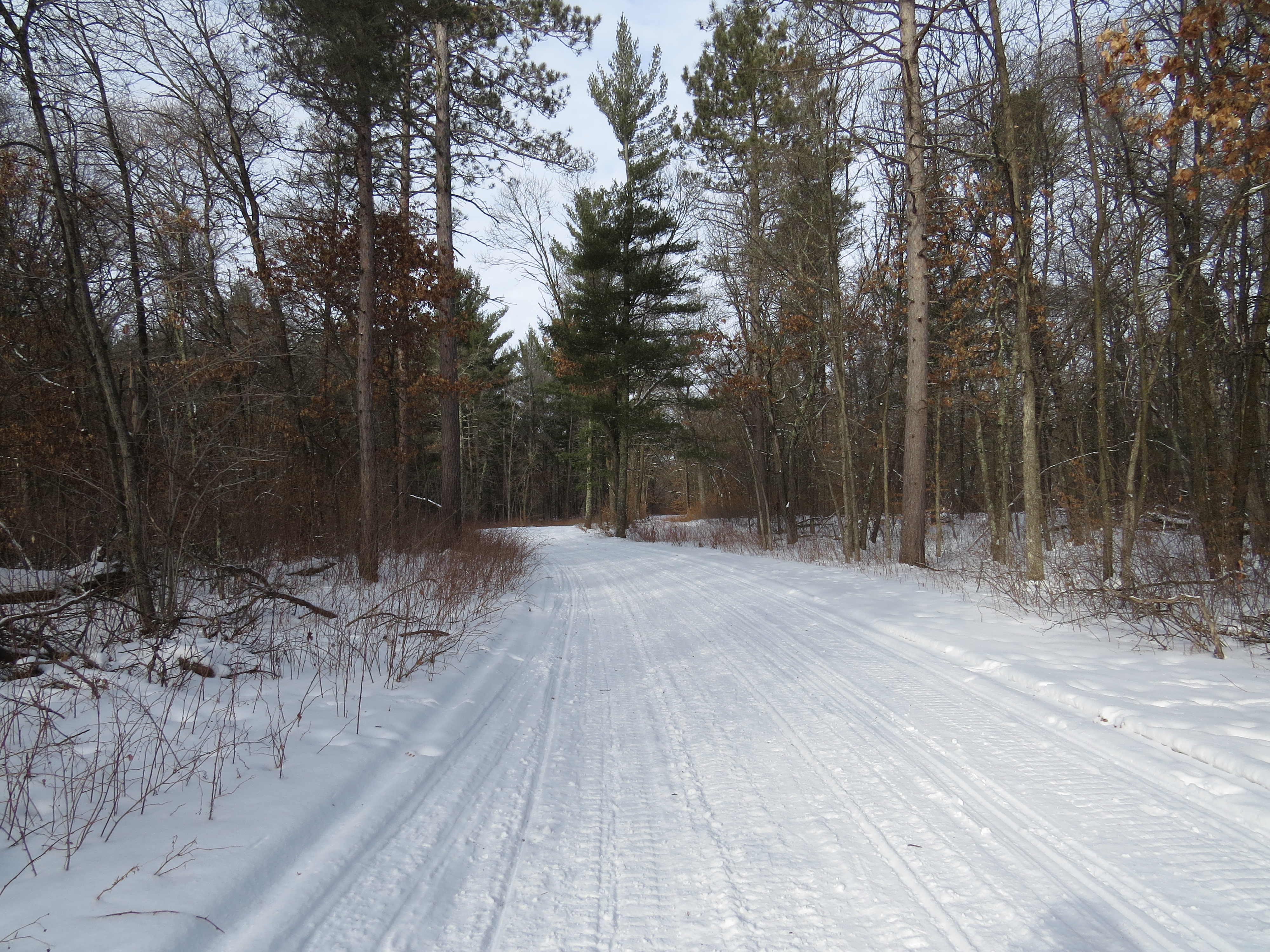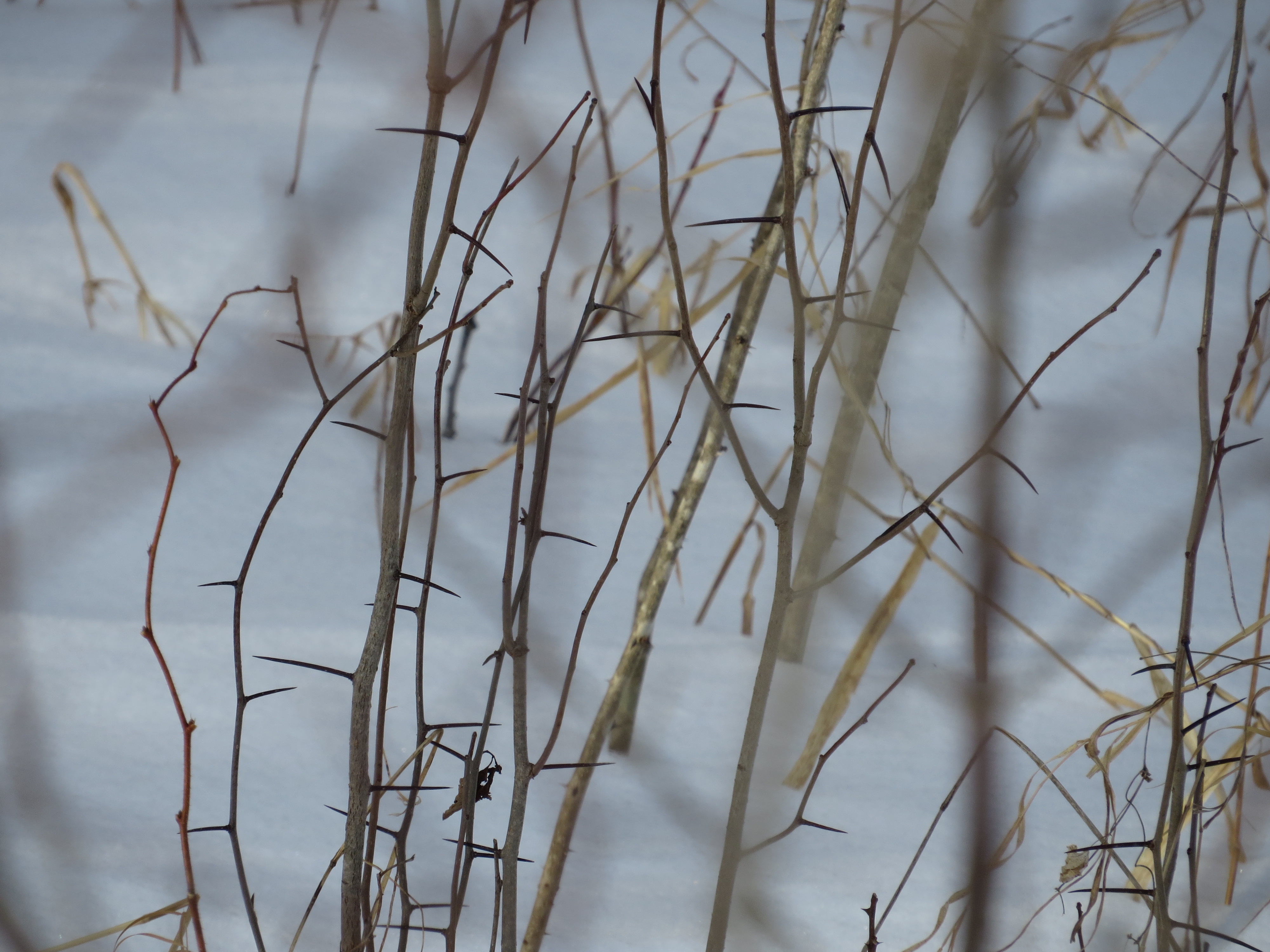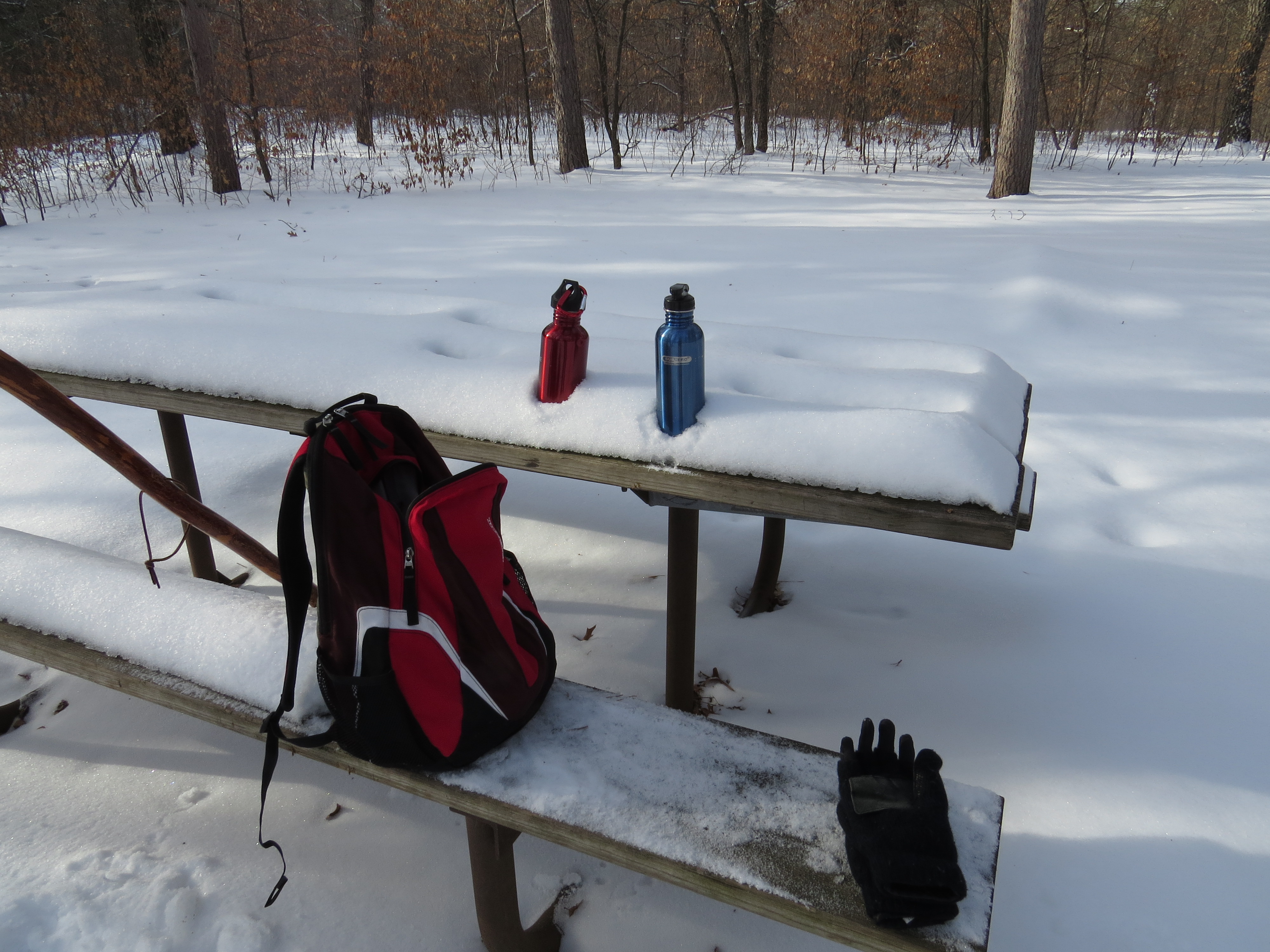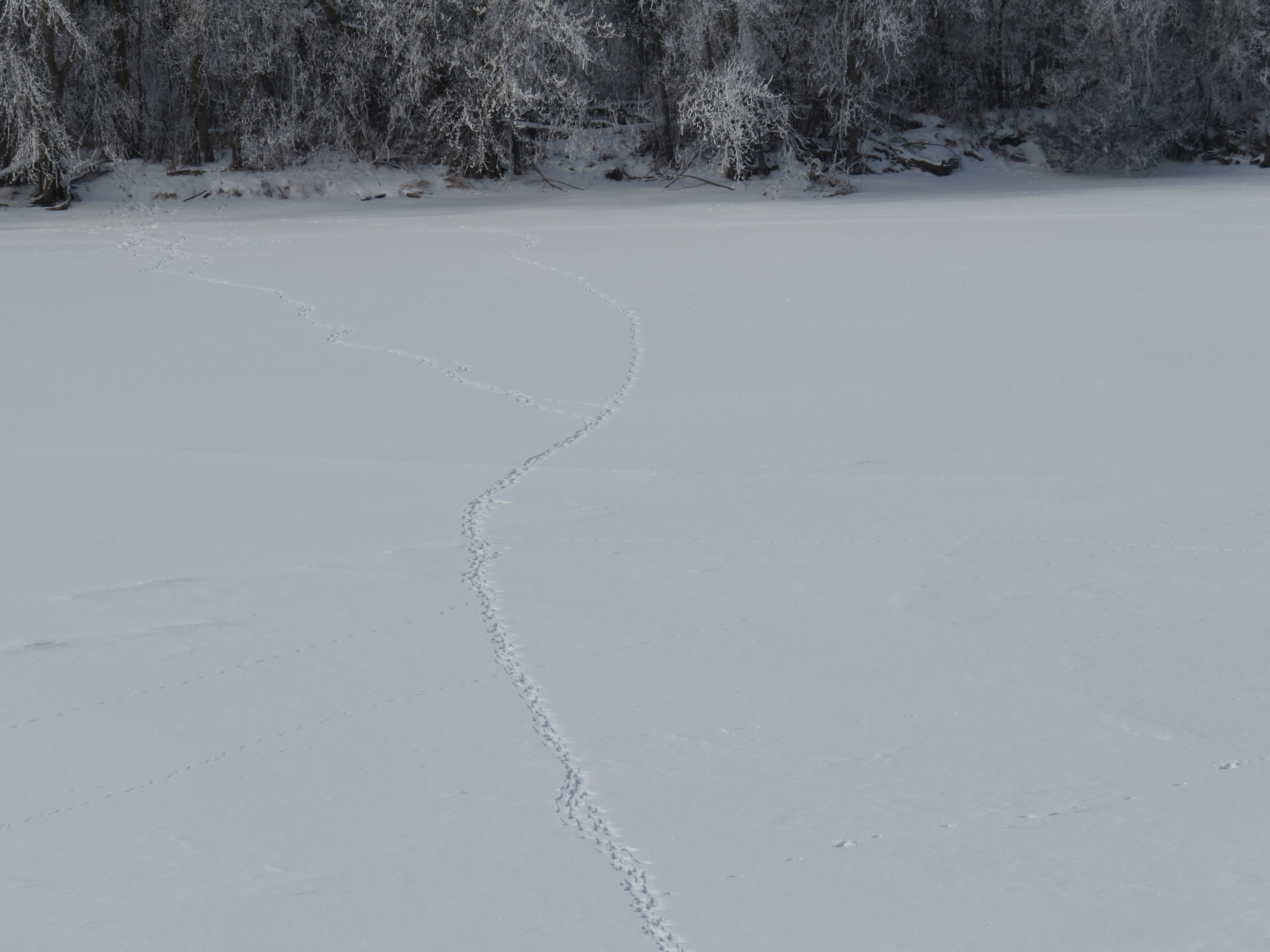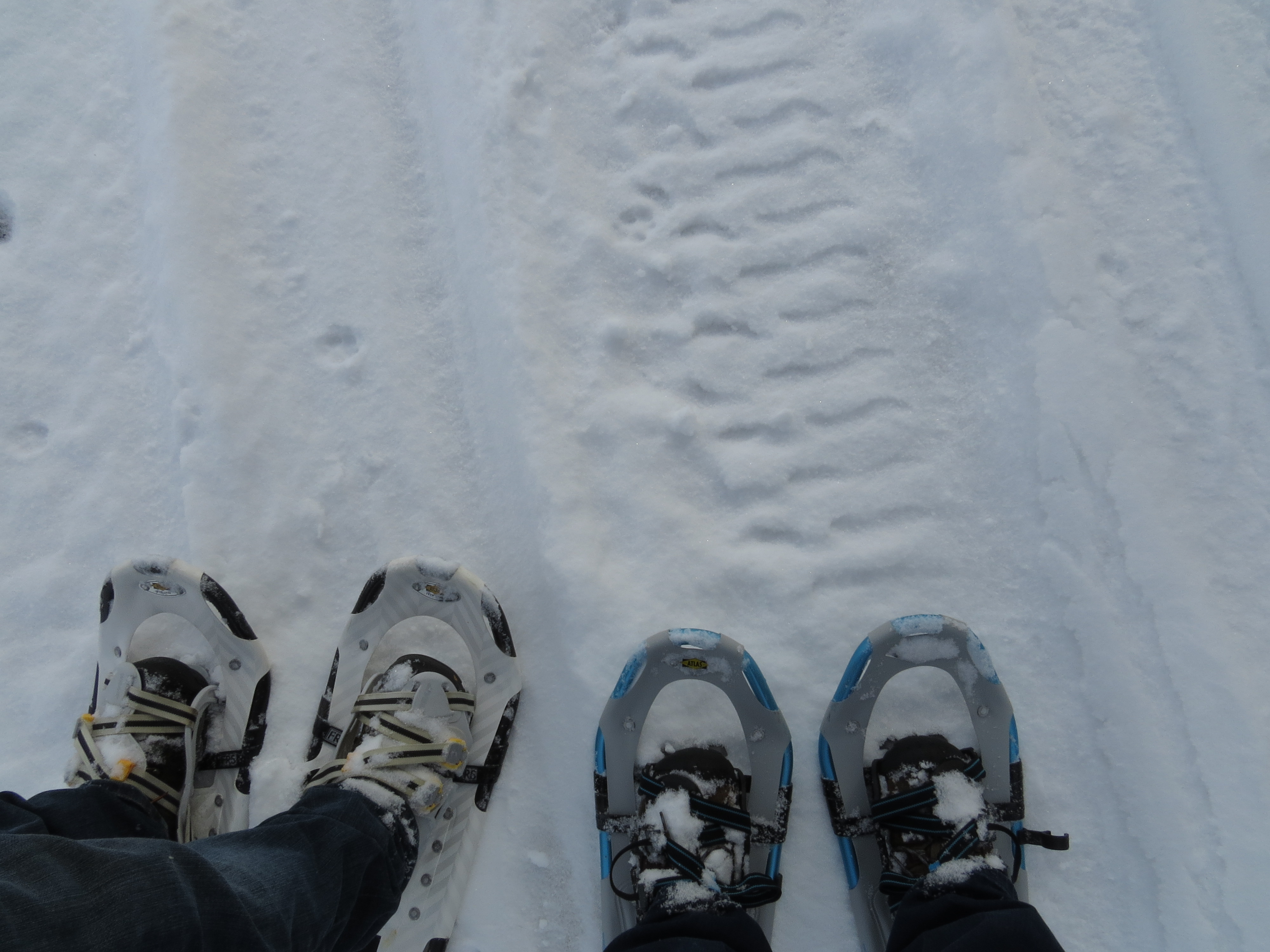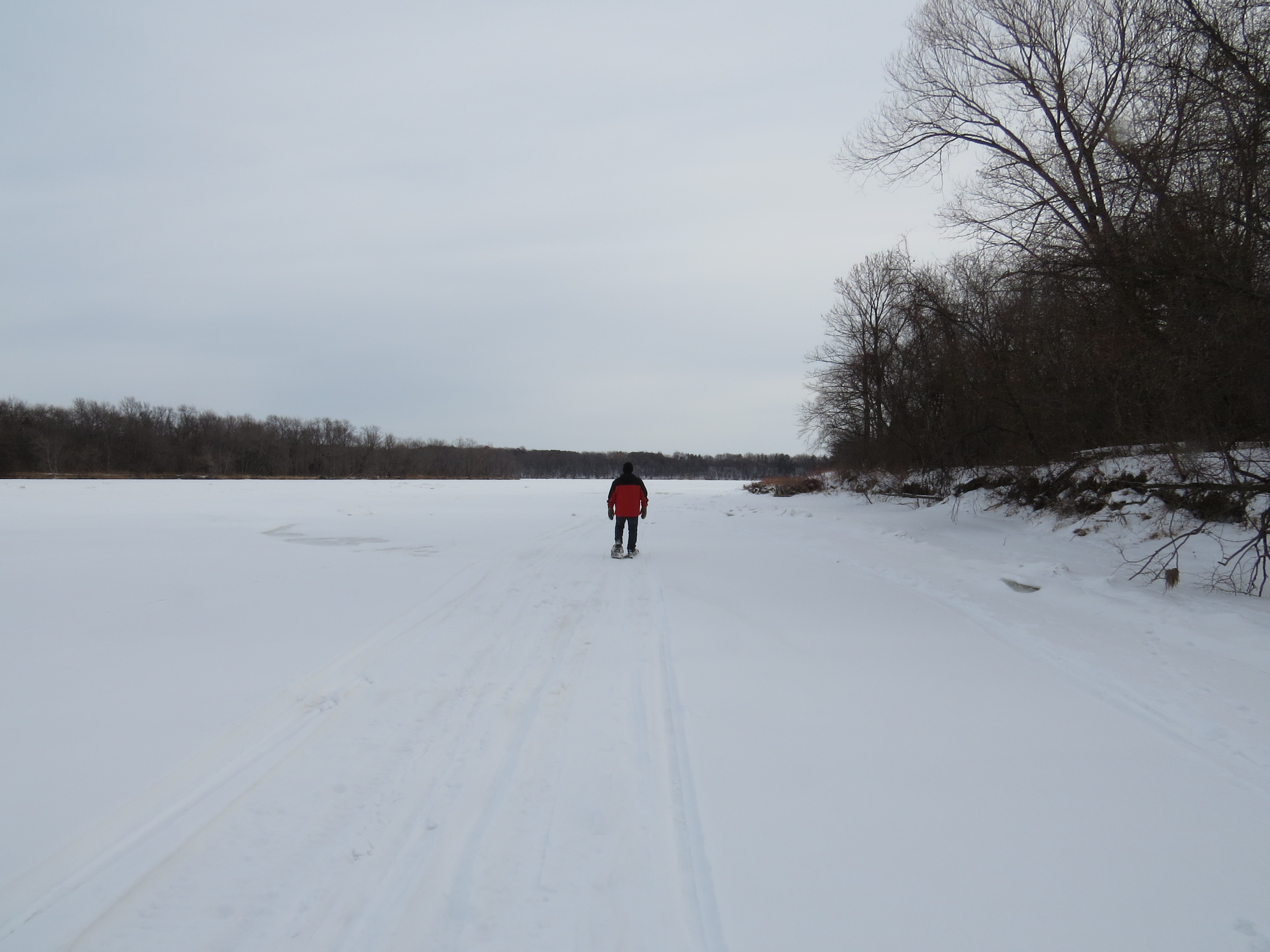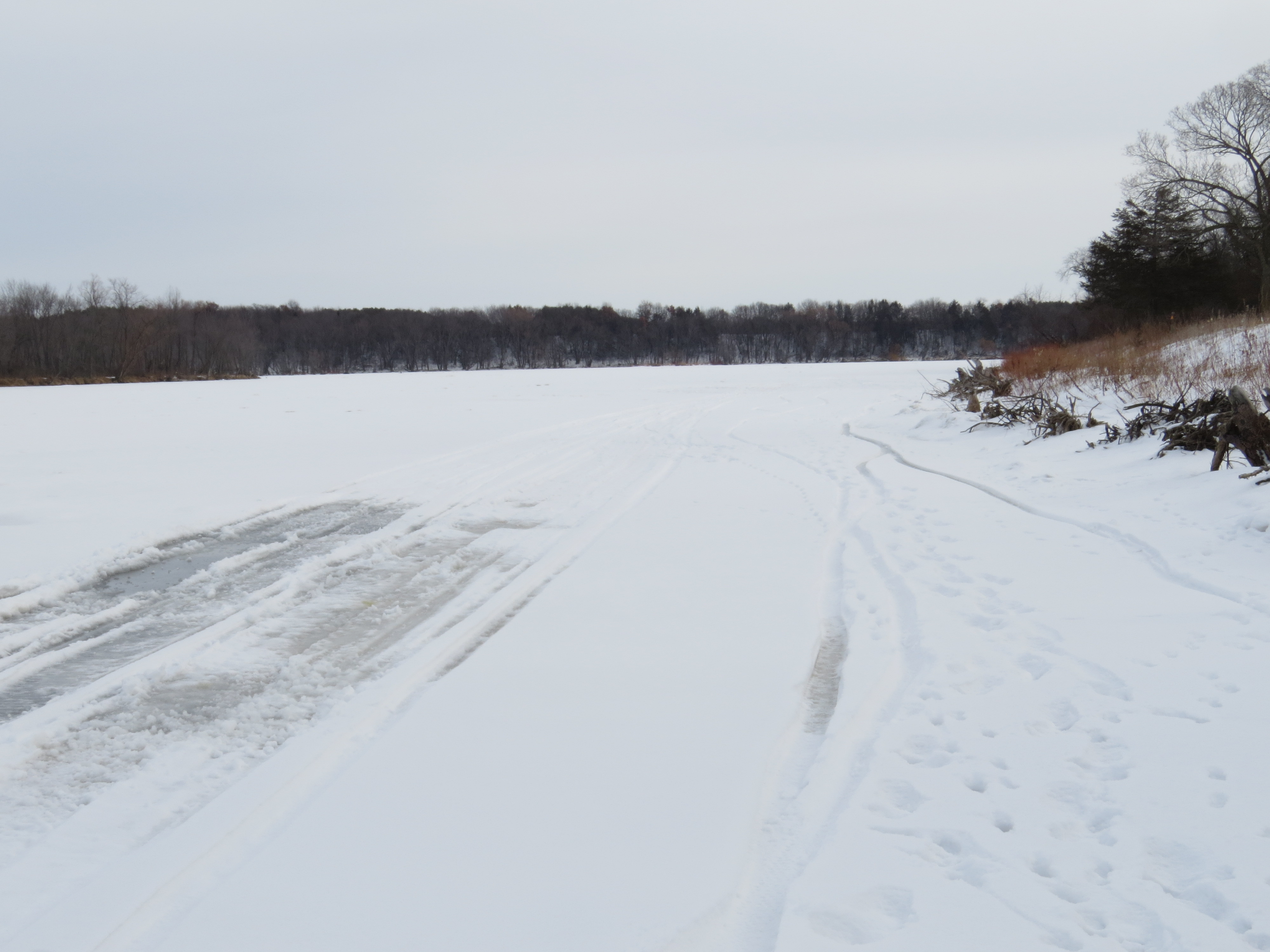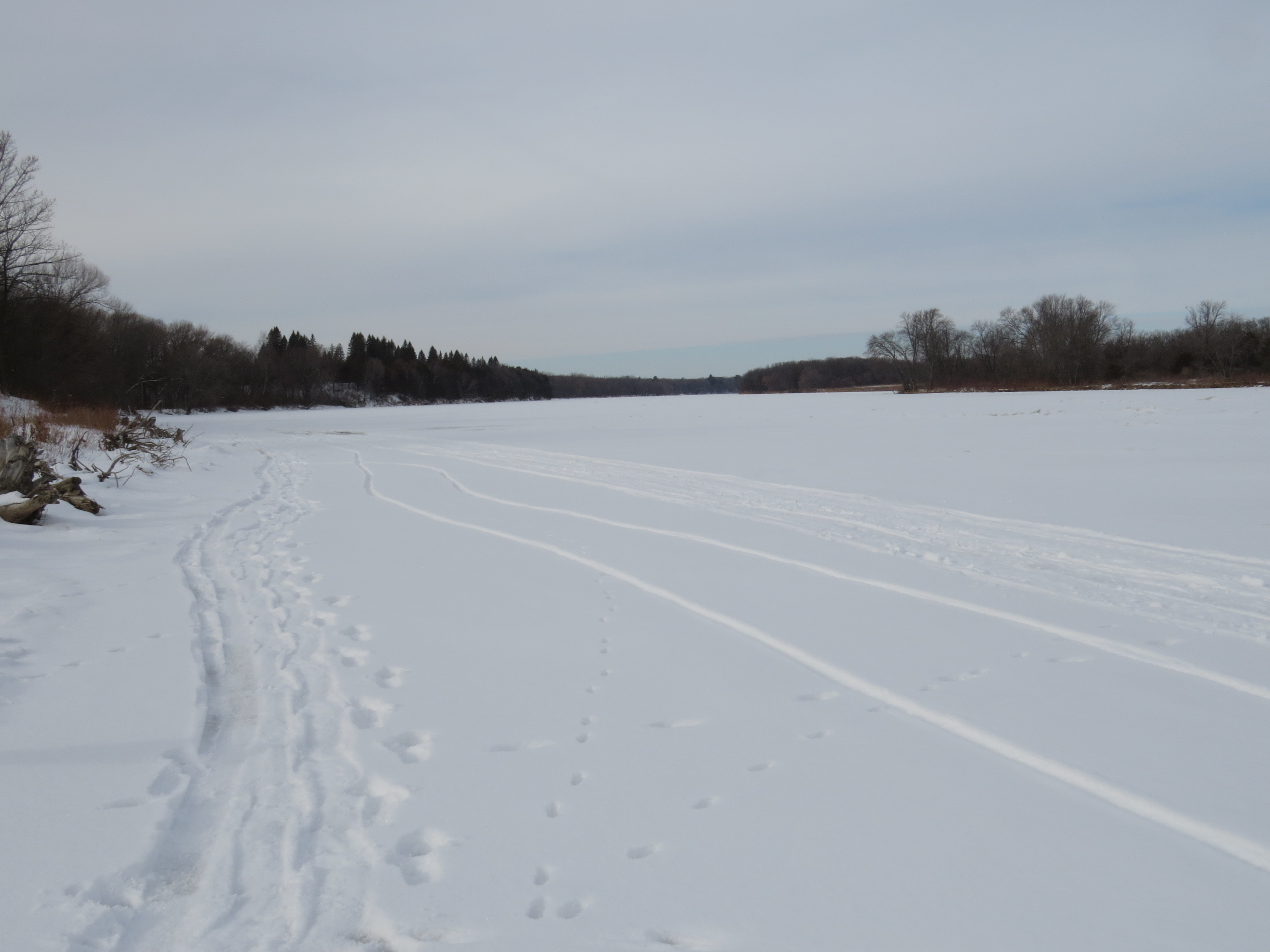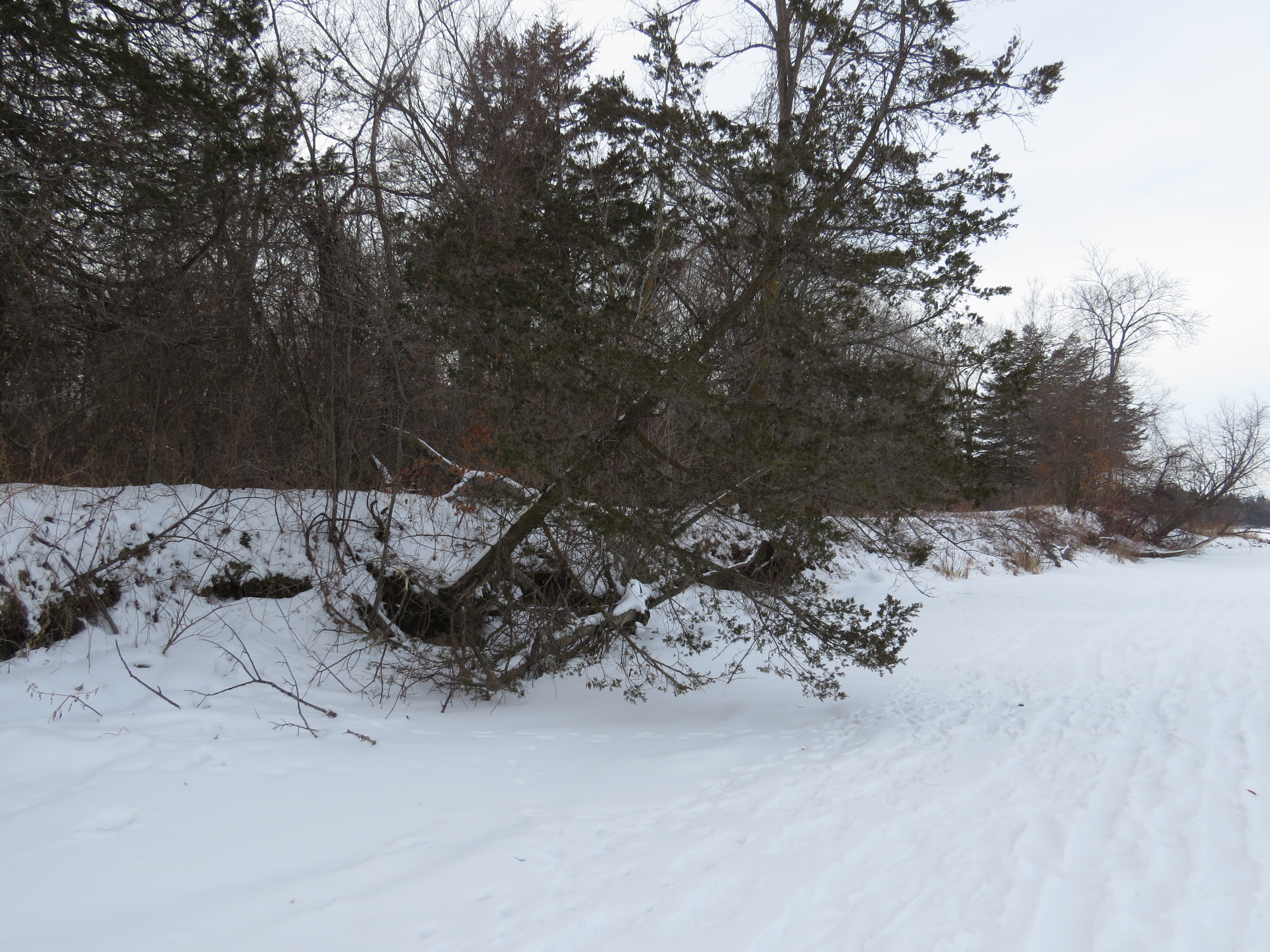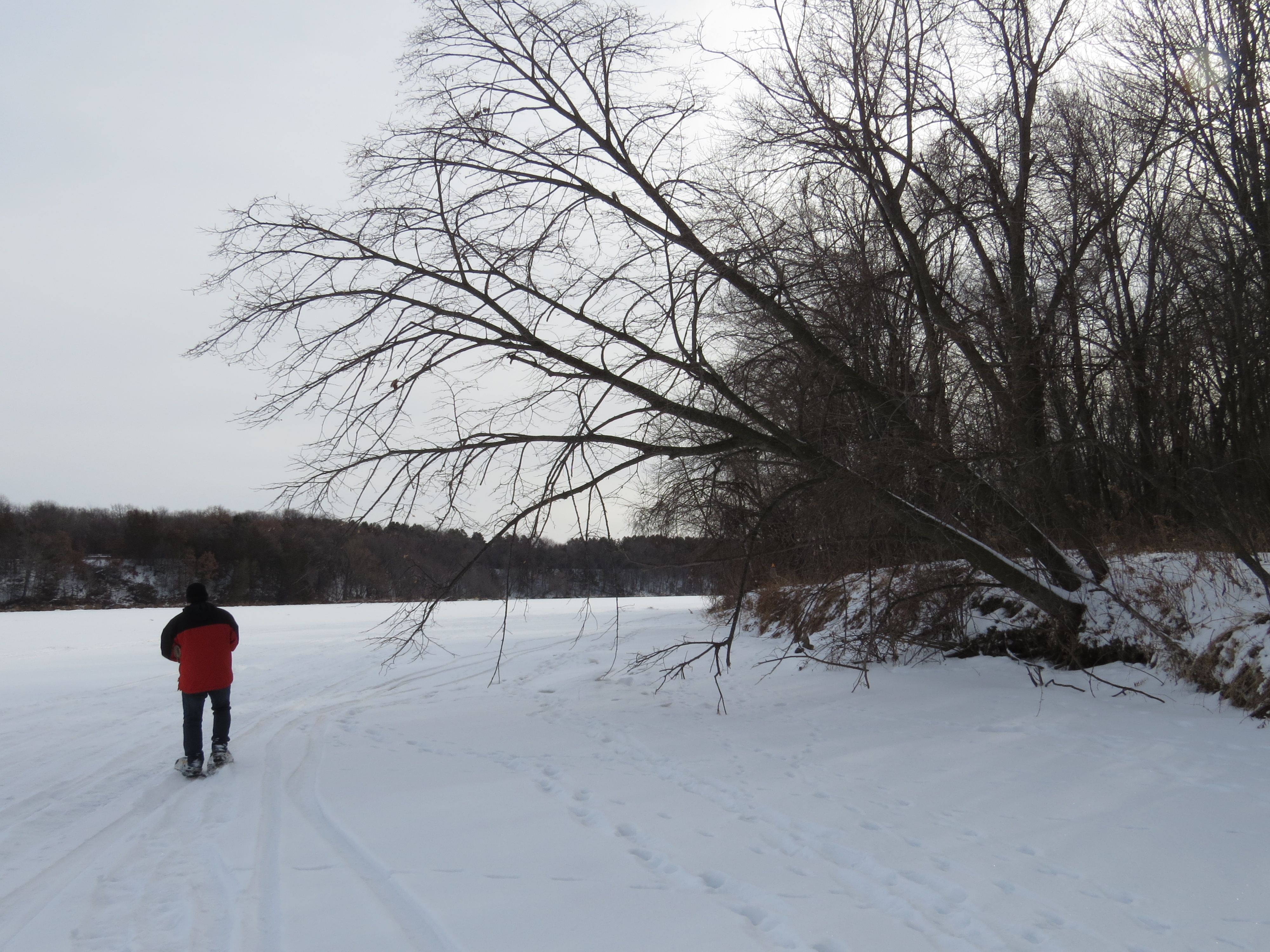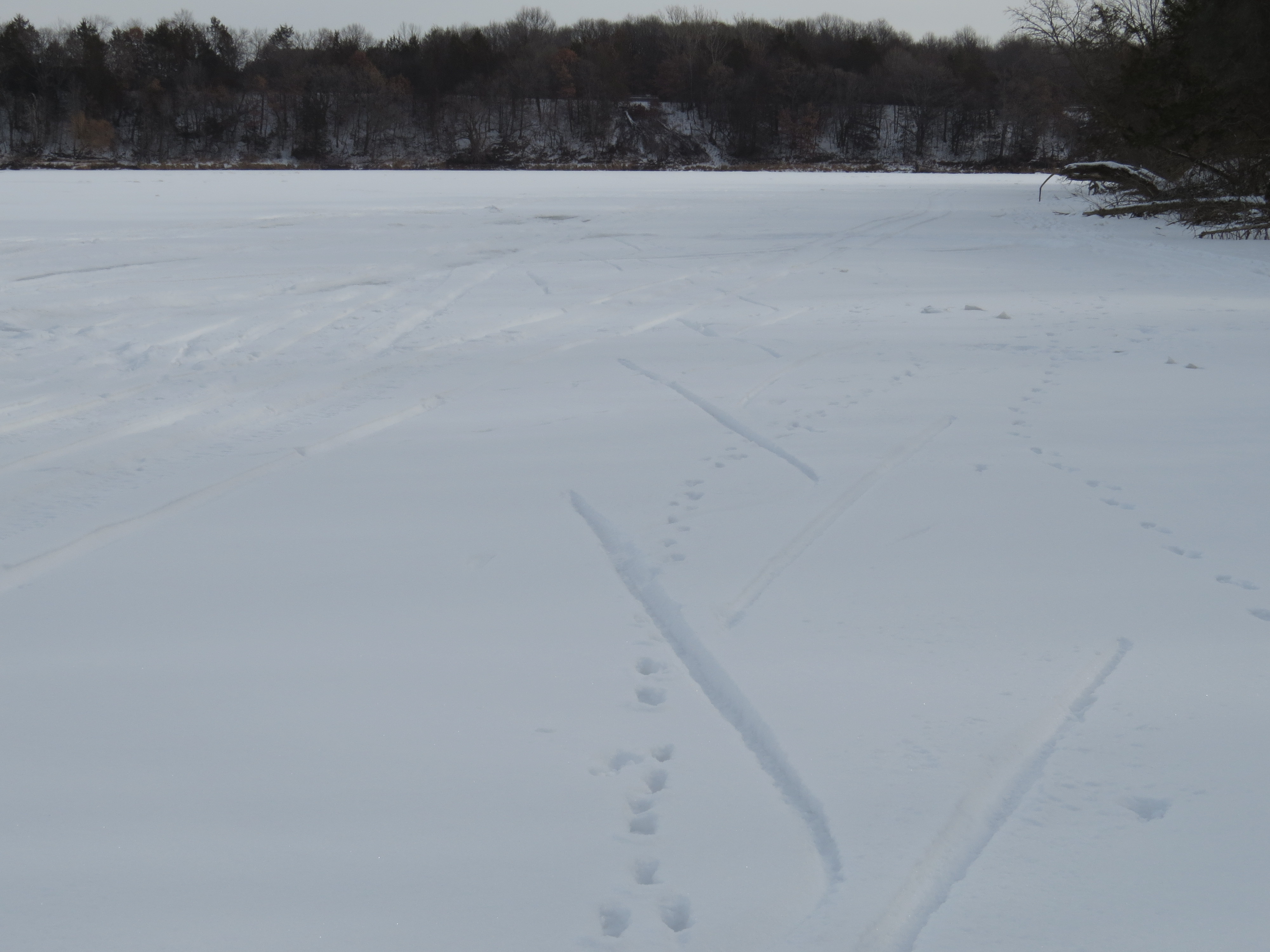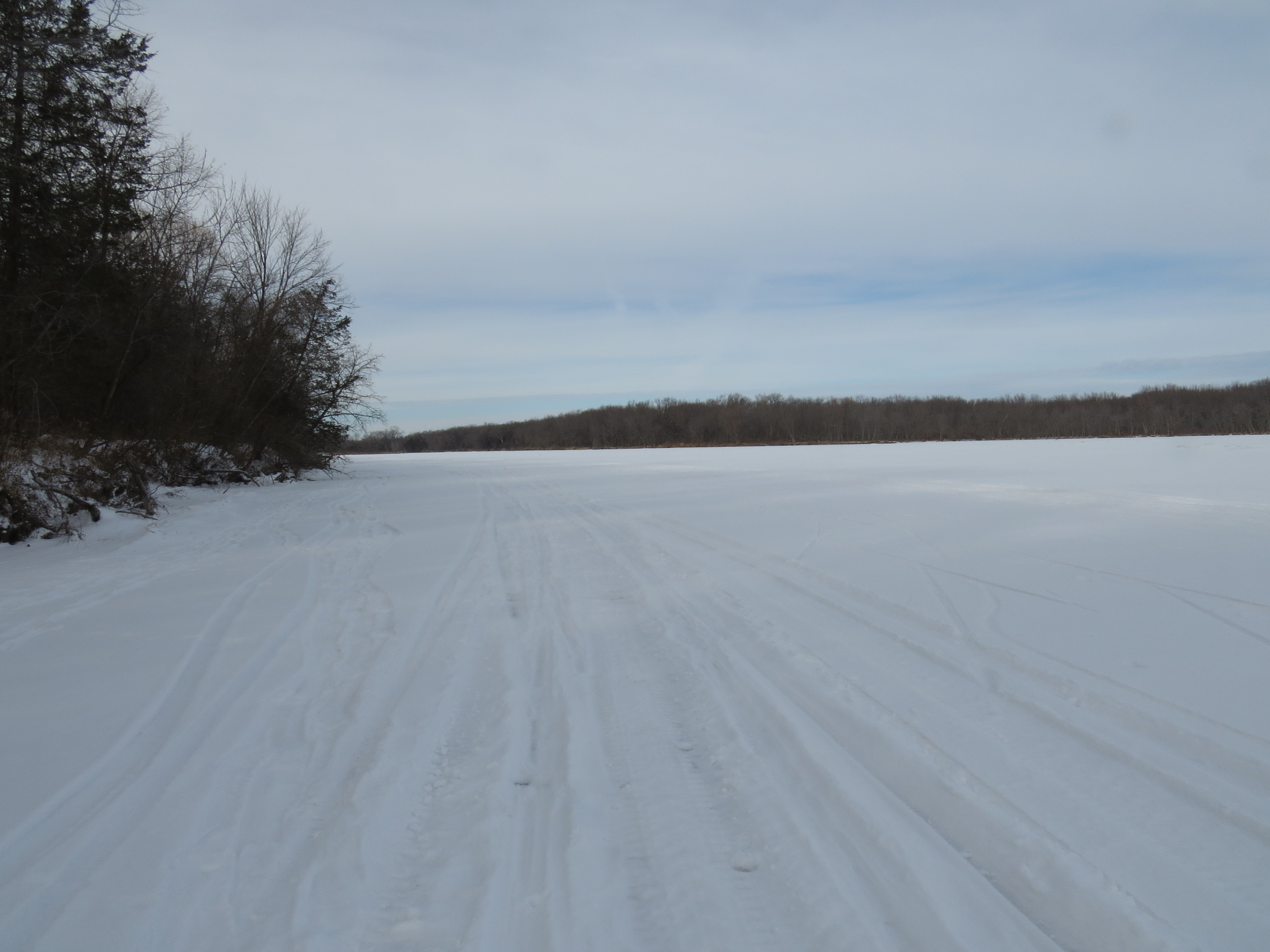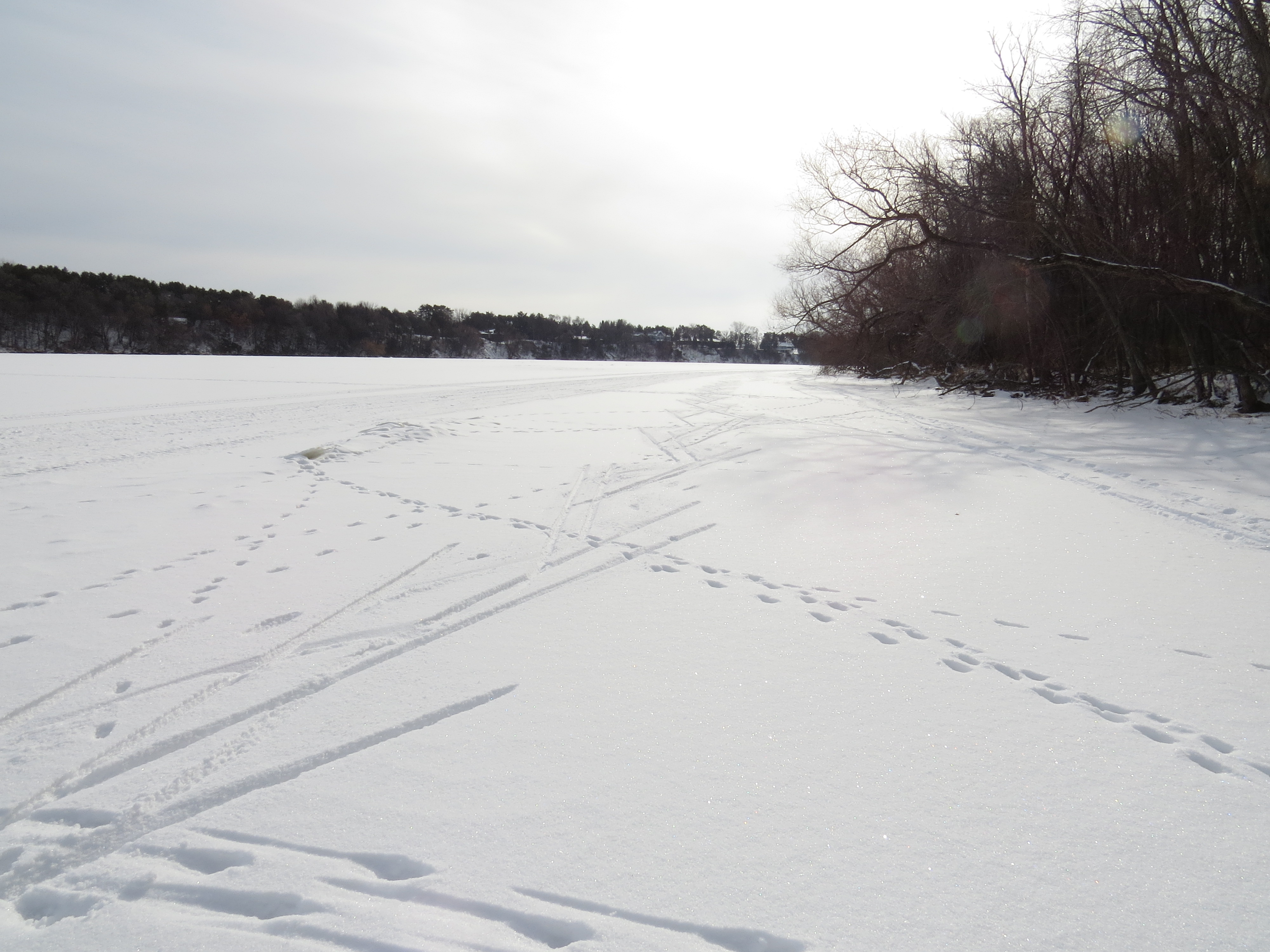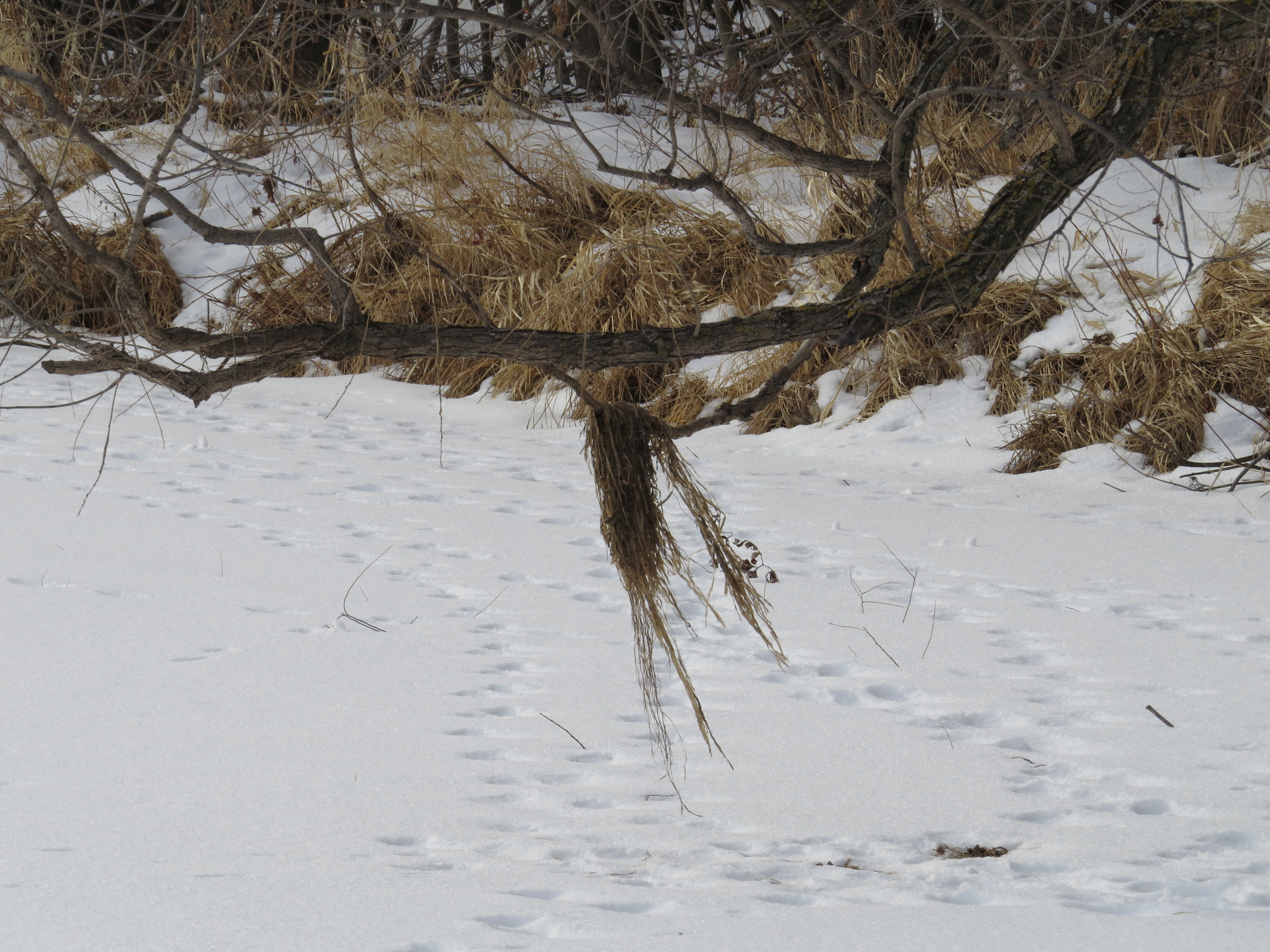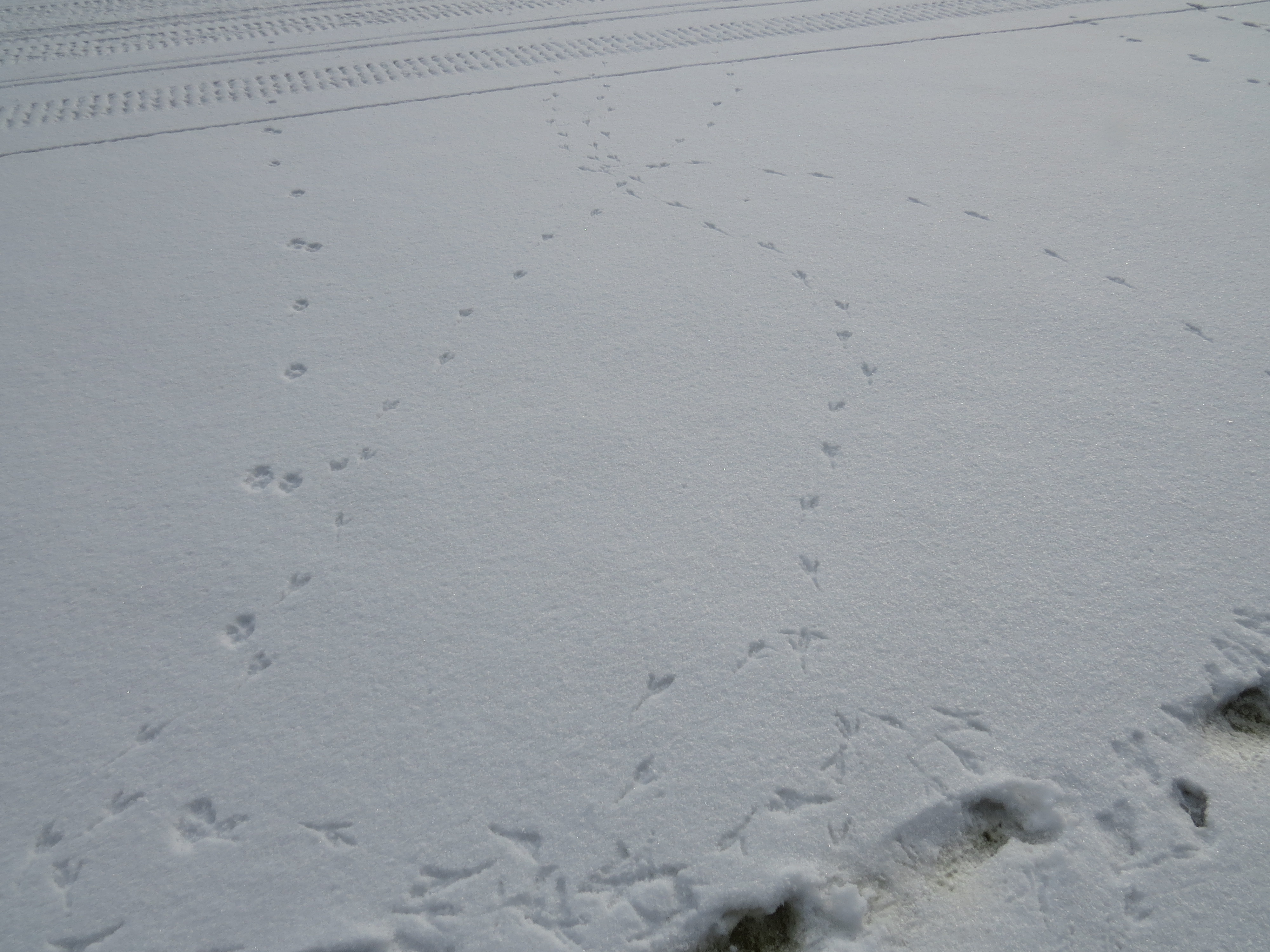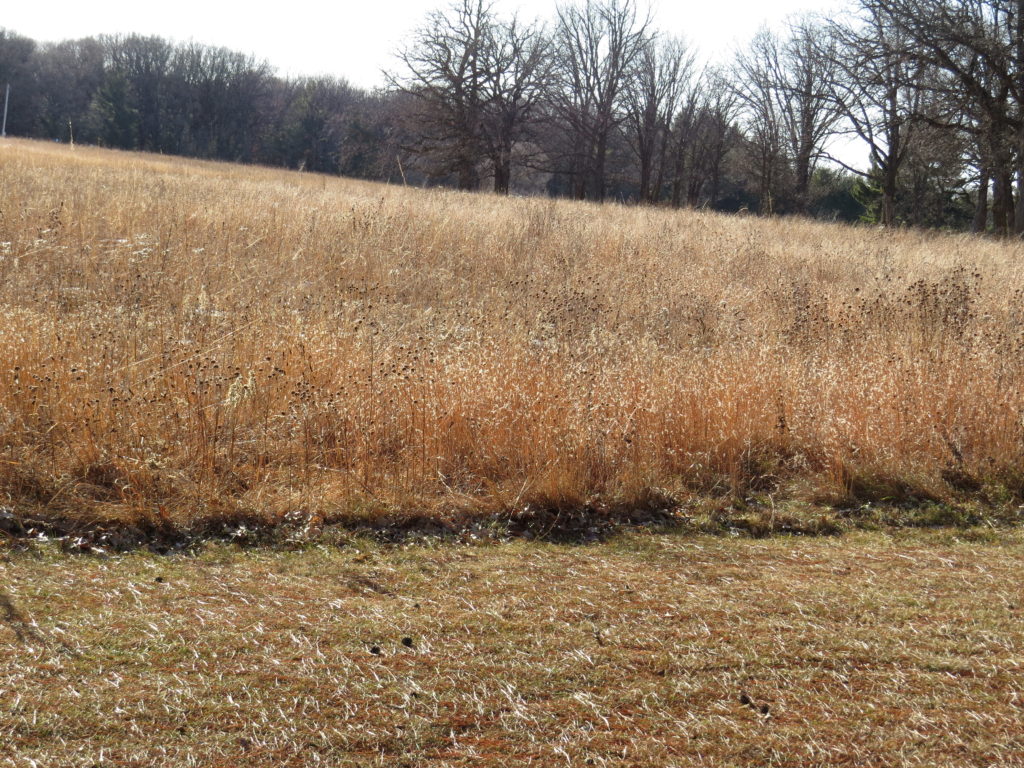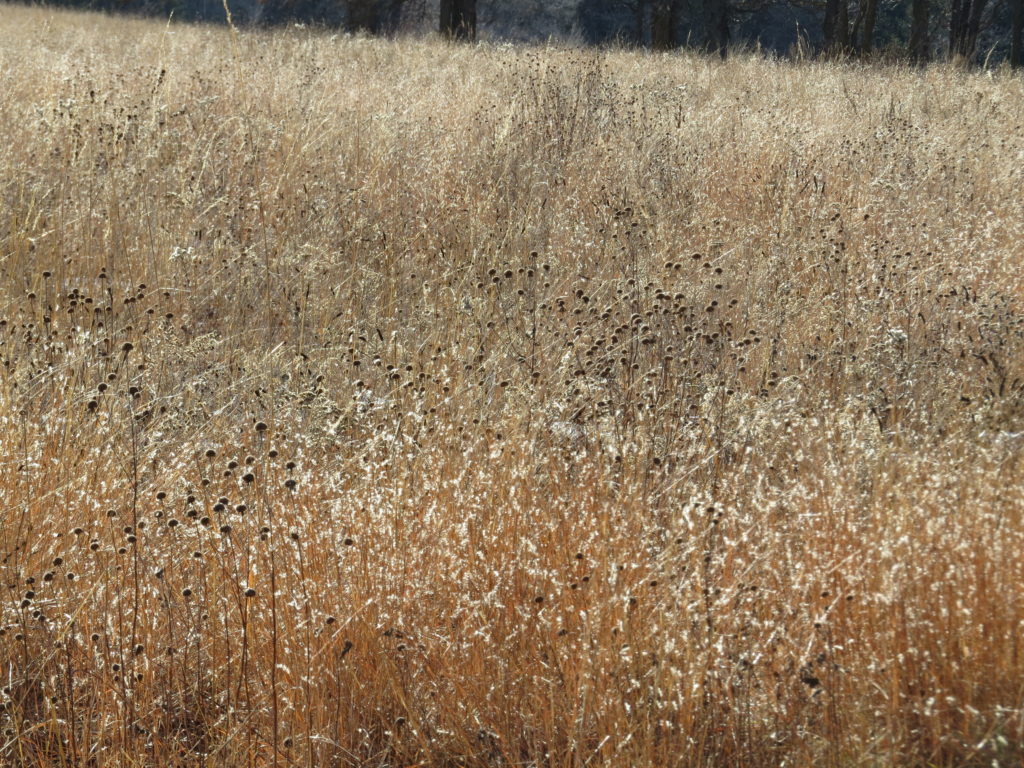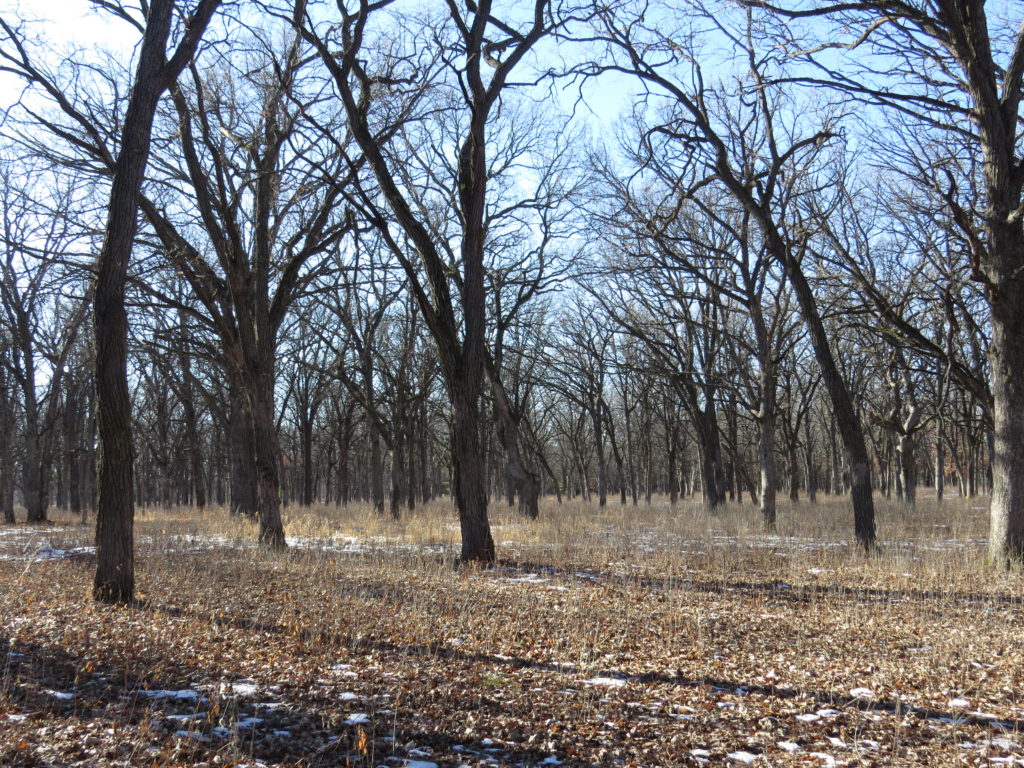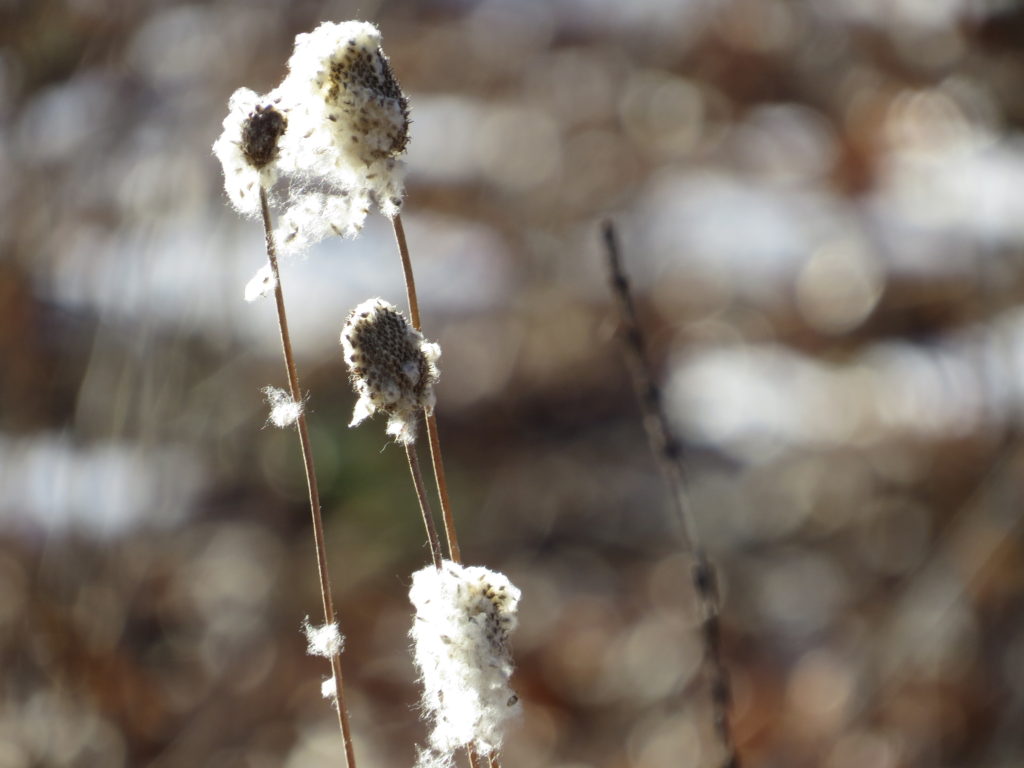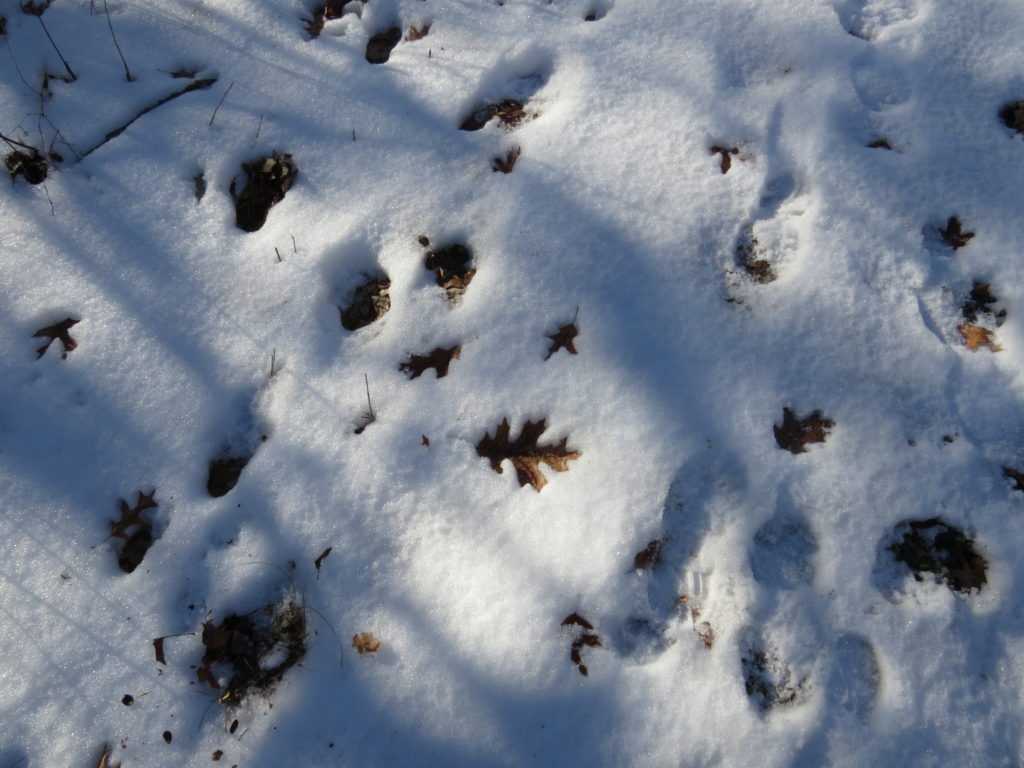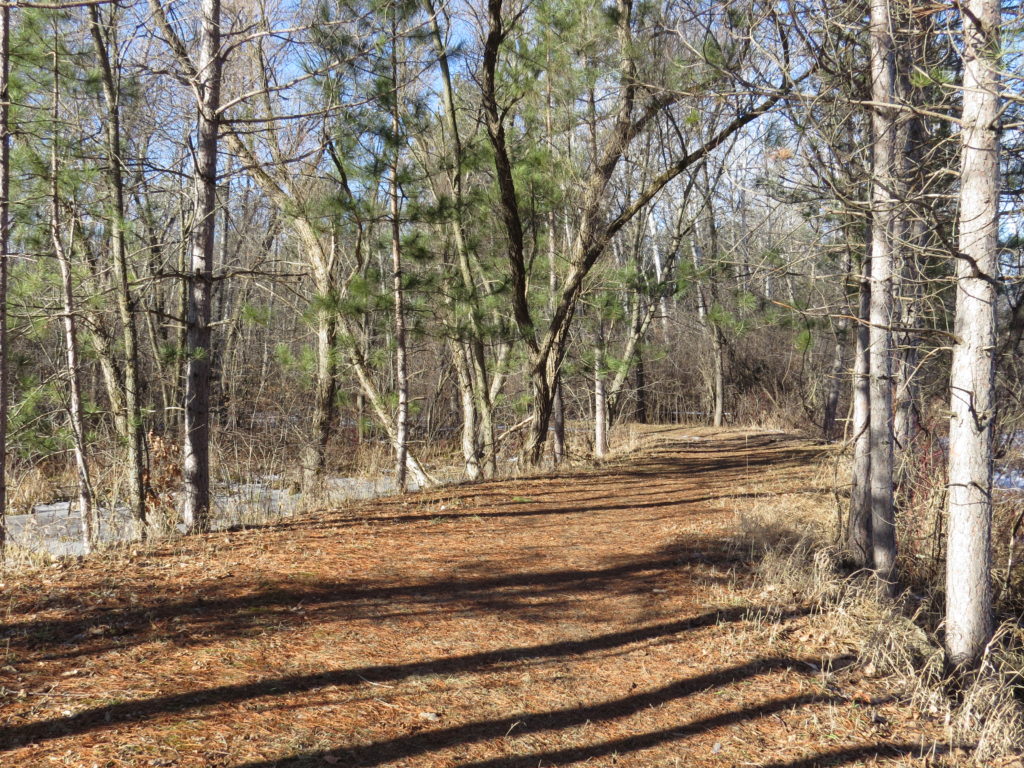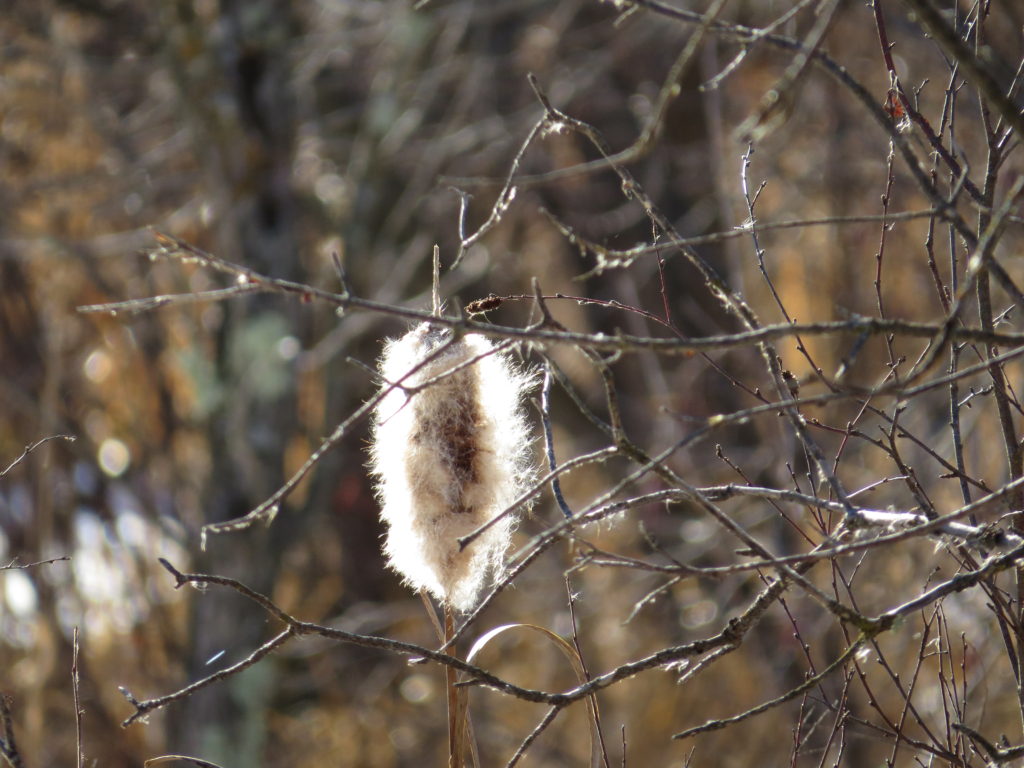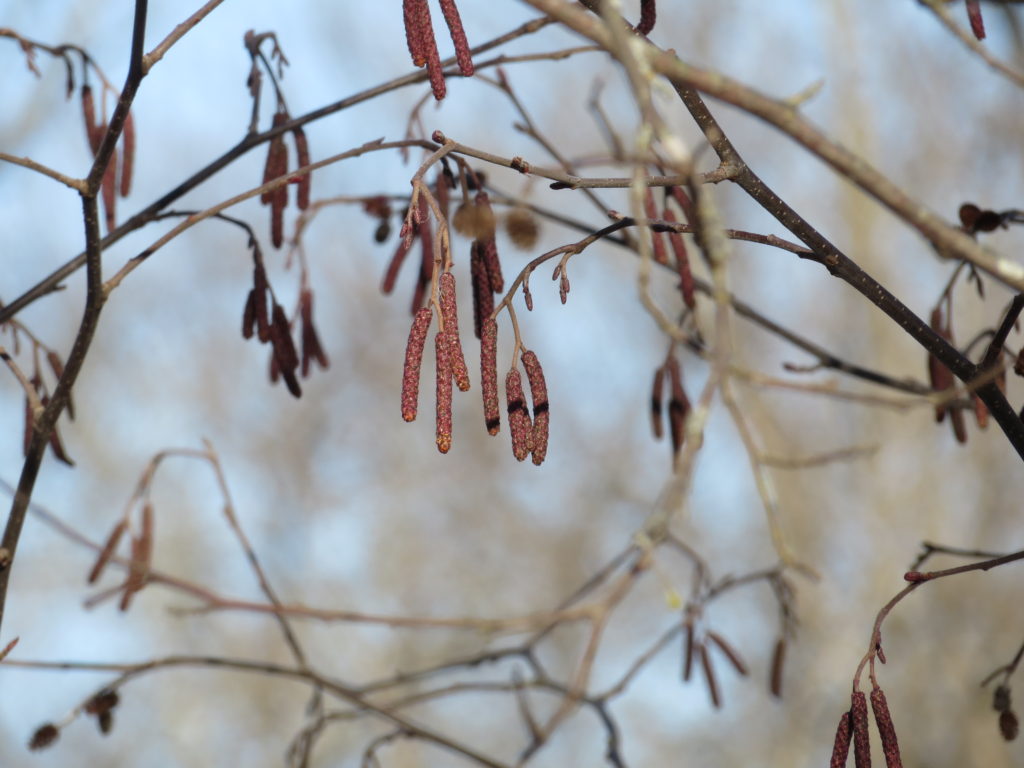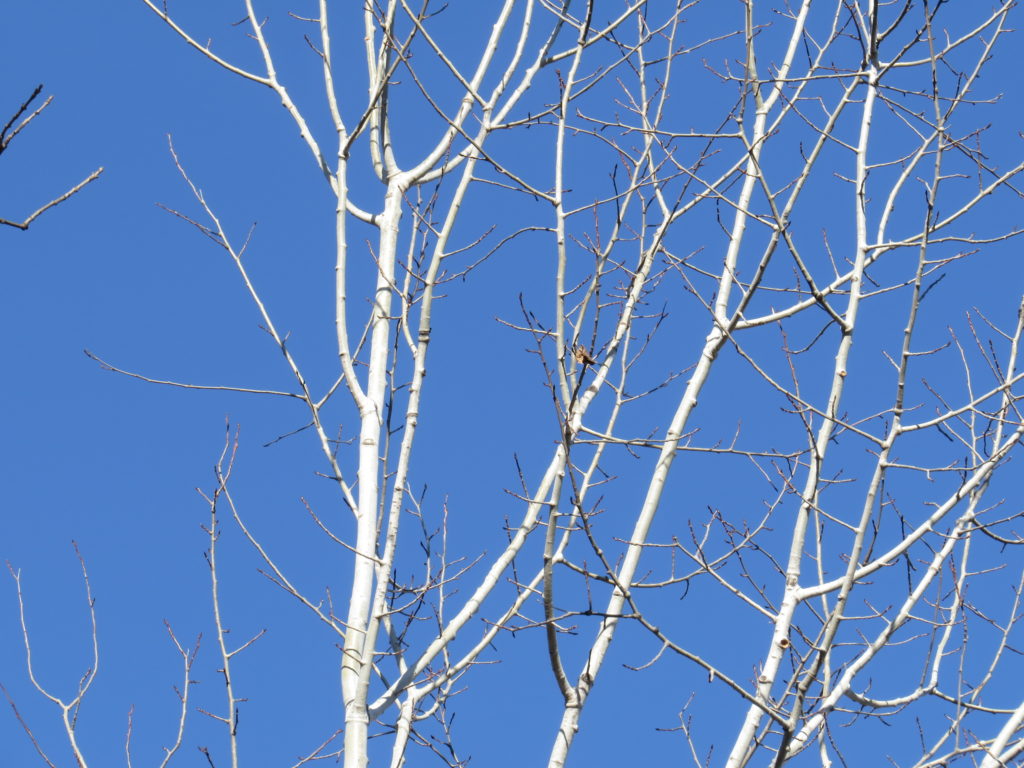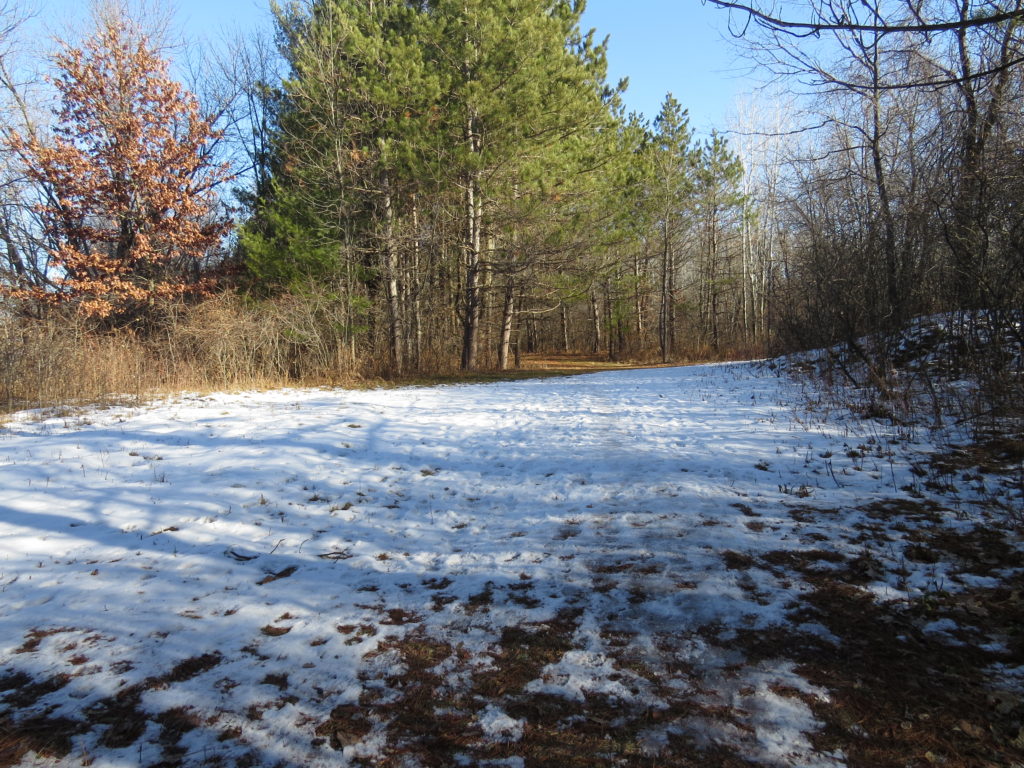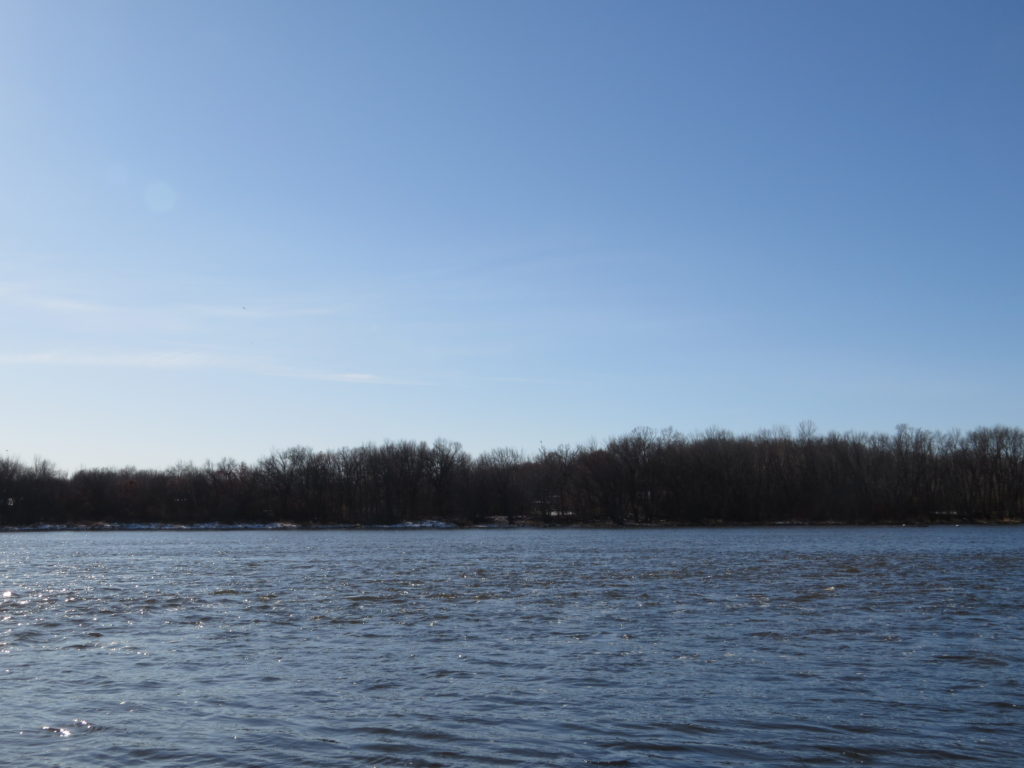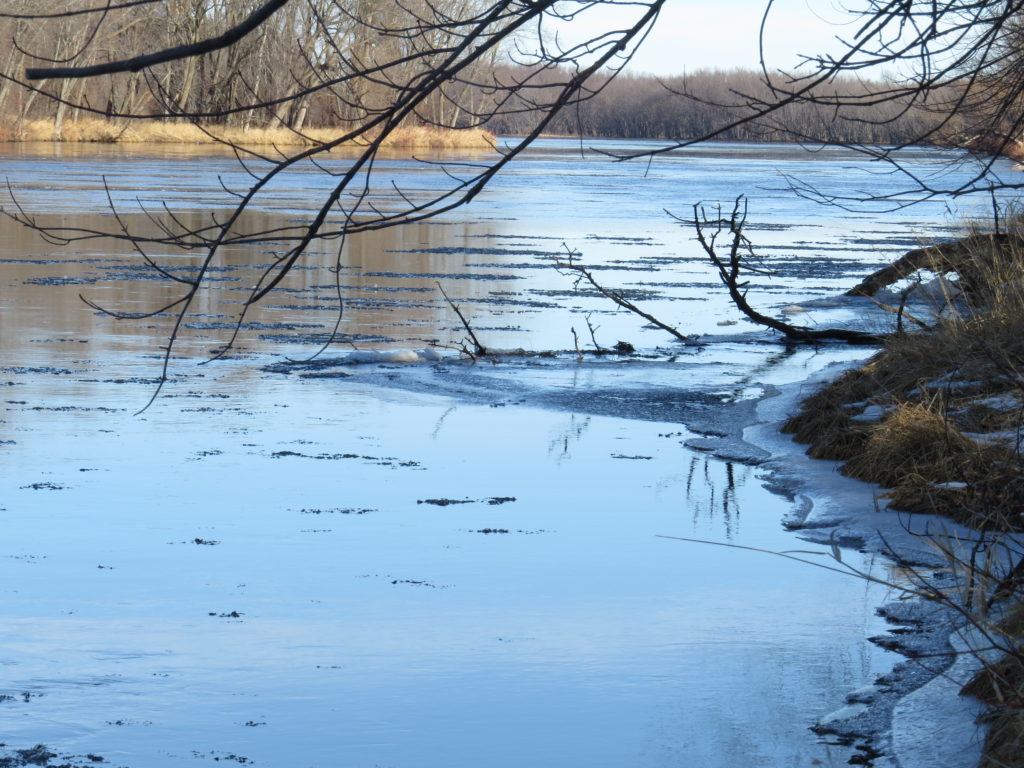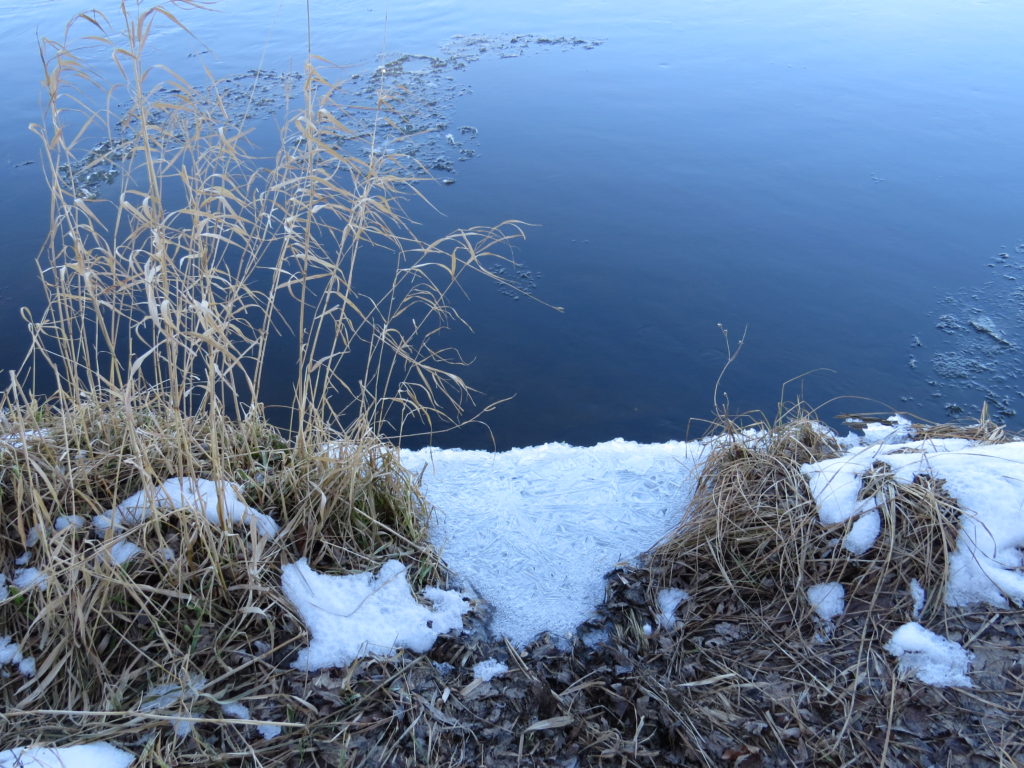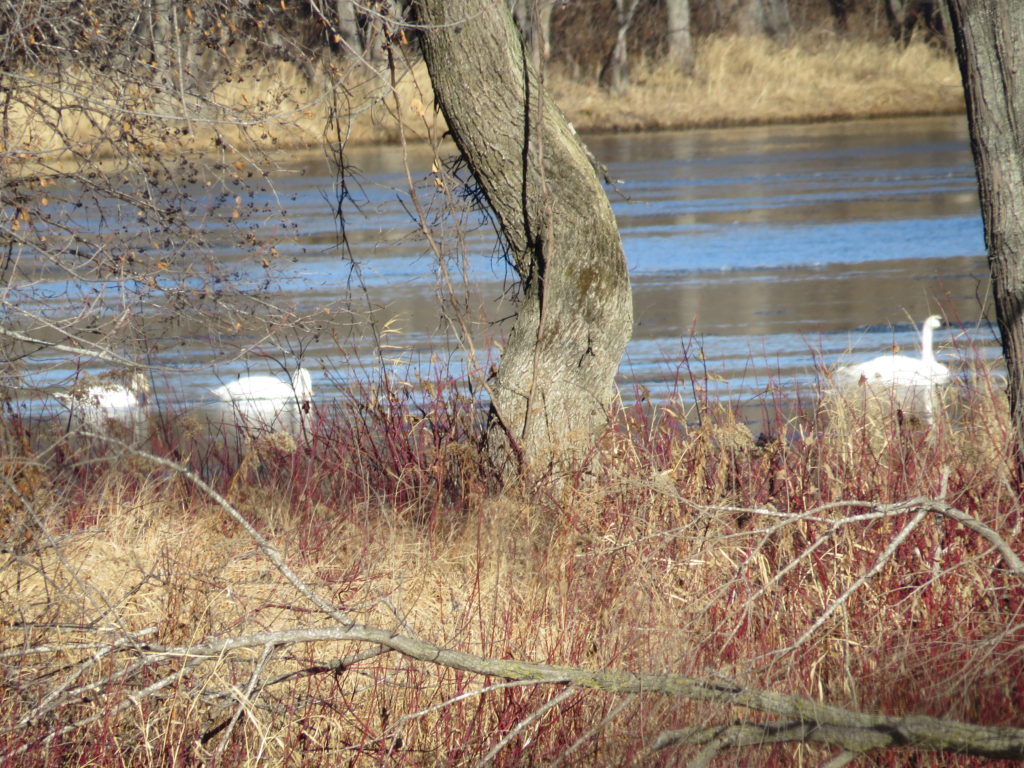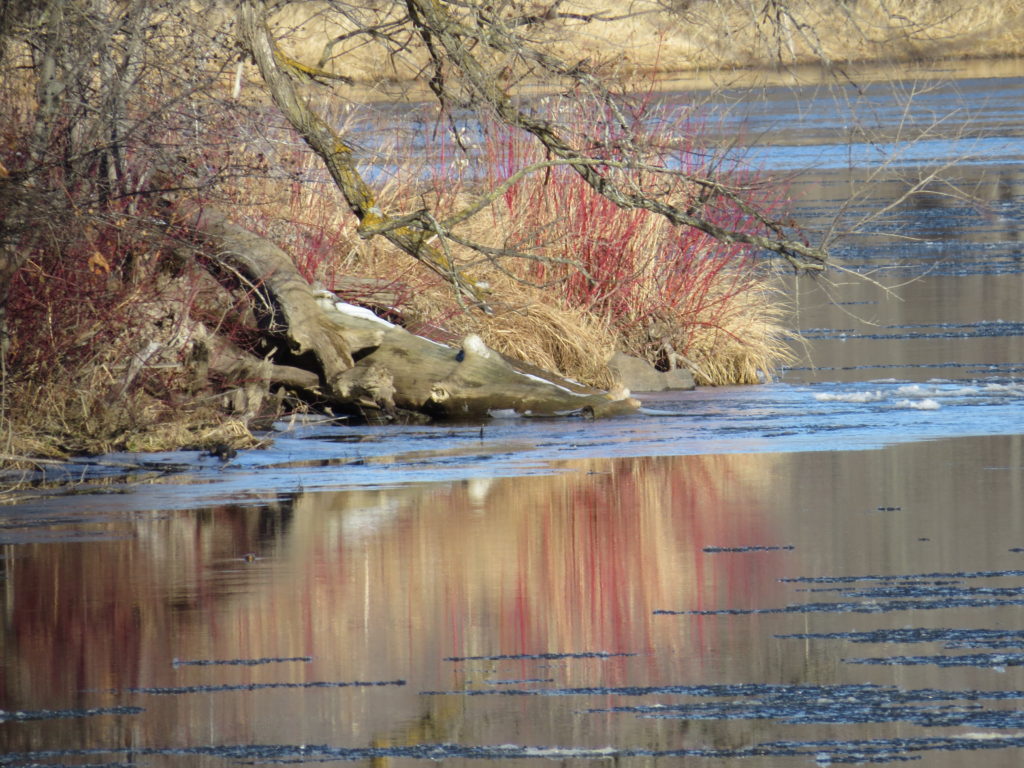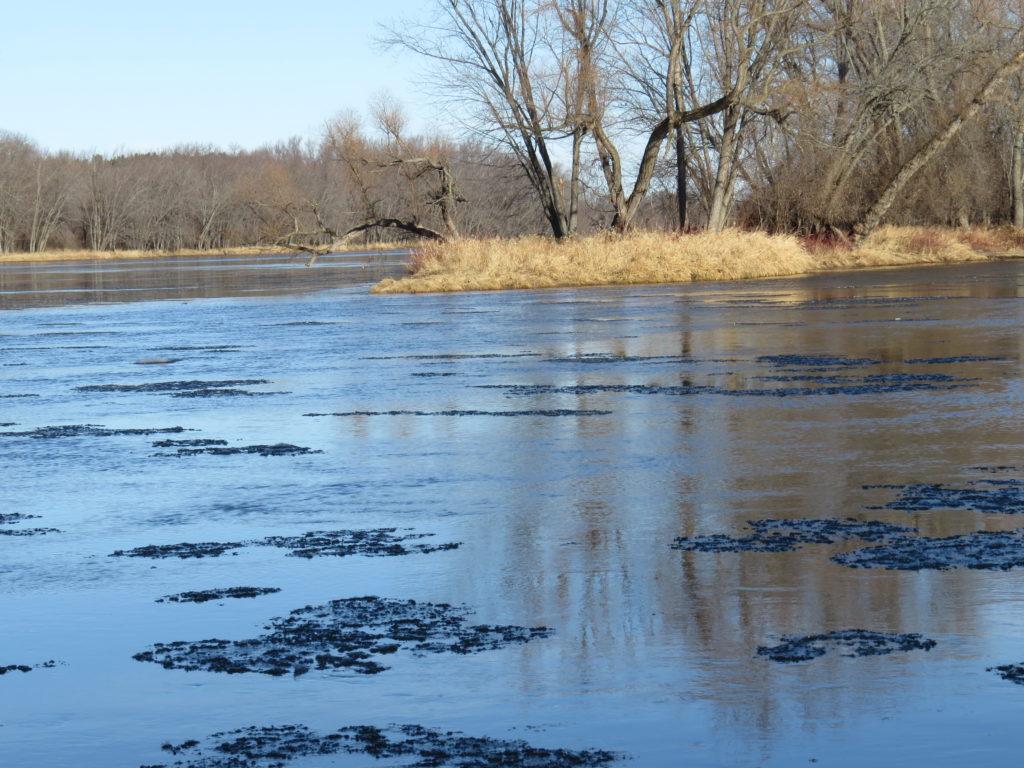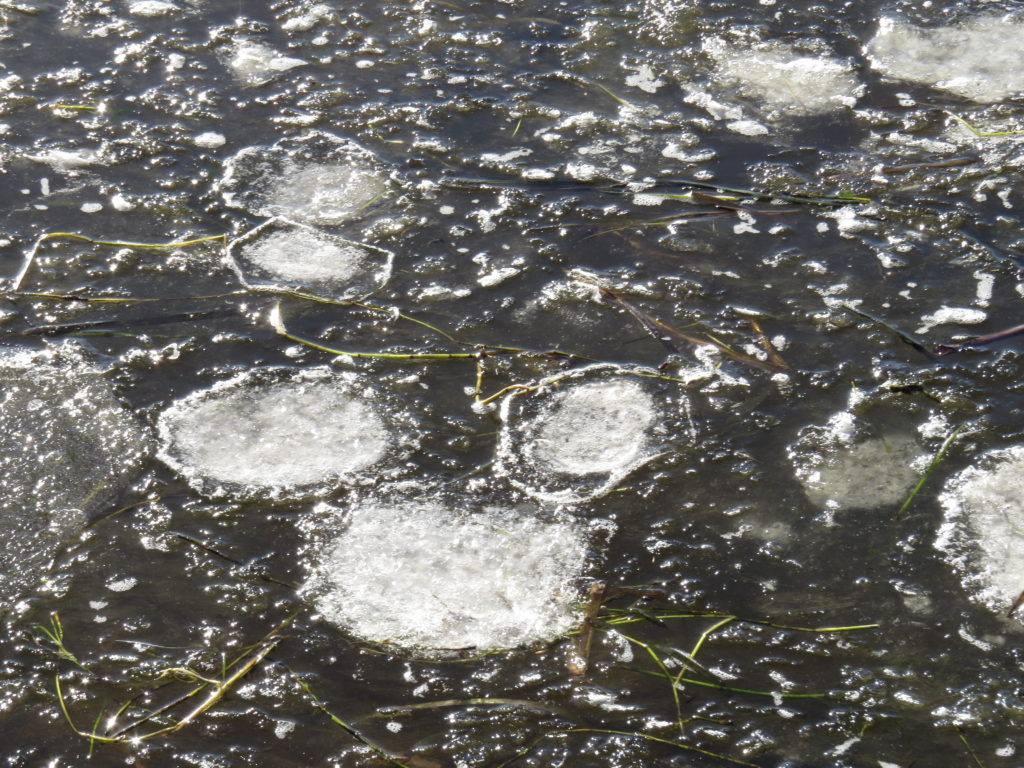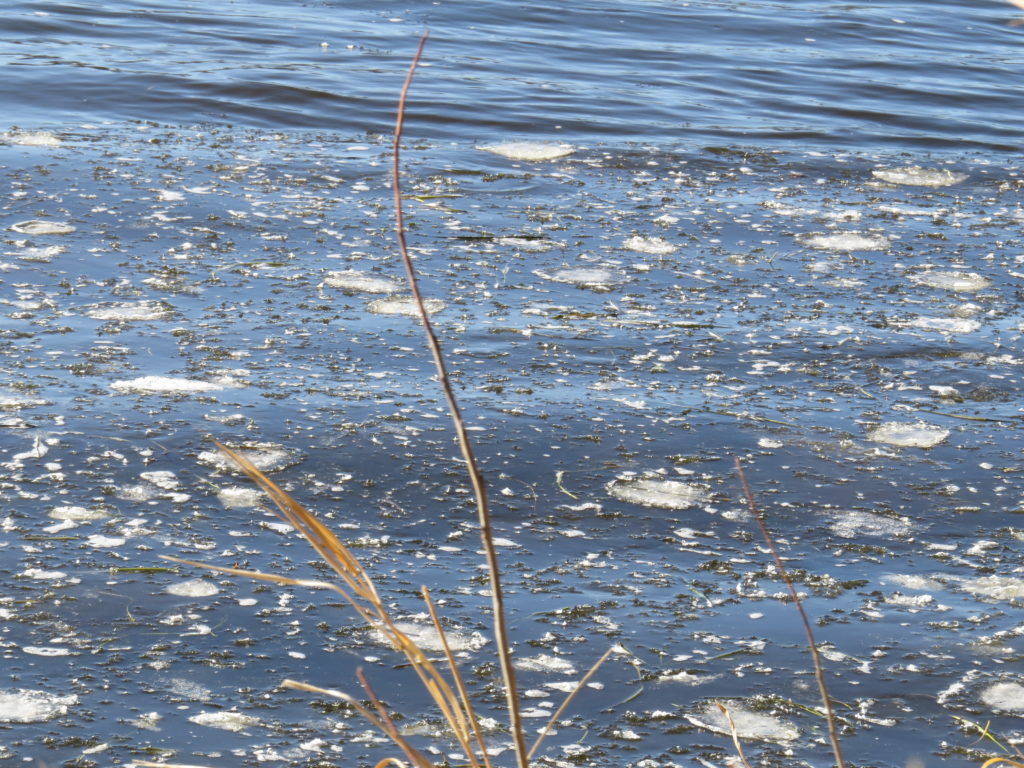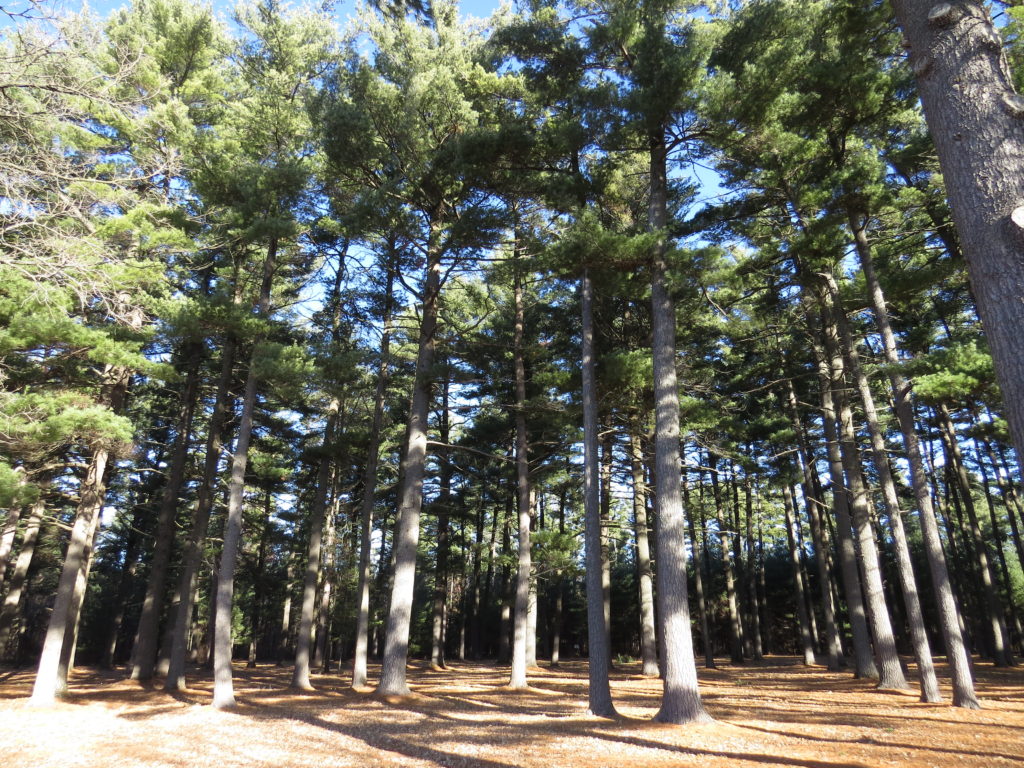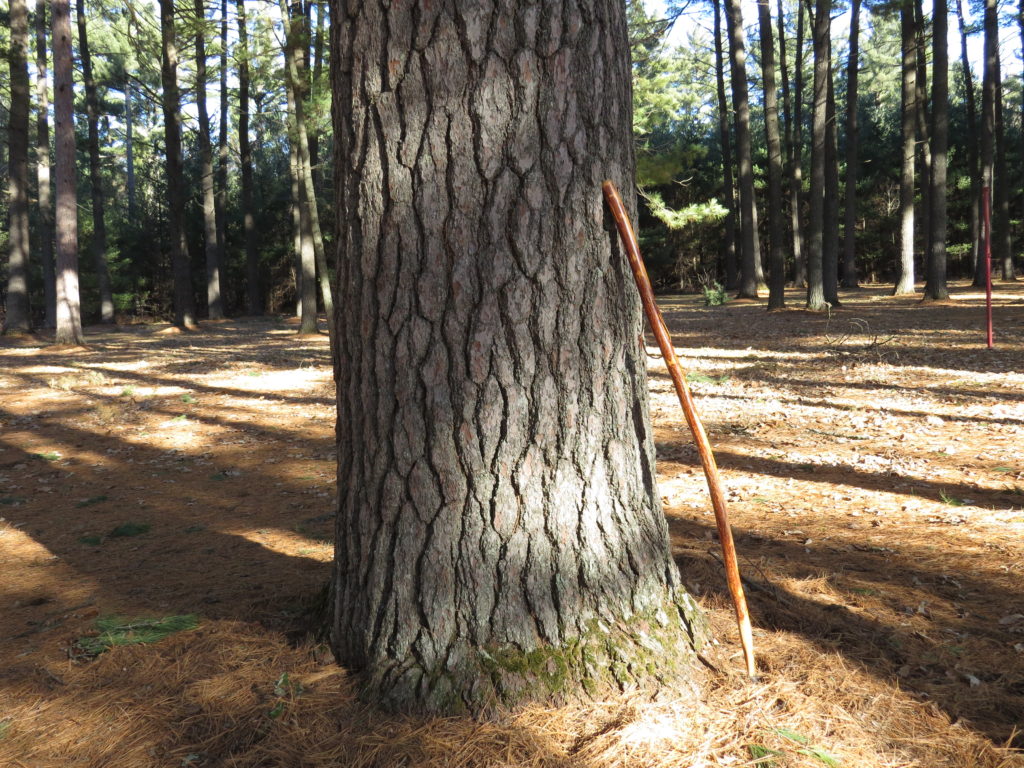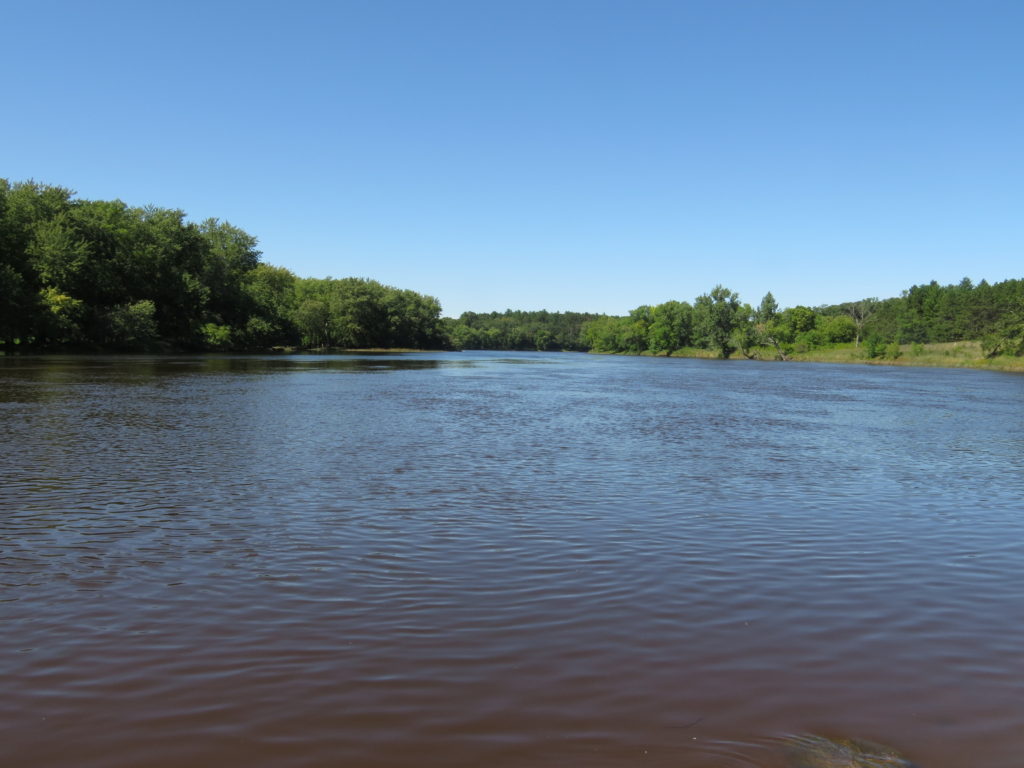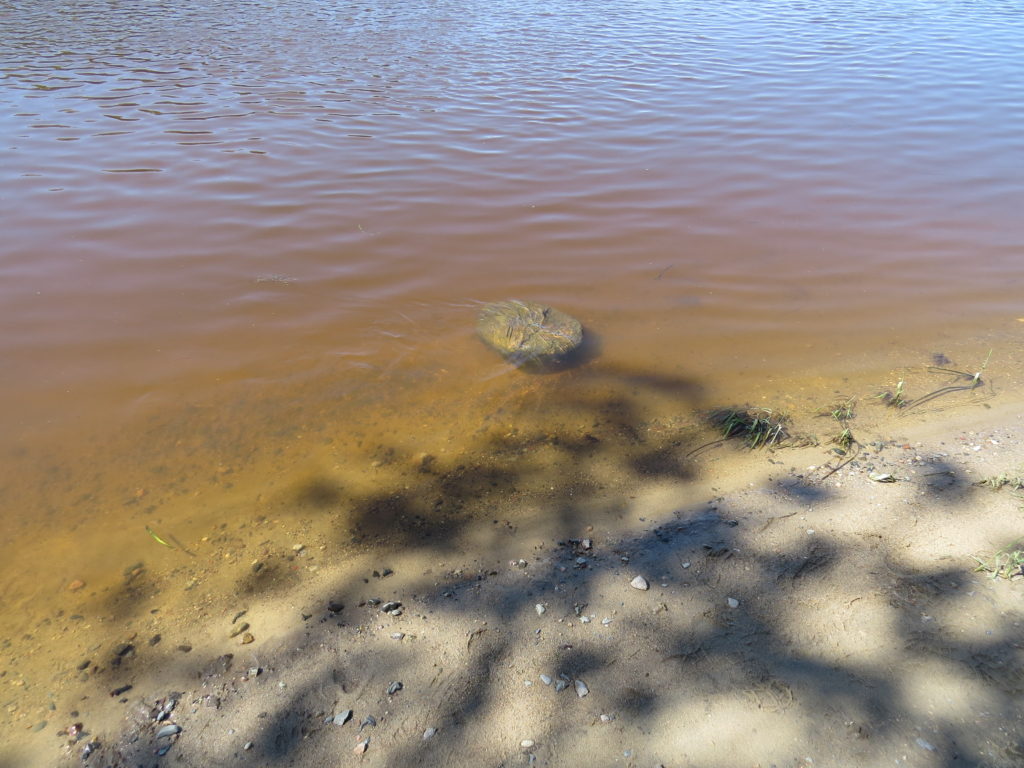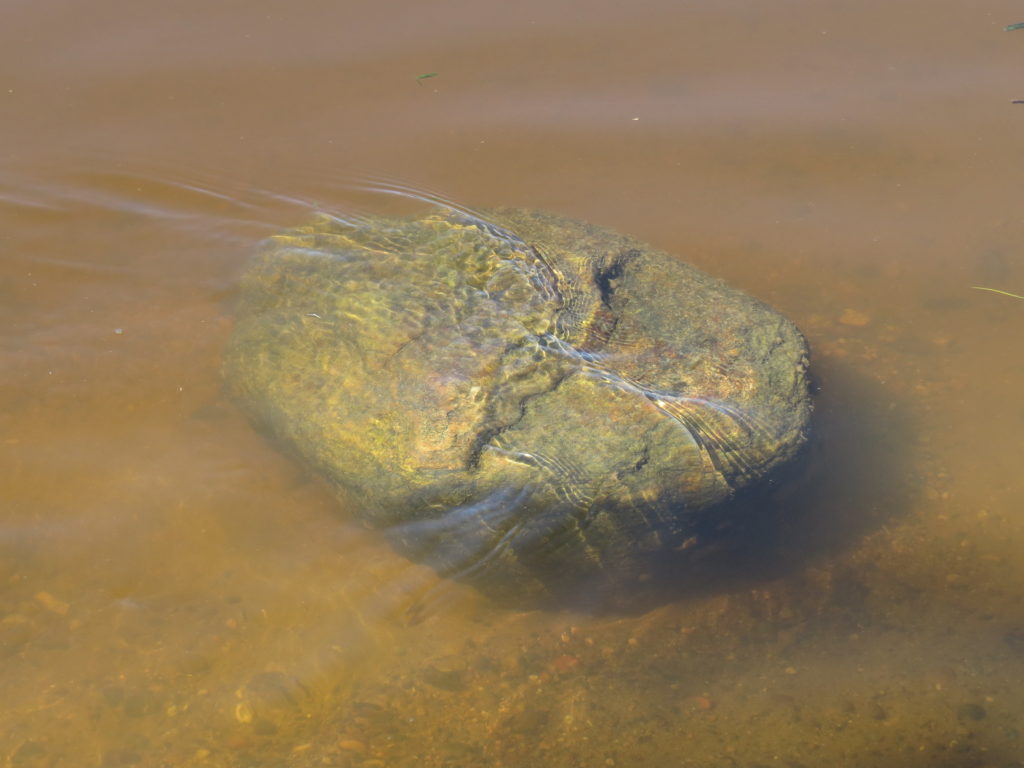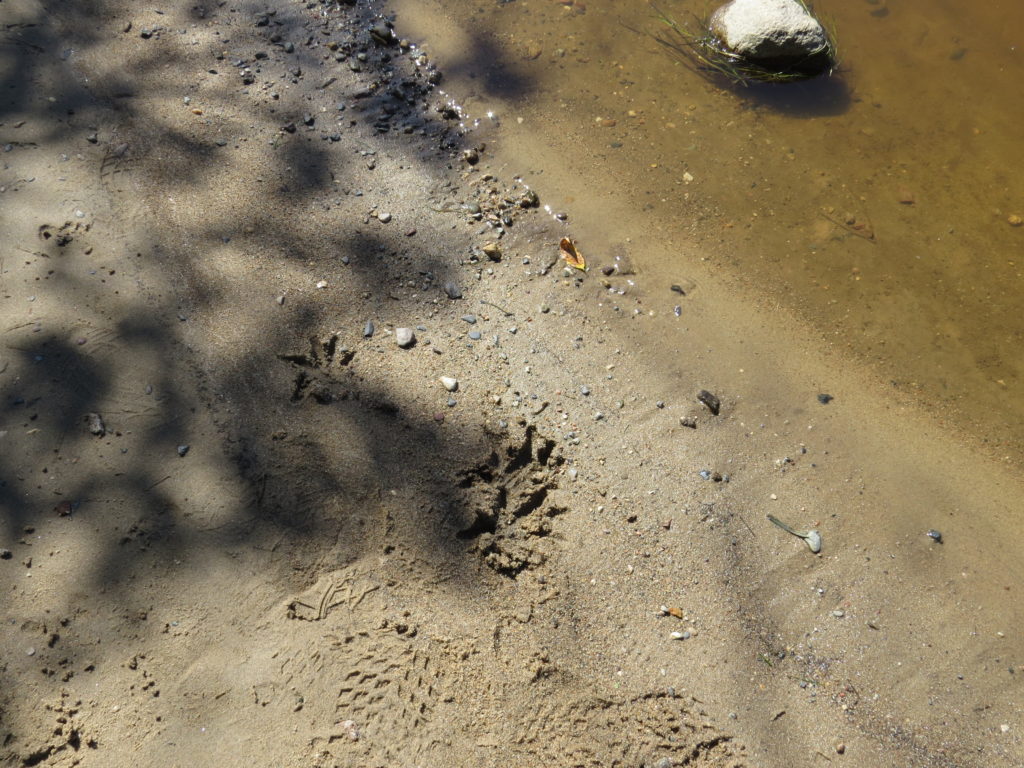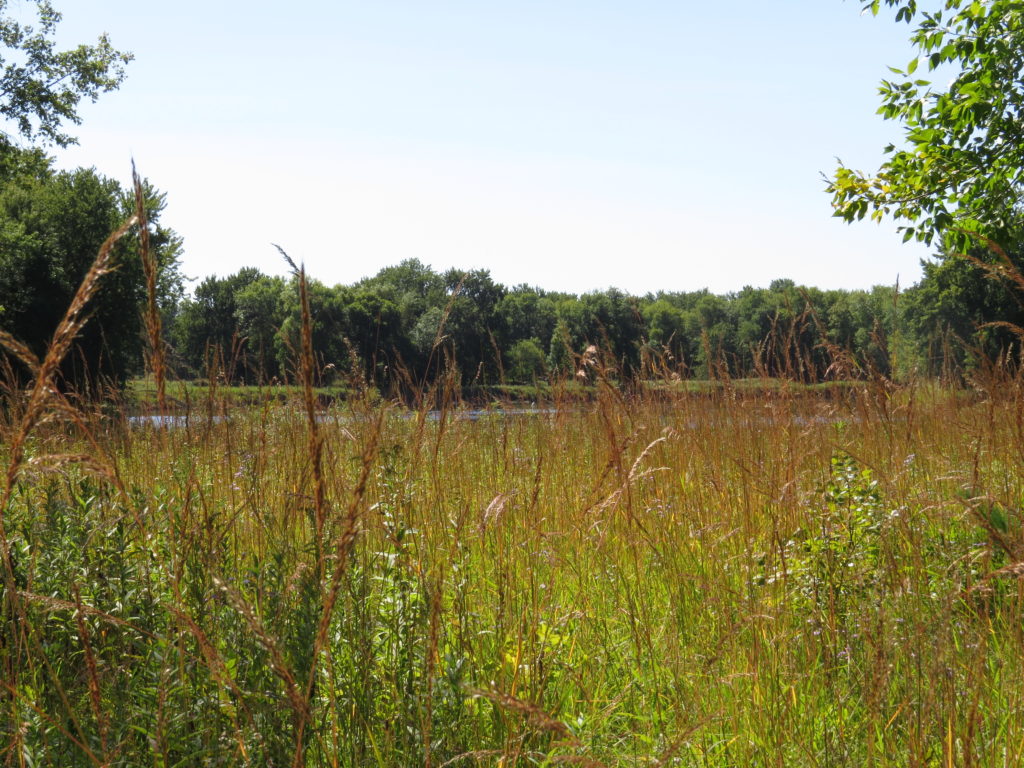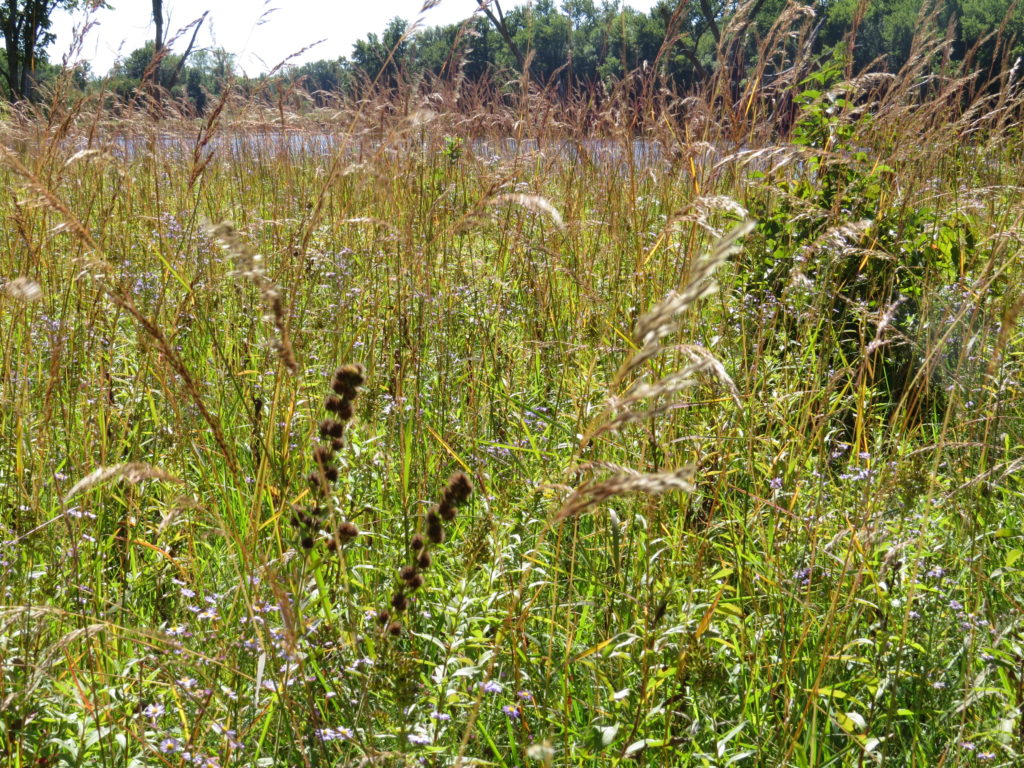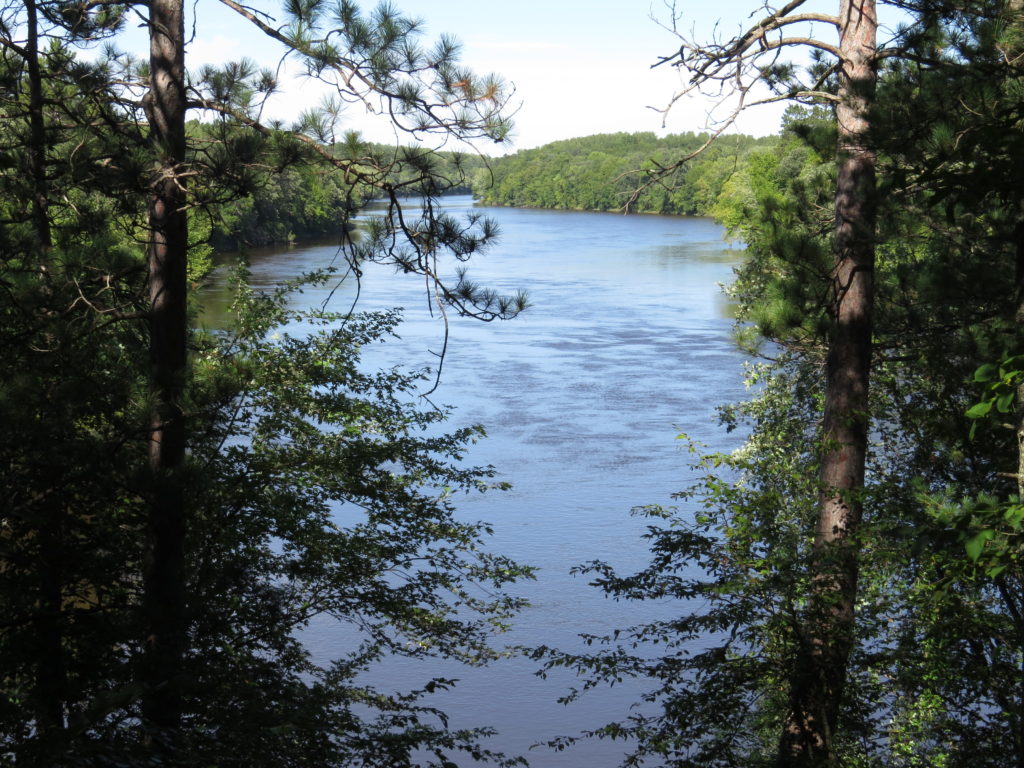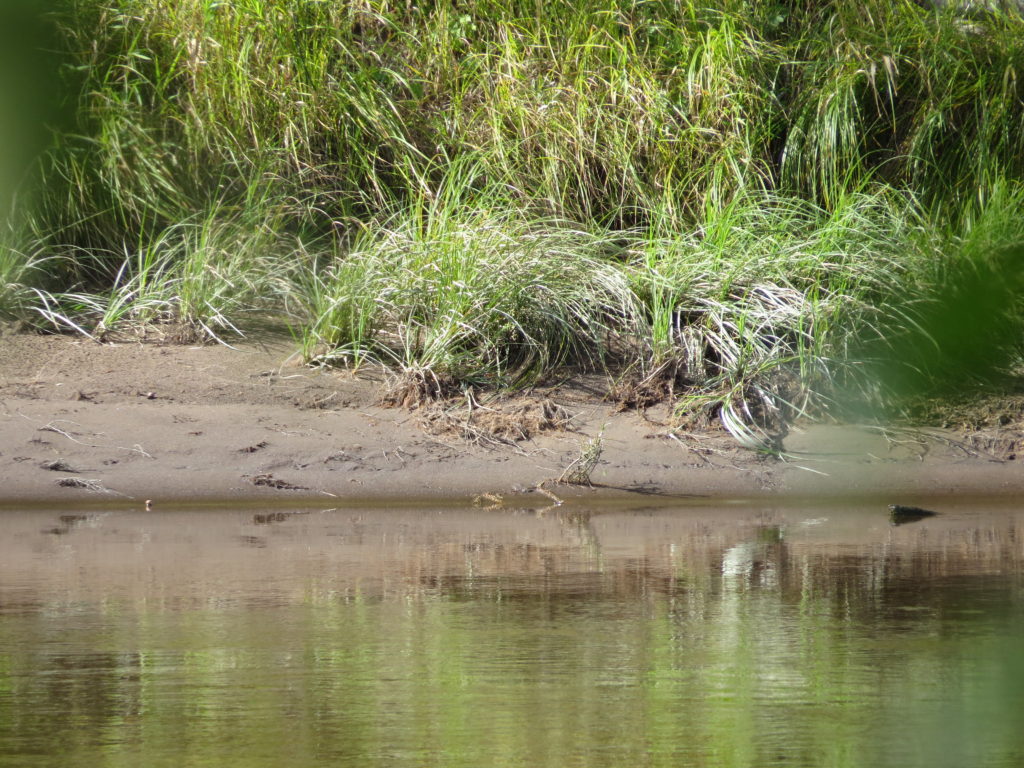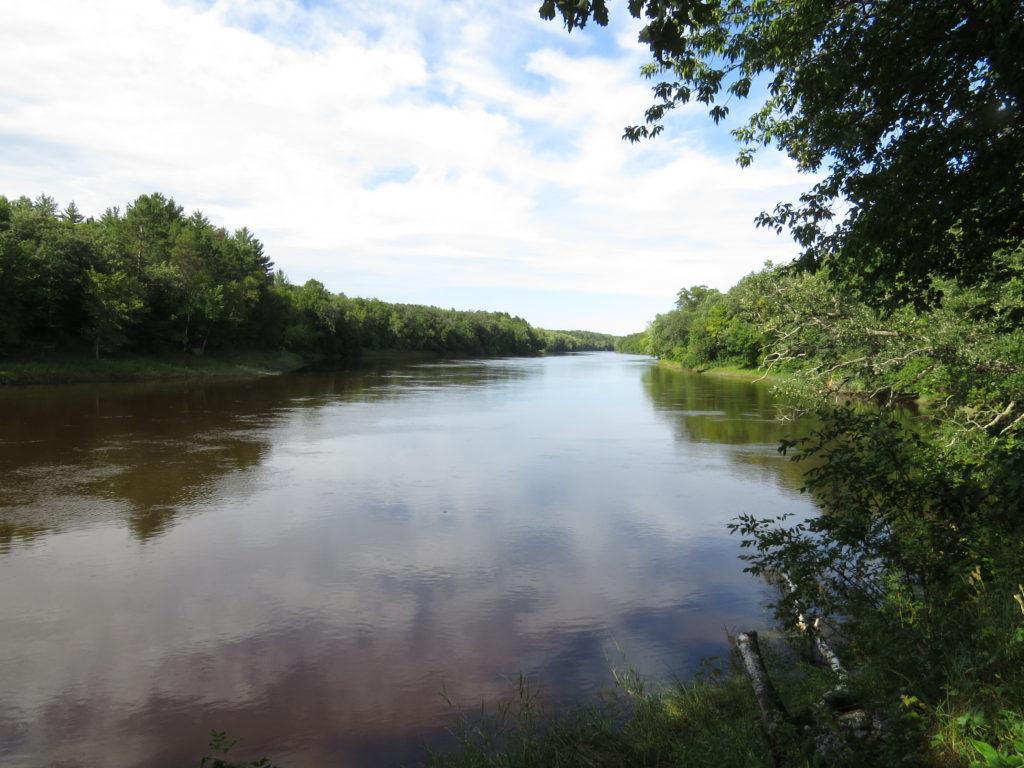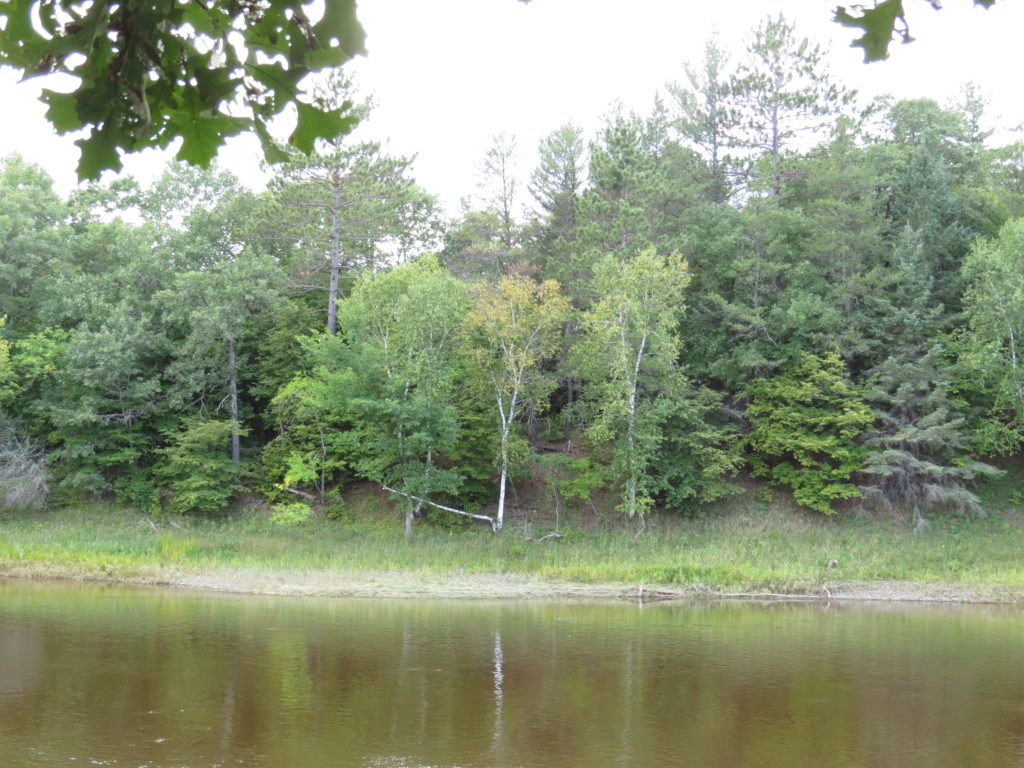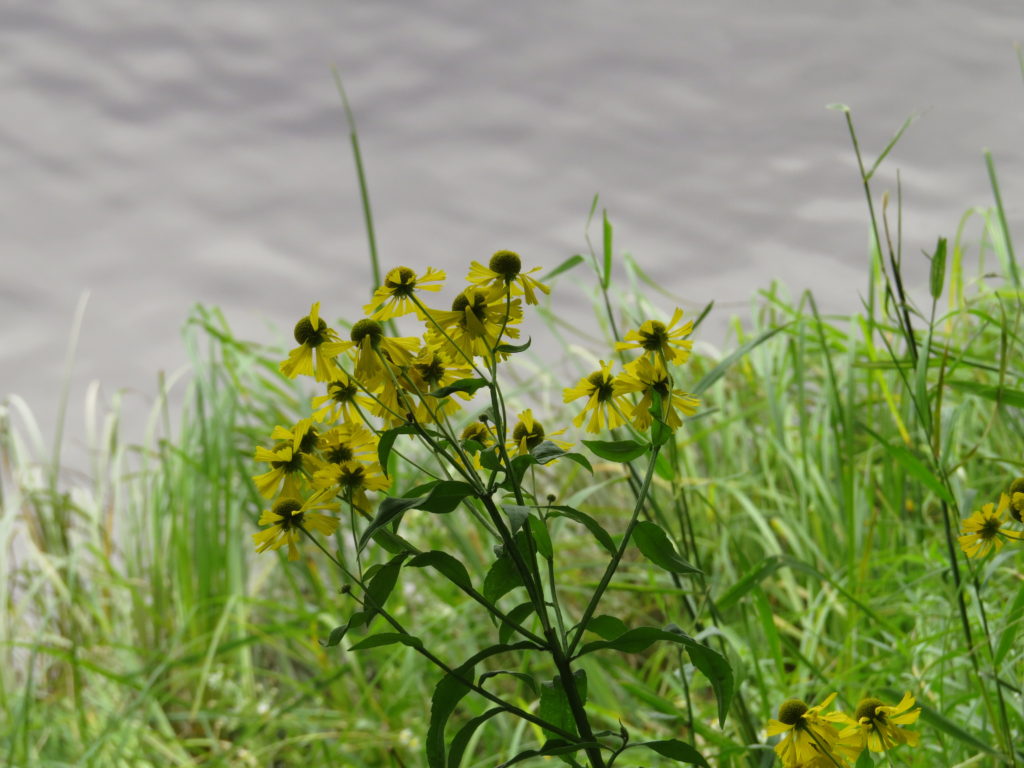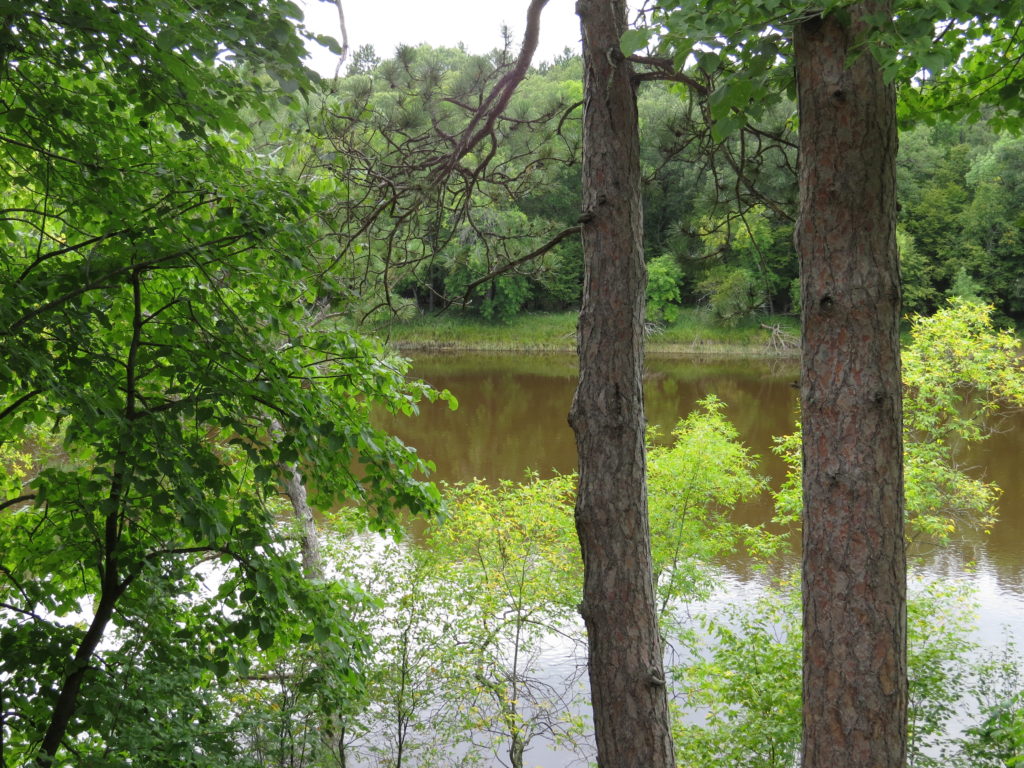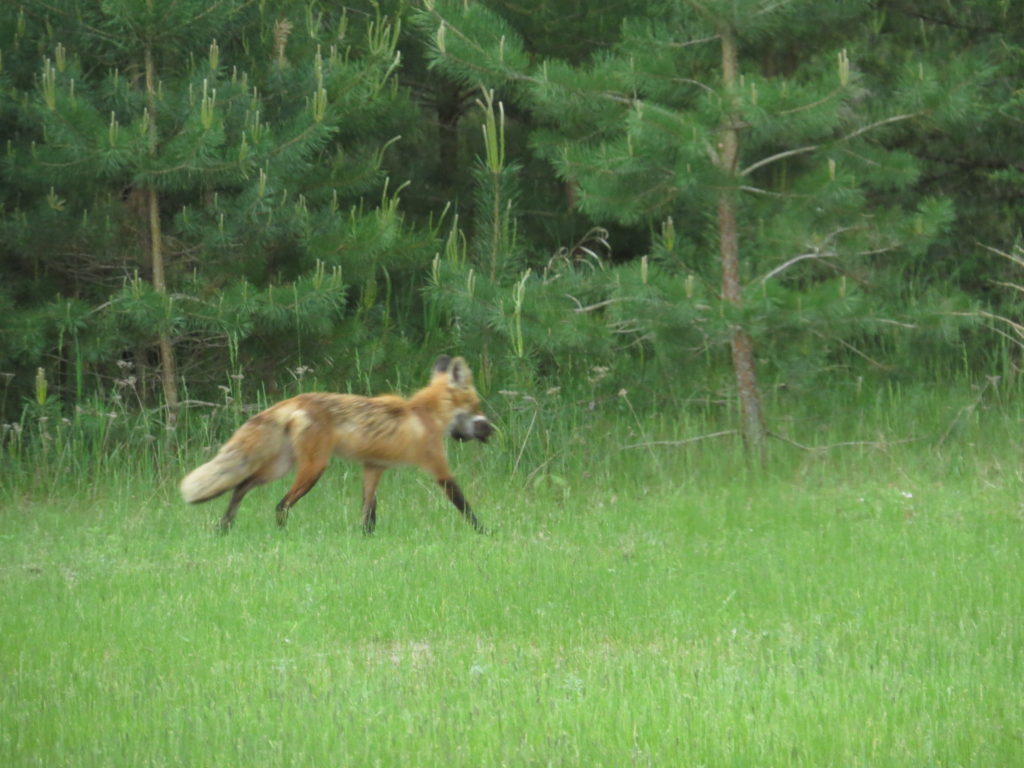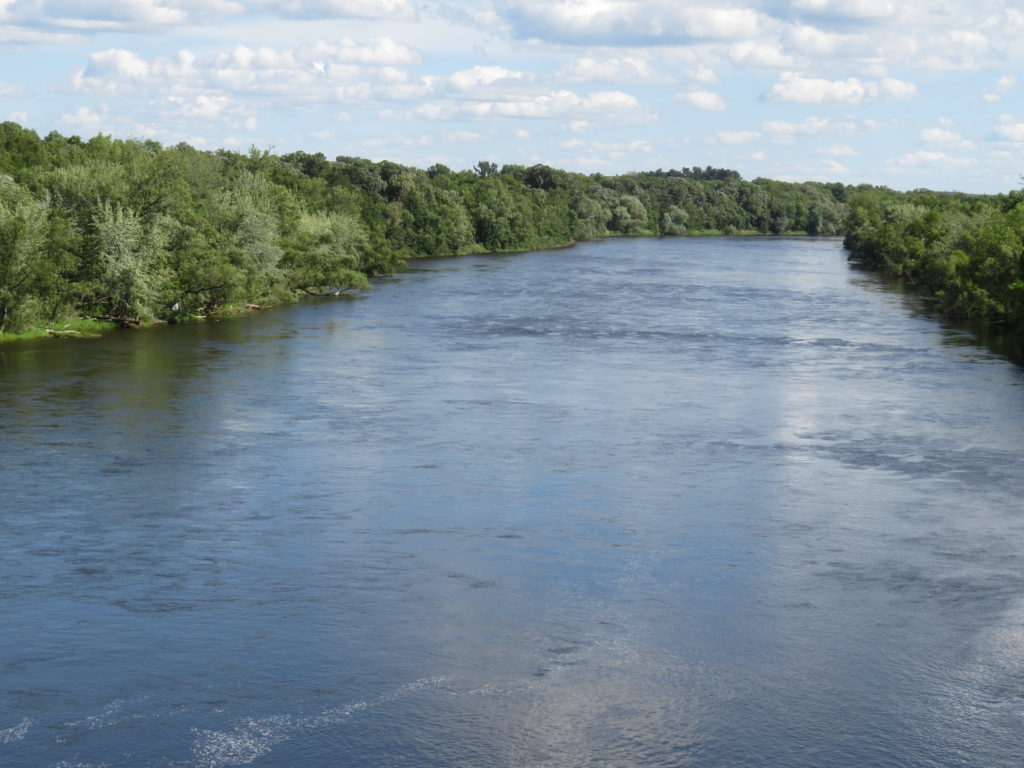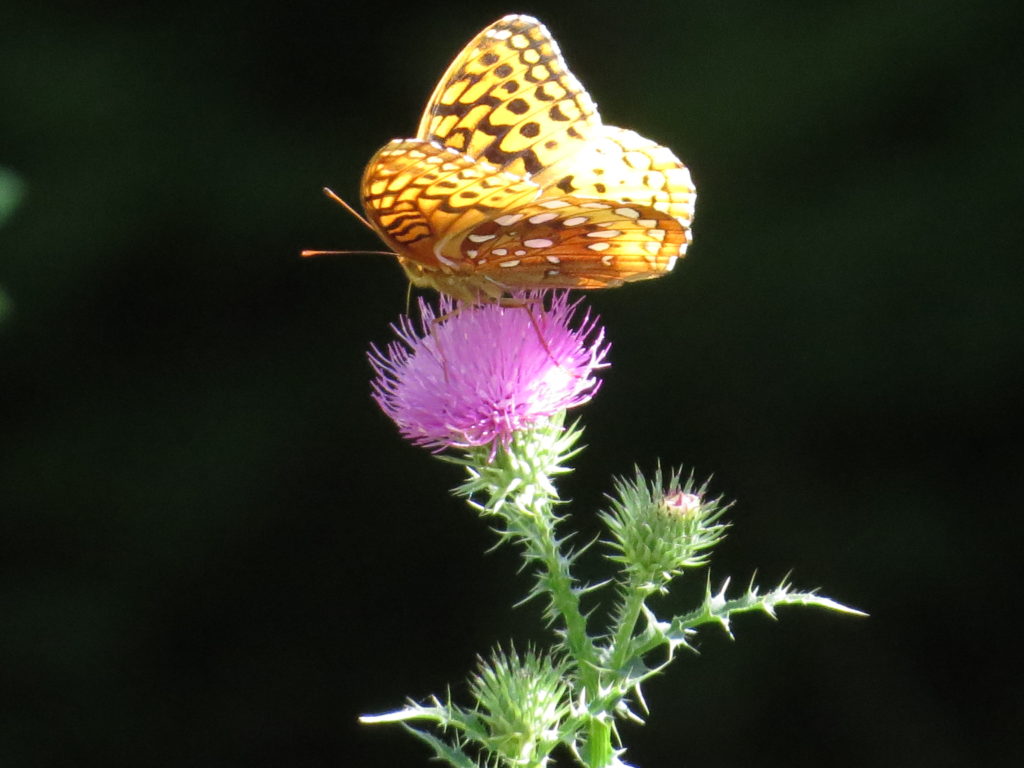Me making decisions is an excruciating exercise for most of the people around me who do so ‘normally’ or God forbid, quickly. This decision-making can be about buying something or doing something or getting someone to do a repair or whatever. It takes me a long time to decide. It’s part of the fall-out of my perfectionism, I think—I’m afraid I will make the ‘wrong’ decision. So I look at things, read endless reviews, think about it, wonder if the quality is ‘good enough,’ question the future utility of the object, look at it again, think about the pros and cons, wonder if I have enough energy to do something, think about the ramifications, and the craziest of all, wonder what other people would do or will think. It’s exhausting just reading about the process, isn’t it?!
Mother Nature seems to have been in my indecisive mode when it came to Spring this year—she allowed the snow to melt, then made it snow; warmed things up, then froze things; showed the tiniest bit of green, then brown, brown, brown. But we no longer have to search for Spring—Mother Nature is all in on the Spring decision! It was a long time coming, but Spring is bursting forth everywhere! With the snow melt, ice melt, and Spring rains, the Mississippi River has overflowed its banks. When it comes to wildfires and floods, though we most often think of them in negative ways, there is a time and place for each of them. Fires and floods have been an integral part of our ecosystem since the beginning and bring benefits to the plants that inhabit the places that are affected. A floodplain is low lying ground around a river that periodically floods. It is rich with river sediments and nutrients and has a diverse and abundant plant population. As I walked along the River at Mississippi River County Park, I could see the flooding of lowlands and islands.
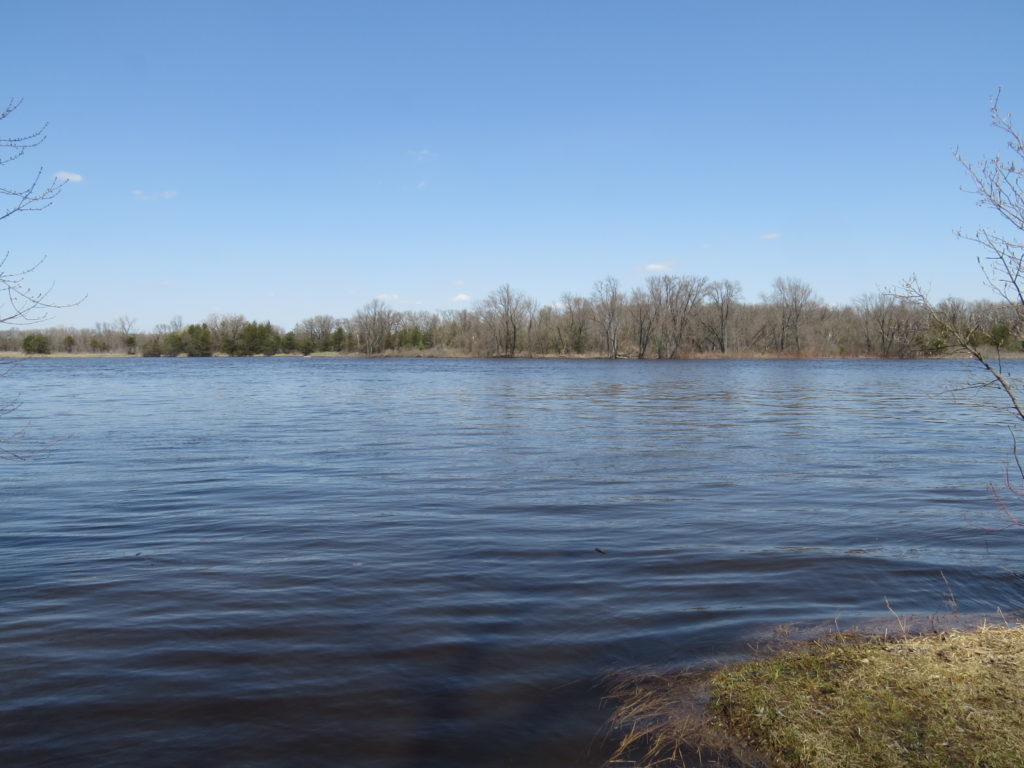
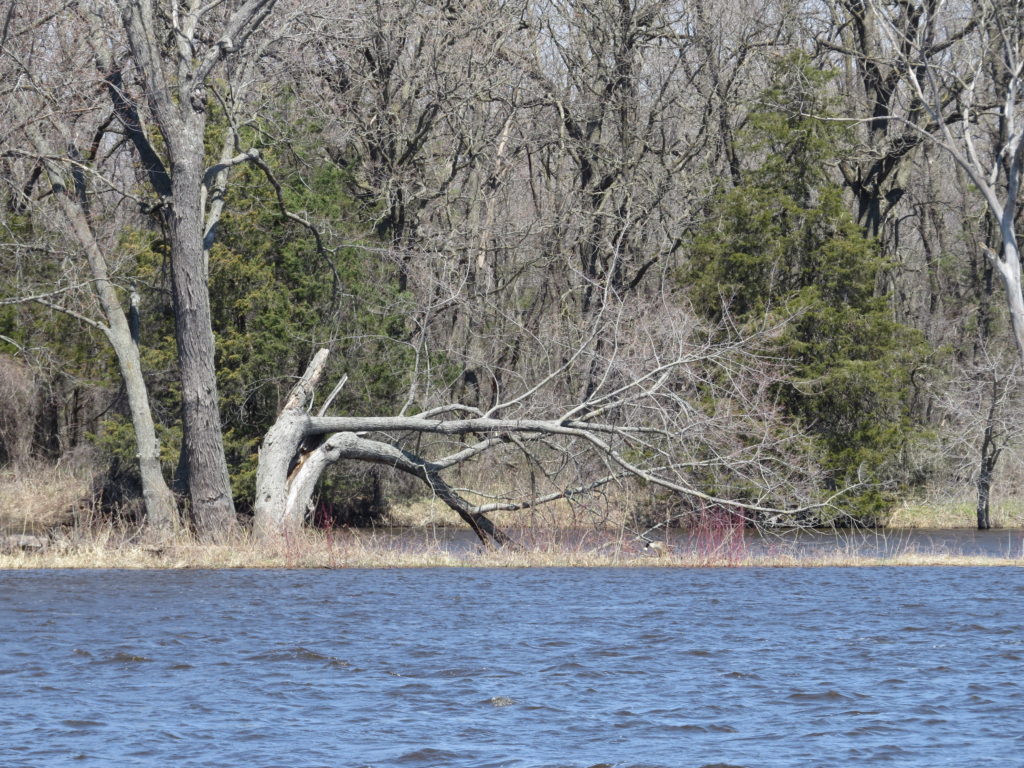

With the water and nutrients from flooding, and the warm sun of Spring, vegetation was springing from the ground. The trio of leaves of Trillium were unfurling on their long red stems—soon a single flower with three petals will emerge from the foliage for a short period of time until the whole plant dies back for the rest of the year.
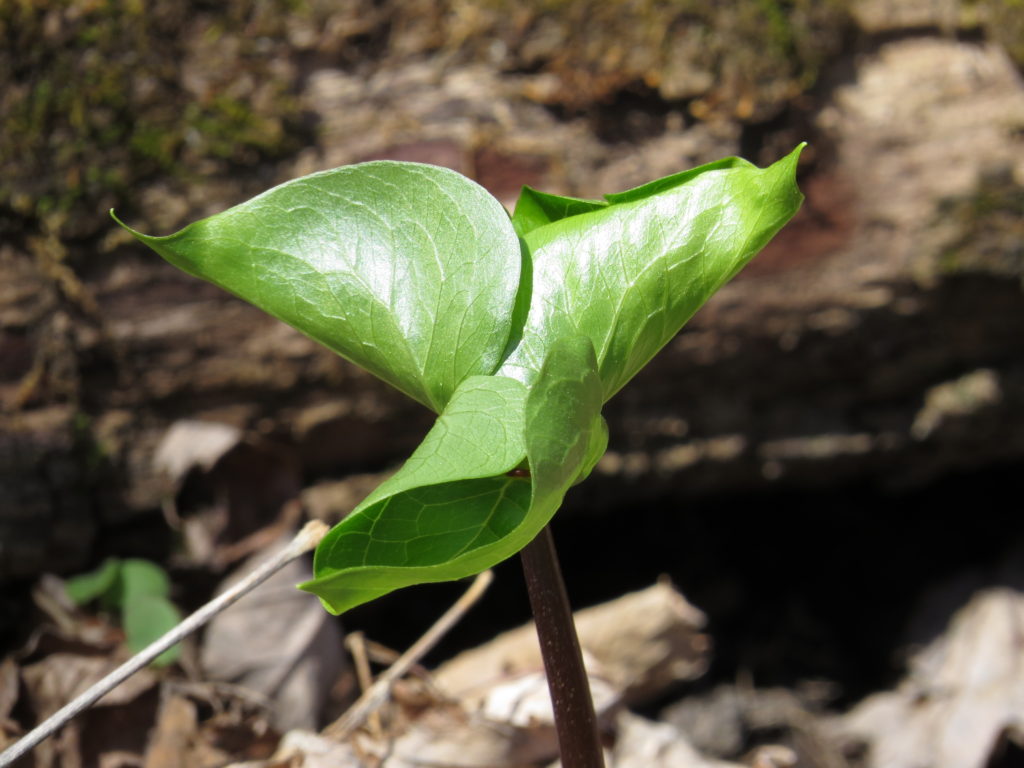
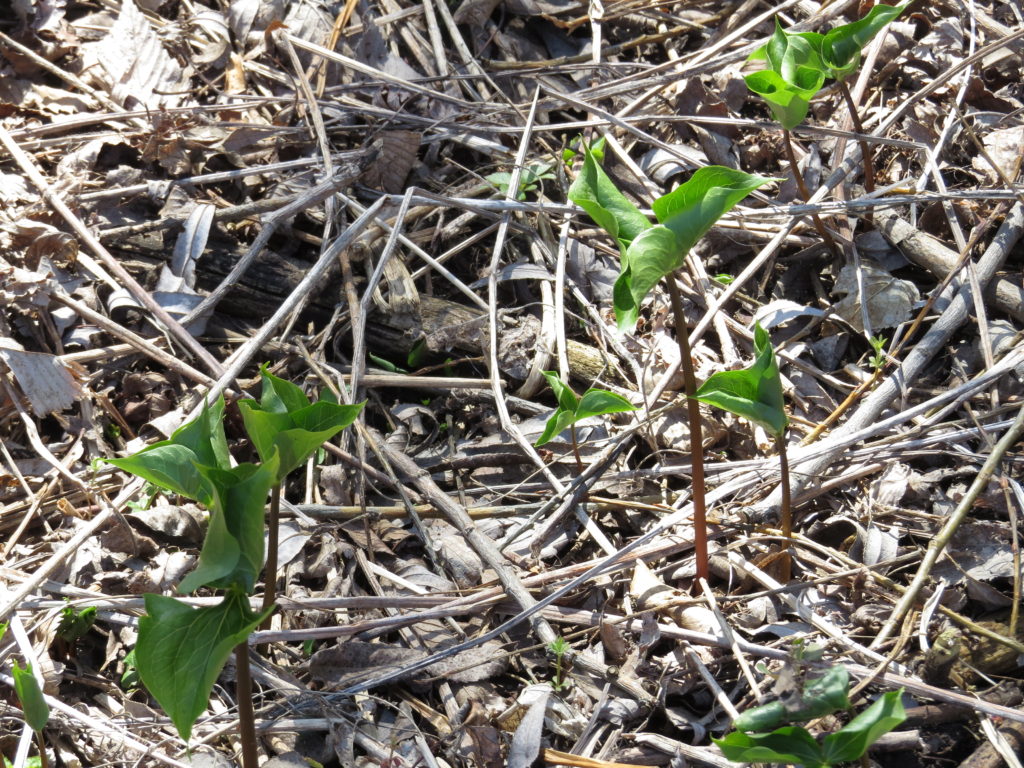
The early-blooming Spring Ephemerals have an accelerated growth cycle, taking advantage of the sunshine that filters down before the trees produce their leaves. Dutchman Breeches like to grow on the drier embankments by the River.
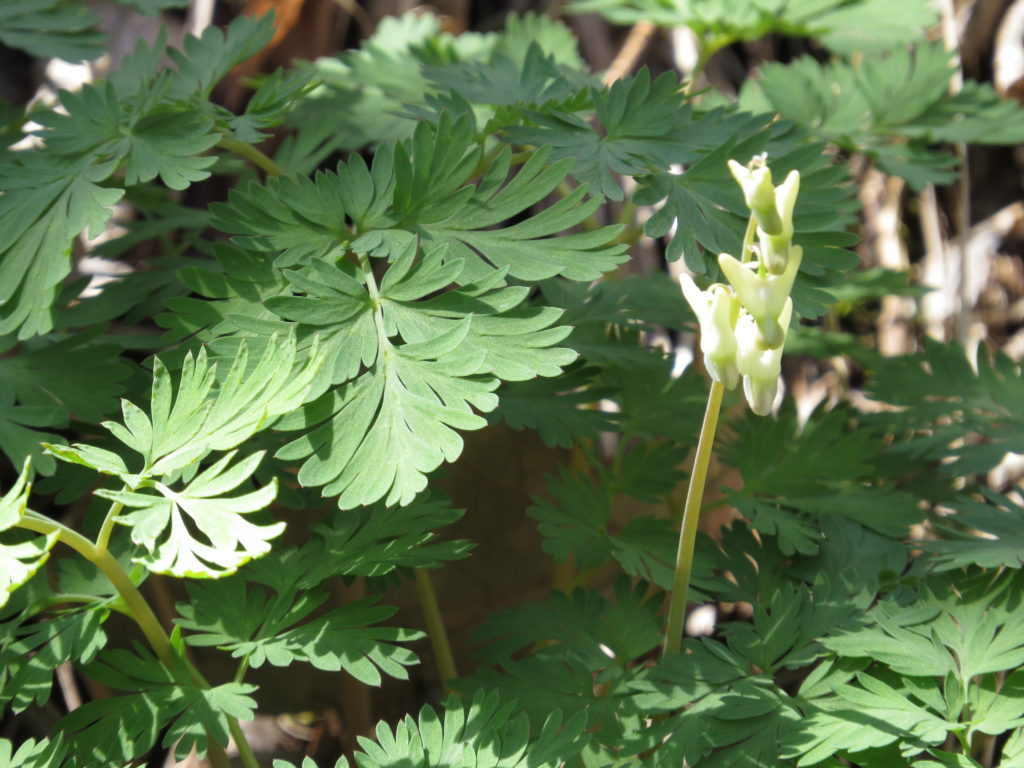
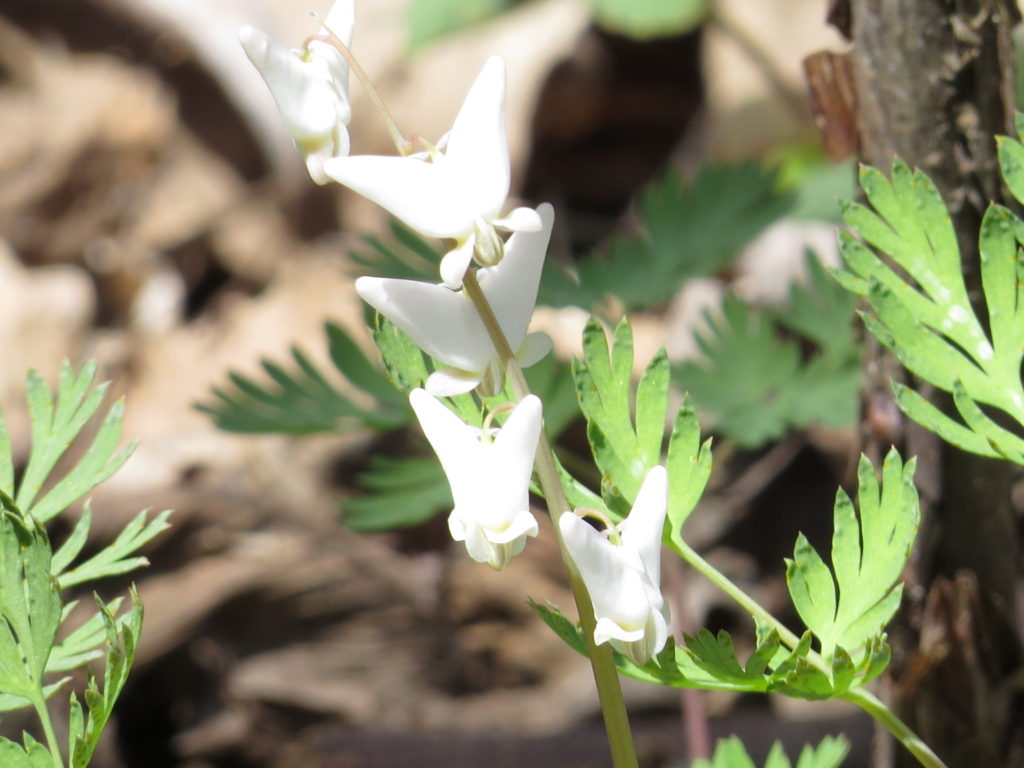
Bloodroots were in their full glory! Their single leaf with scalloped lobes wraps like a blanket around a single flower. Often the flower blooms before the leaf unfolds.
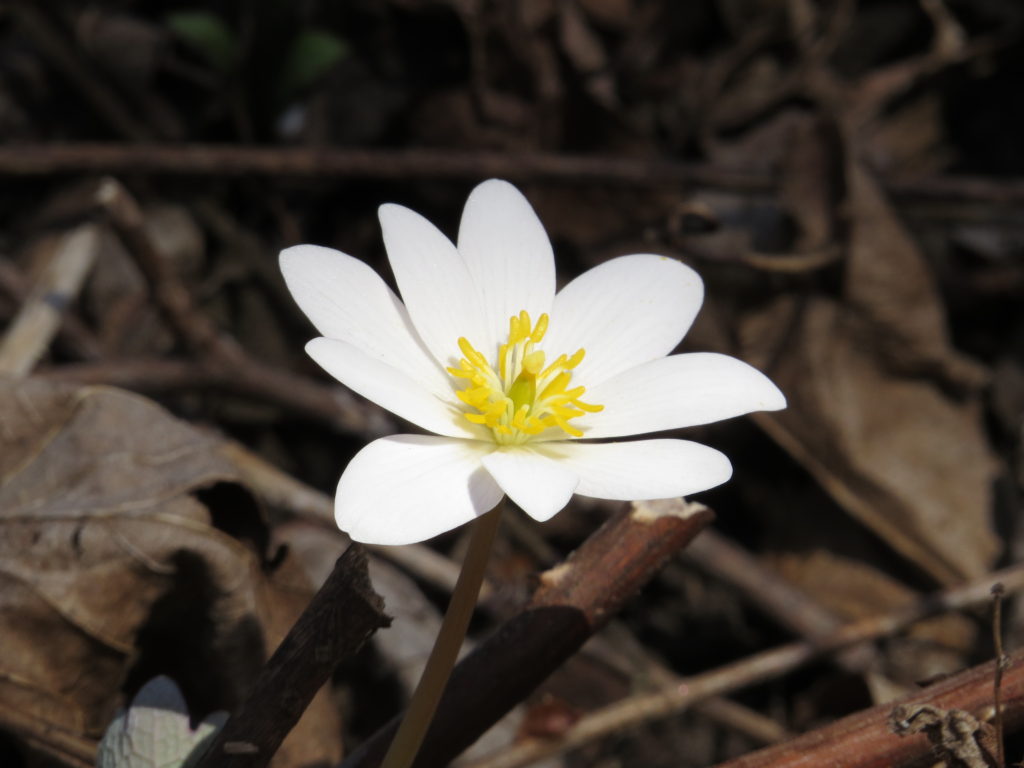
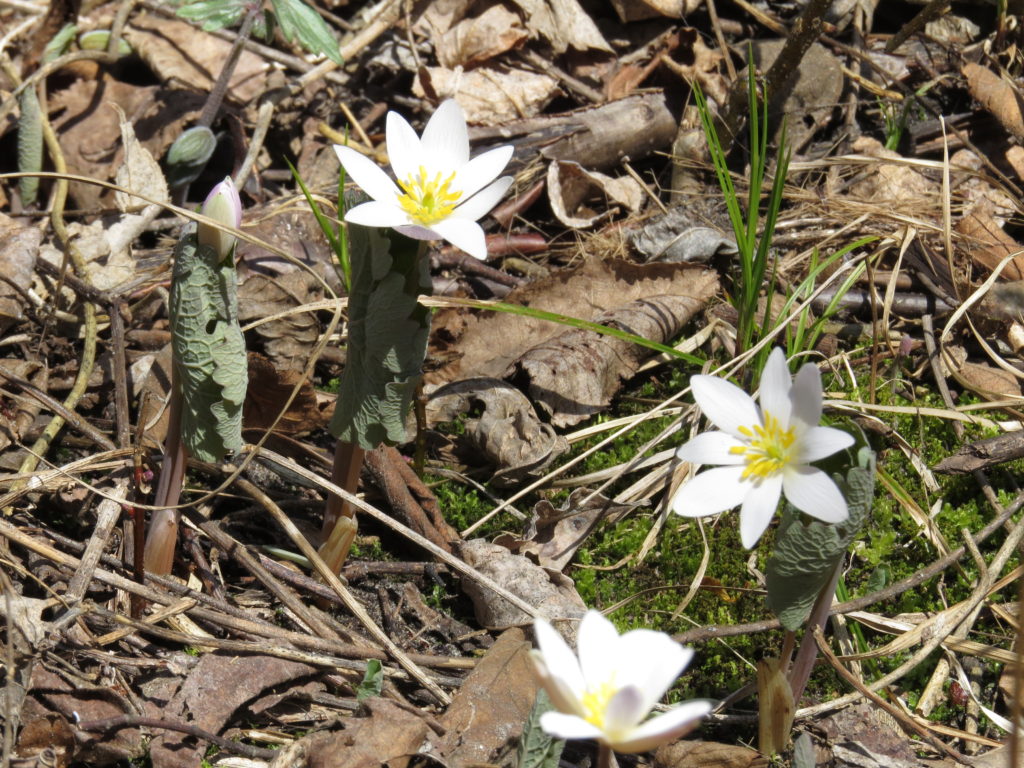
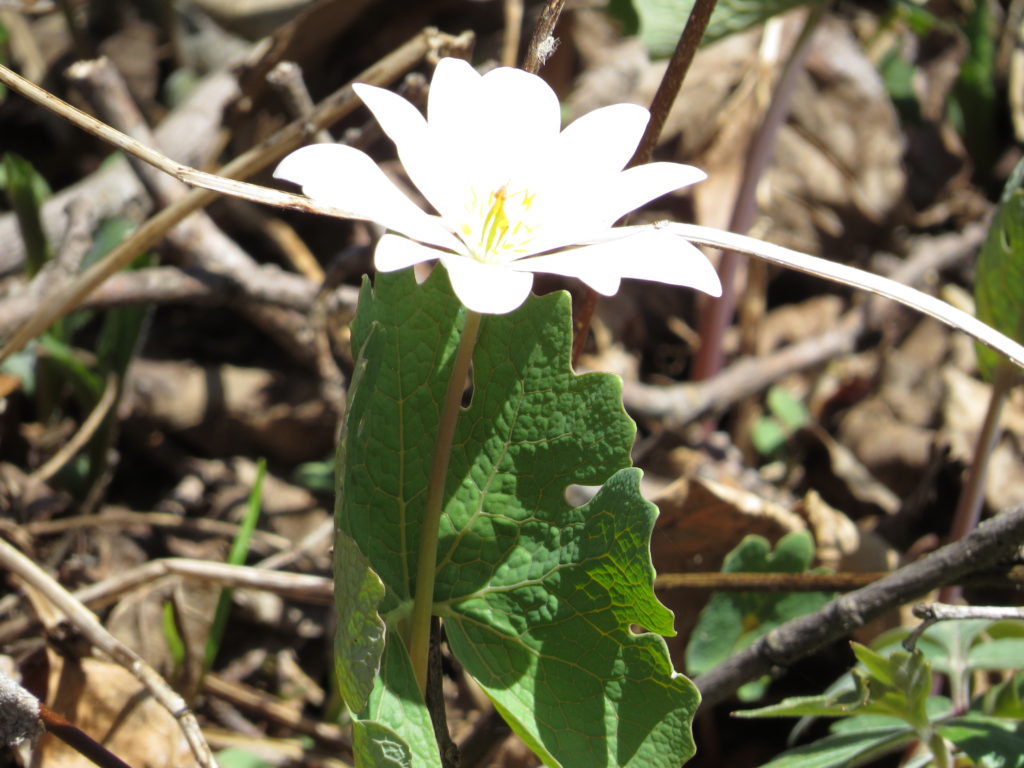
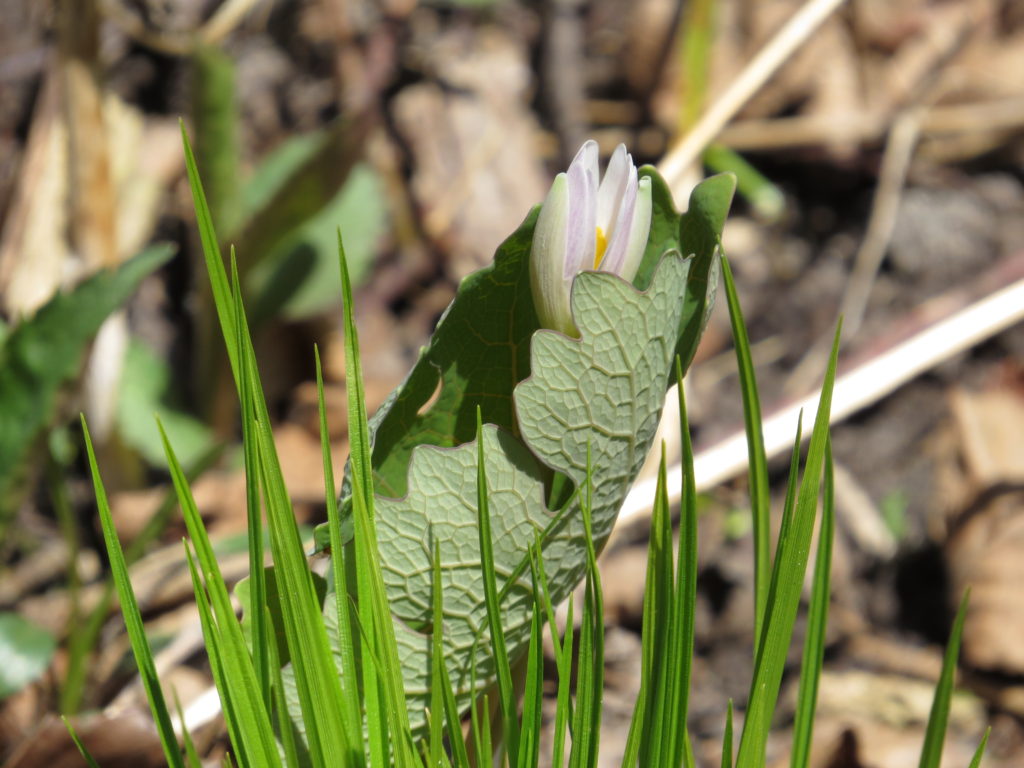
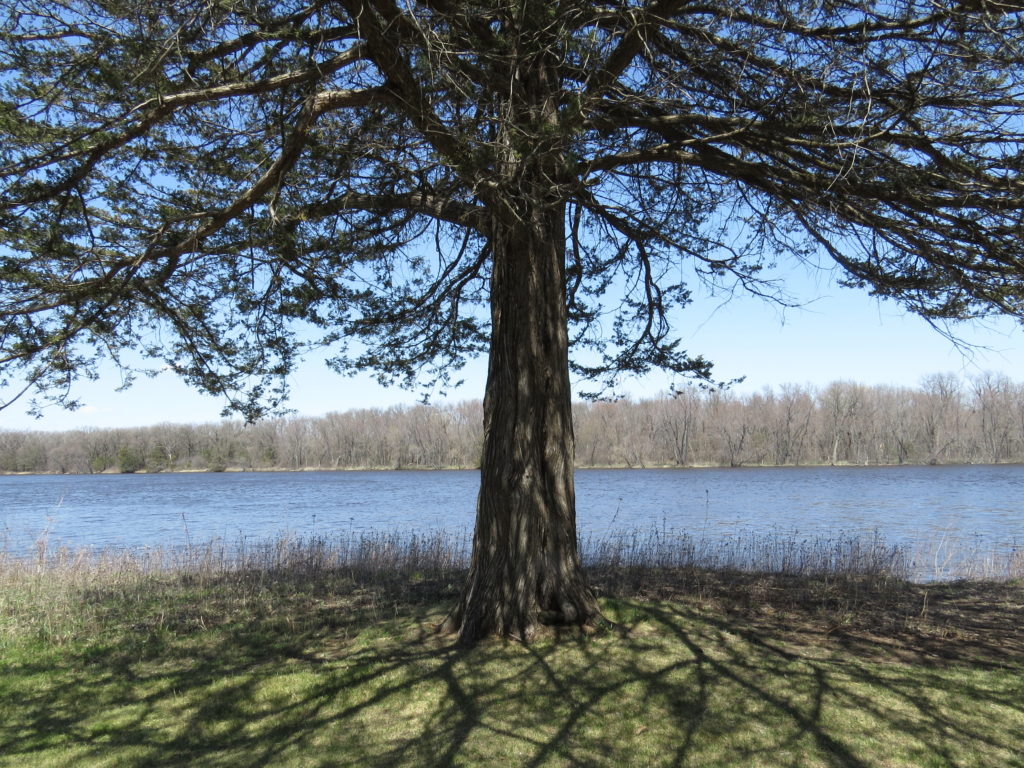
Gooseberry shrubs are one of the first to leaf out, and the spotted leaves of White Trout Lilies carpeted the forest floor, where a week ago it was brown.
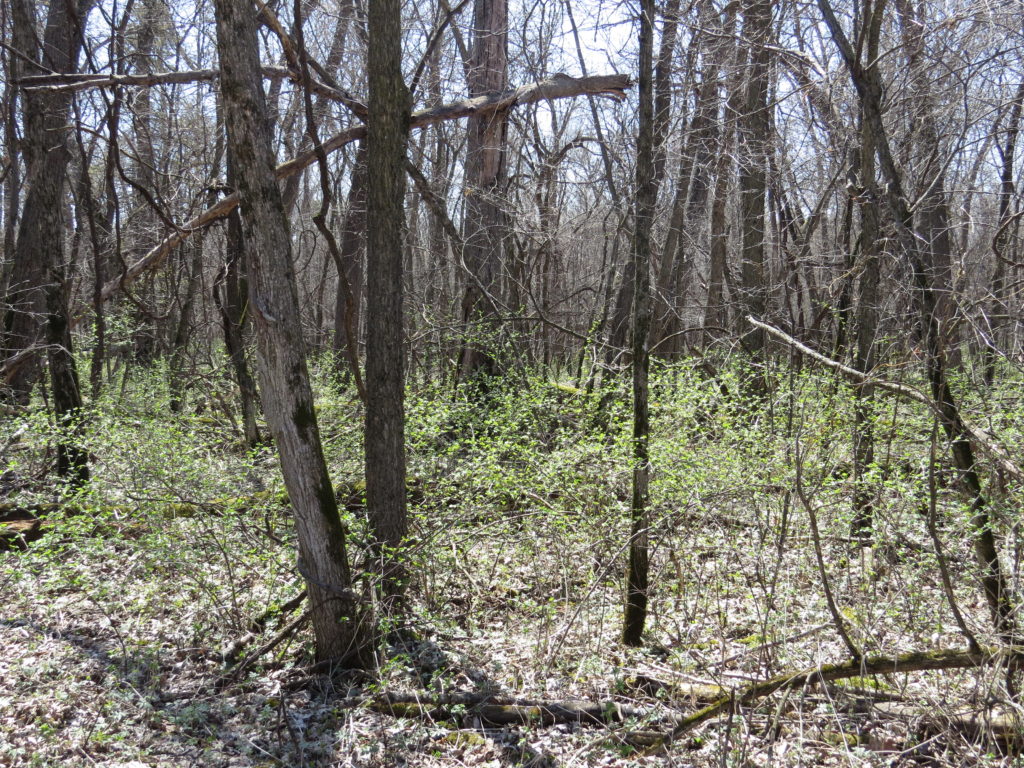
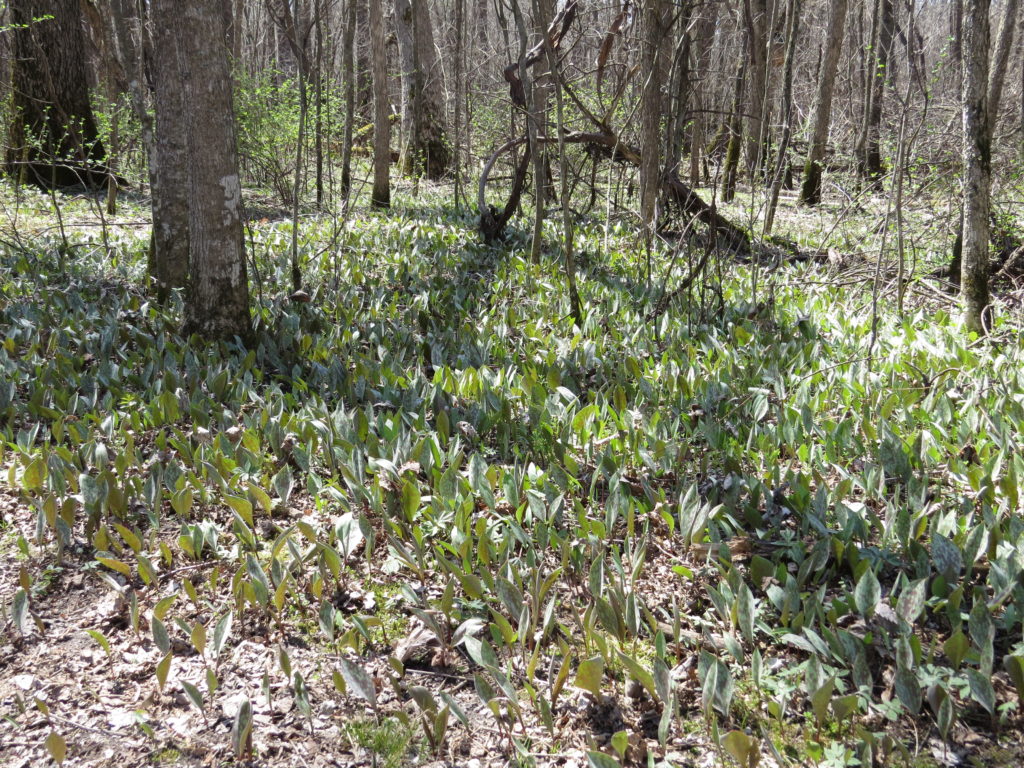
A few had begun to bloom, and the bees were already gathering pollen and sipping nectar from them.
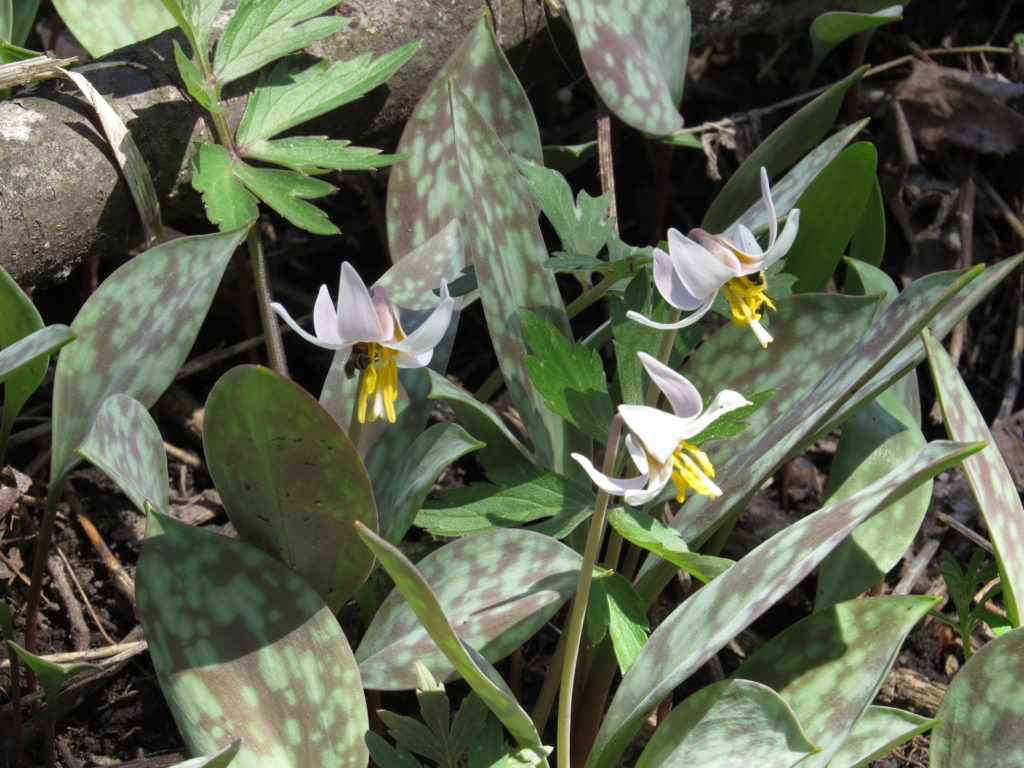
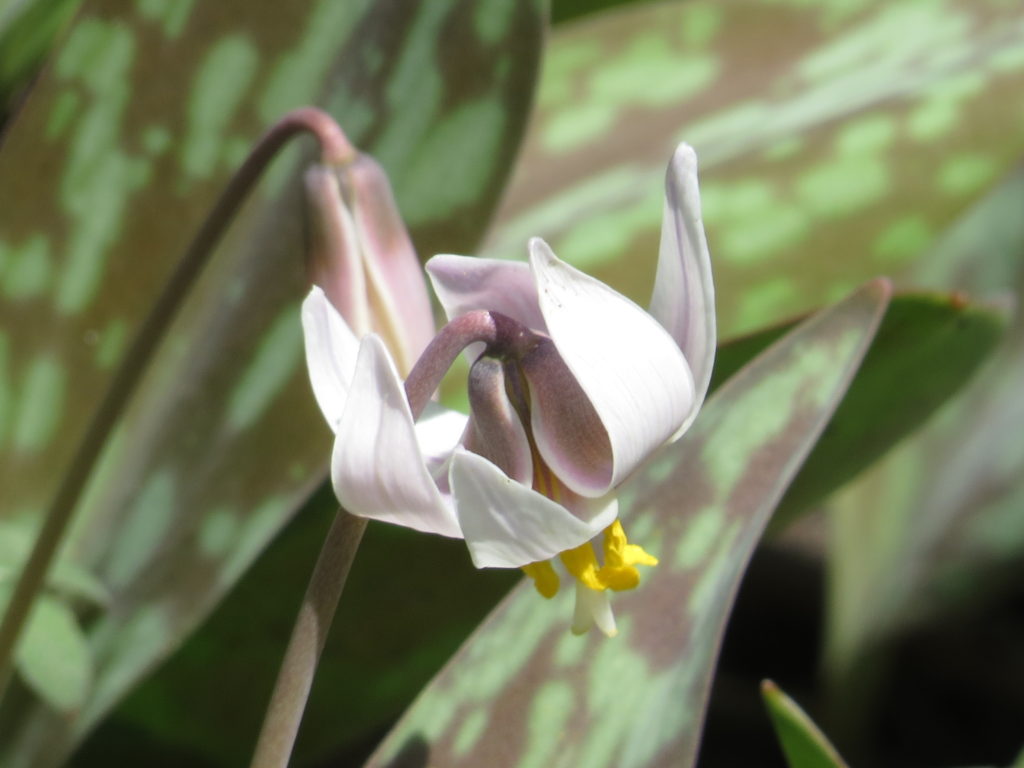
Hairy Wild Ginger was also unfurling from its underground sleep. The low-lying red flowers were still in tight buds.
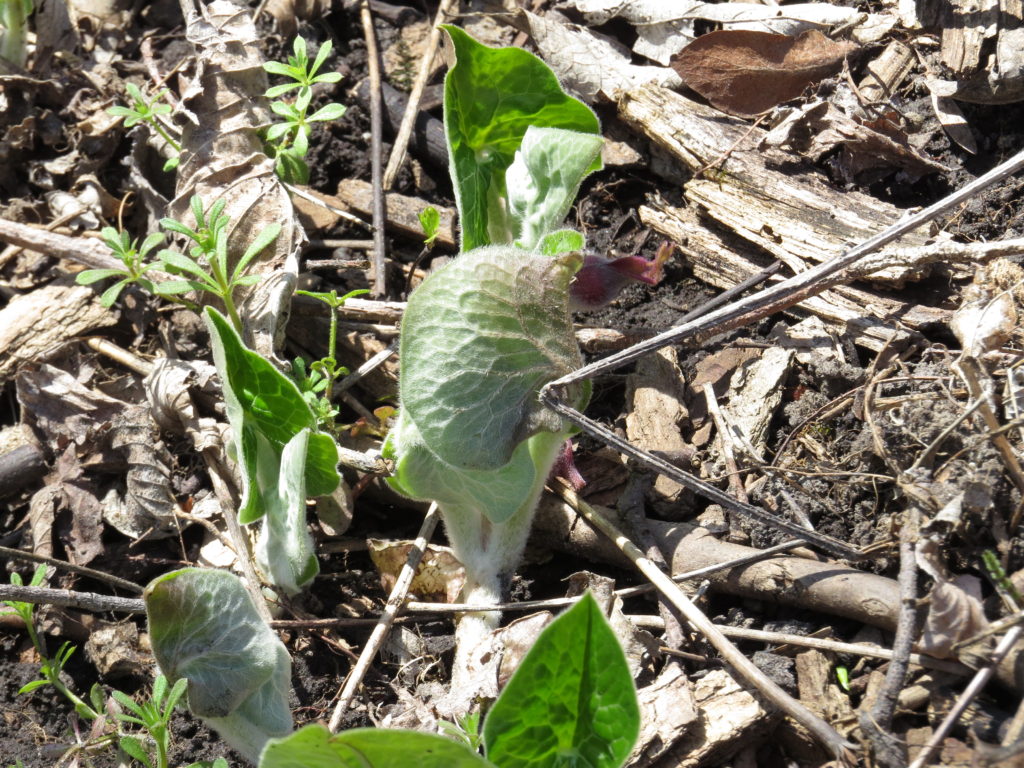
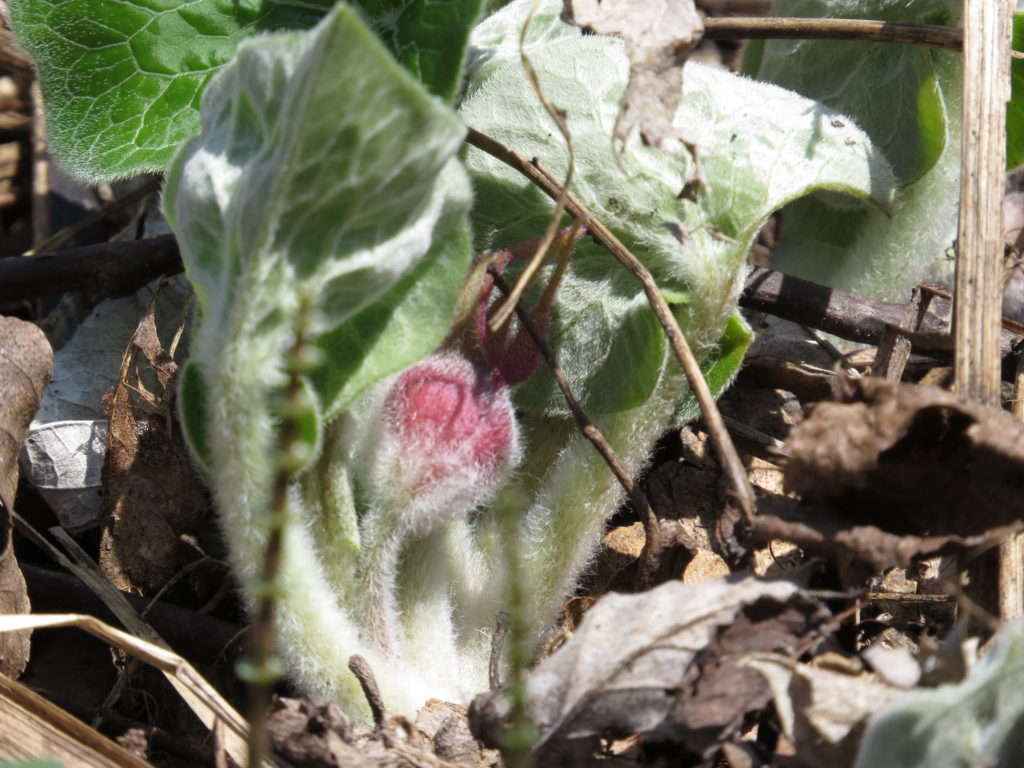
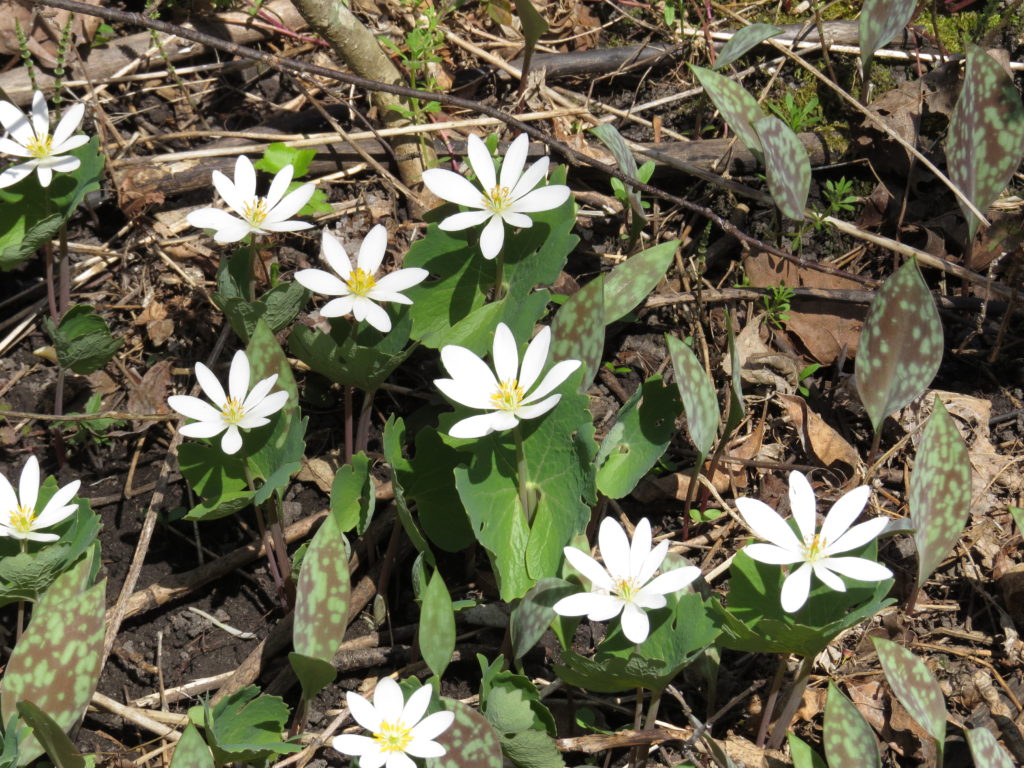
The backwaters of the Mississippi—those ponds and streams that often stay filled year-round—were also flooded. I crossed a bridge that had streams of water on both sides that I jumped across. Turtles had their sunning logs poking into the water, and when I got too close, they plopped into the pond leaving only air bubbles behind.
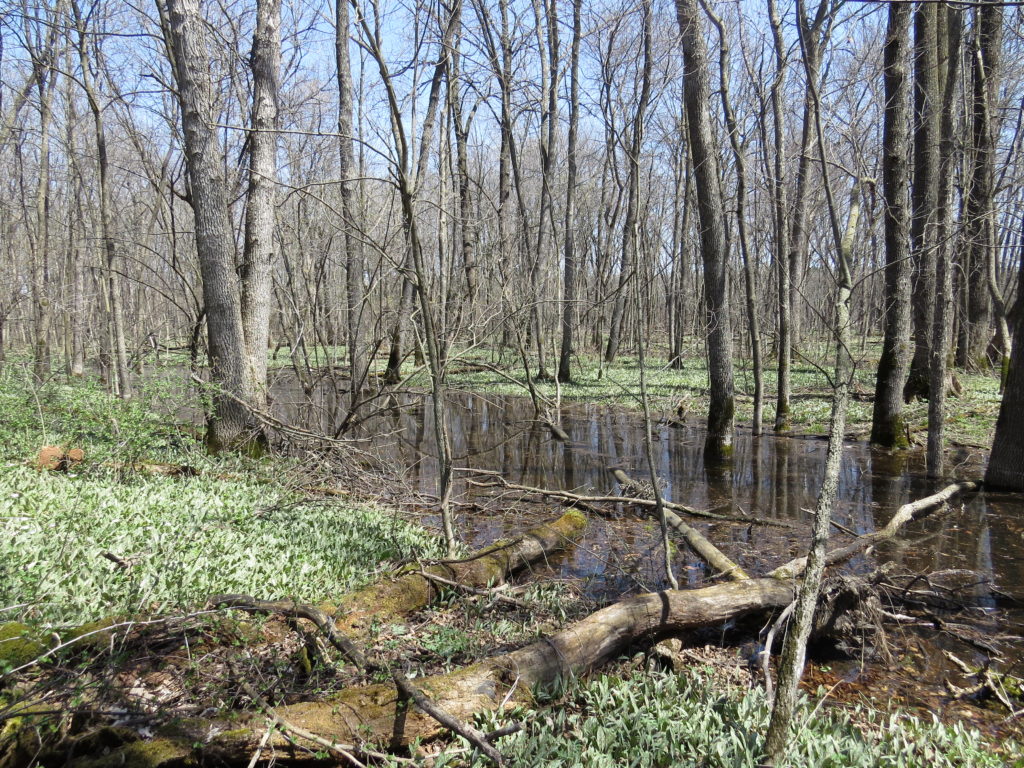
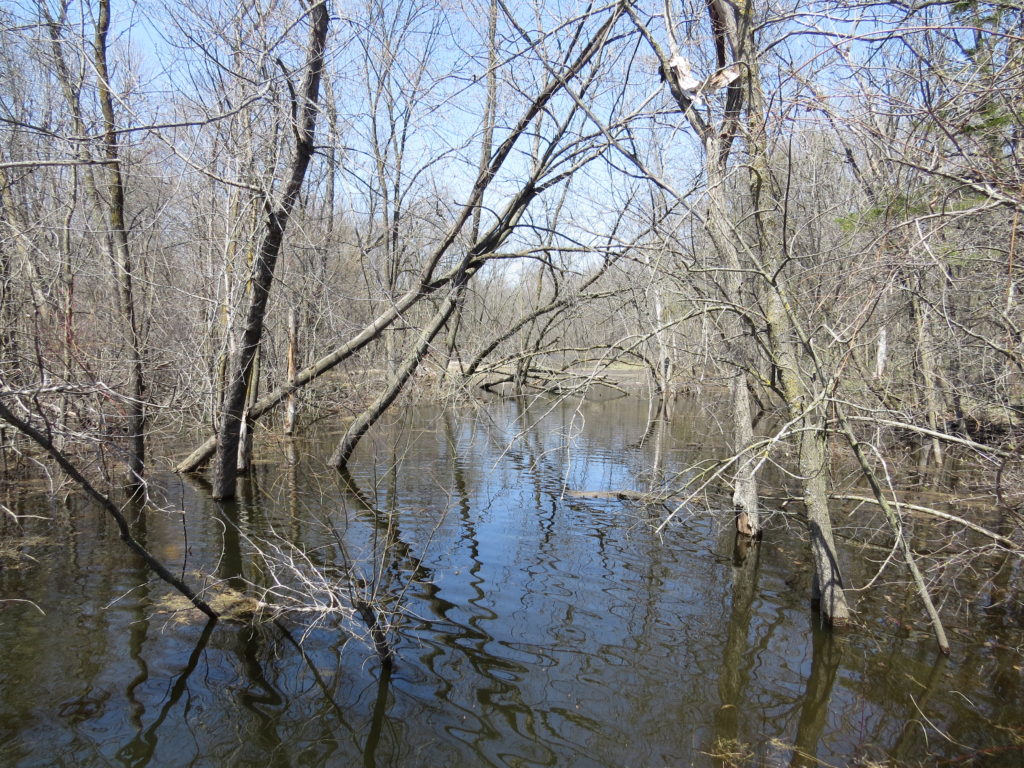

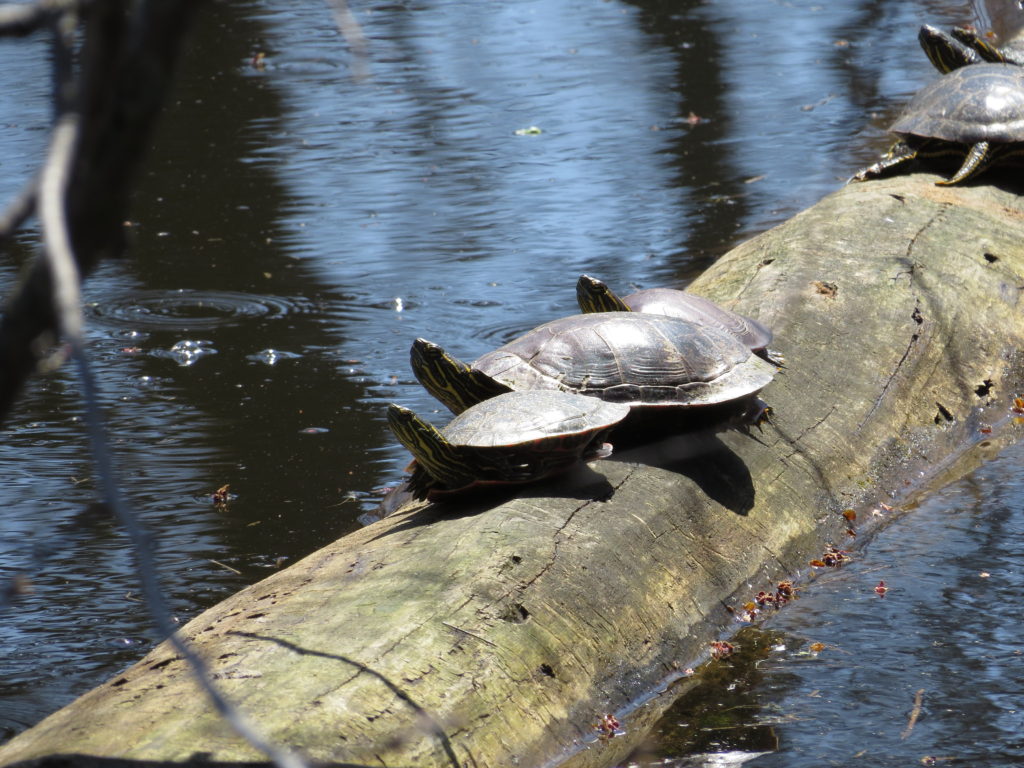
I thought the inland trail would be passable, but very soon after the bridge, water spilled over it. The first ‘puddle’ had an edge of vegetation and a stick that helped me pass with only a little mud on my shoes.
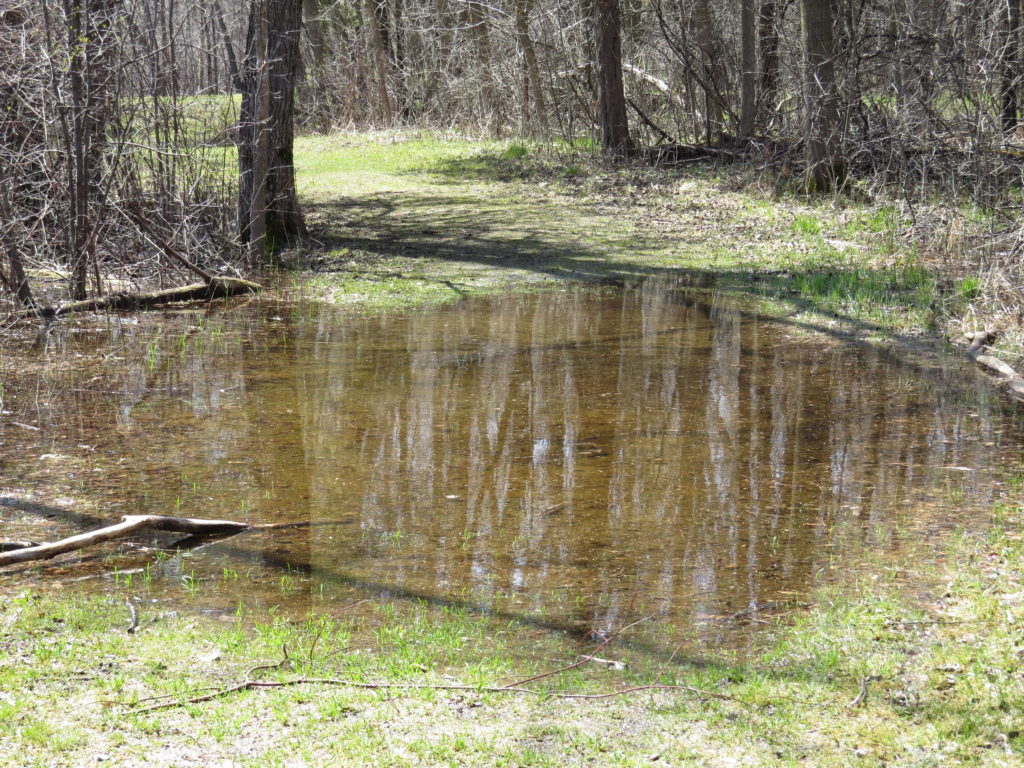
I spotted a Great Blue Heron in the flooded area beside the trail and knelt down to get his picture—what a handsome bird! He walked among the sun sparkles and red Maple flowers that floated on the water.
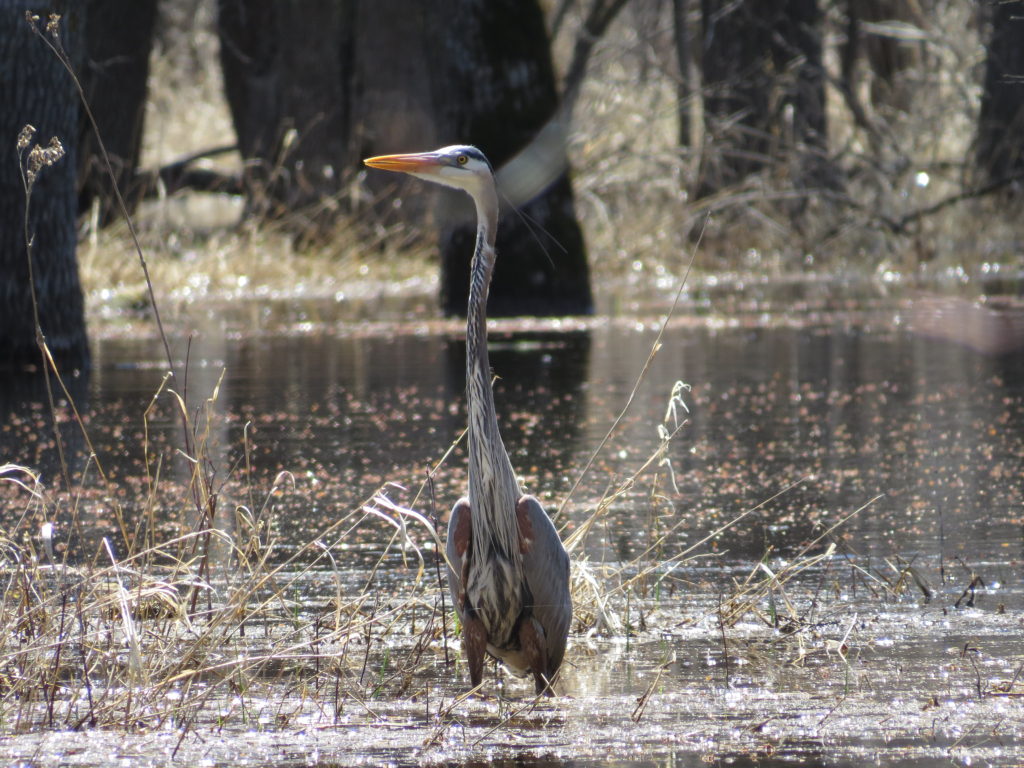
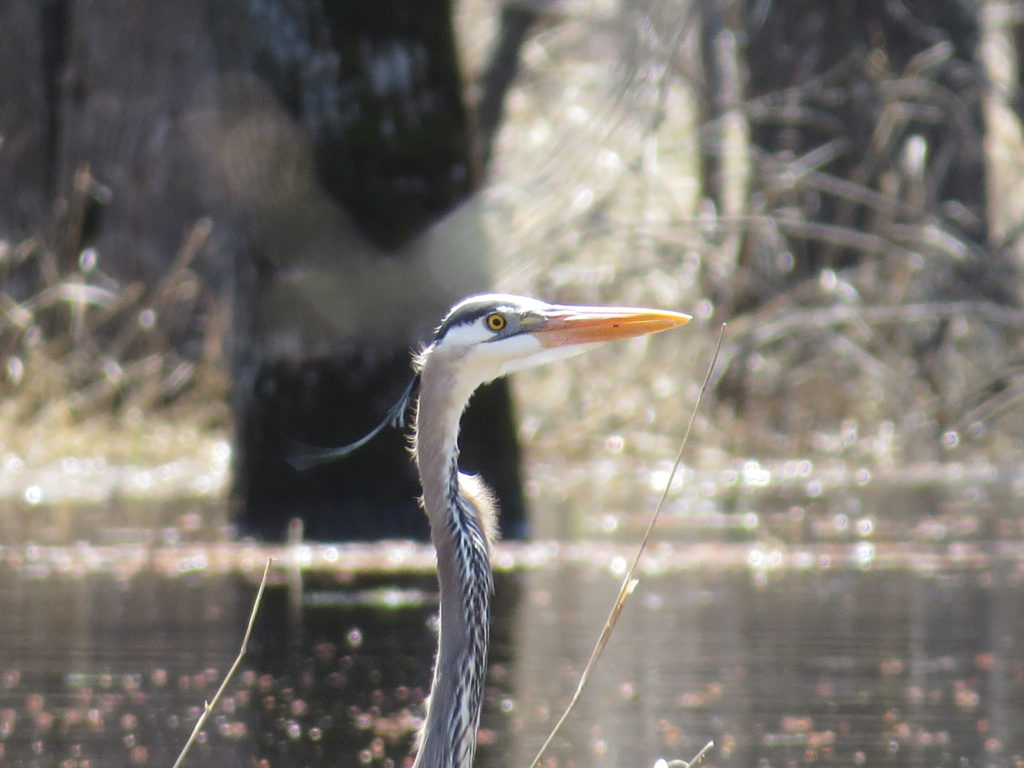
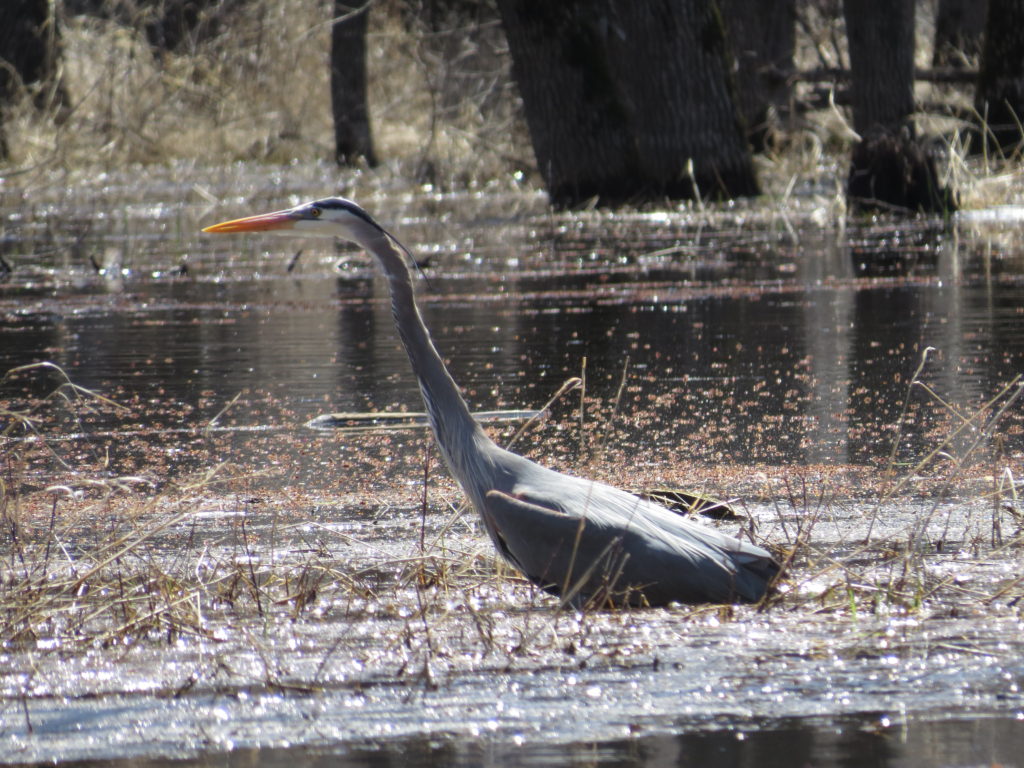
When I stood up, he flew a bit farther away where I could see his long legs, and I realized how deep the water was where he walked in the flowers and sparkles.
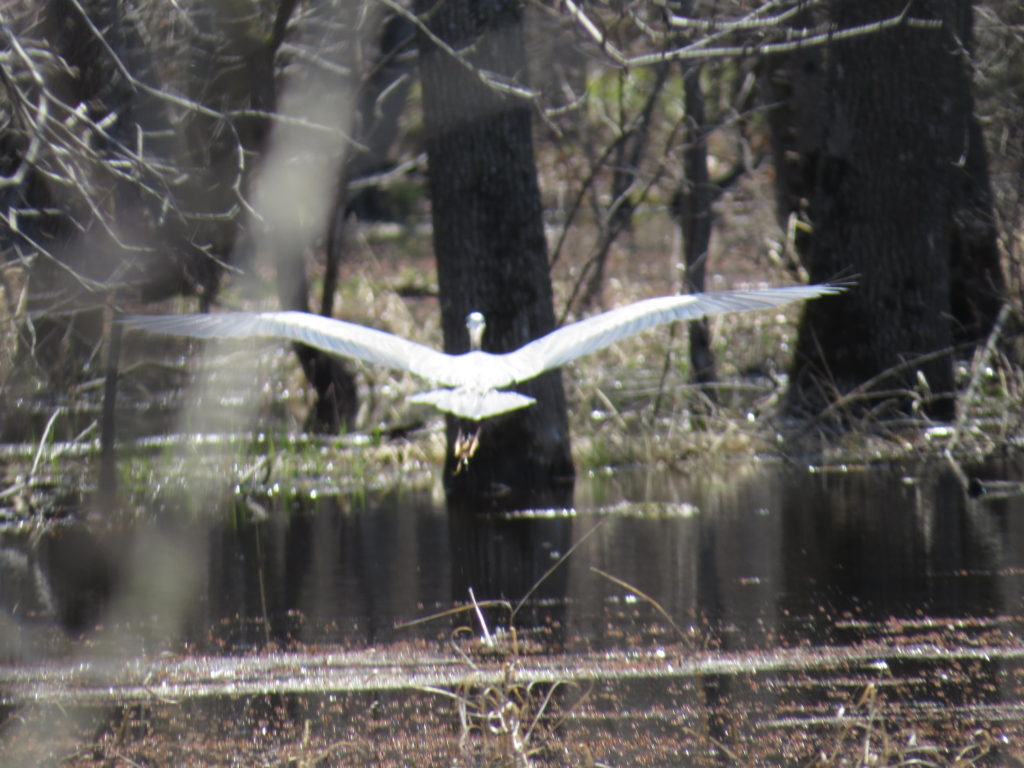

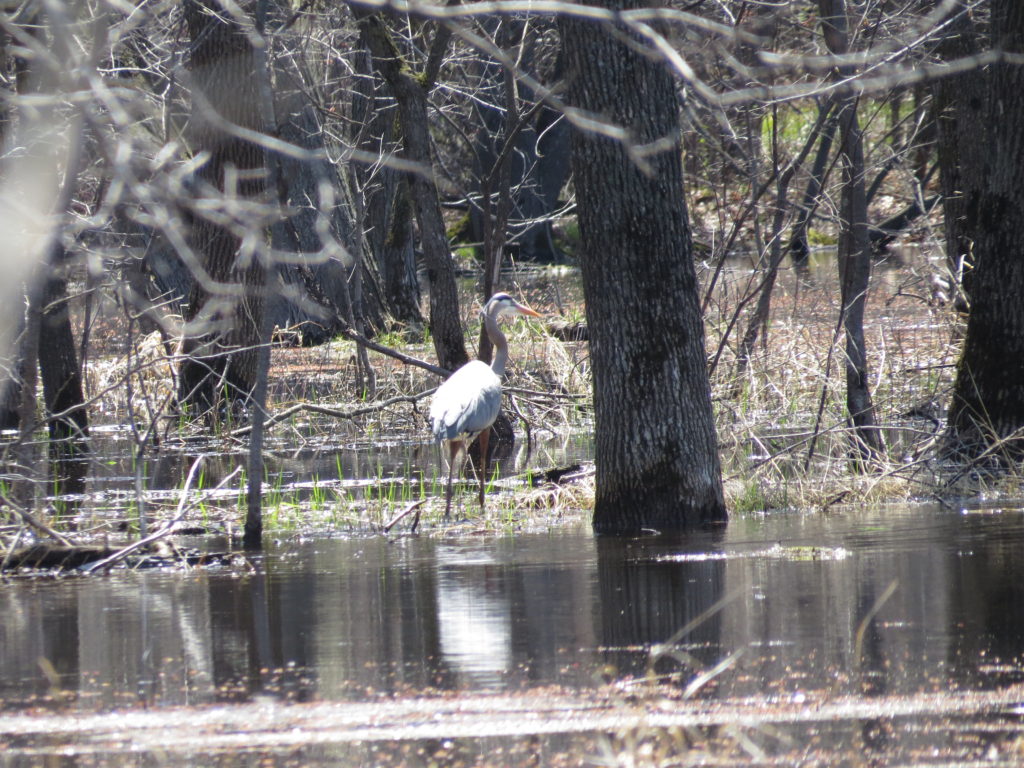
The next trail ‘puddle’ was long and too deep to skirt by. I realized that I wasn’t going to get through without getting my feet wet—so into the flood water I walked. It was warmer than I expected at this time of year. I must have walked through four or five flood puddles before I got to higher ground. I had walked this path many times before but never in water up to my knees!
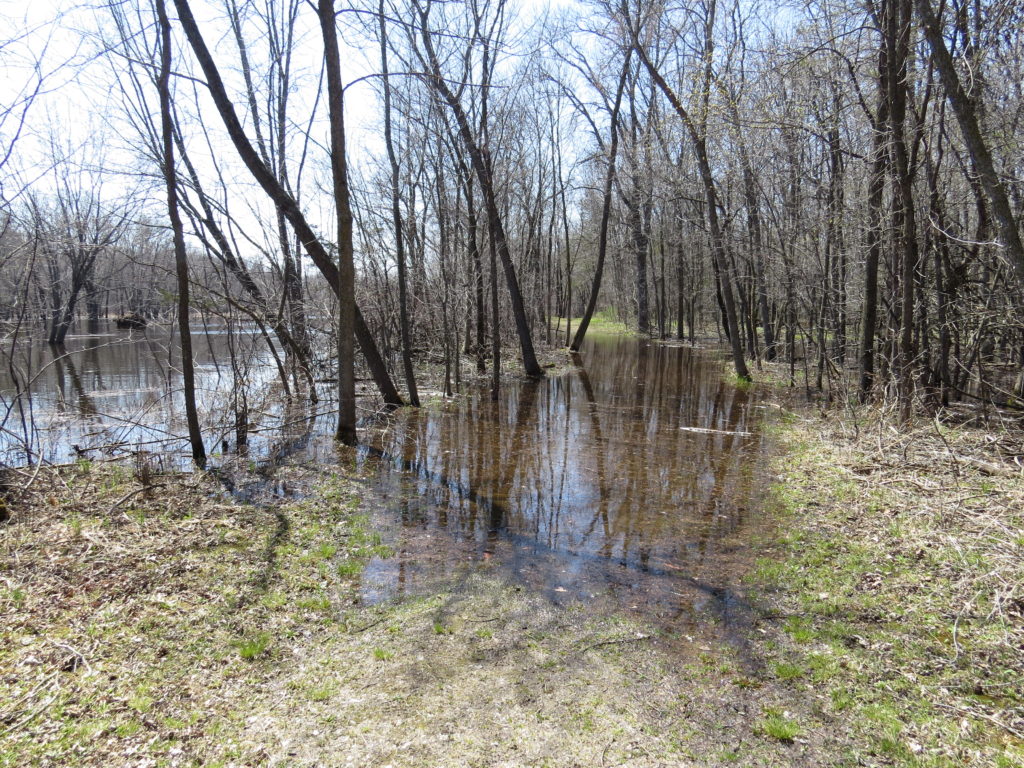
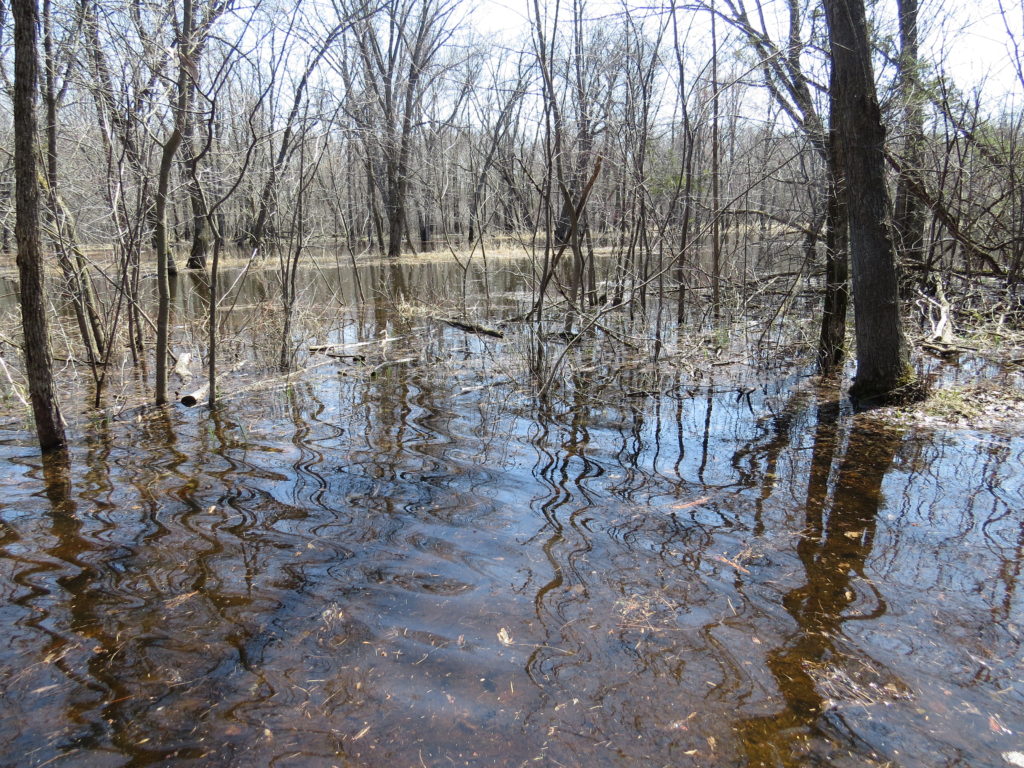
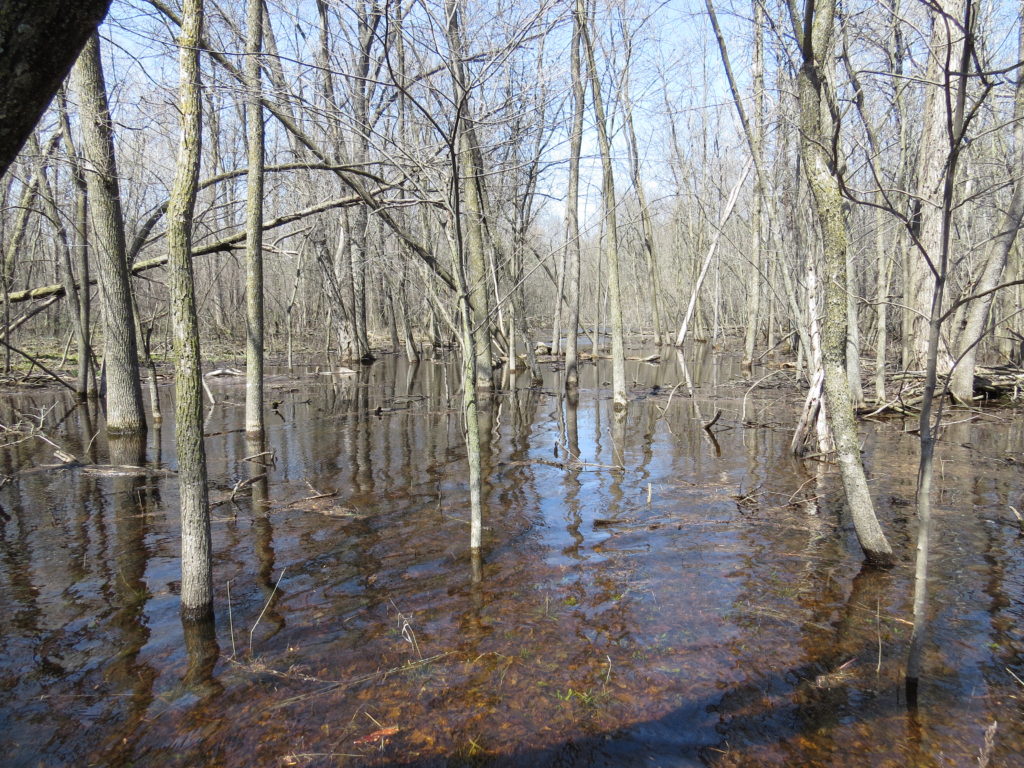
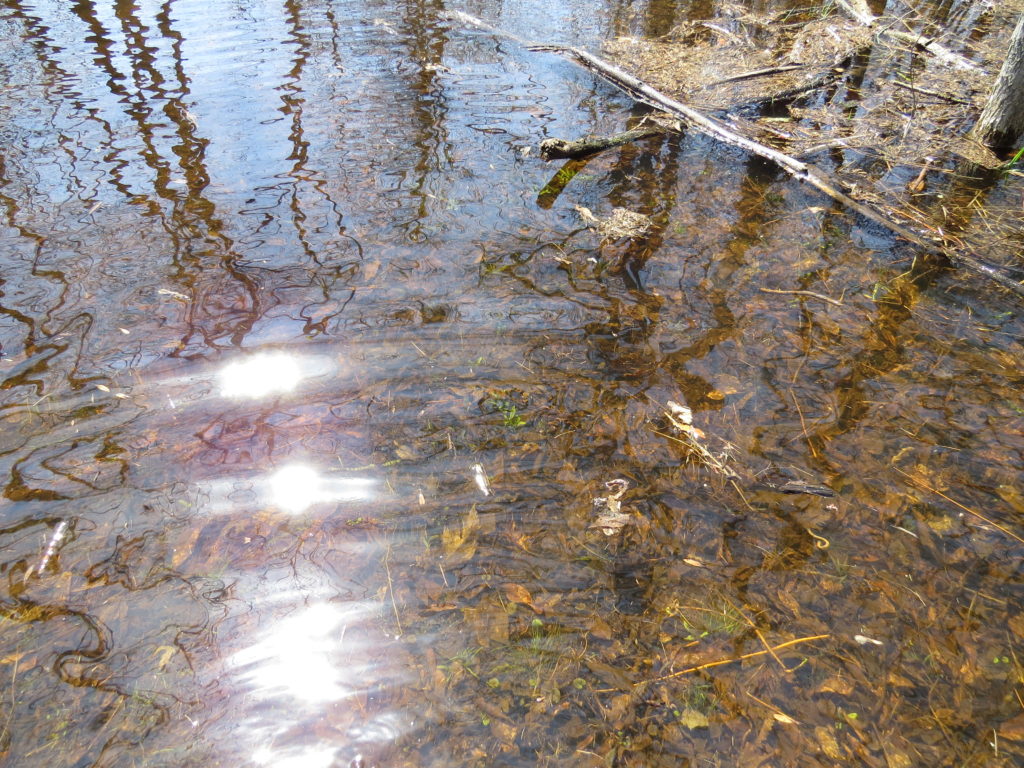
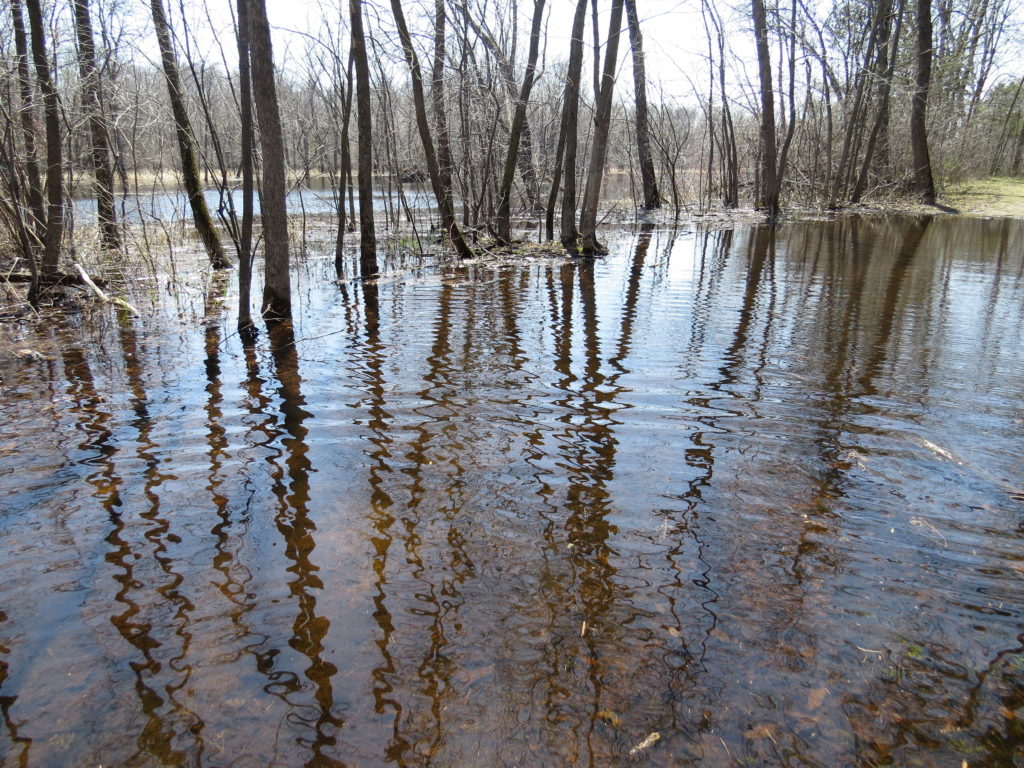
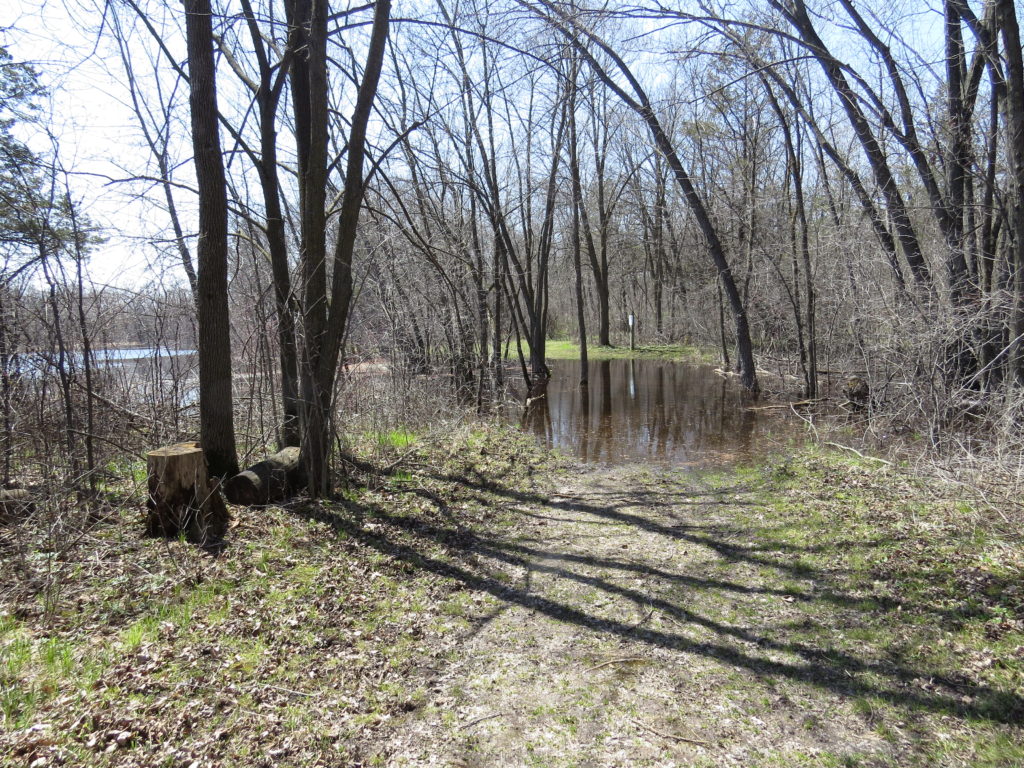
At the end of the last flood puddle, I found a downy feather, half white, half gray, among the debris and Maple flowers. Smiling to myself, I joyfully celebrated that Spring was really here!
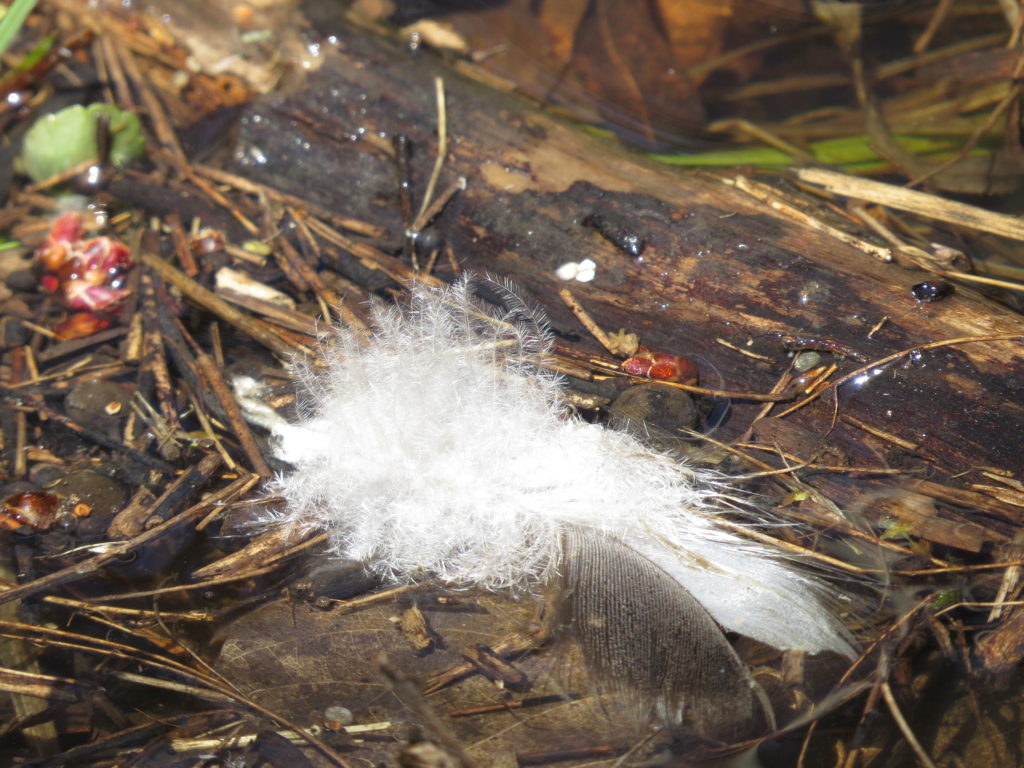
My indecisive decision-making is time and energy consuming, and I had an ally in Mother Nature this Spring. But like Mother Nature’s all-in commitment to Spring this week, once I make a decision, I rarely change my mind or regret the choice I made. I’m still trying to hone down my process. In certain areas of my life, I am able to make faster decisions with confidence—like the Great Blue Heron, I stepped into the flood waters without deliberation. There is a time and place for everything under heaven. In our limited thinking (compared to the Universe), we often judge things as good or bad, wise or foolish, right or wrong, and yet we don’t see the whole picture—that fire can rejuvenate, that flood waters can fuel growth and sustain lives, and that we can joyfully celebrate all the seasons of our lives.
